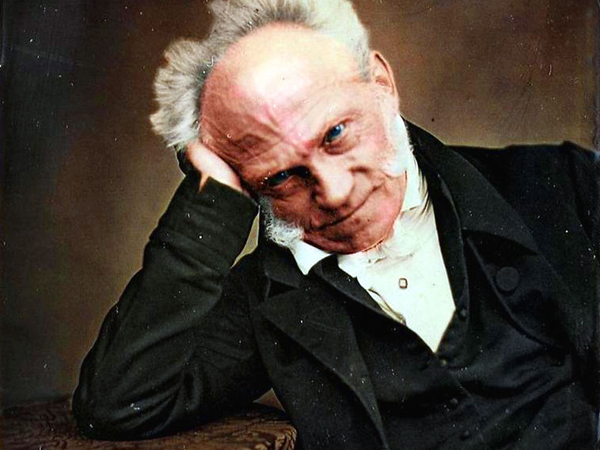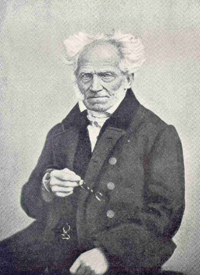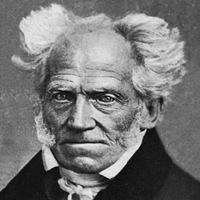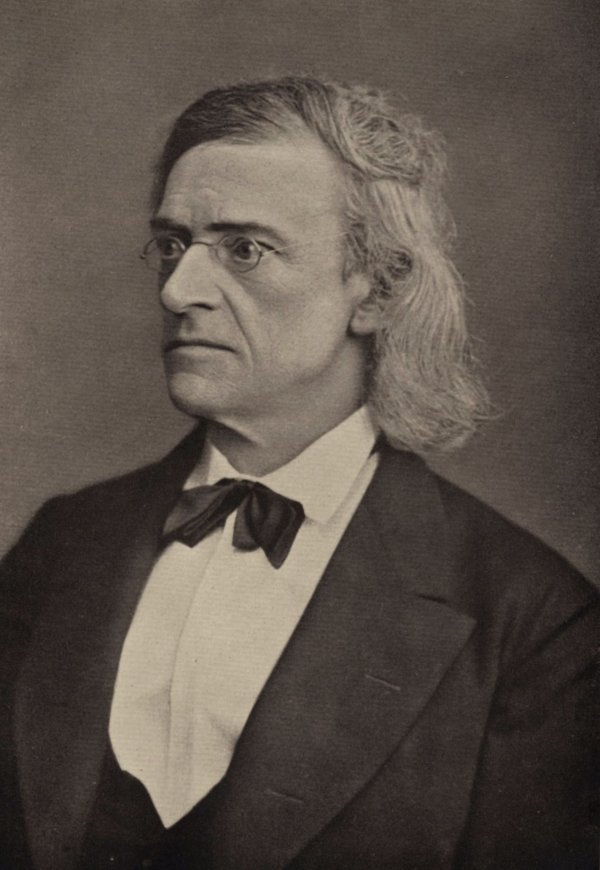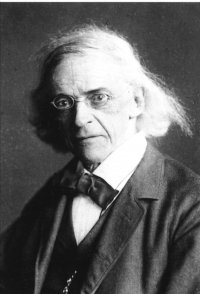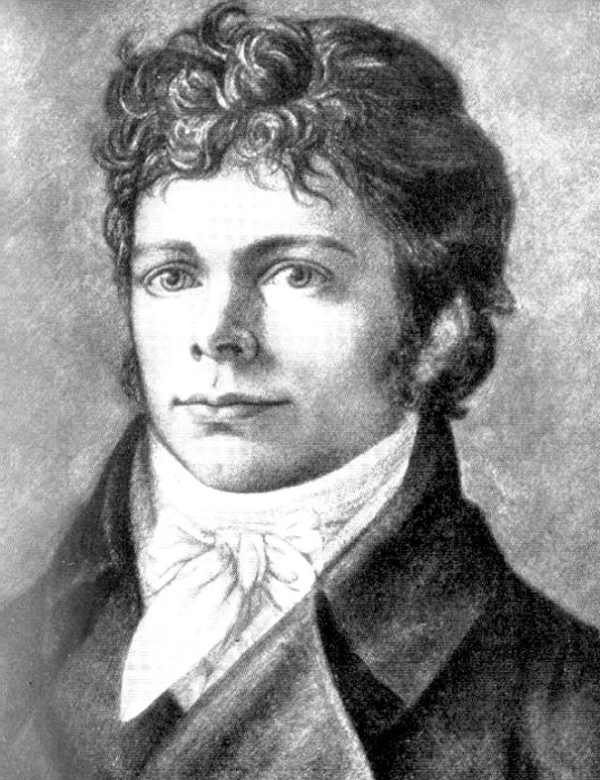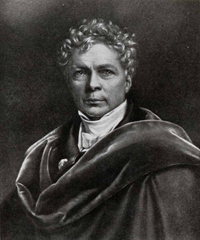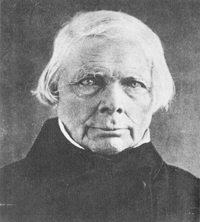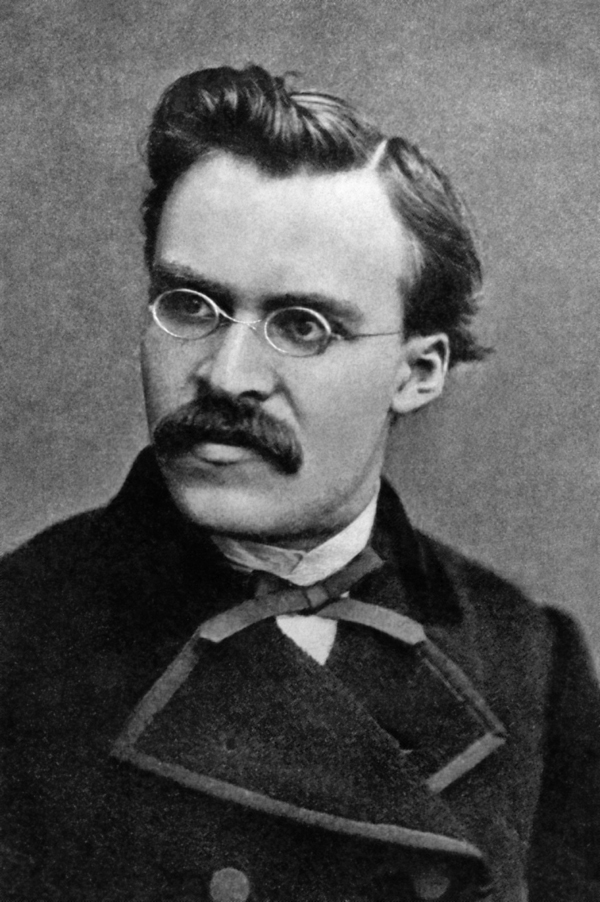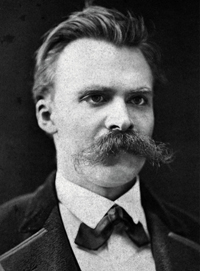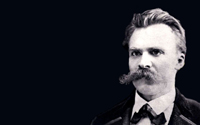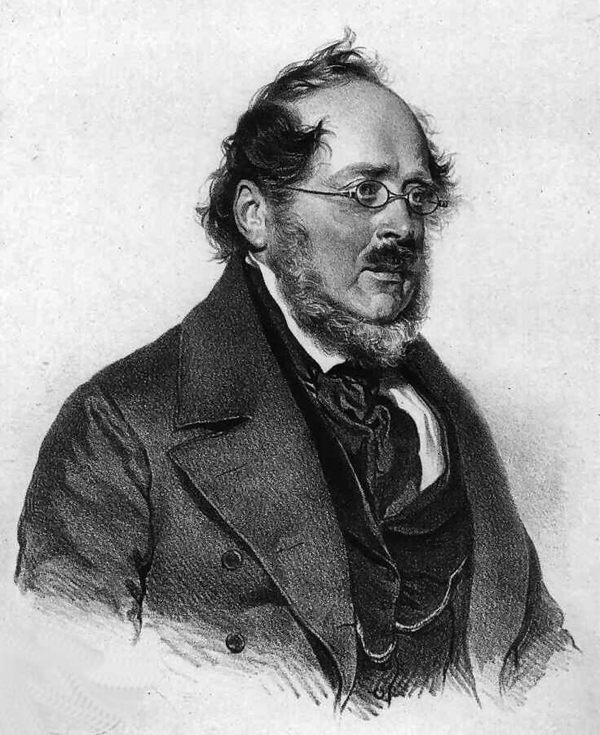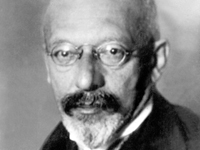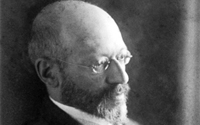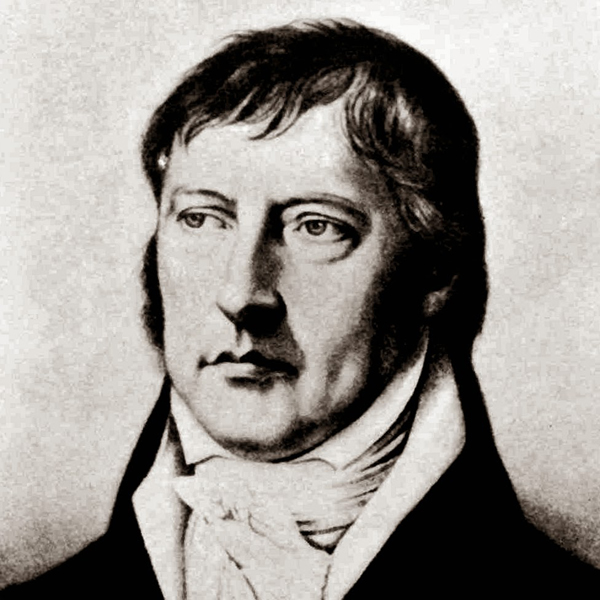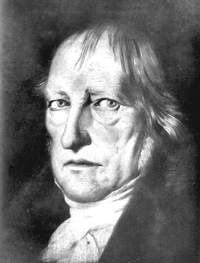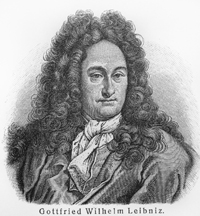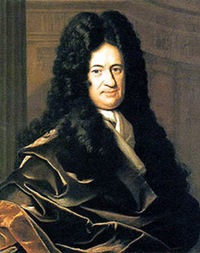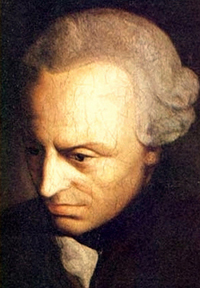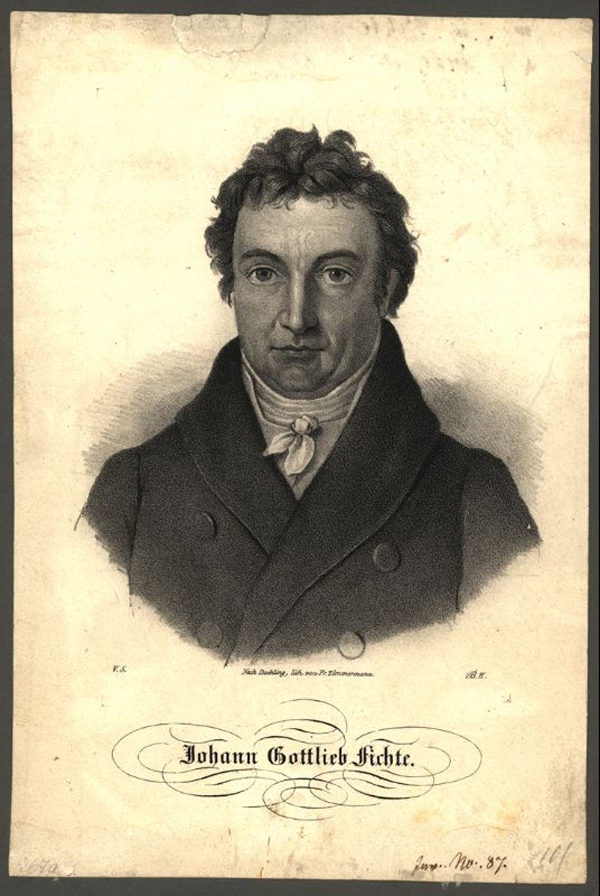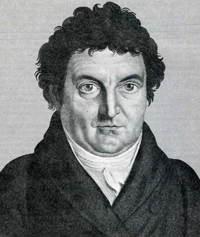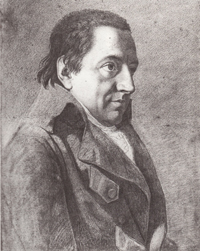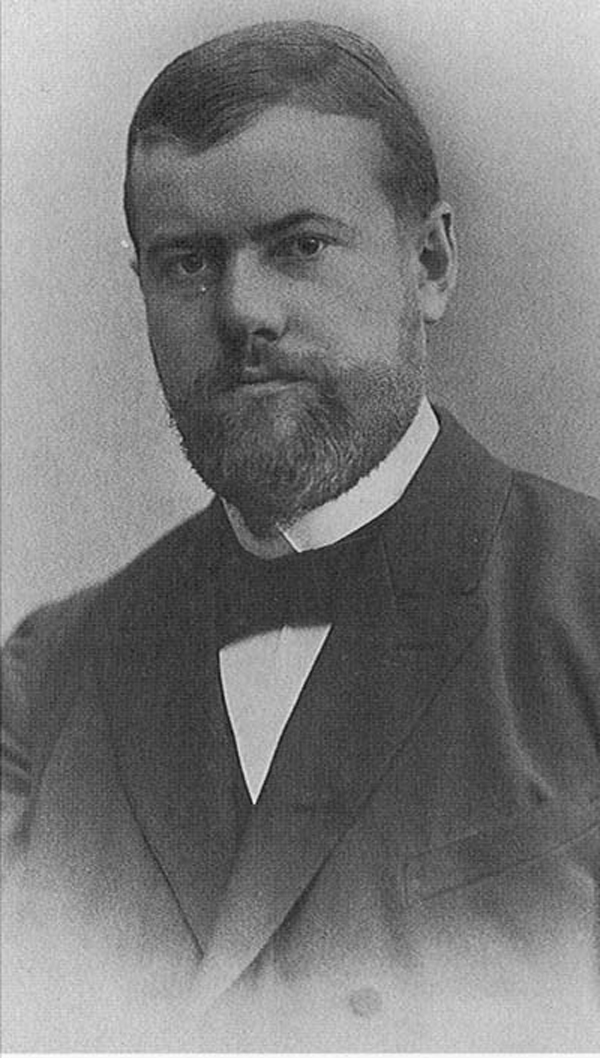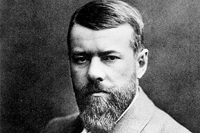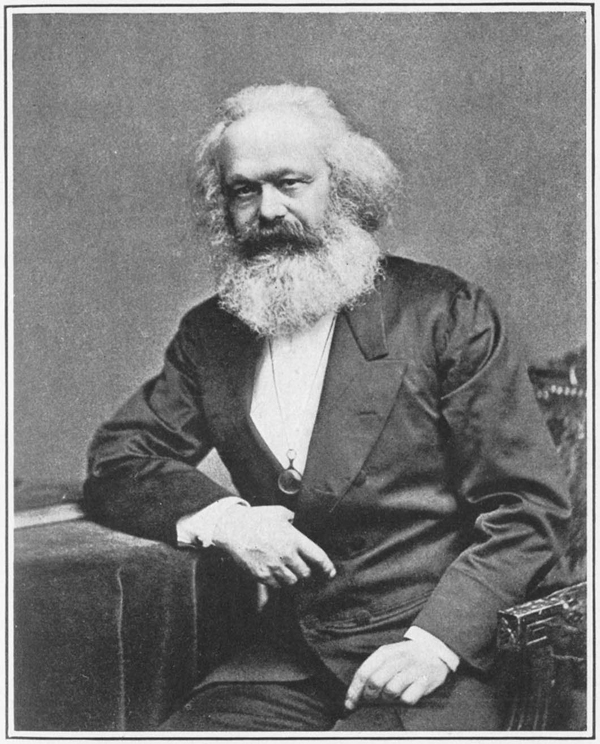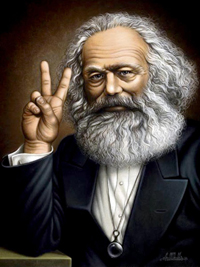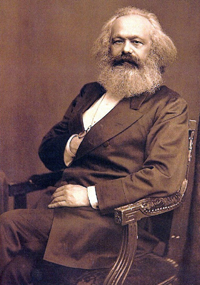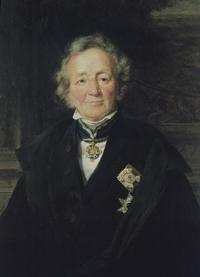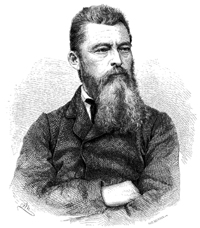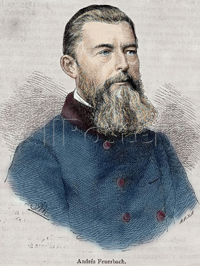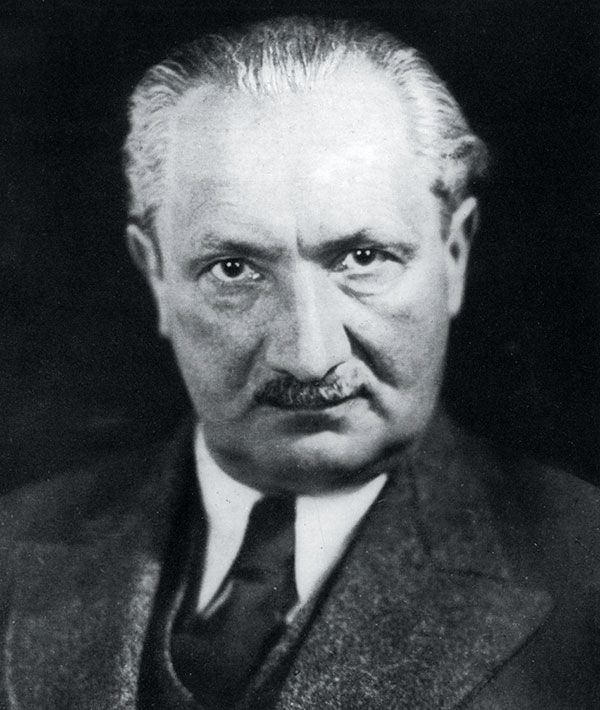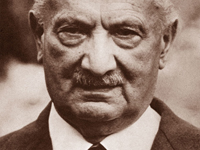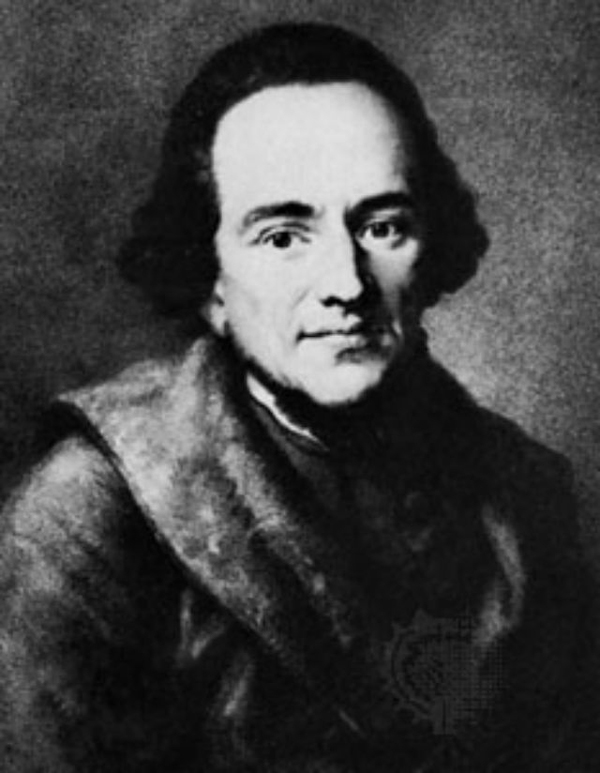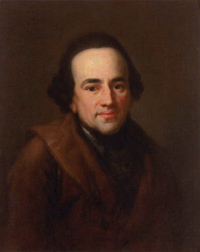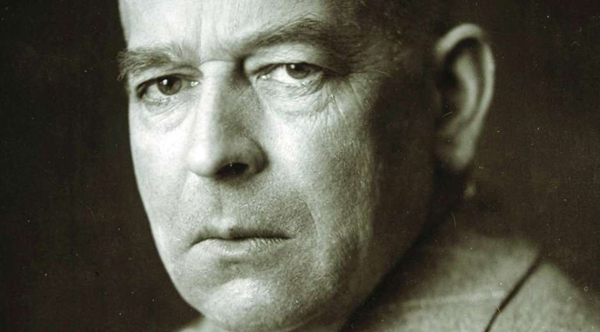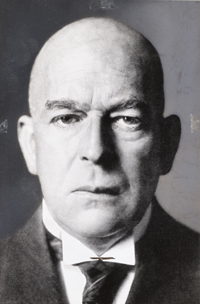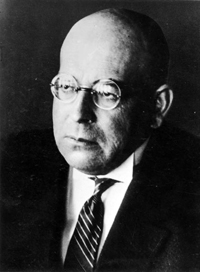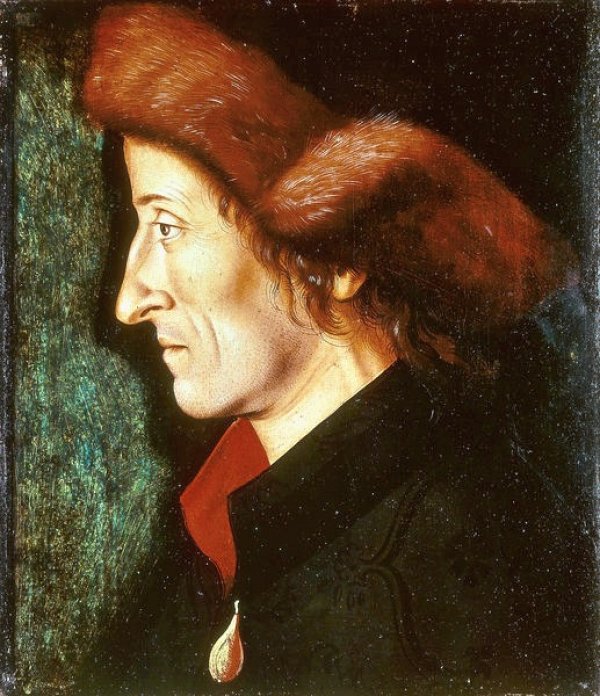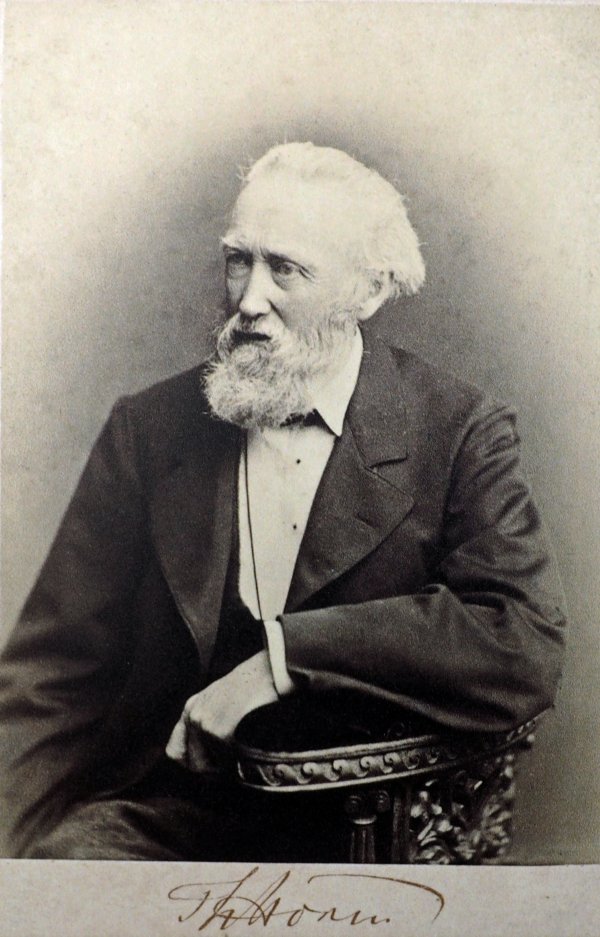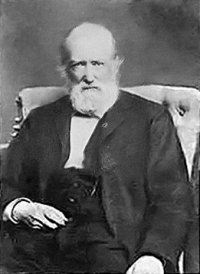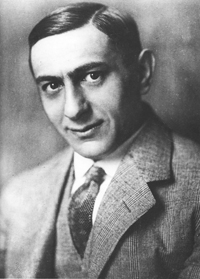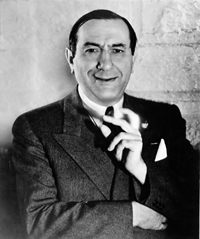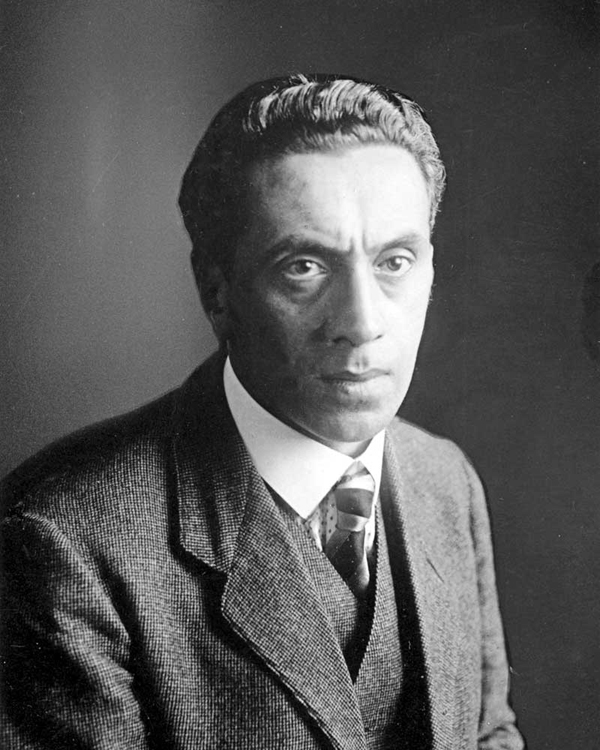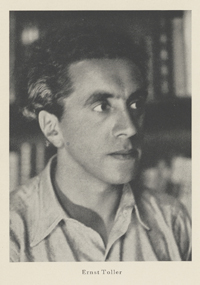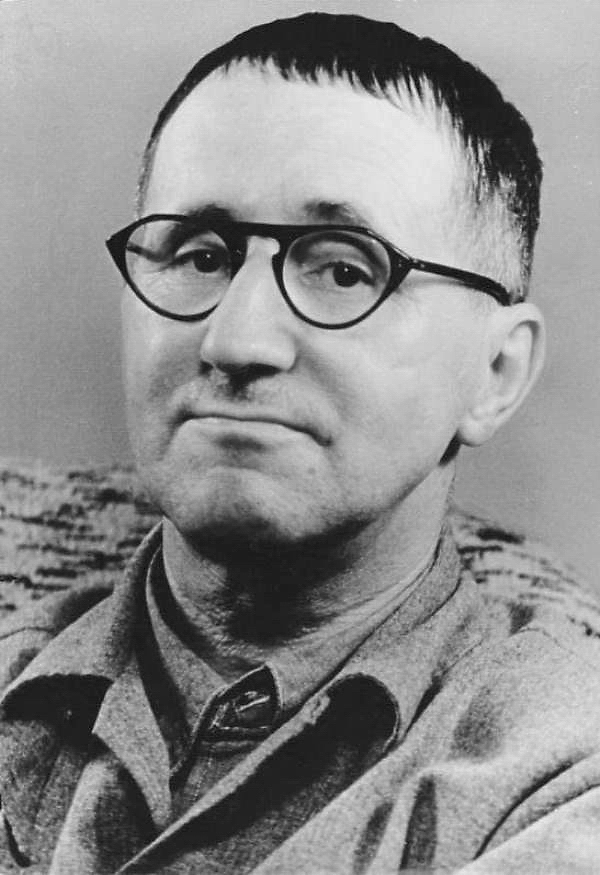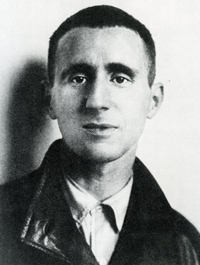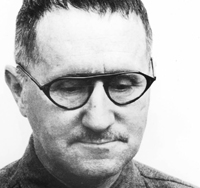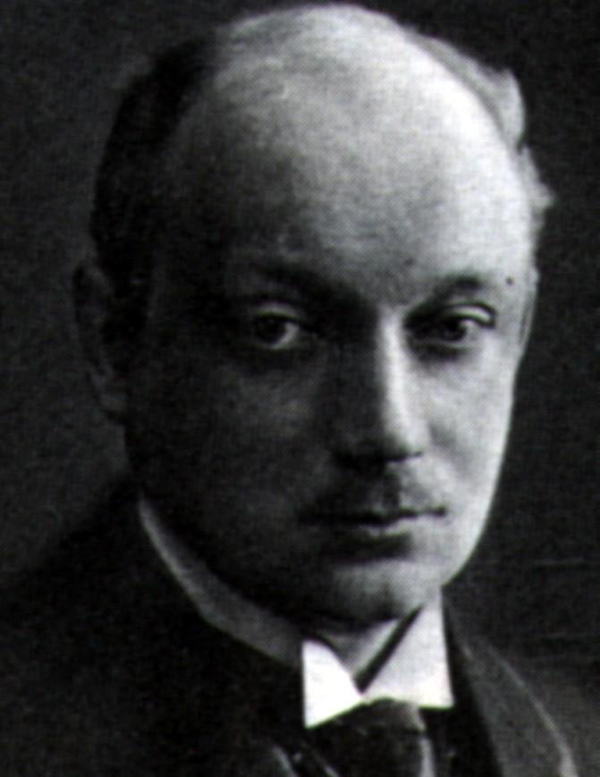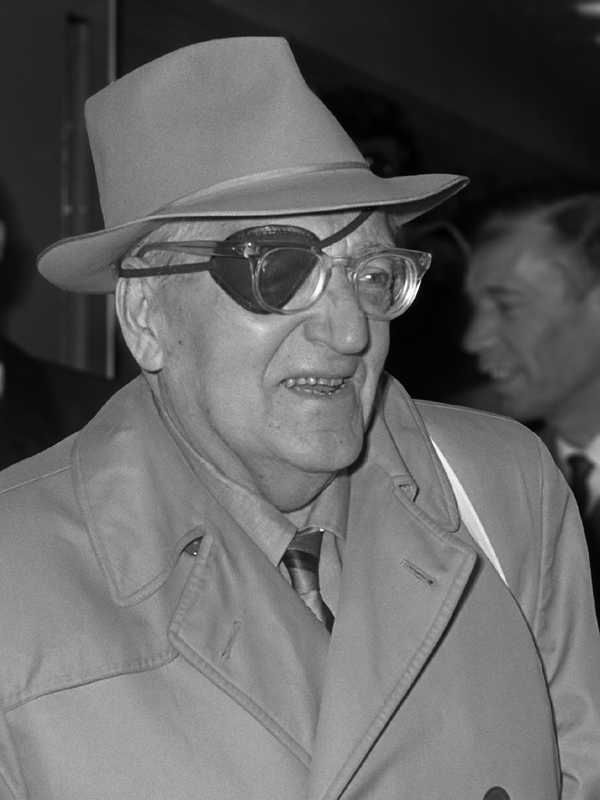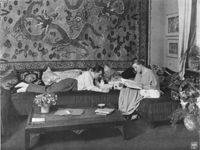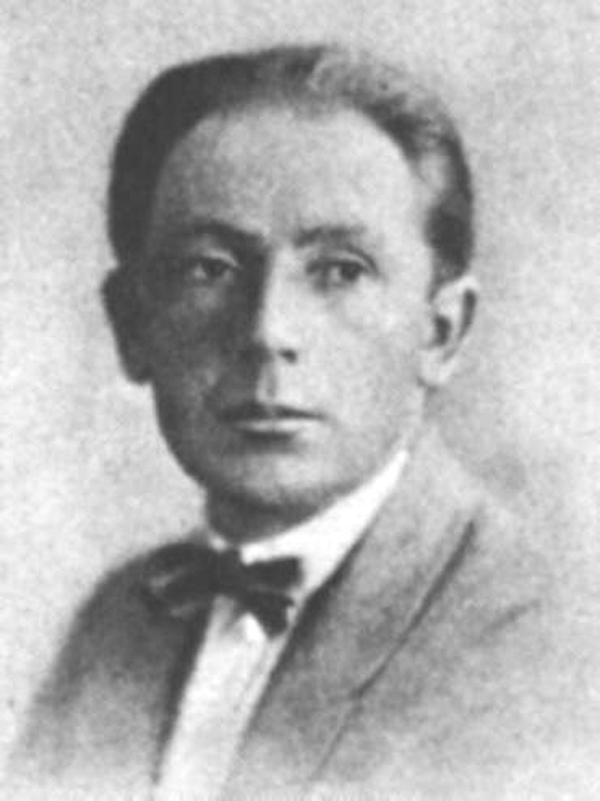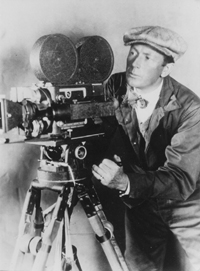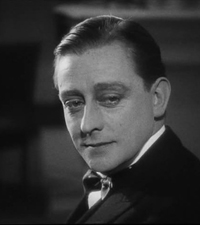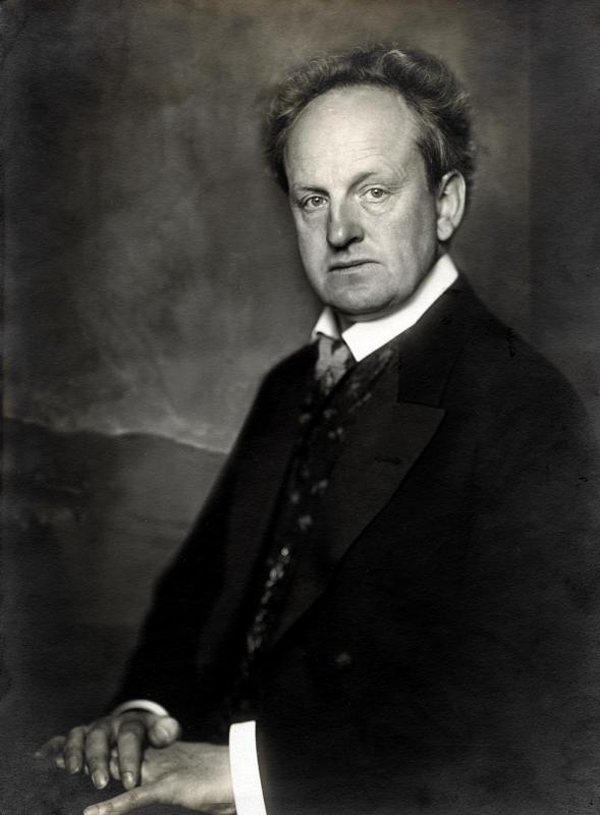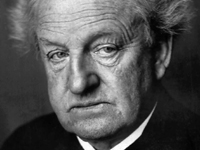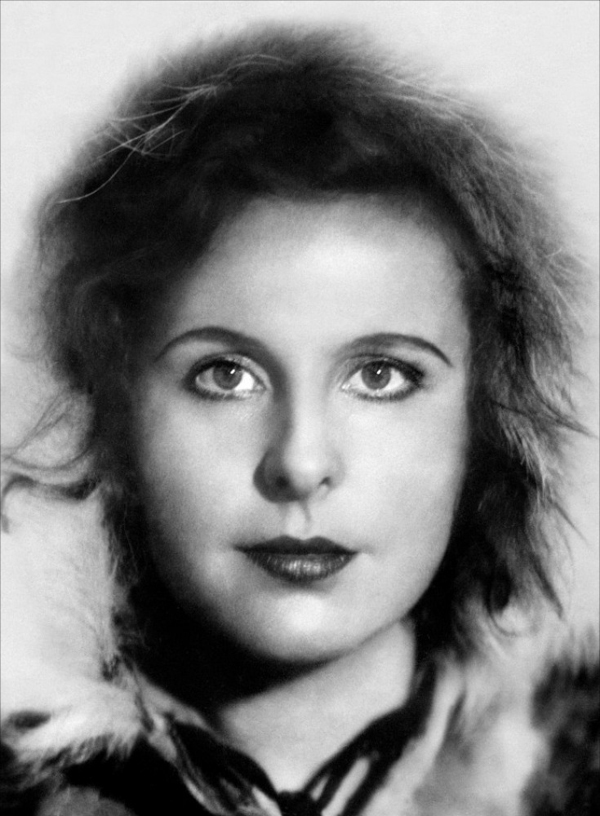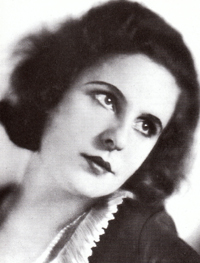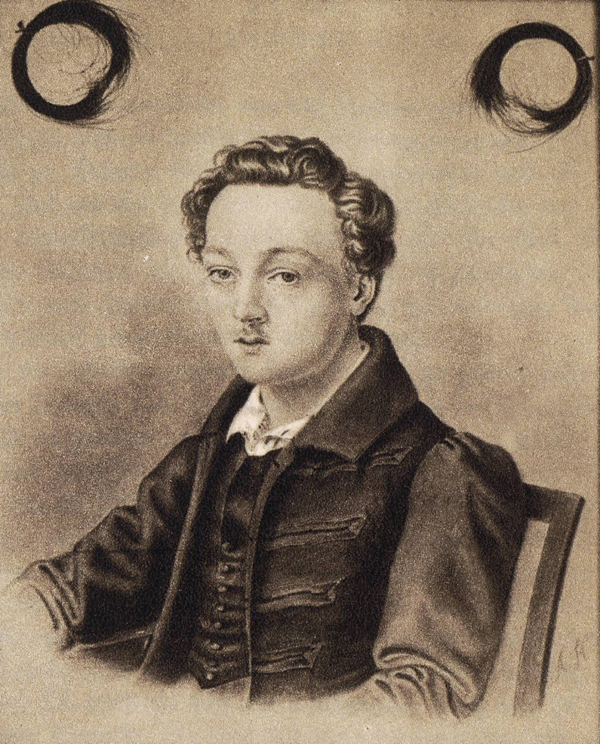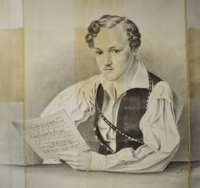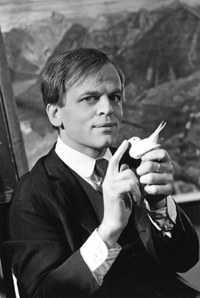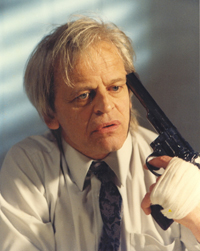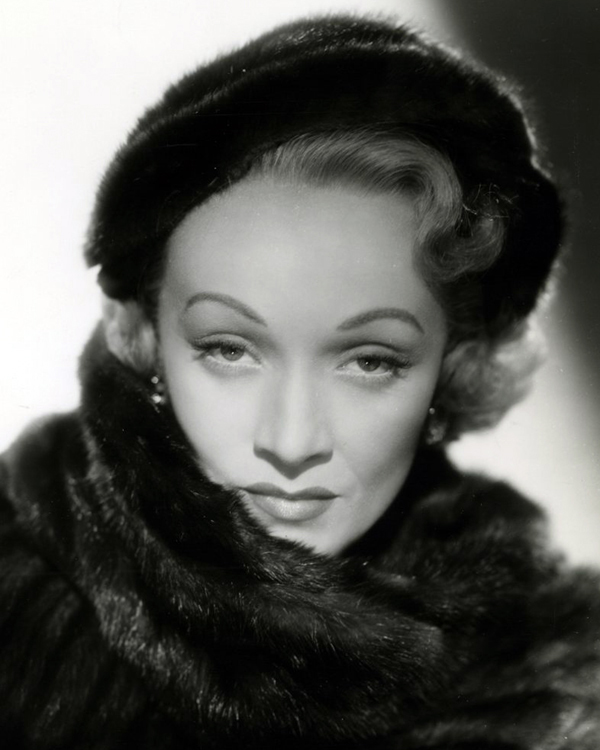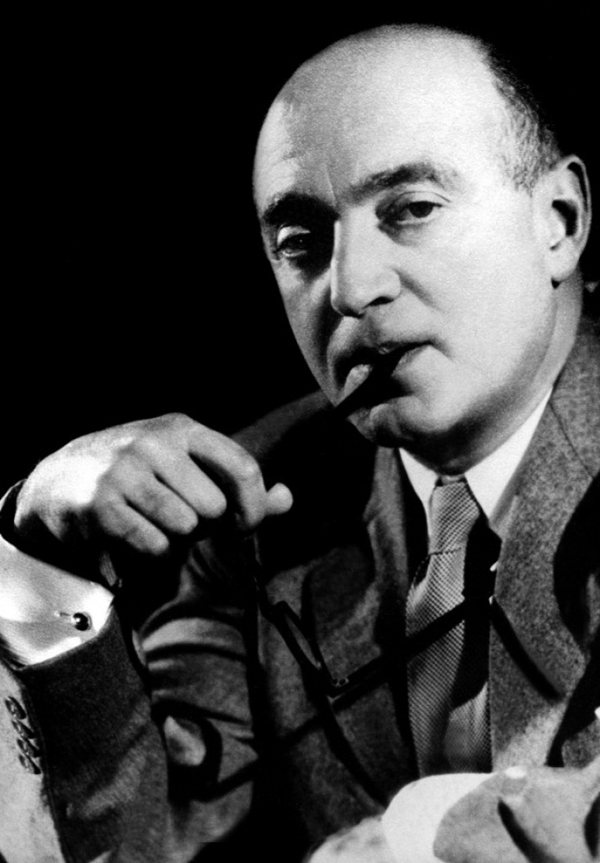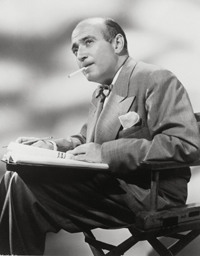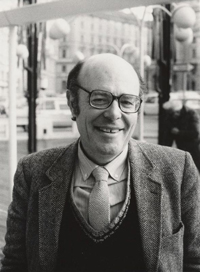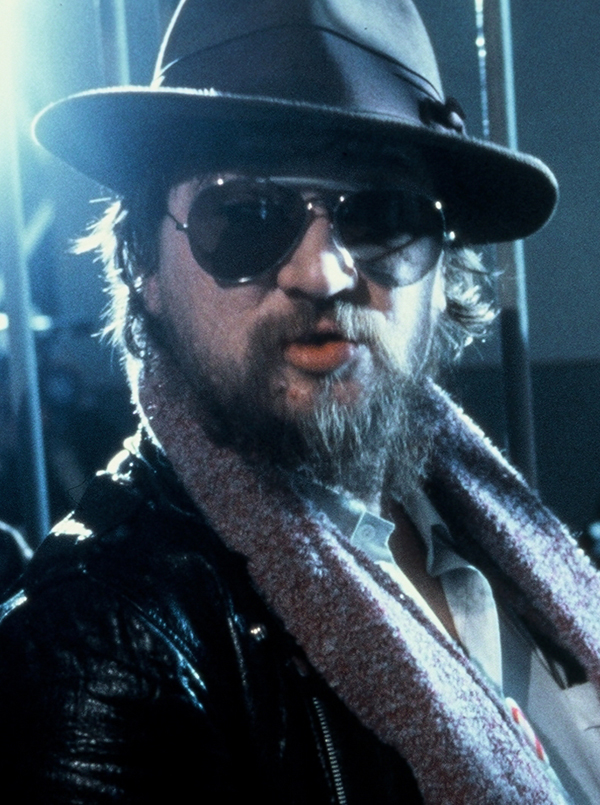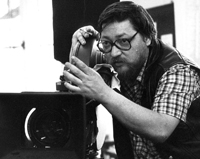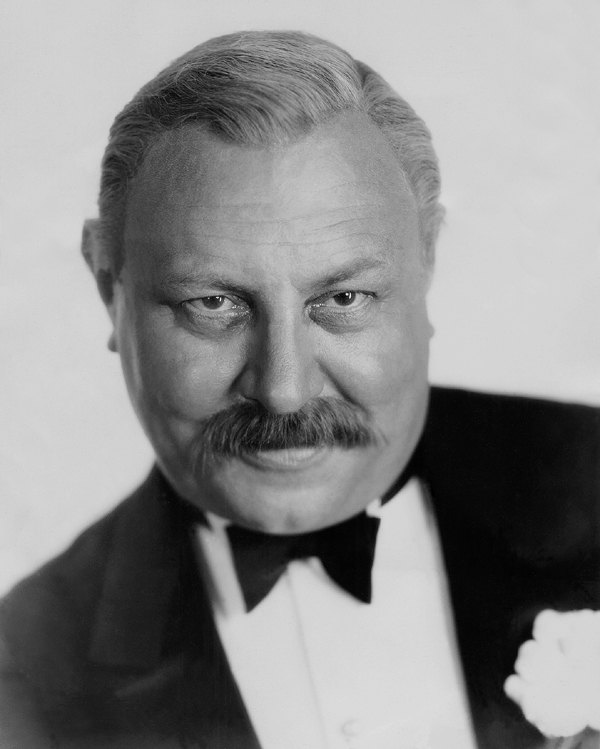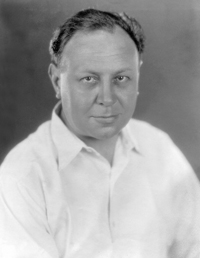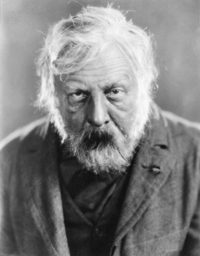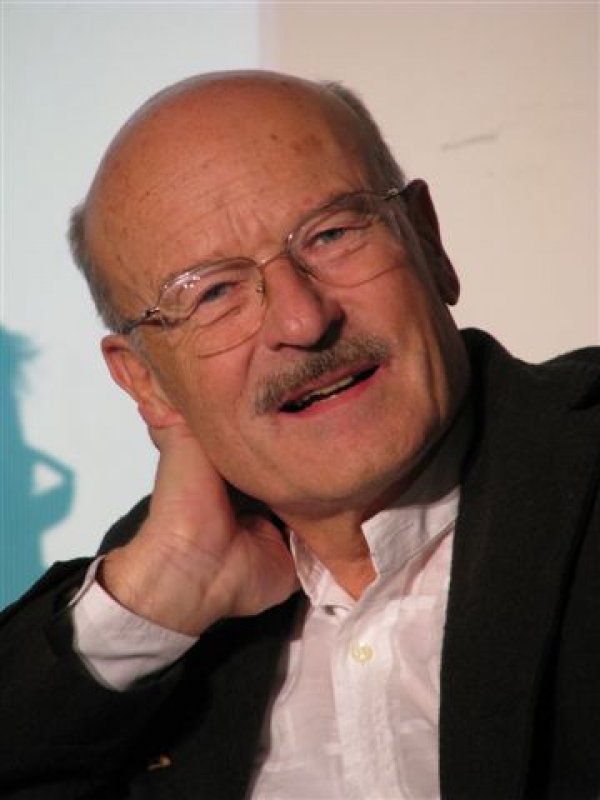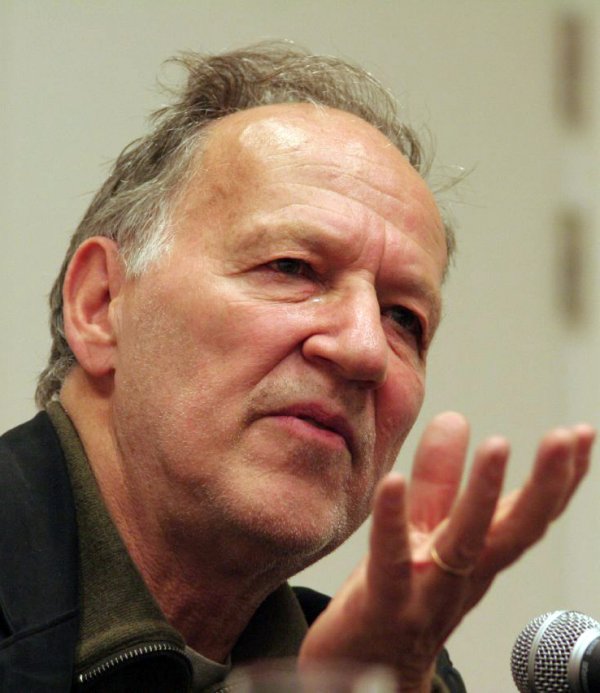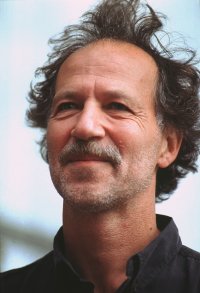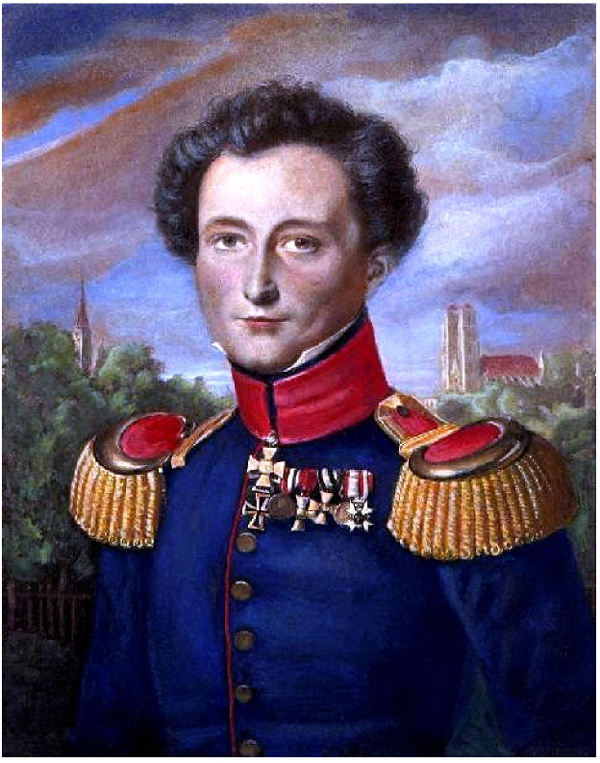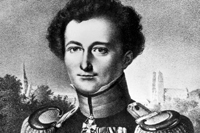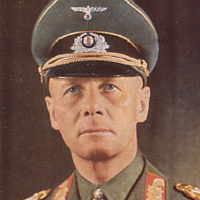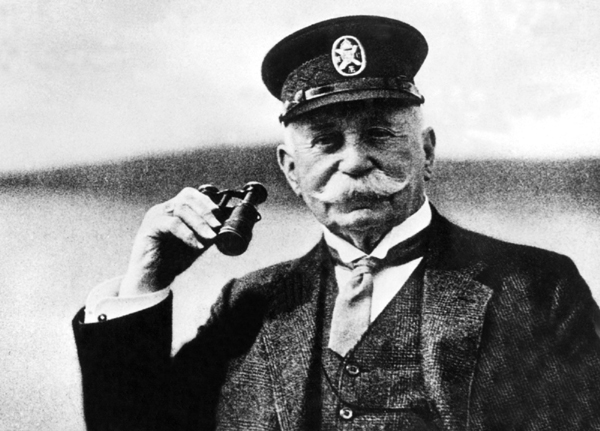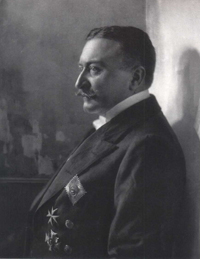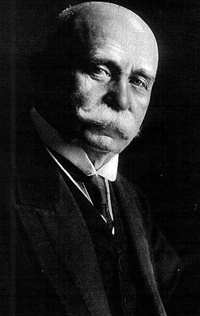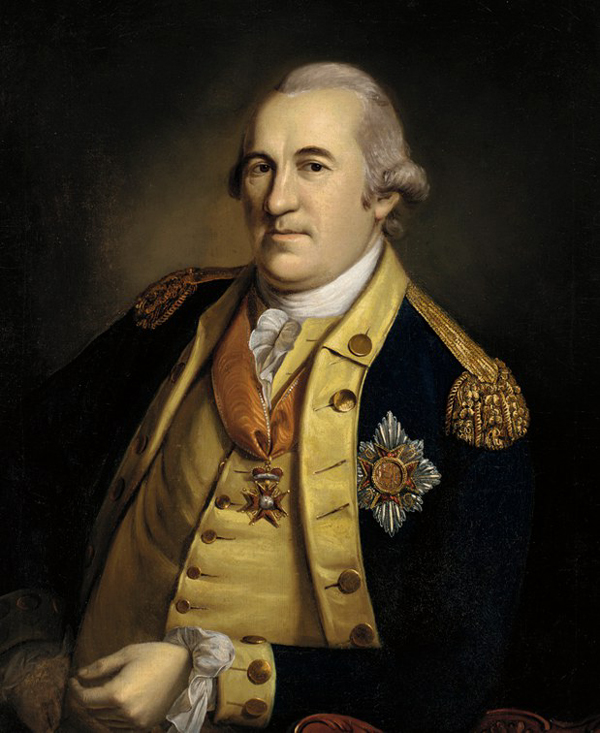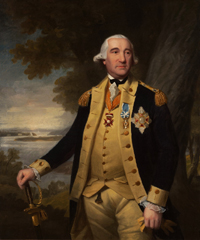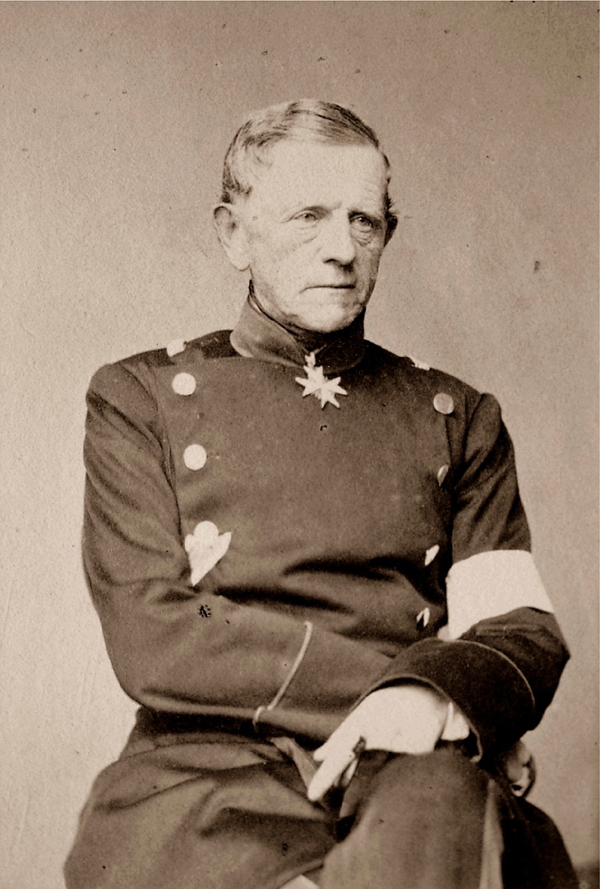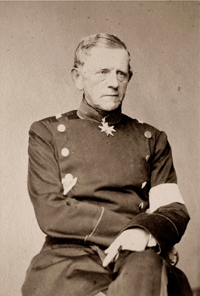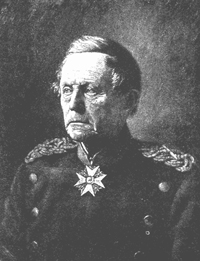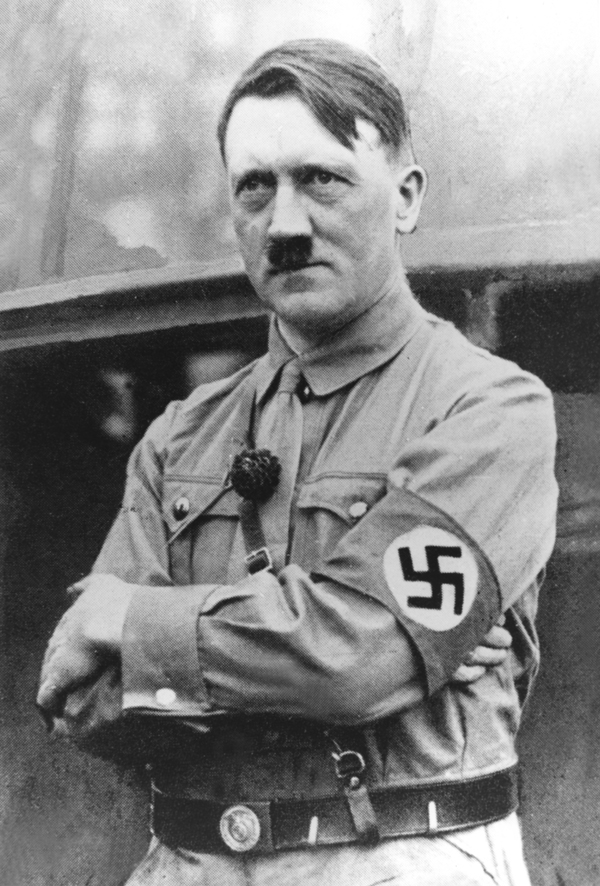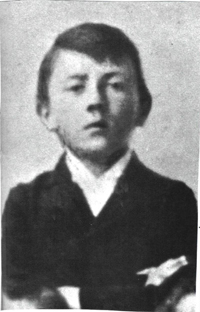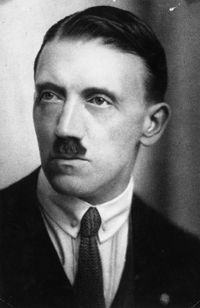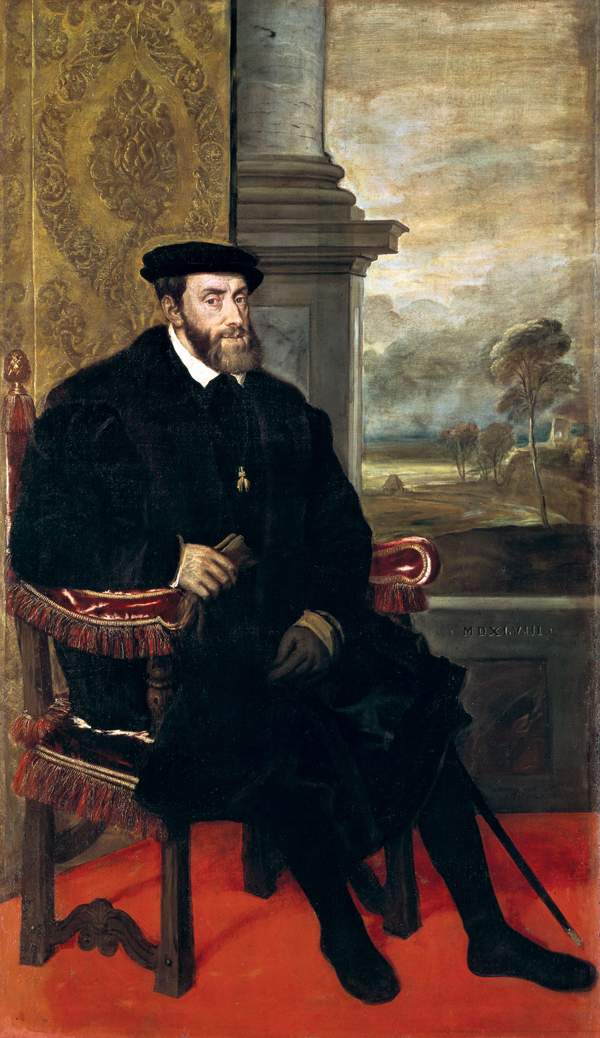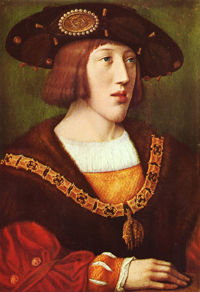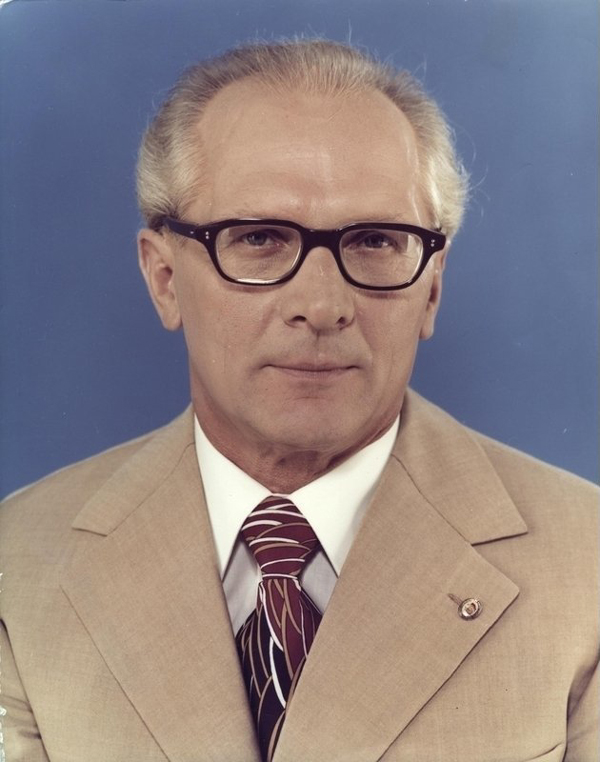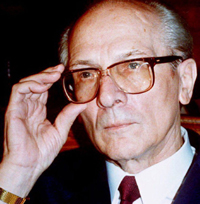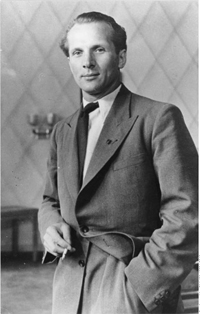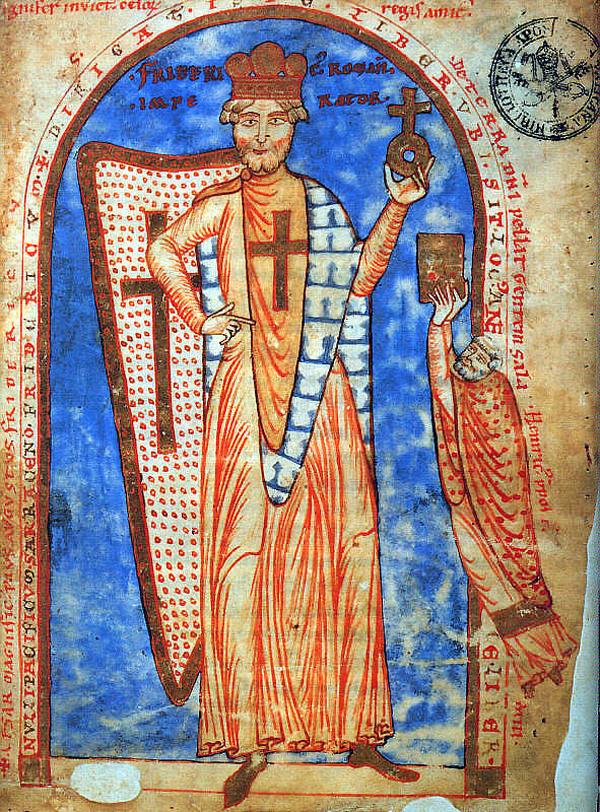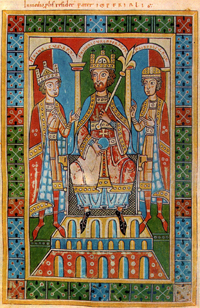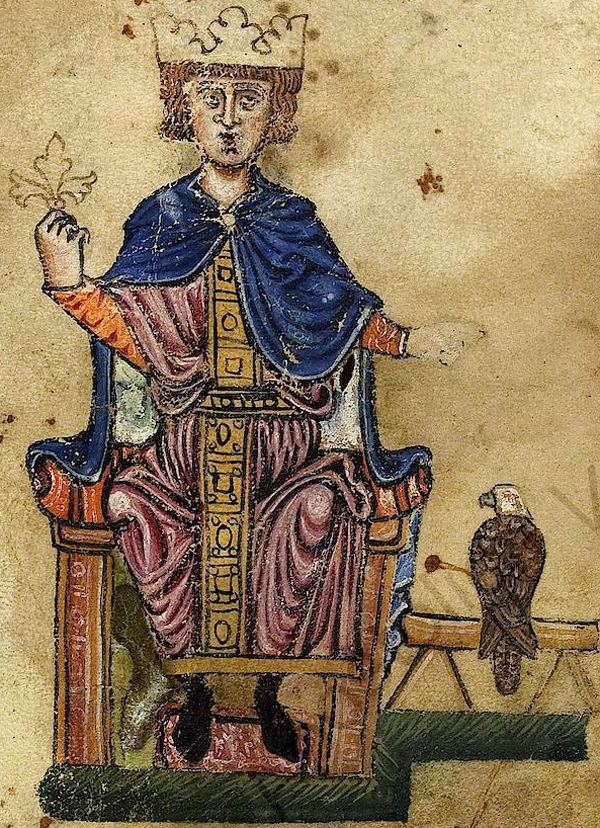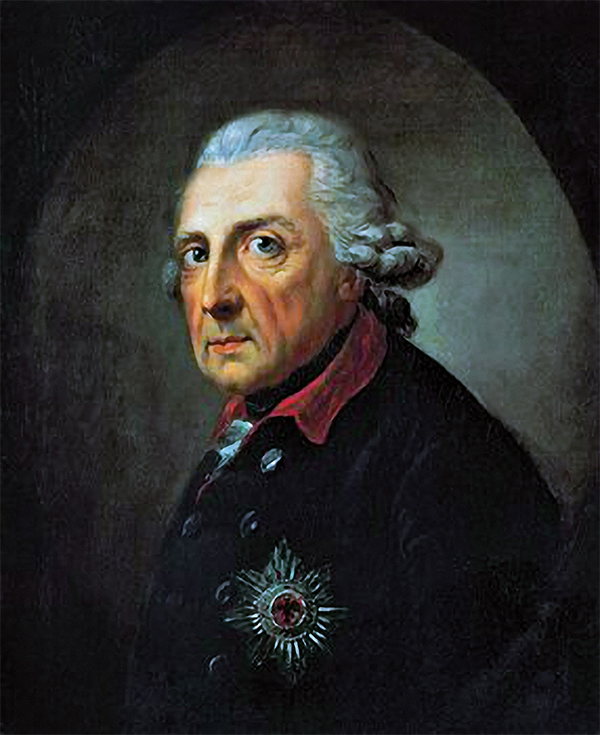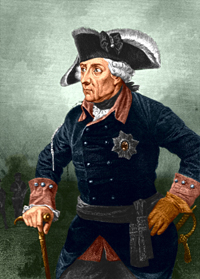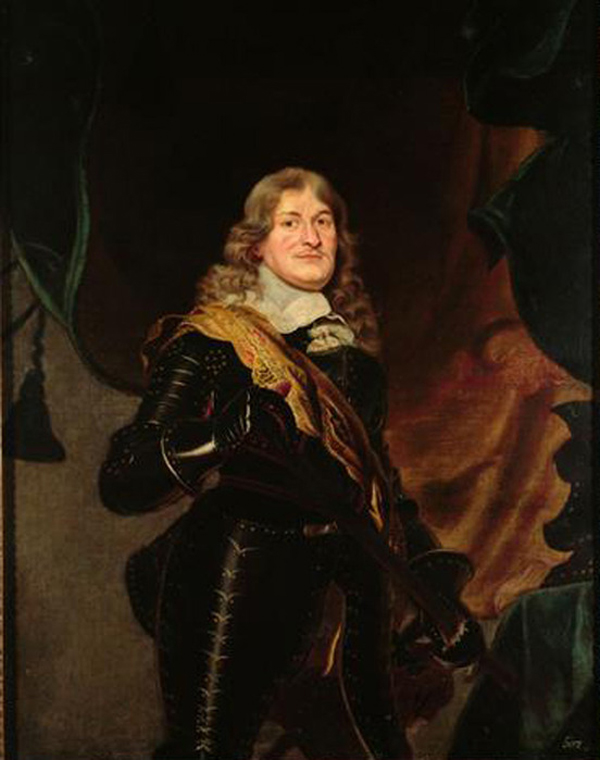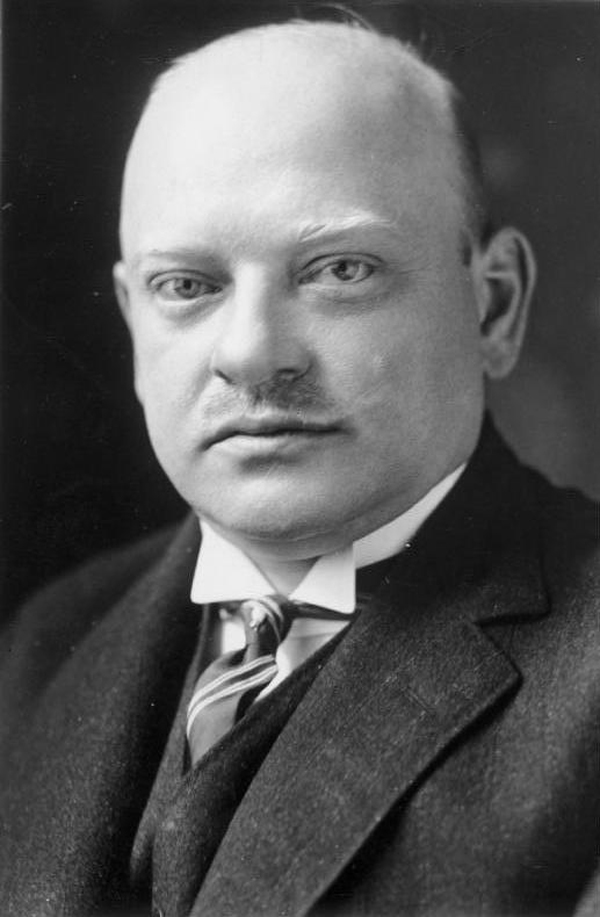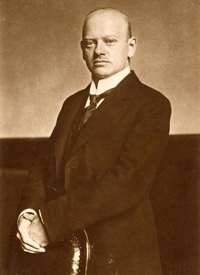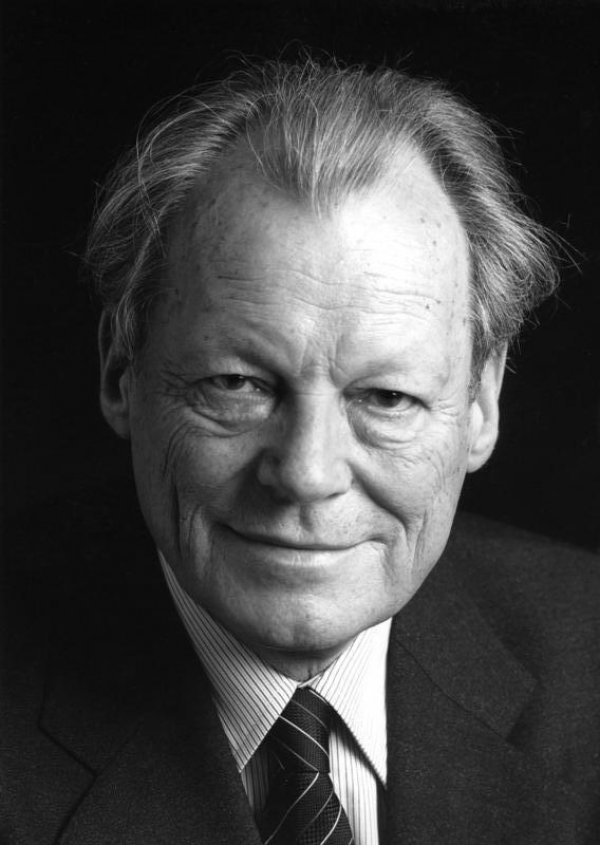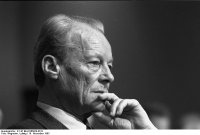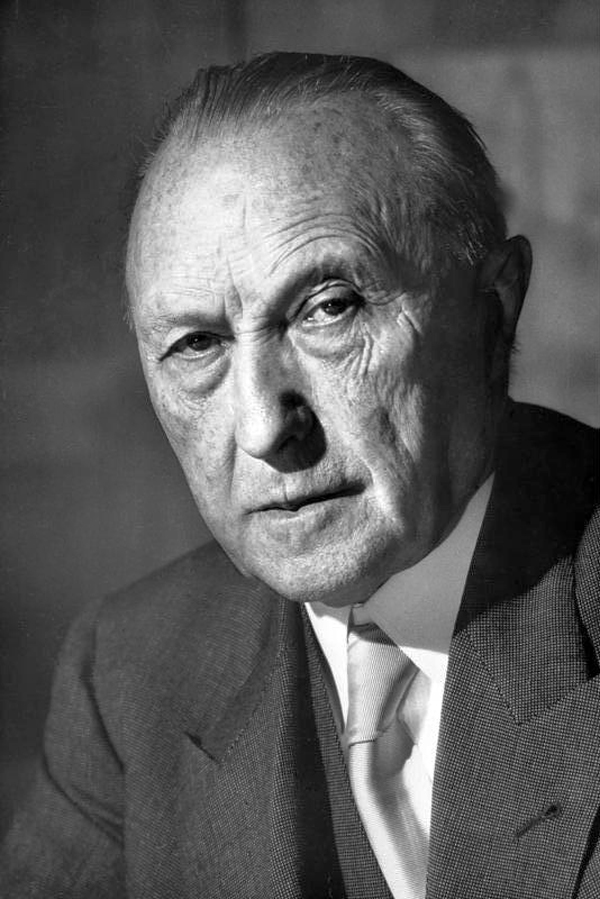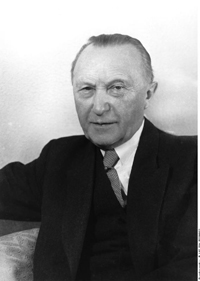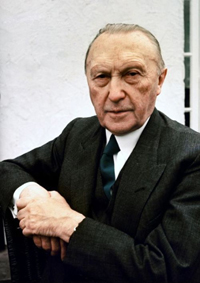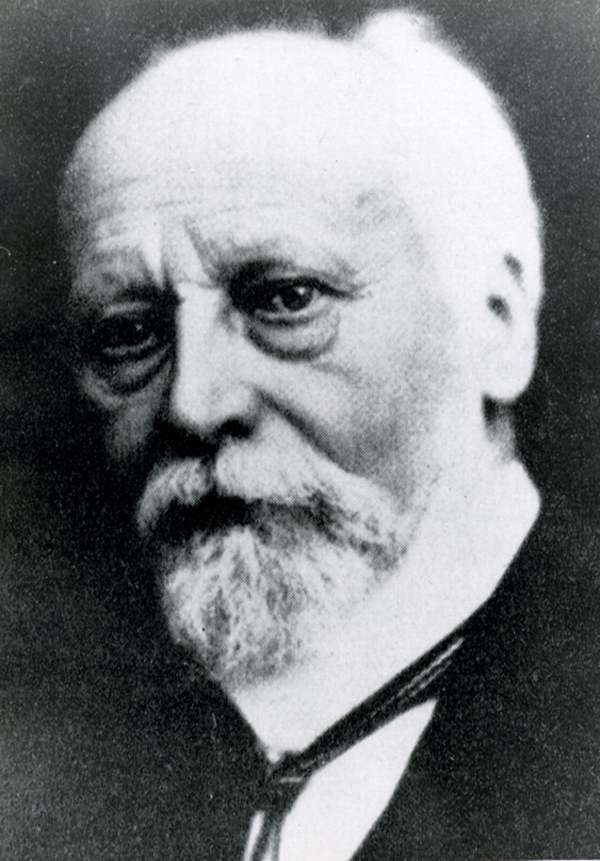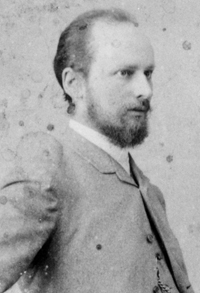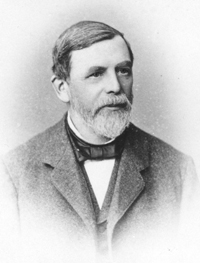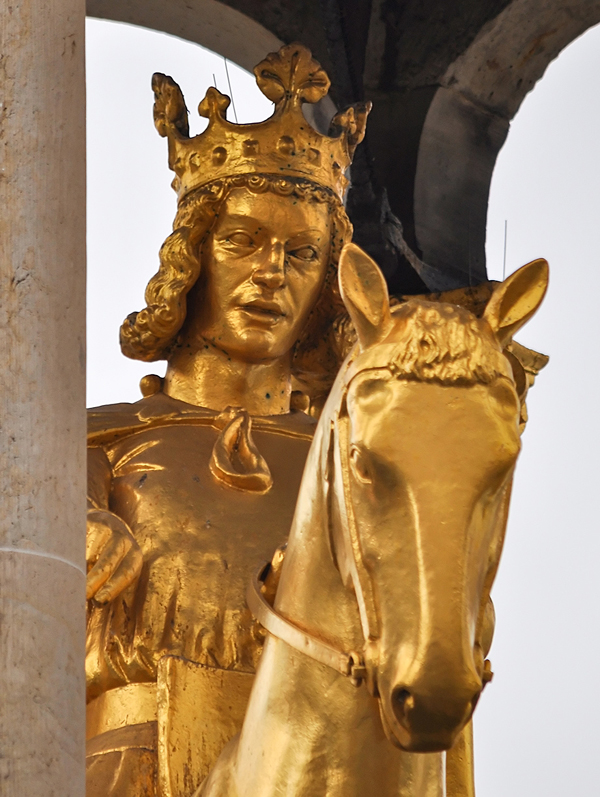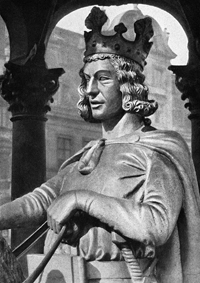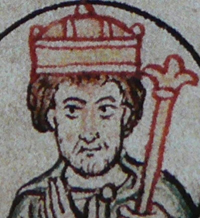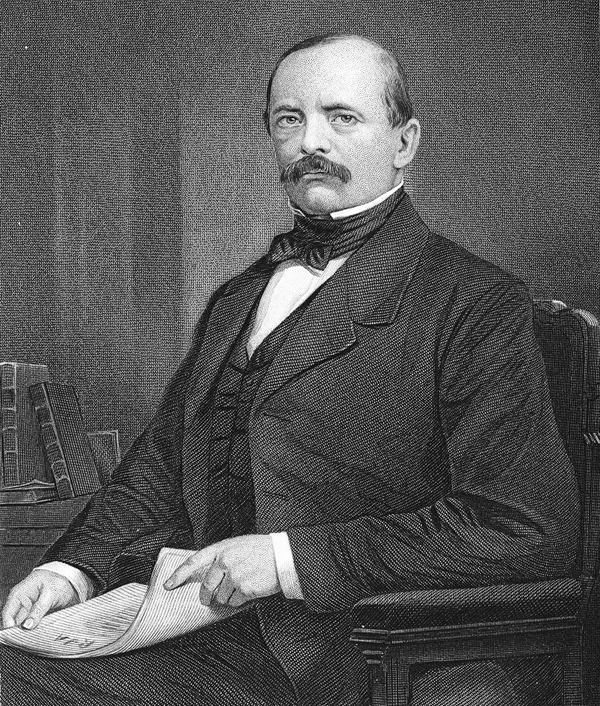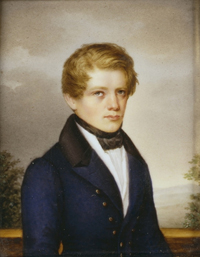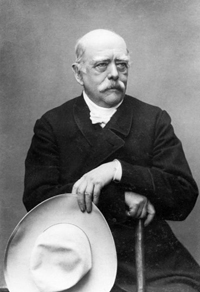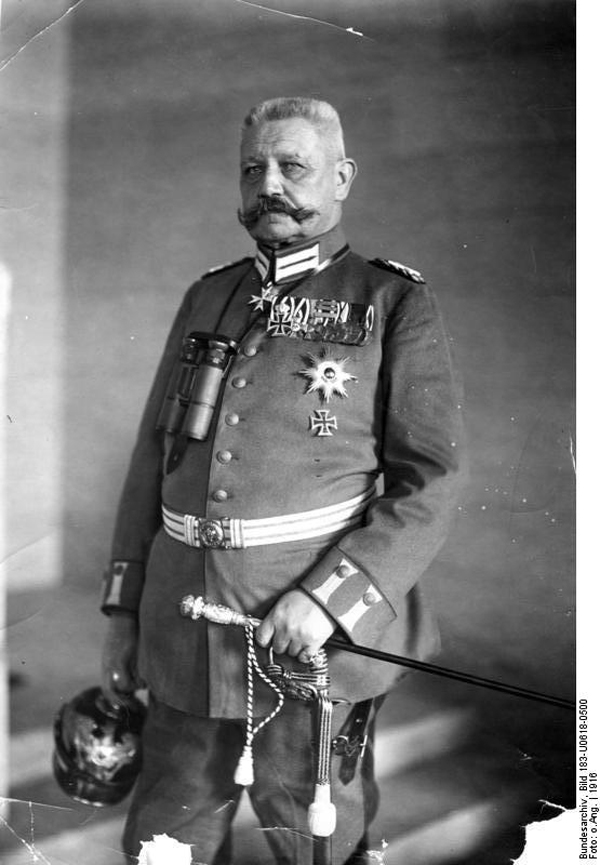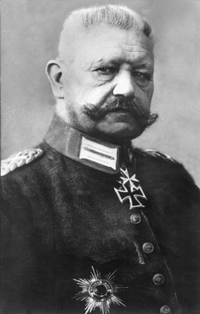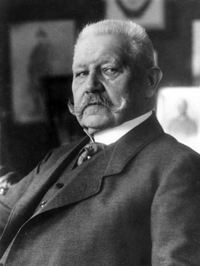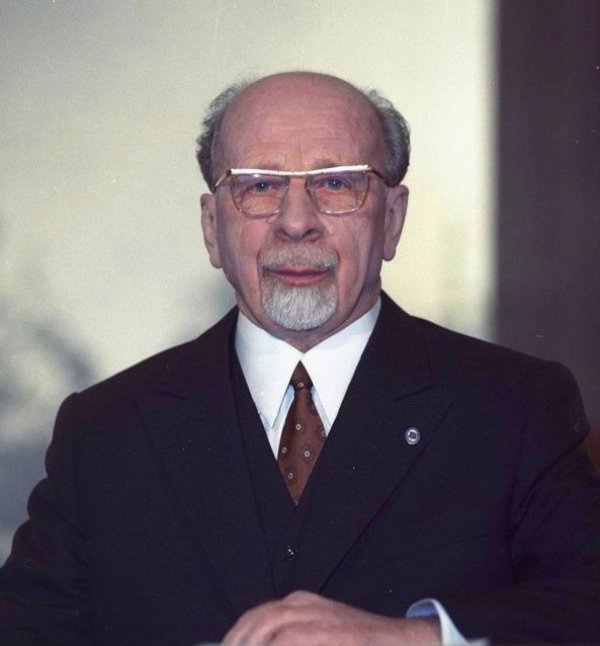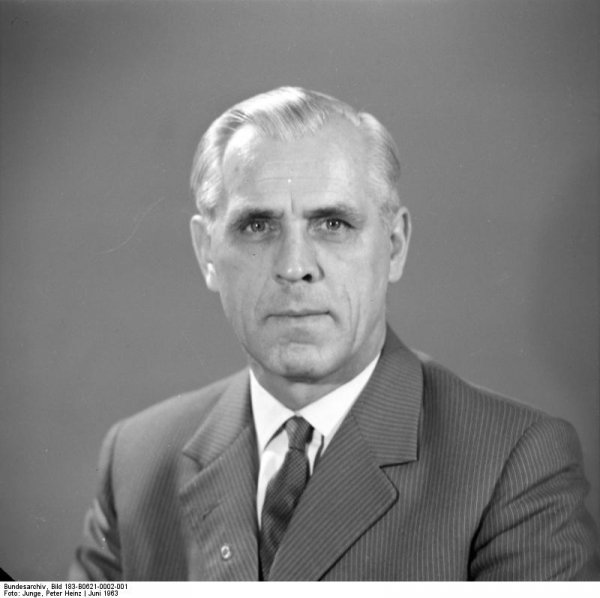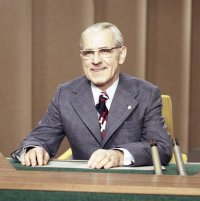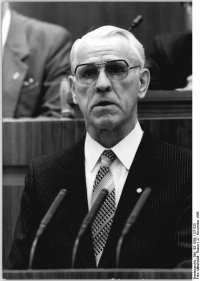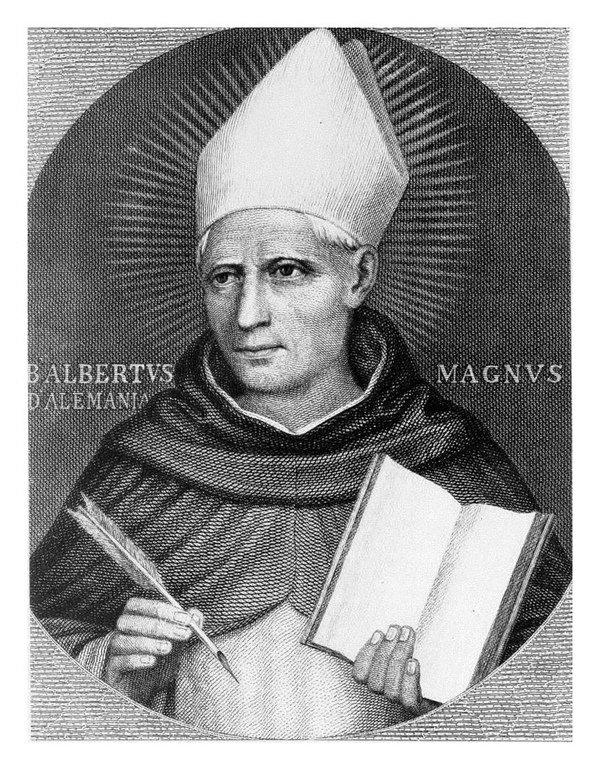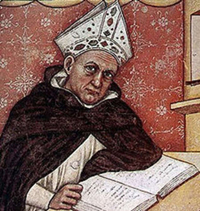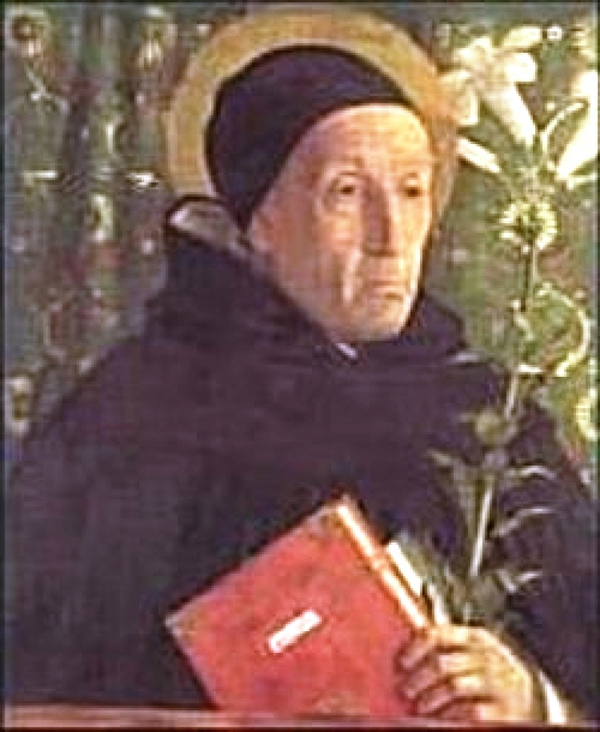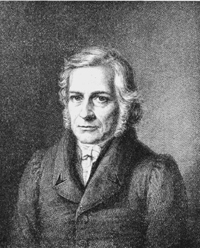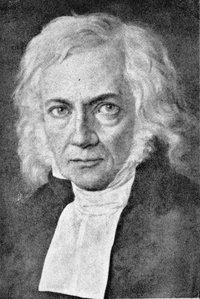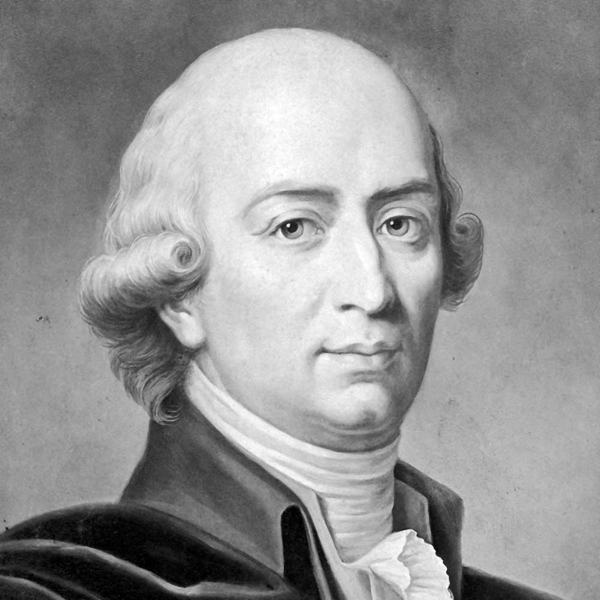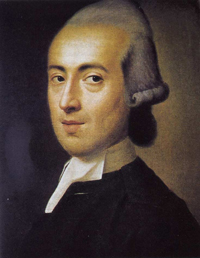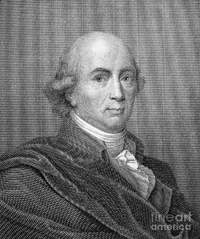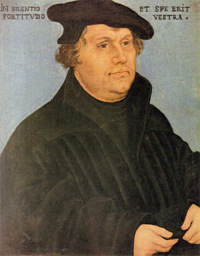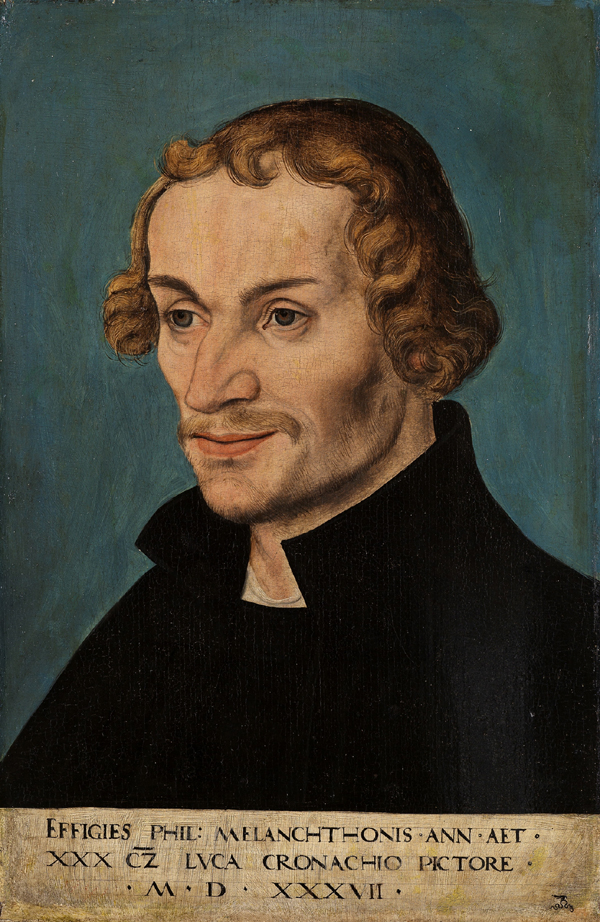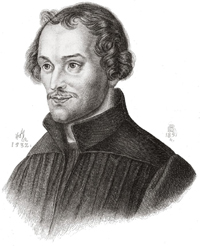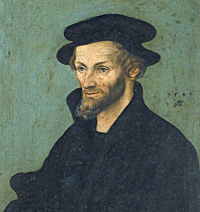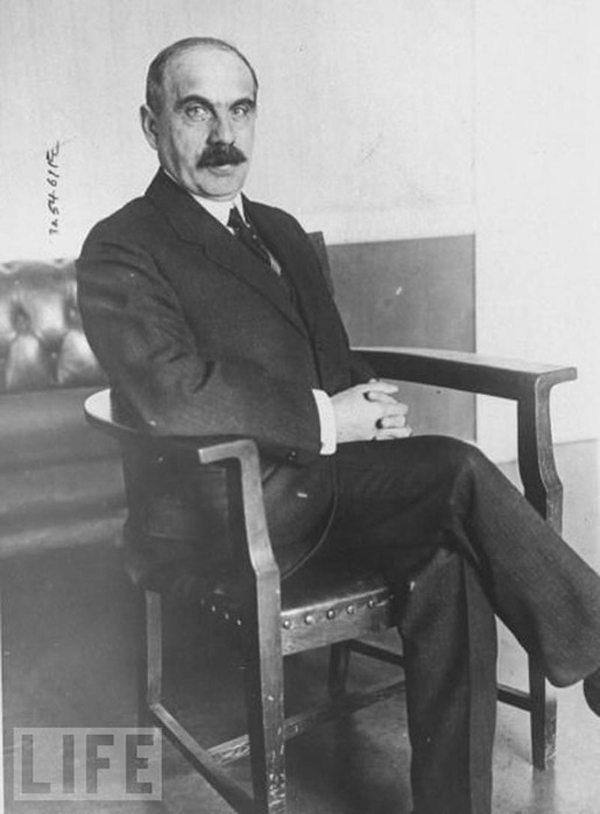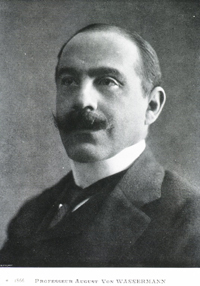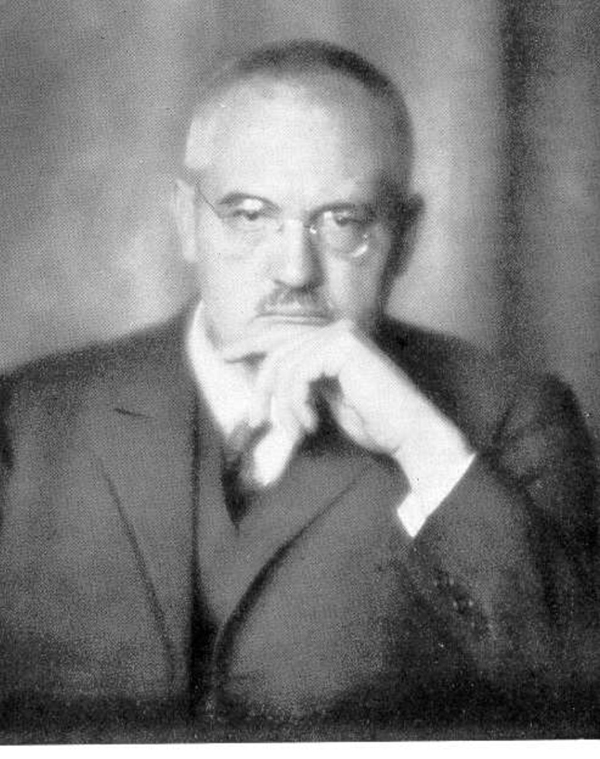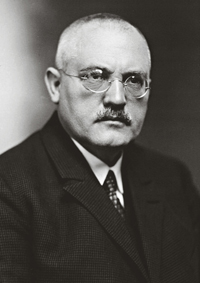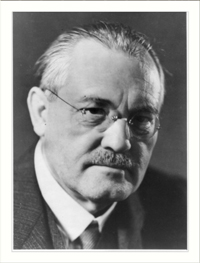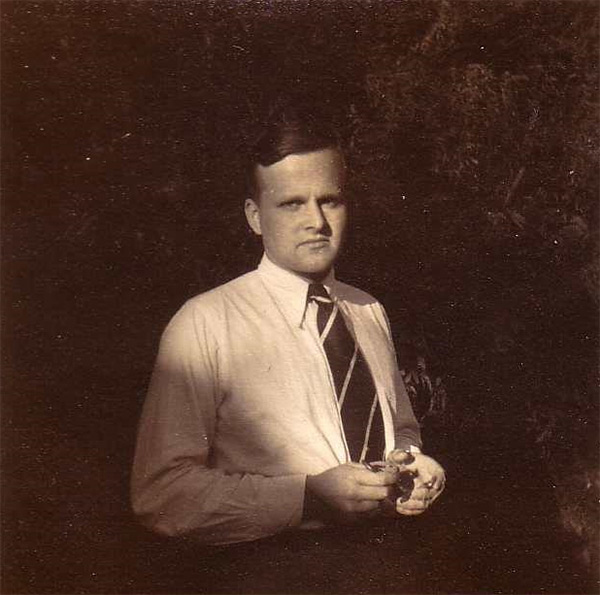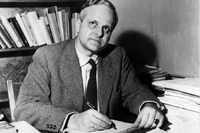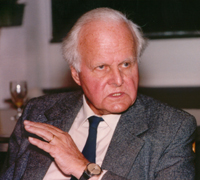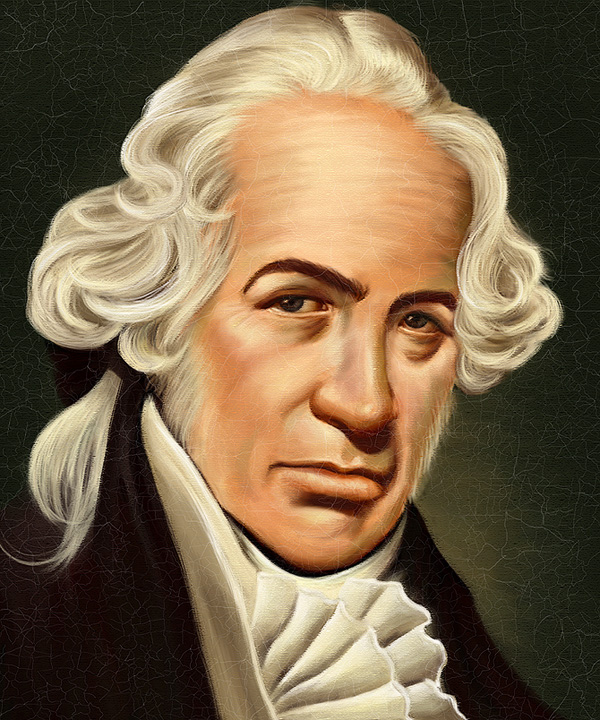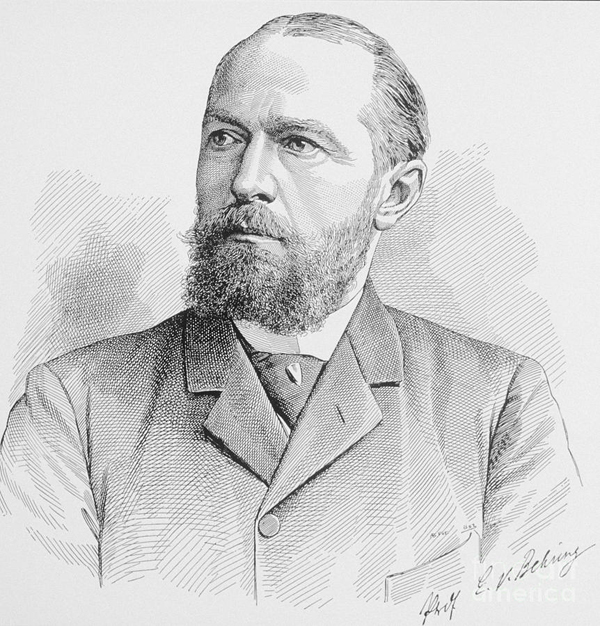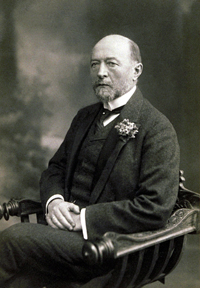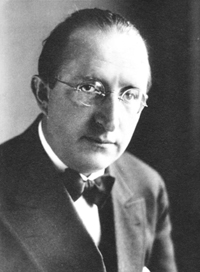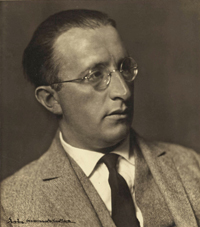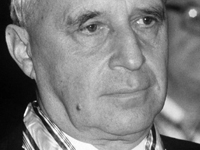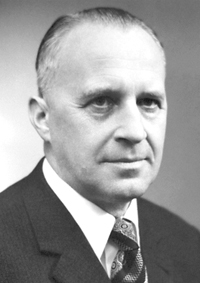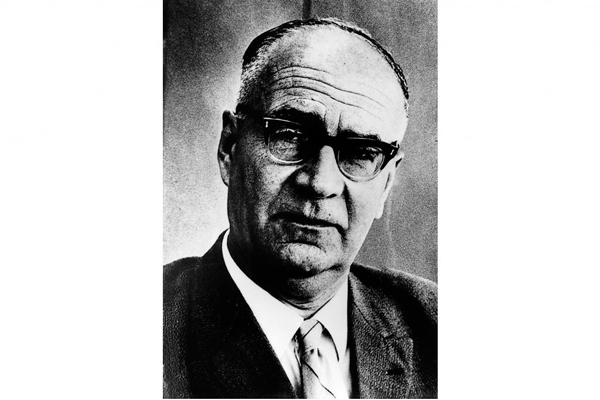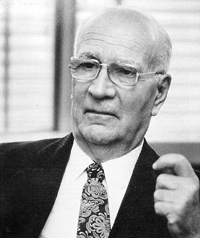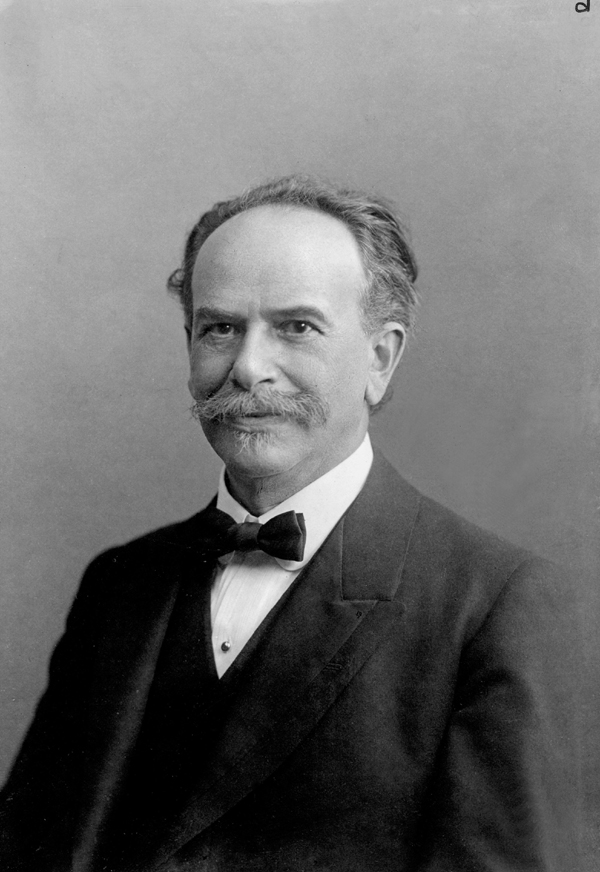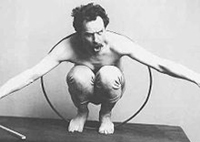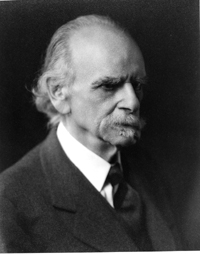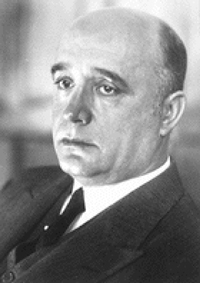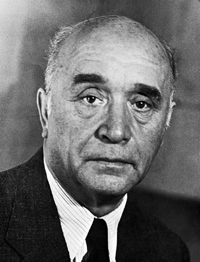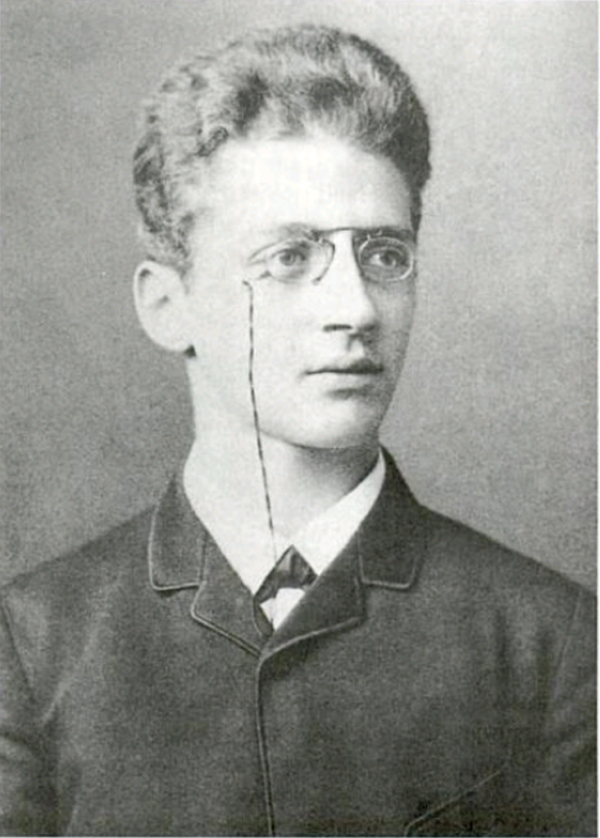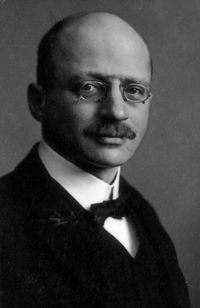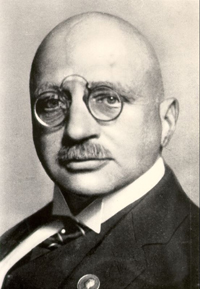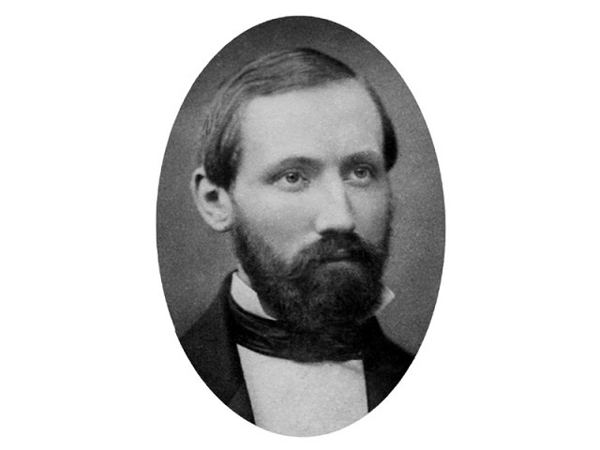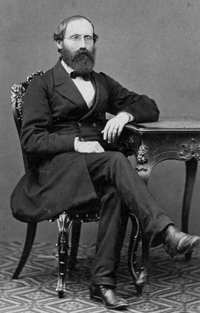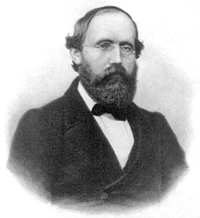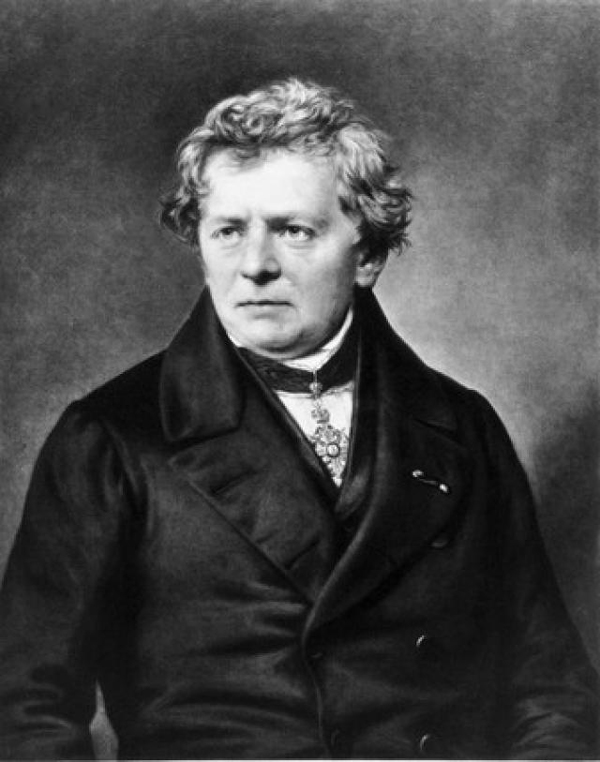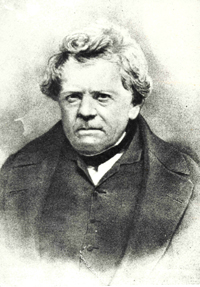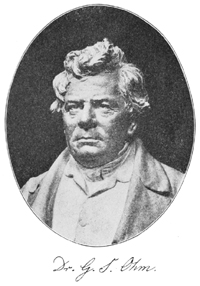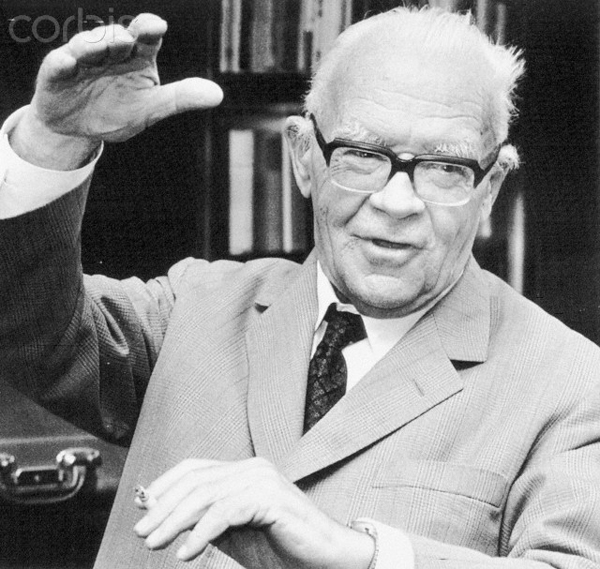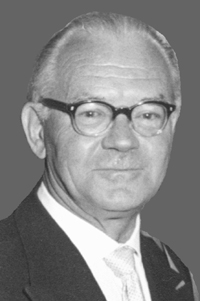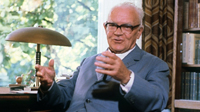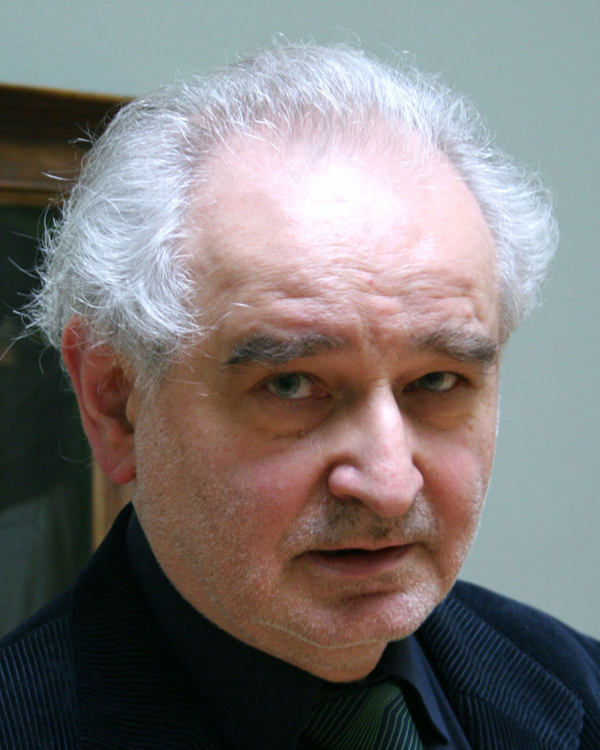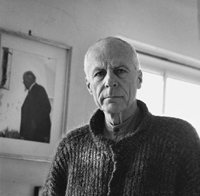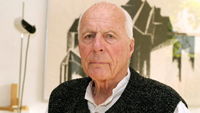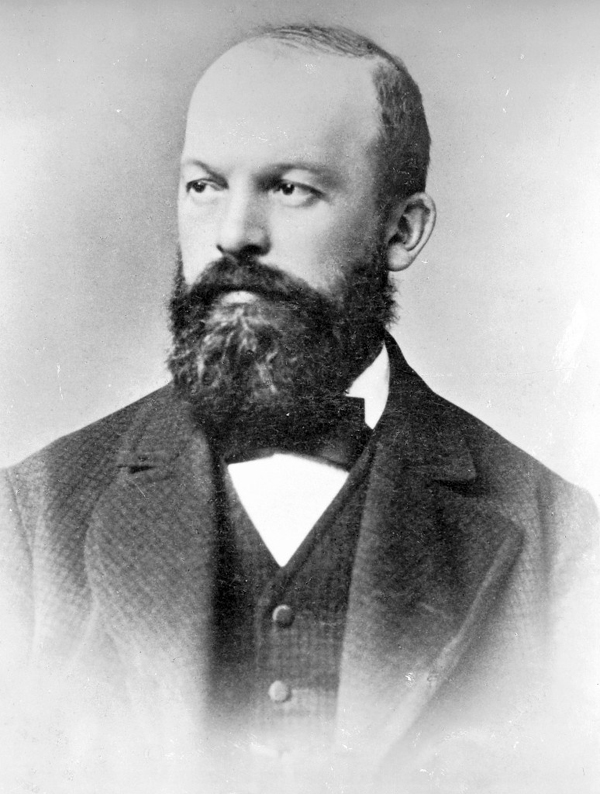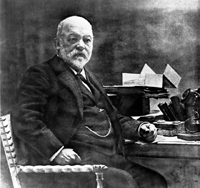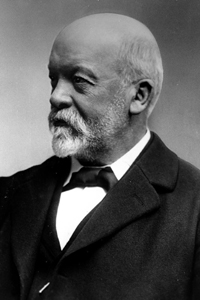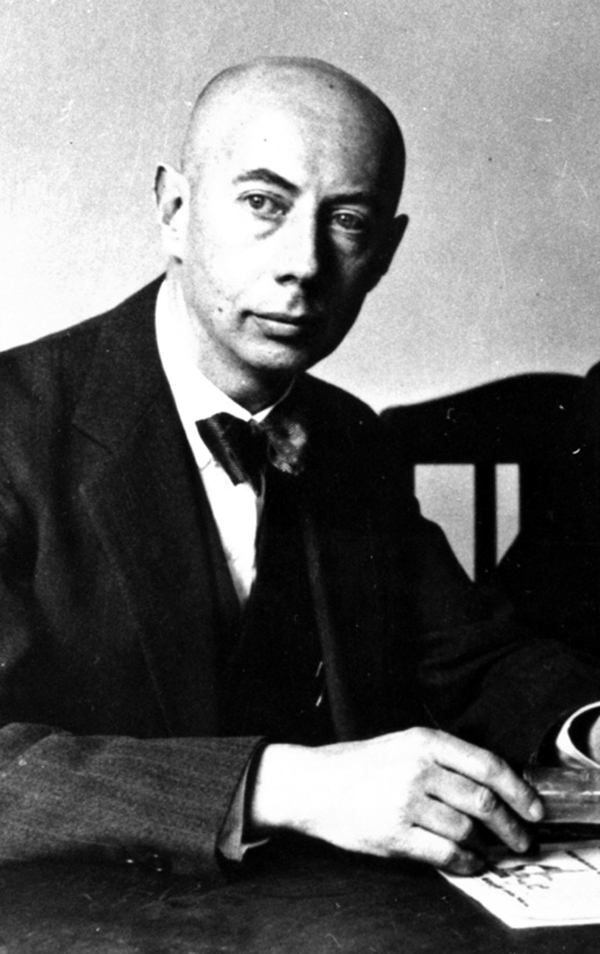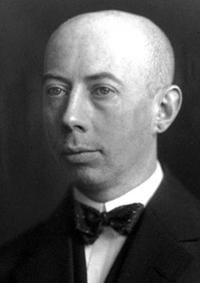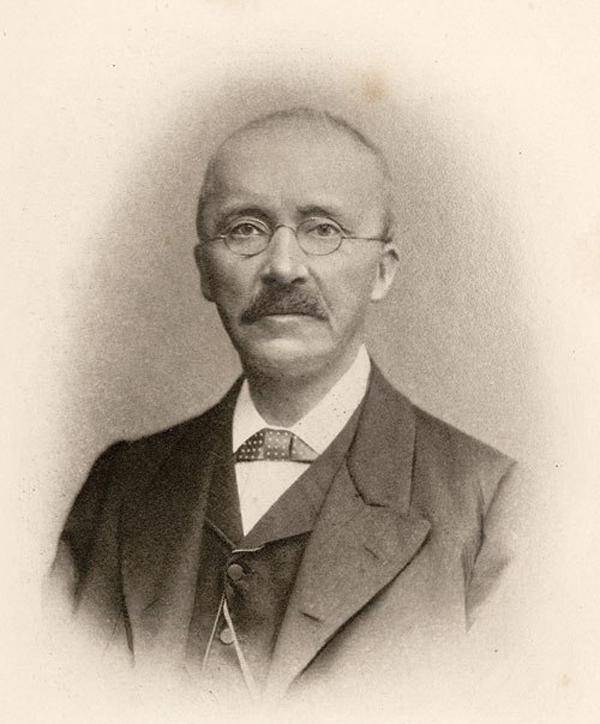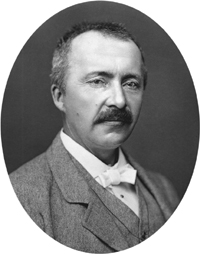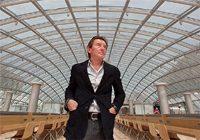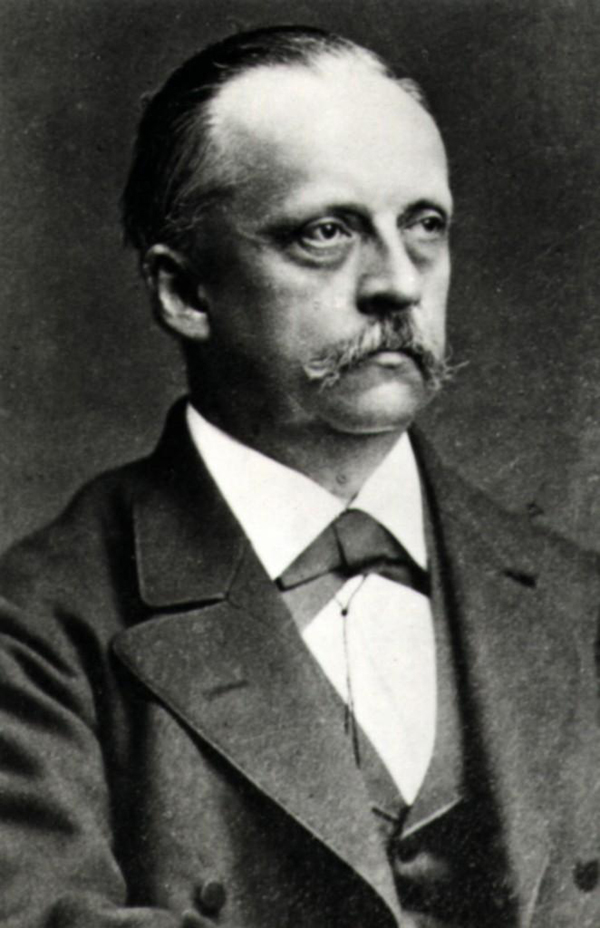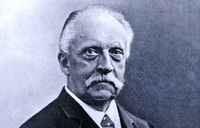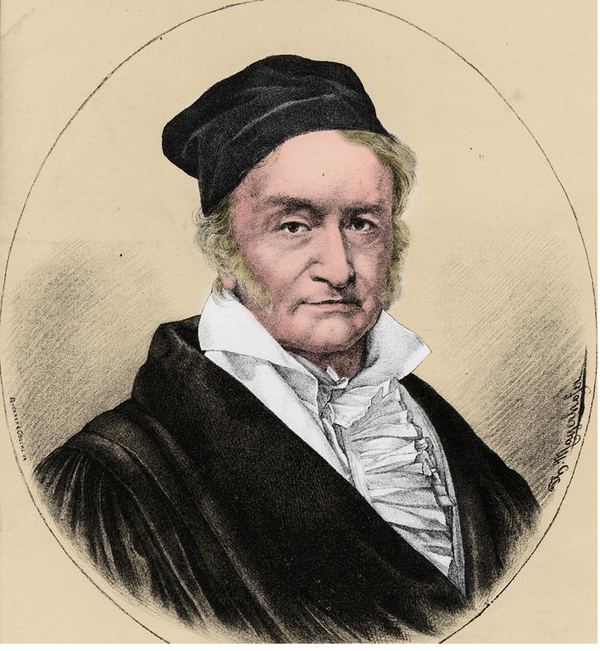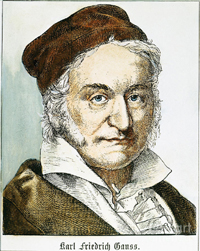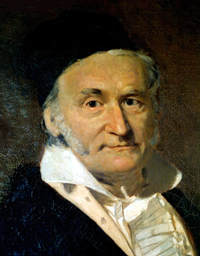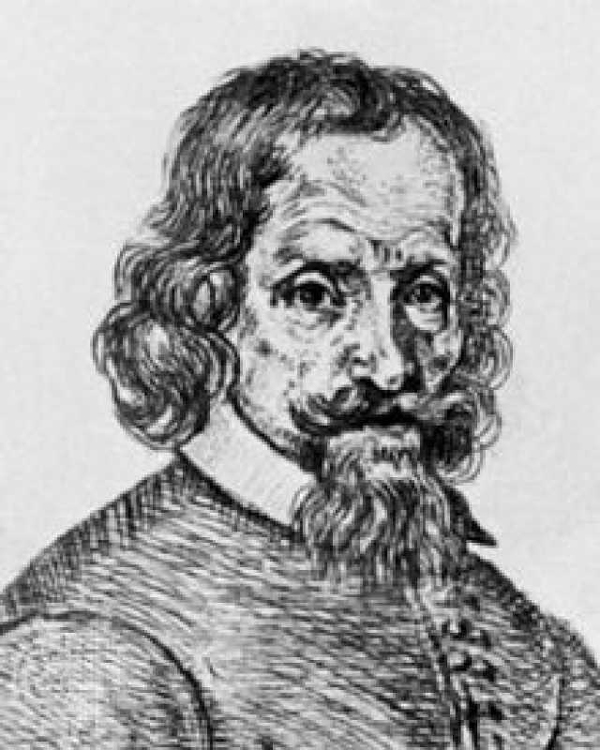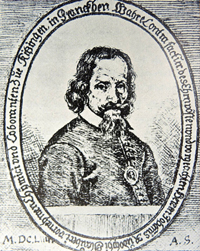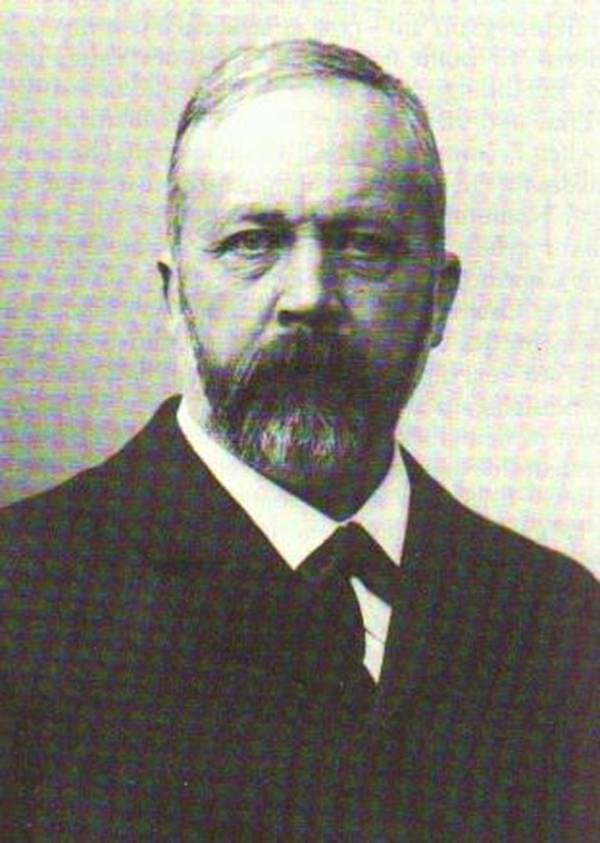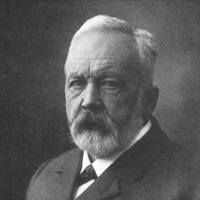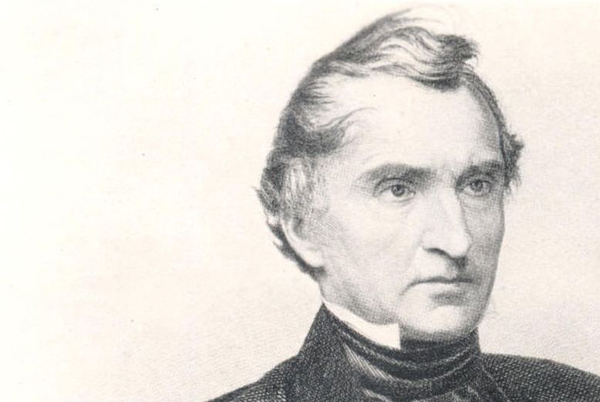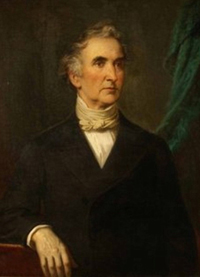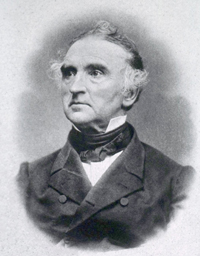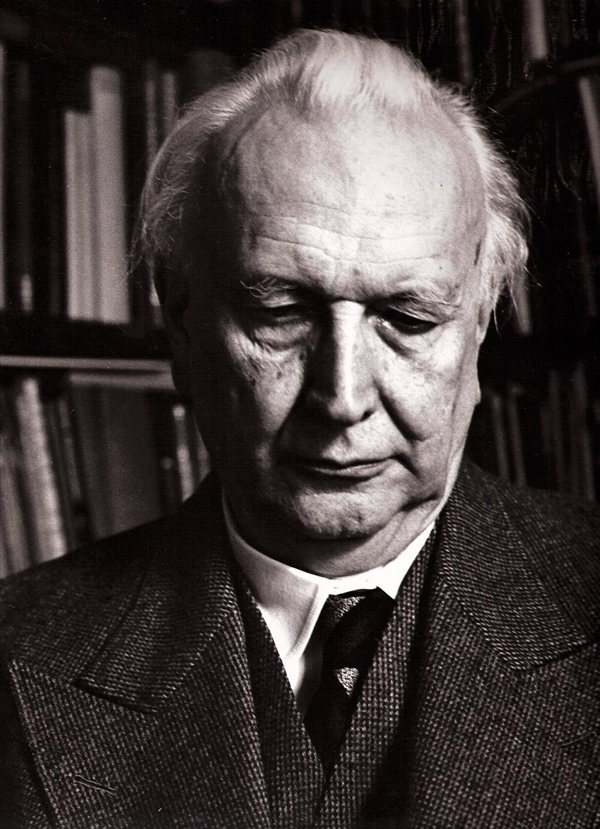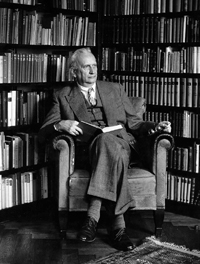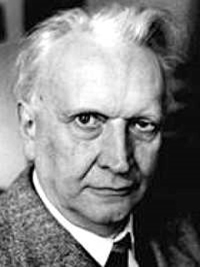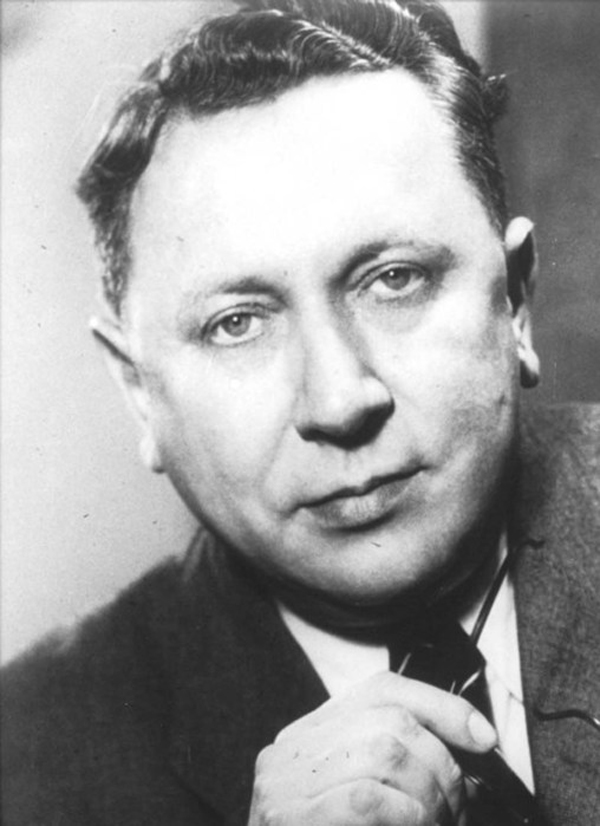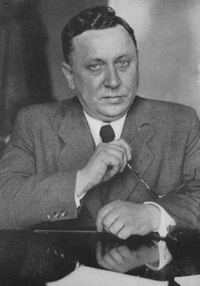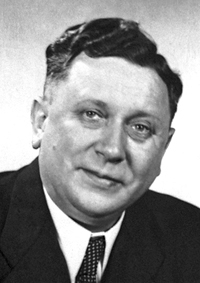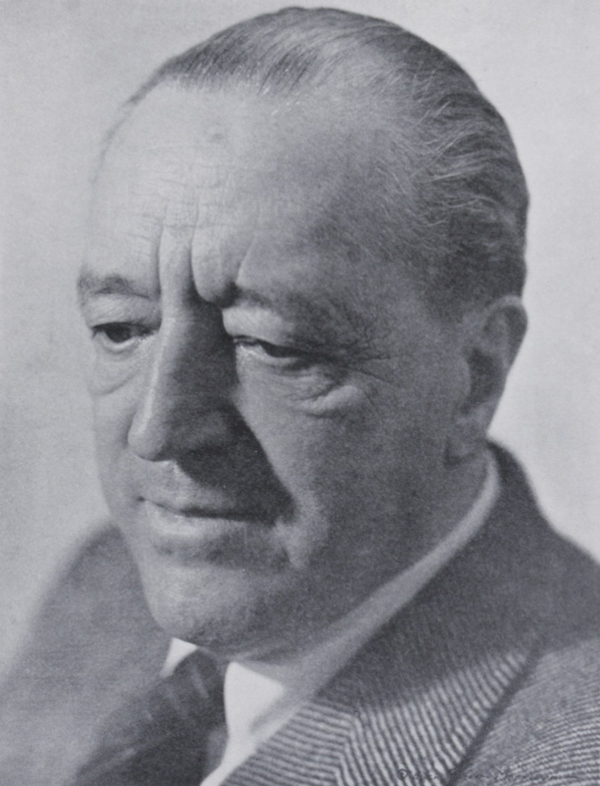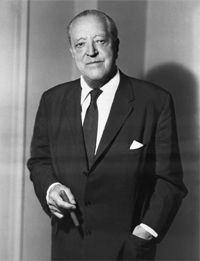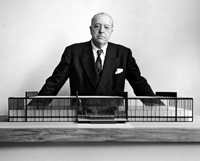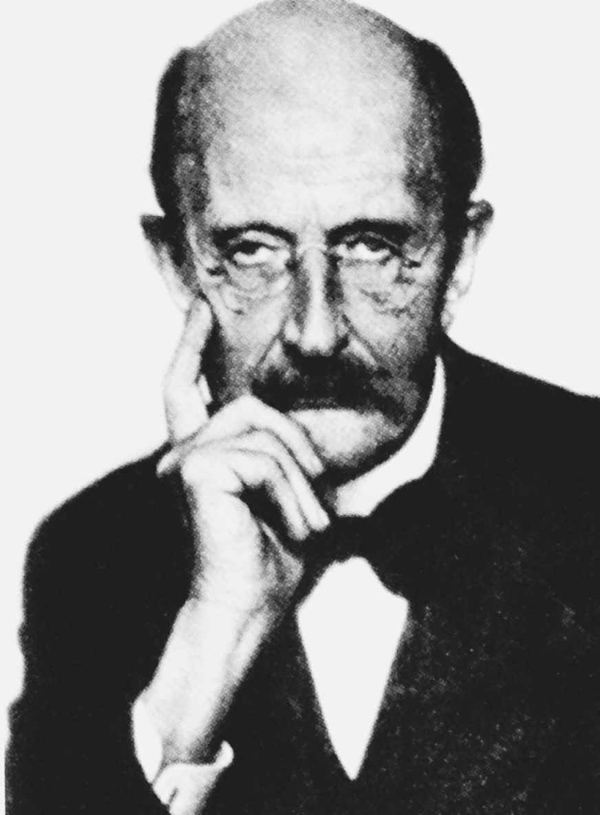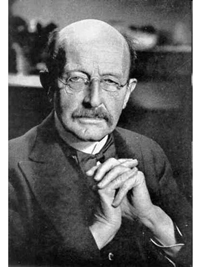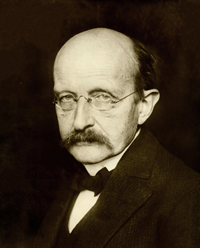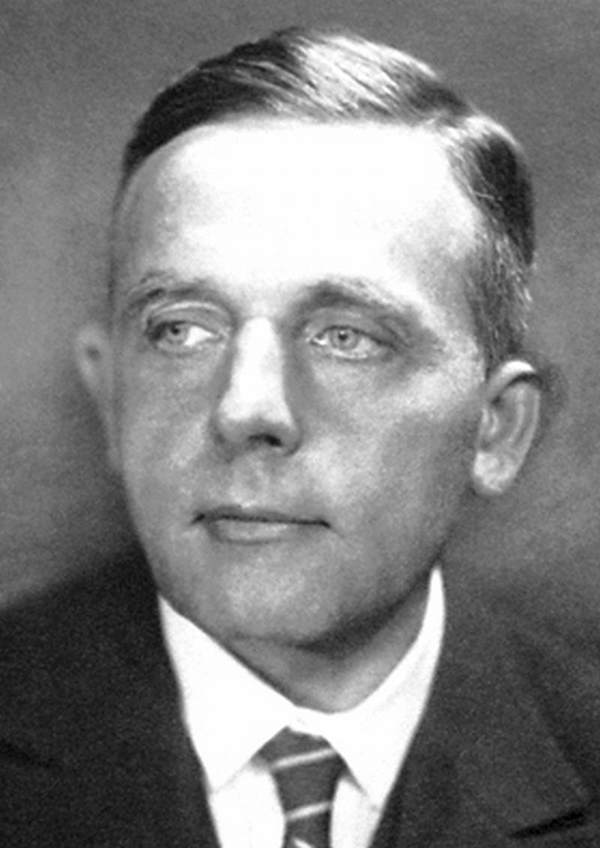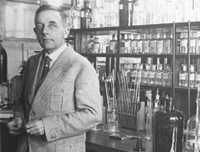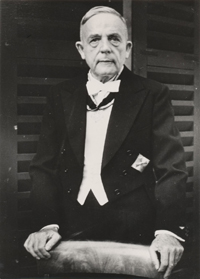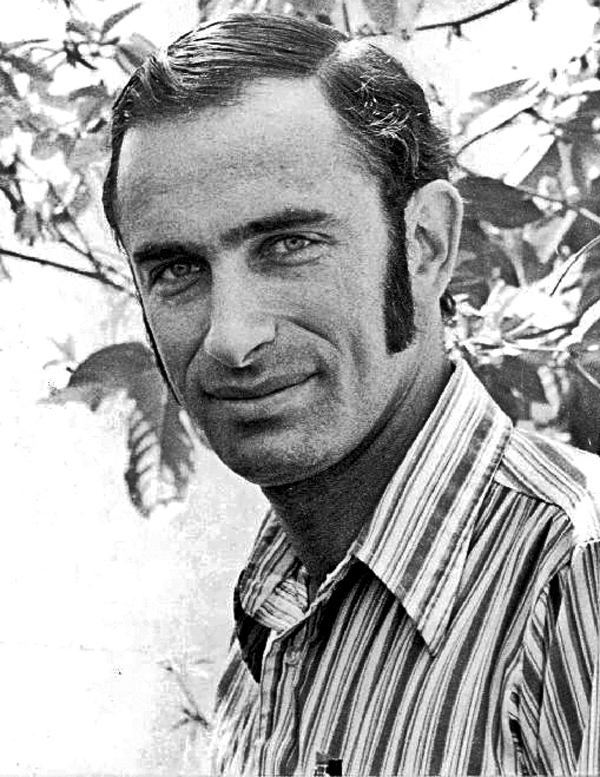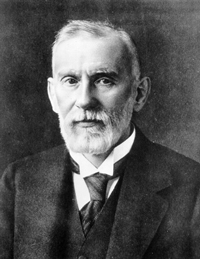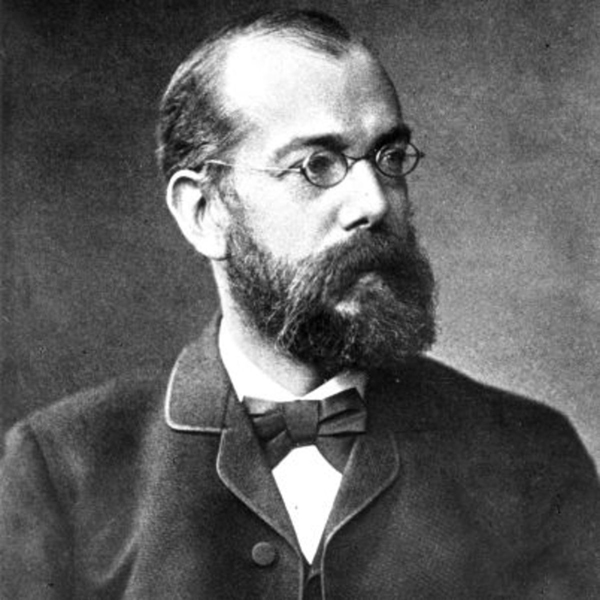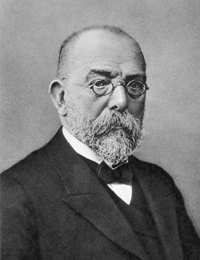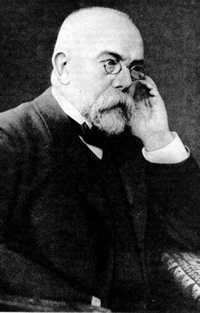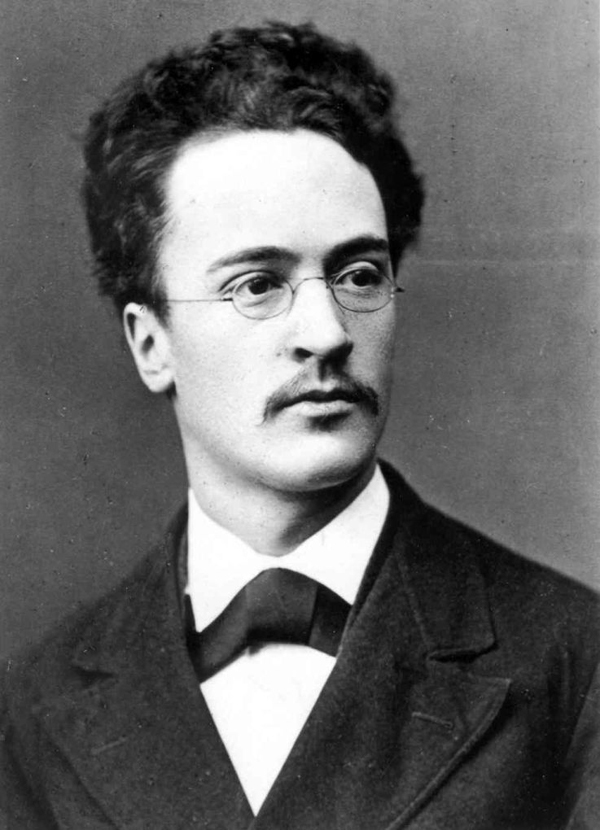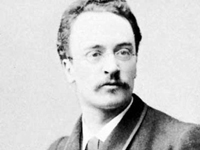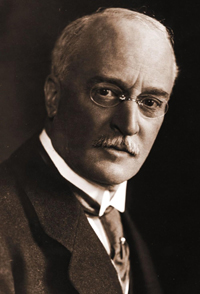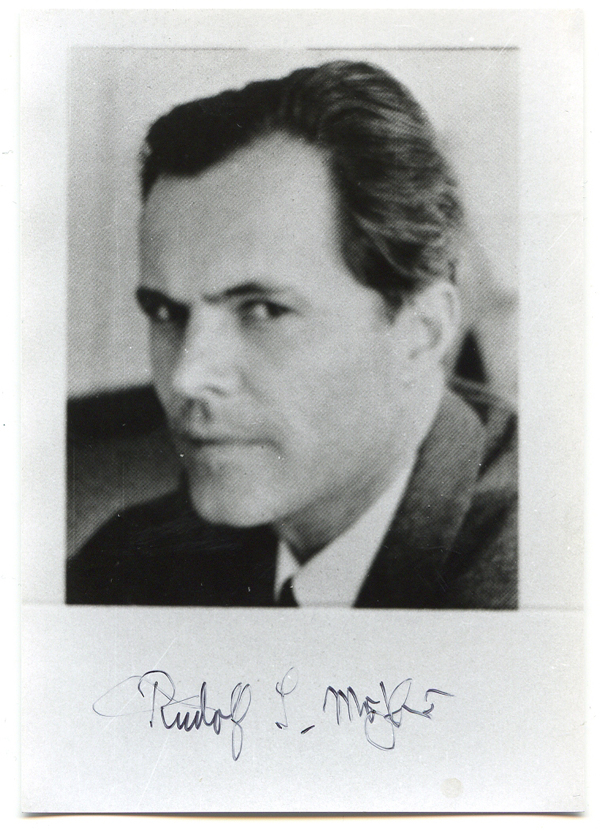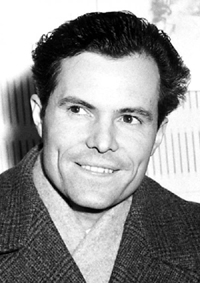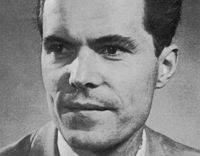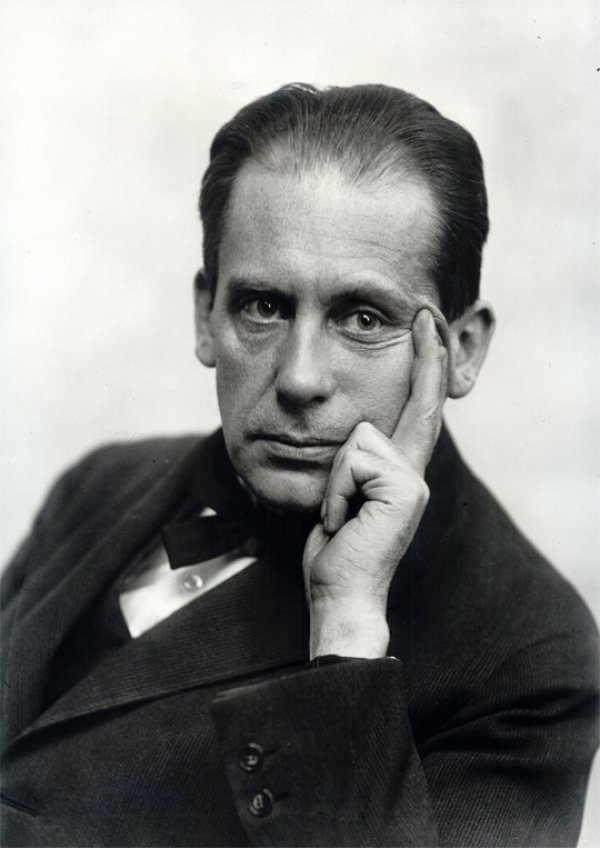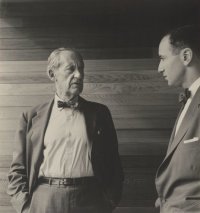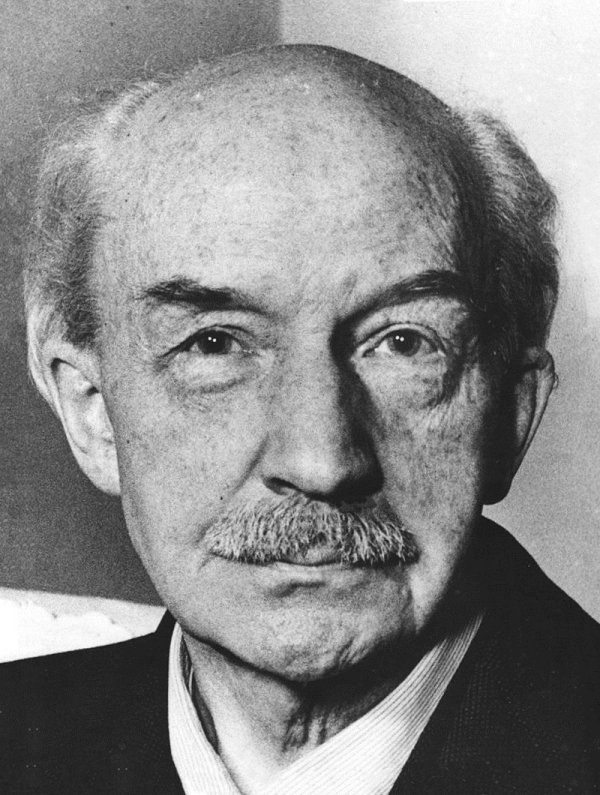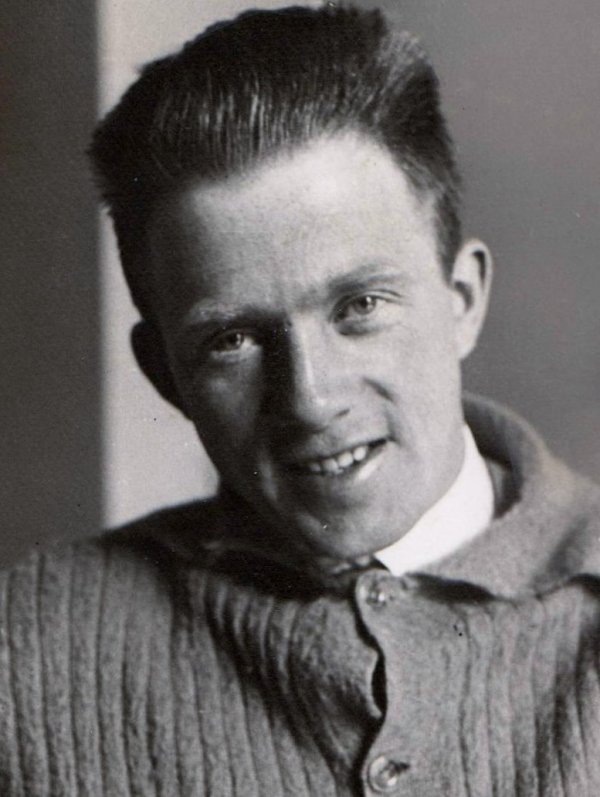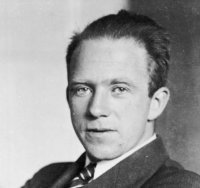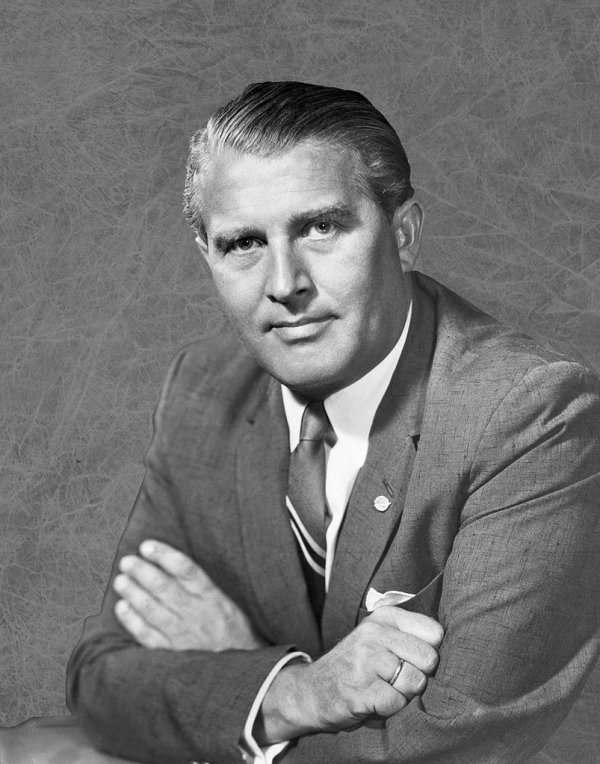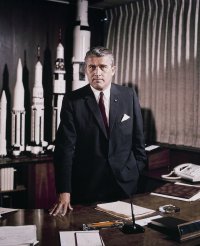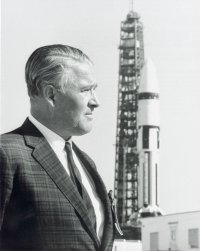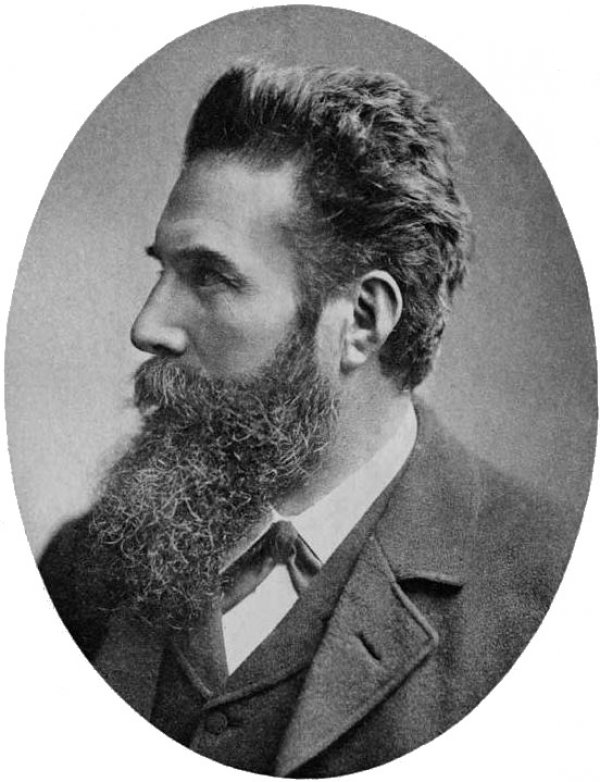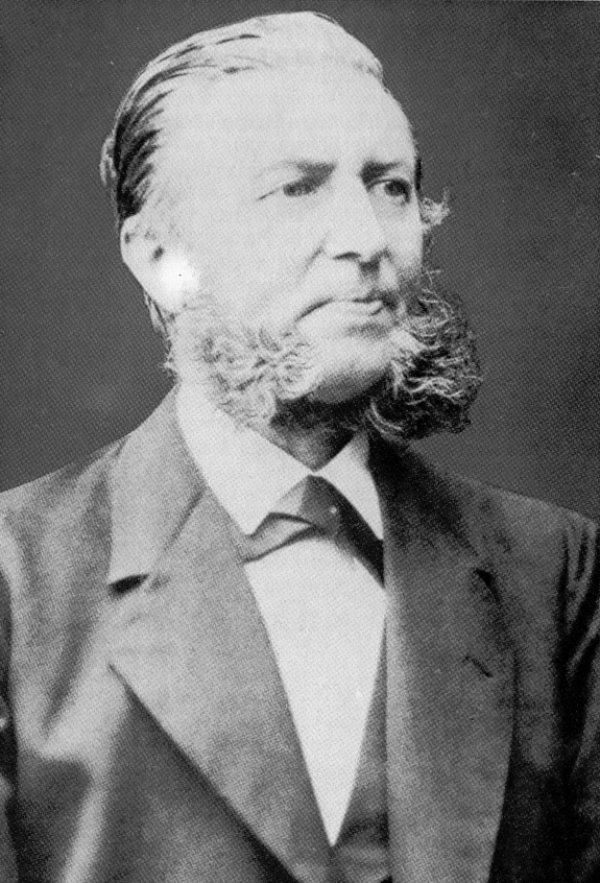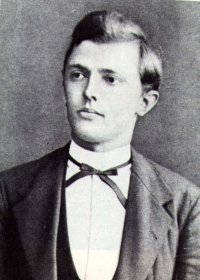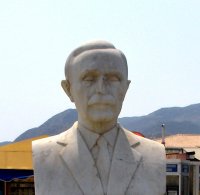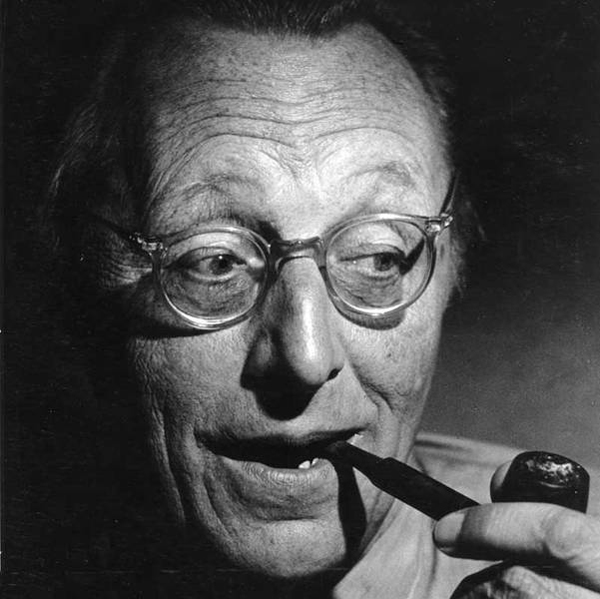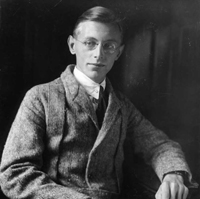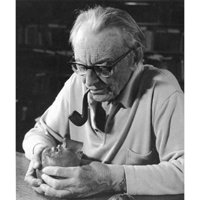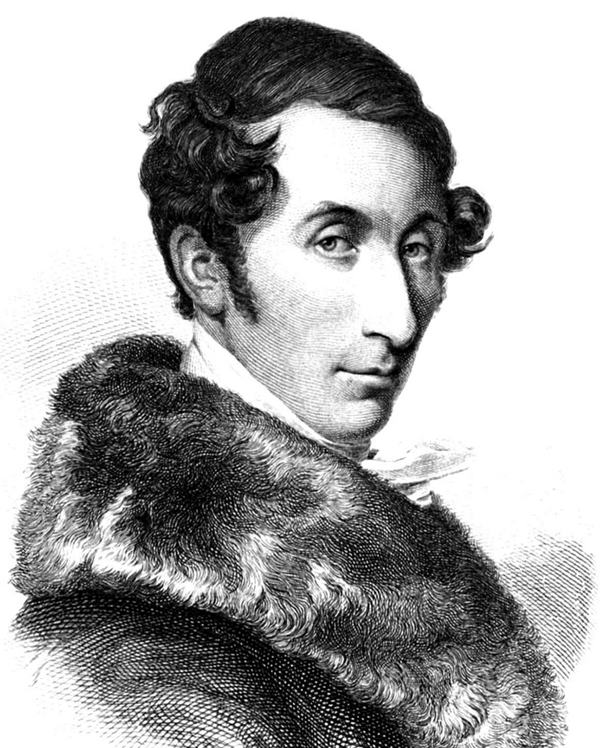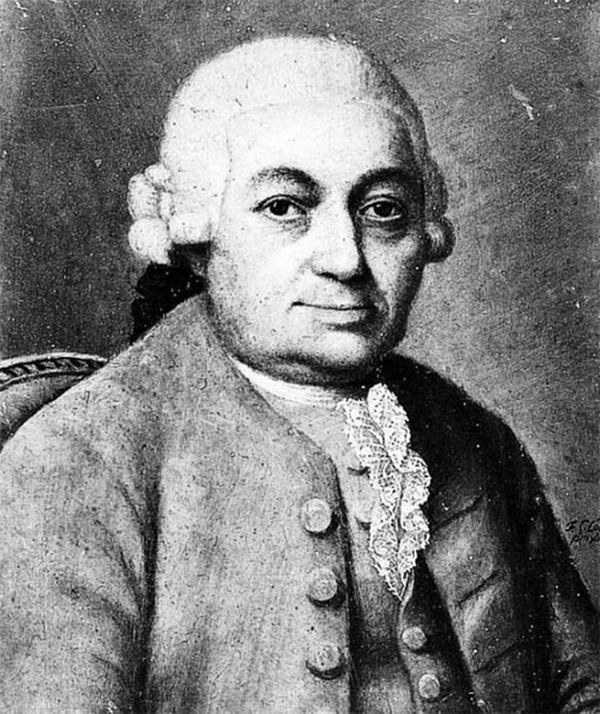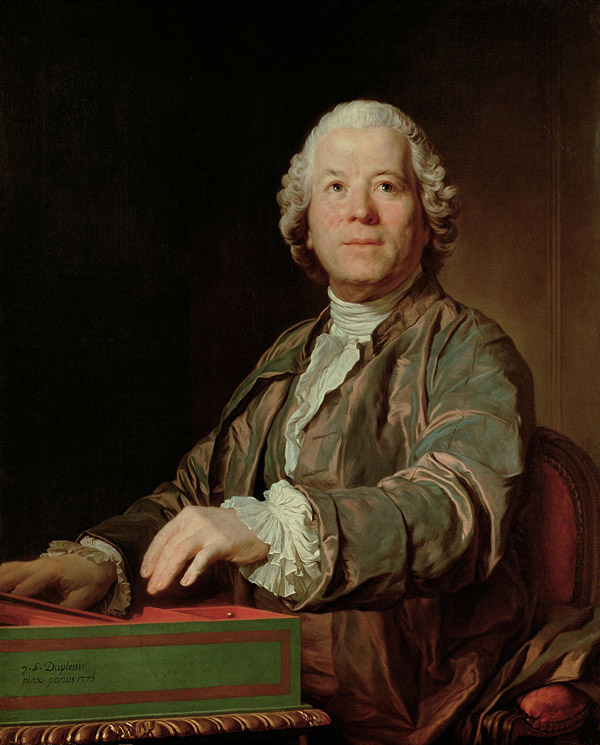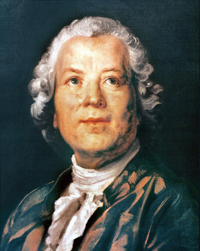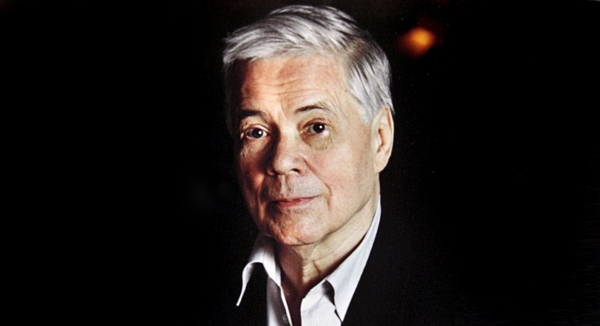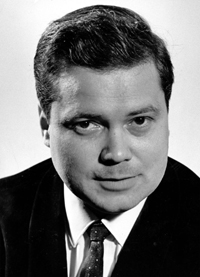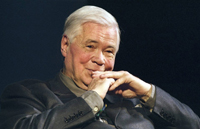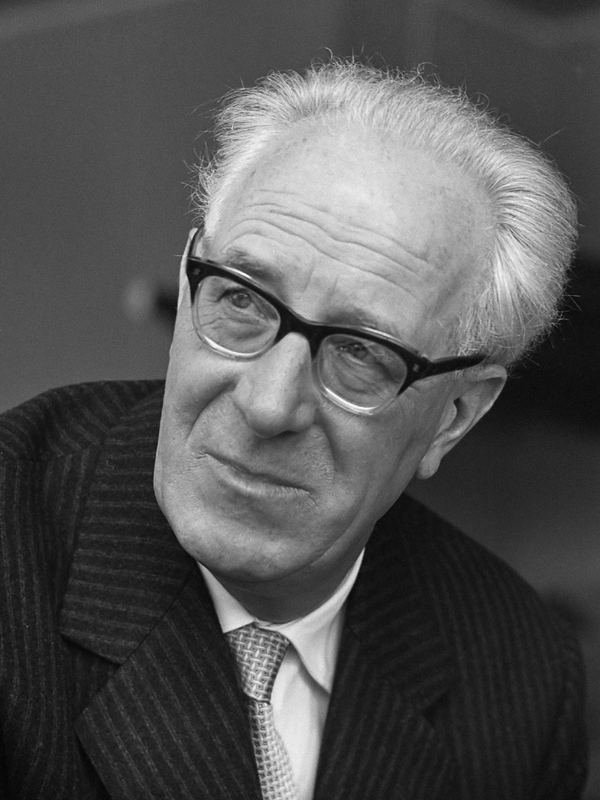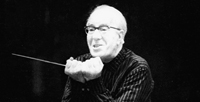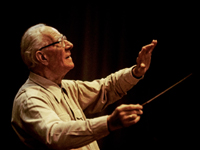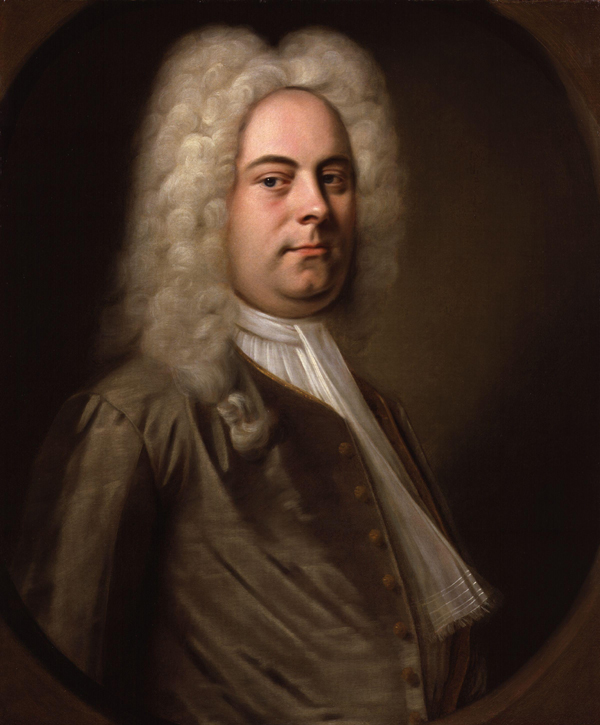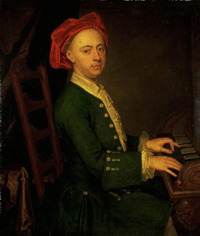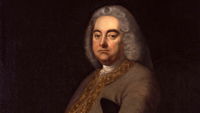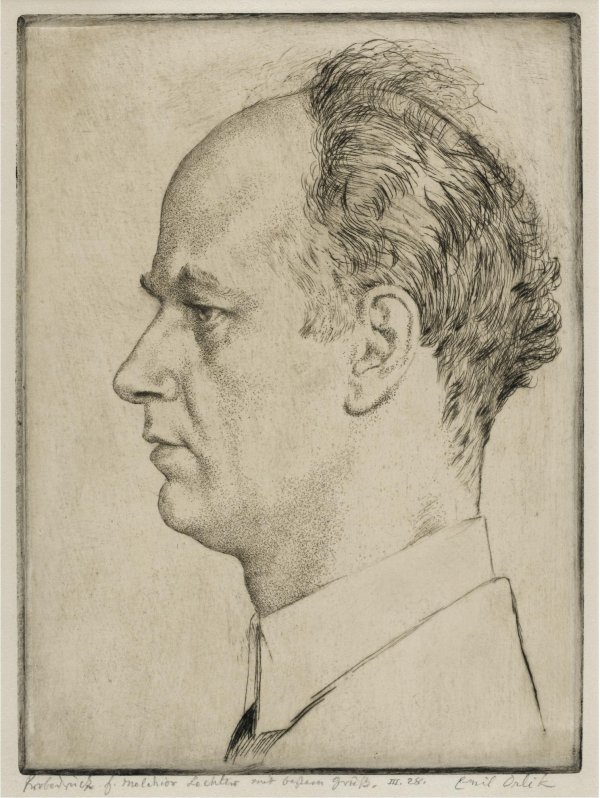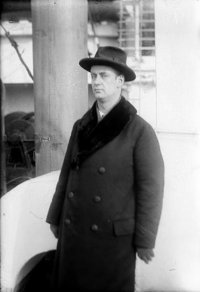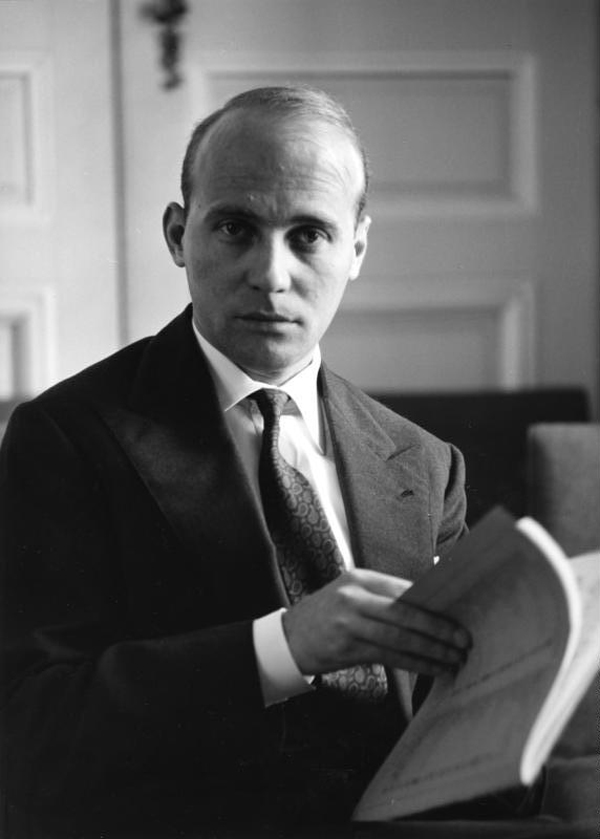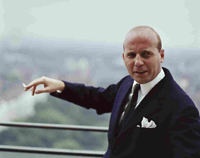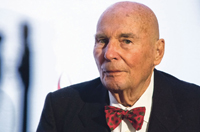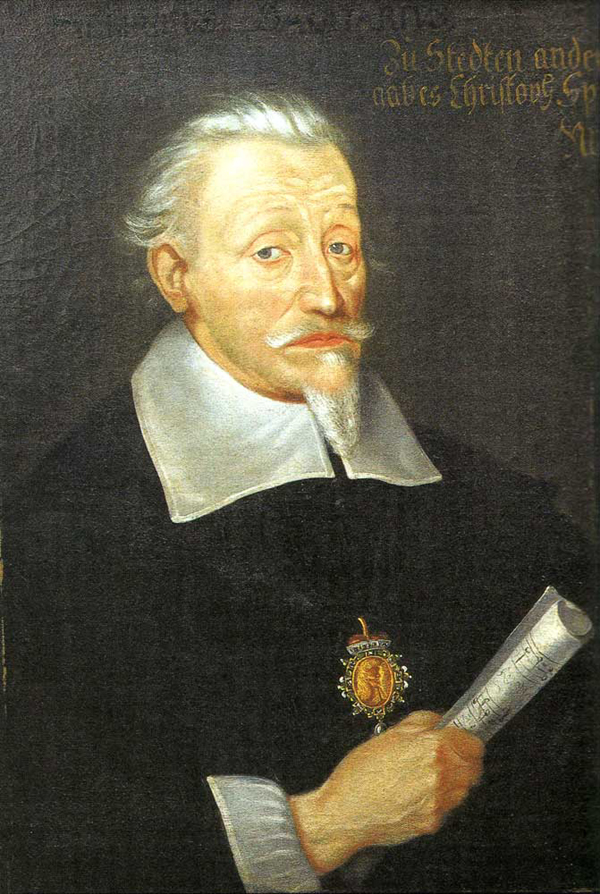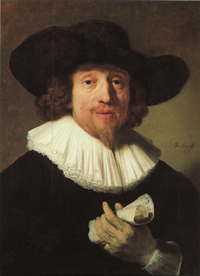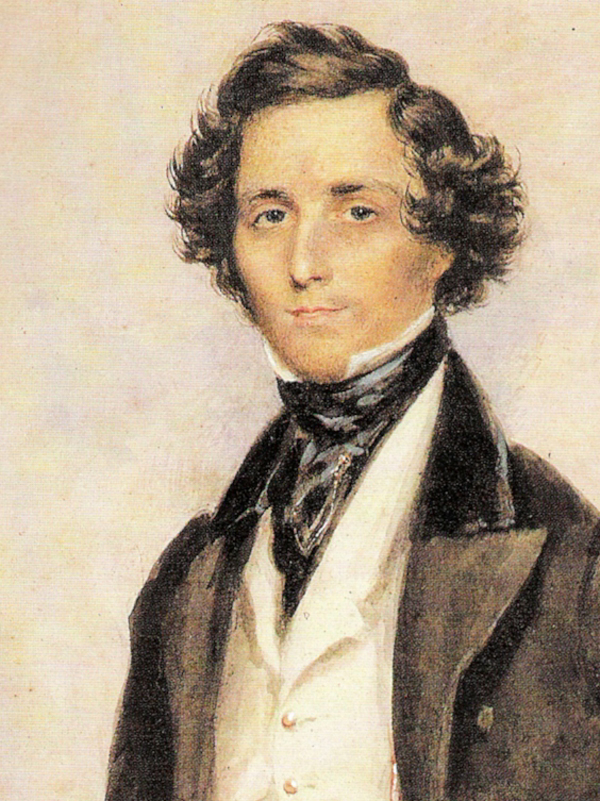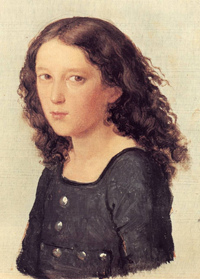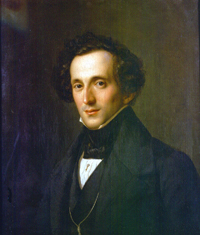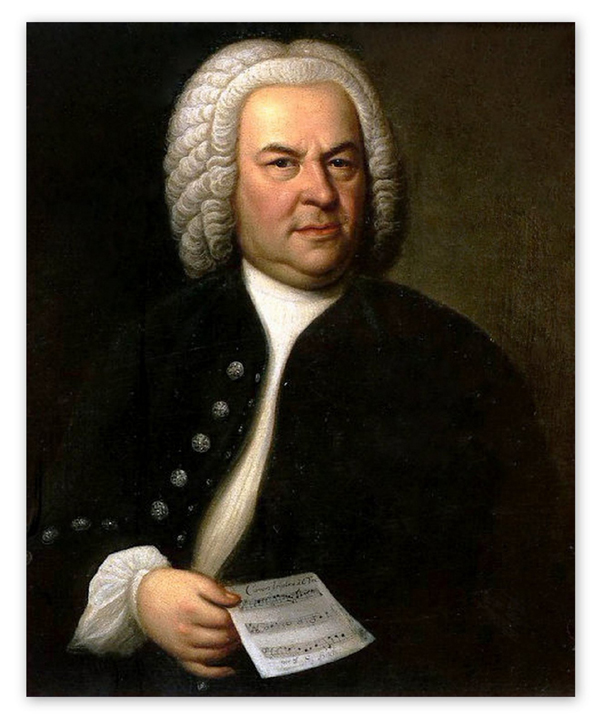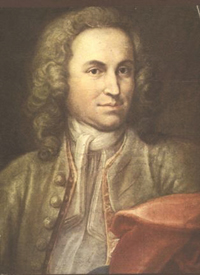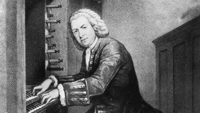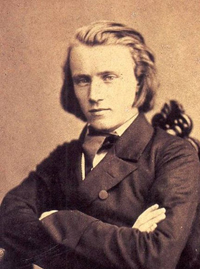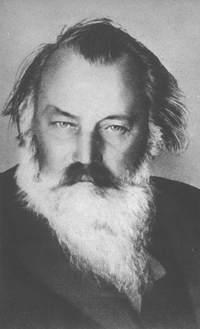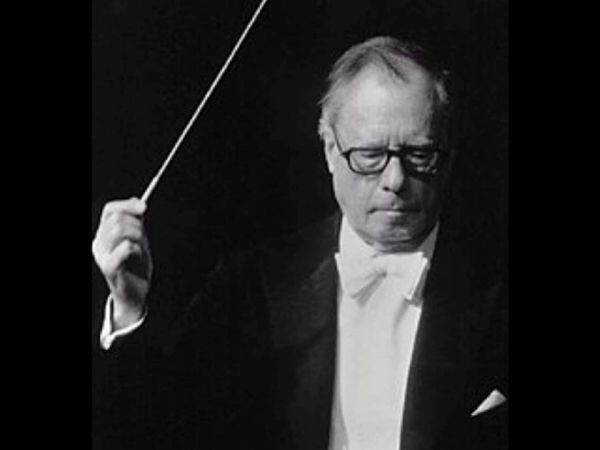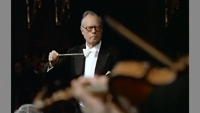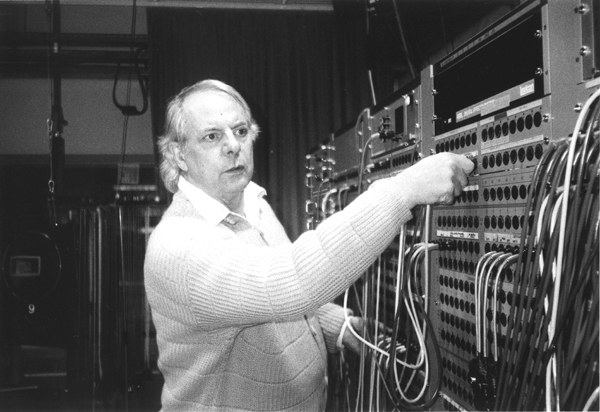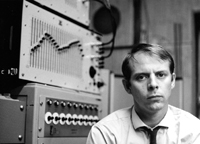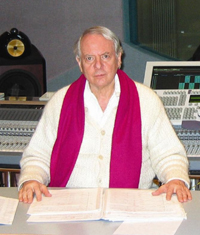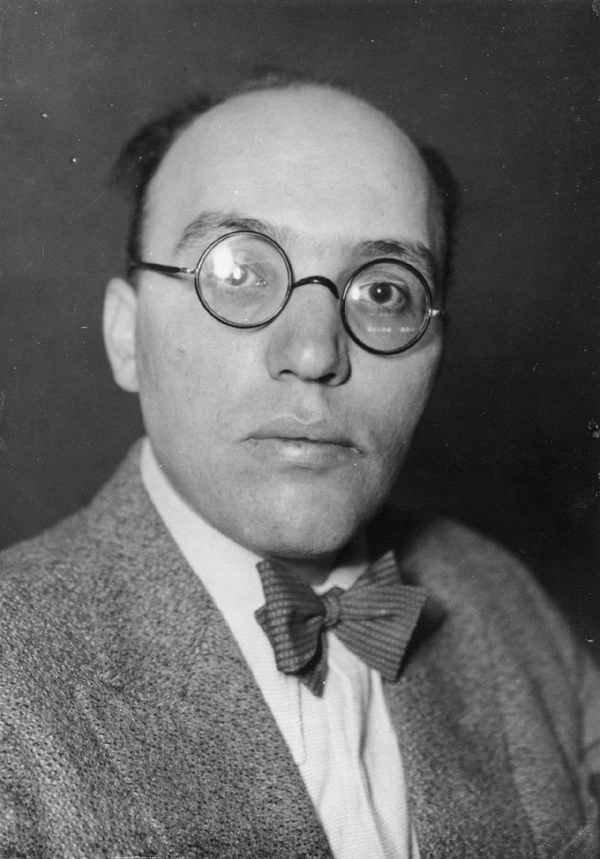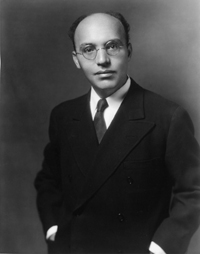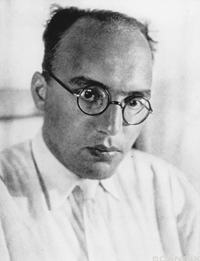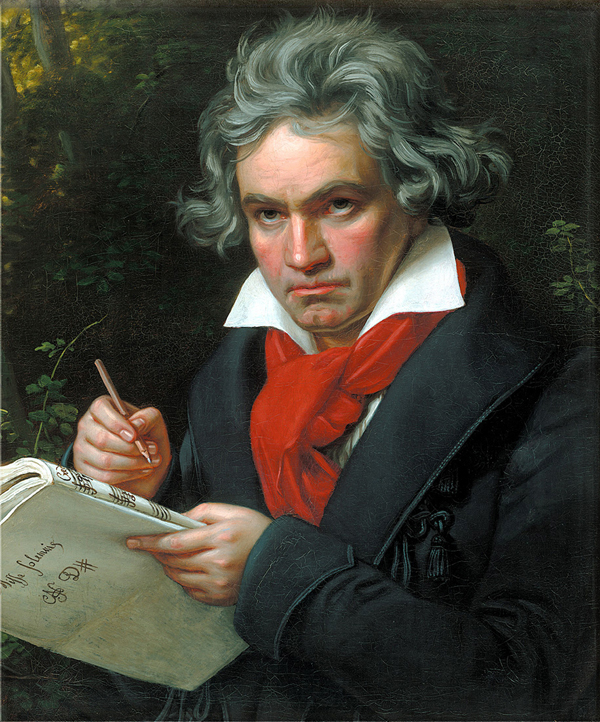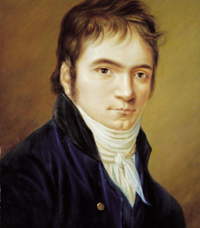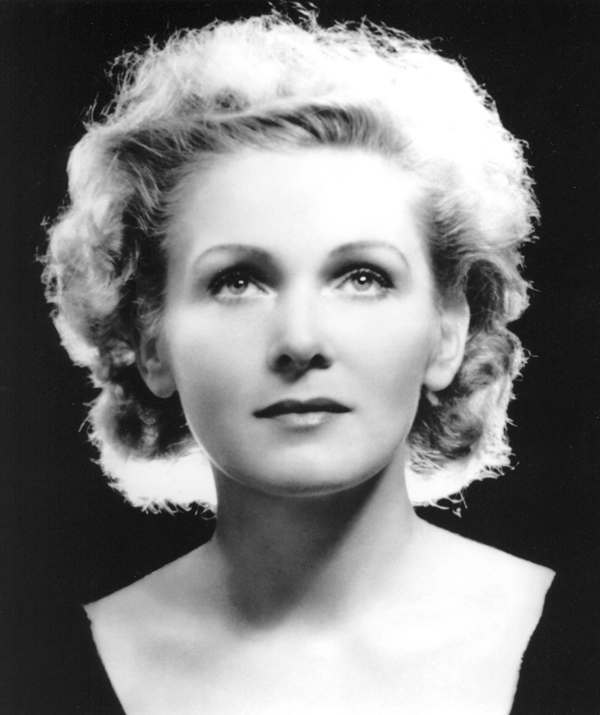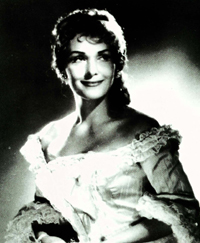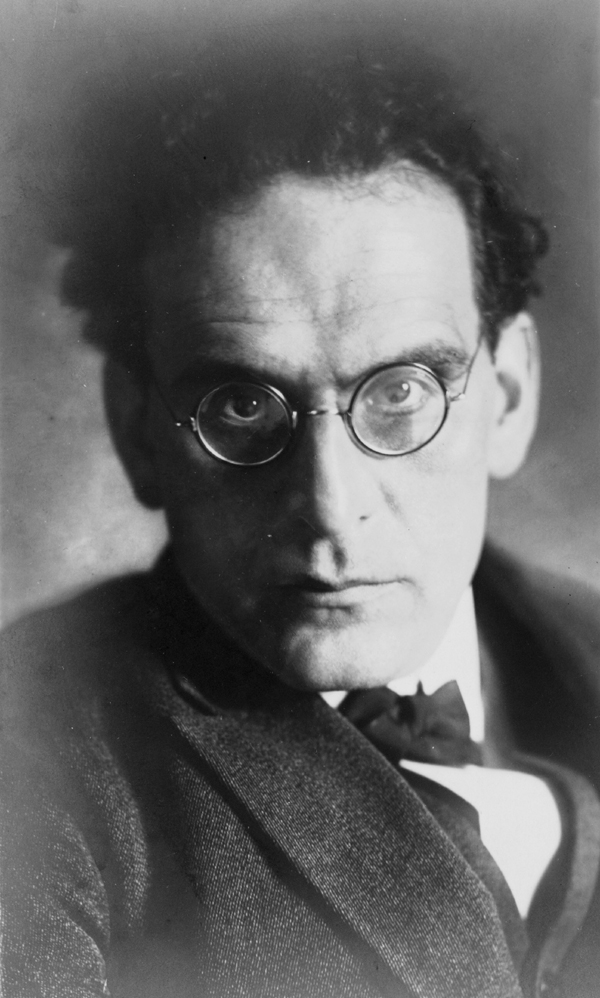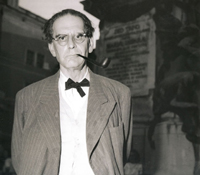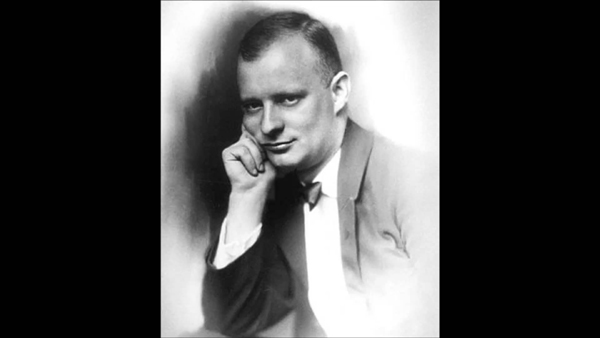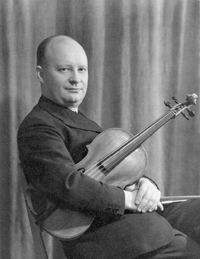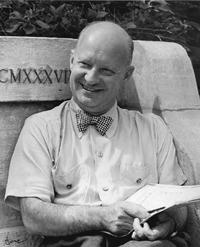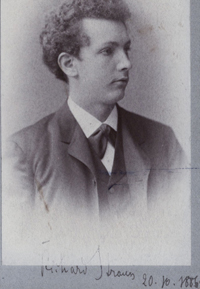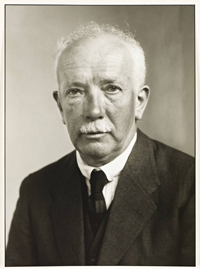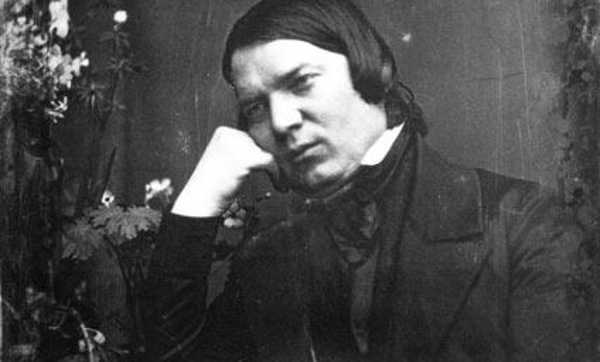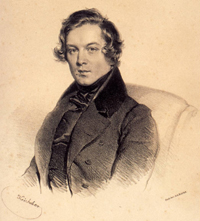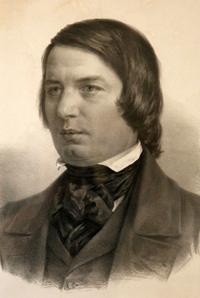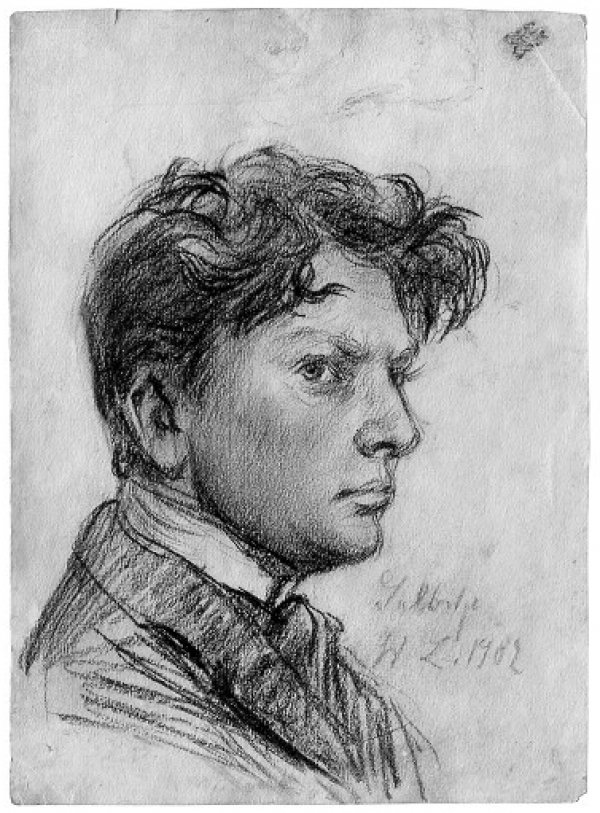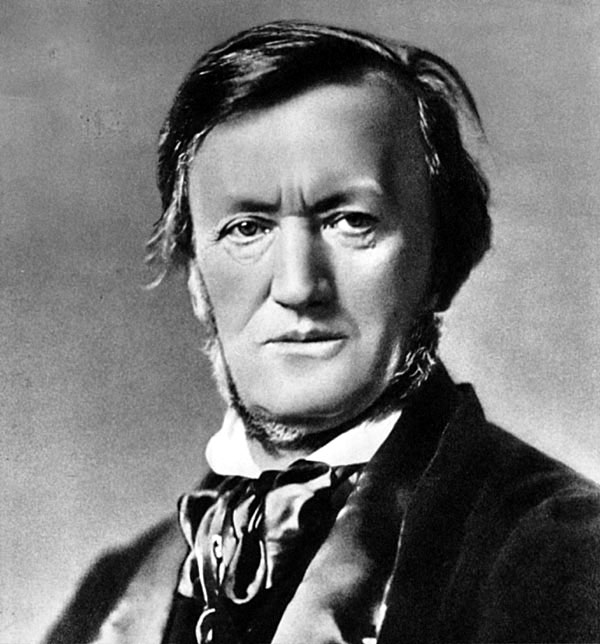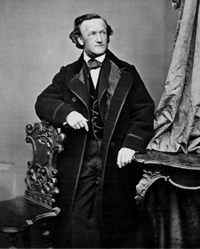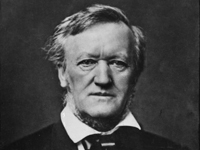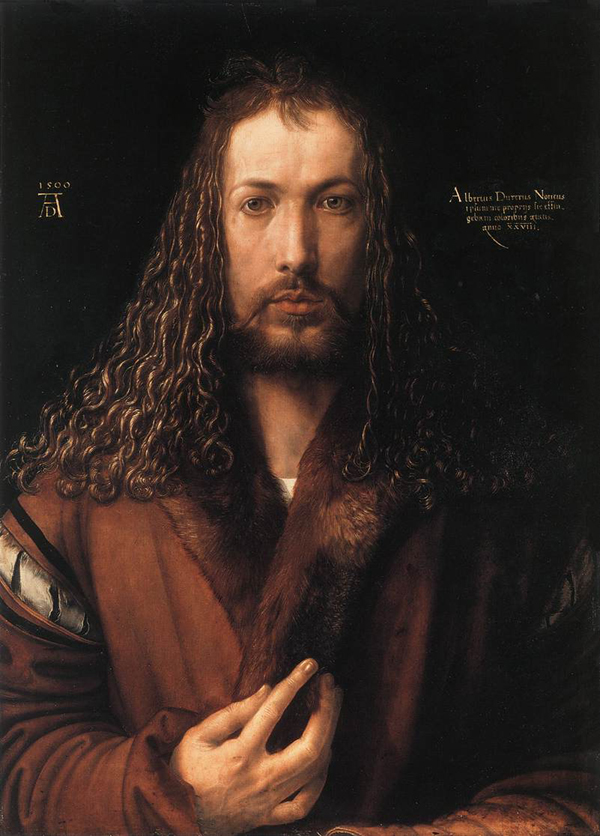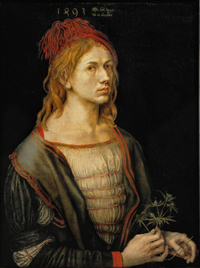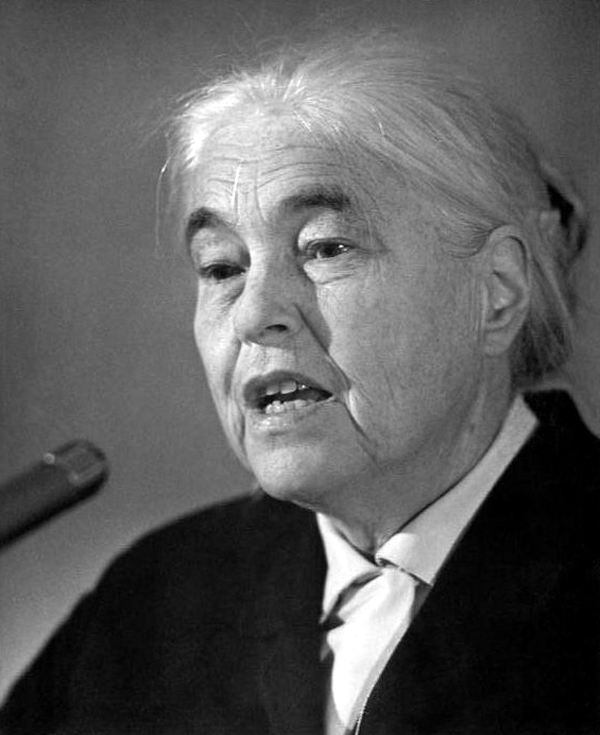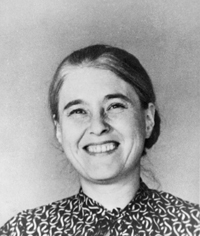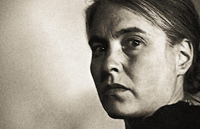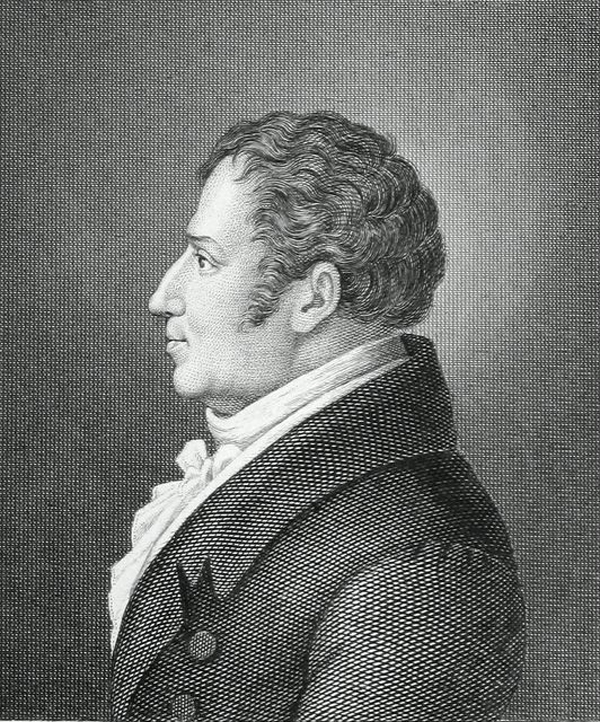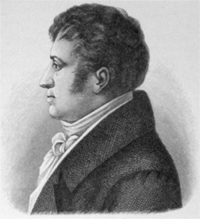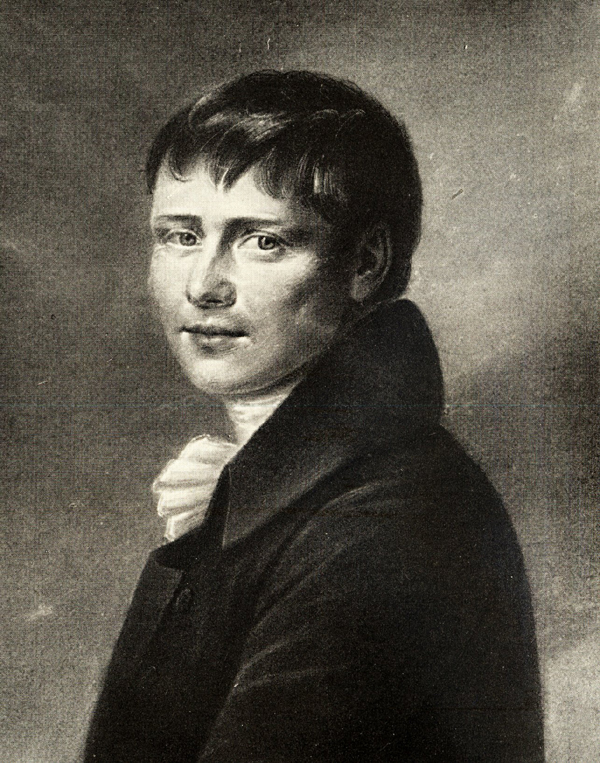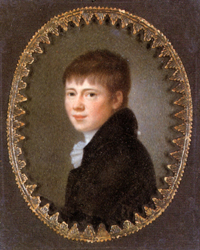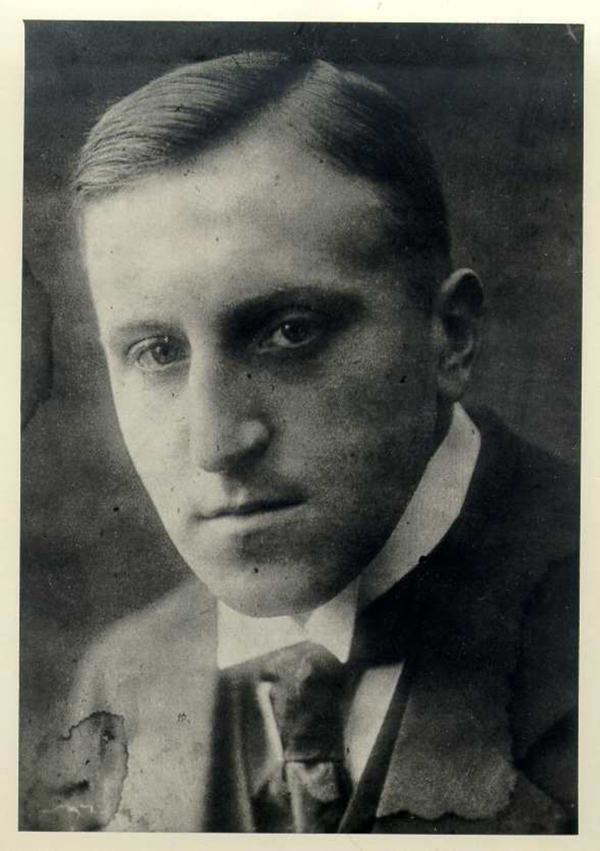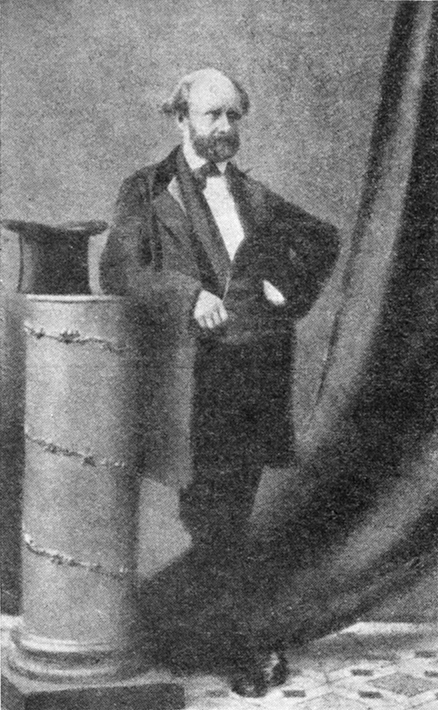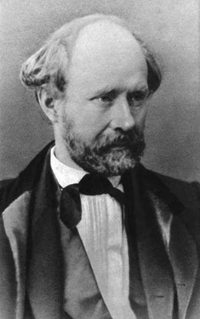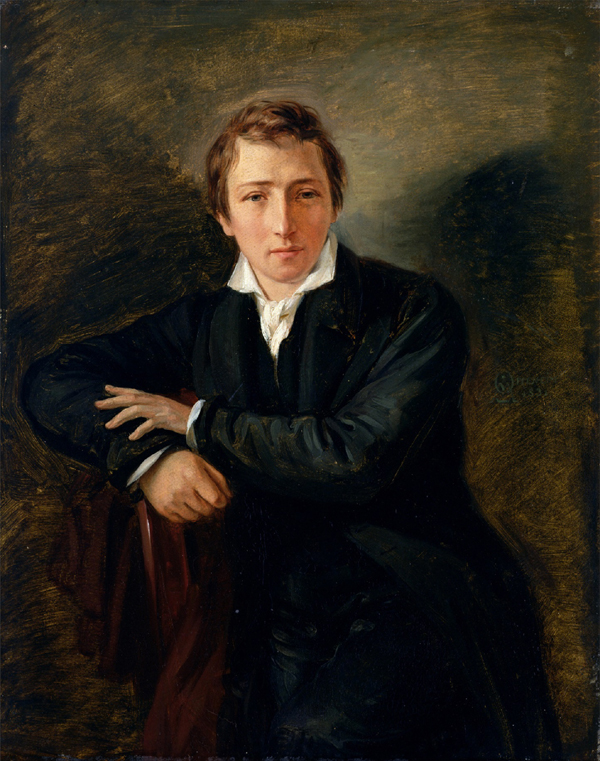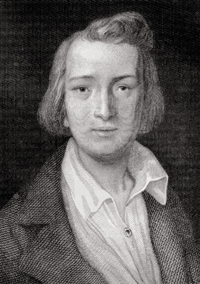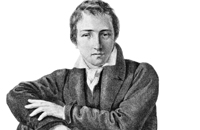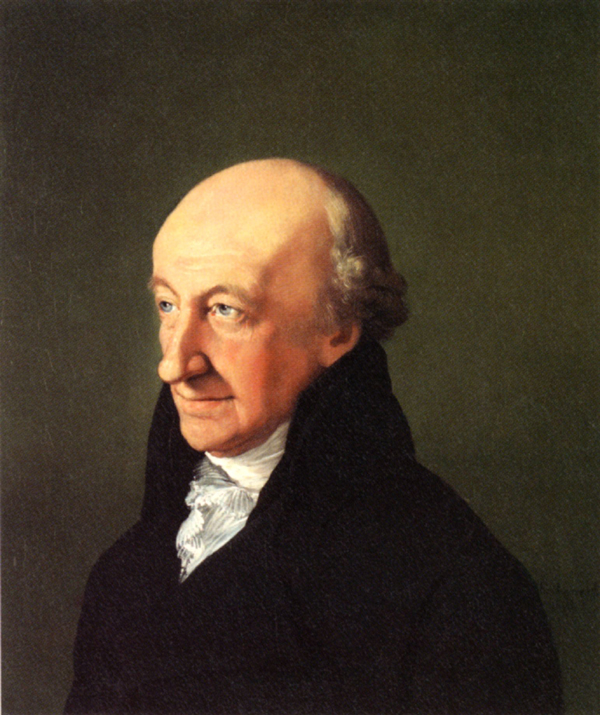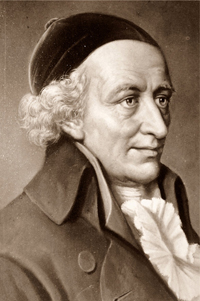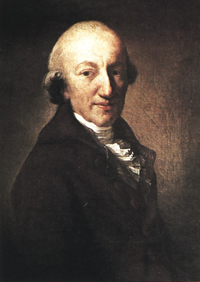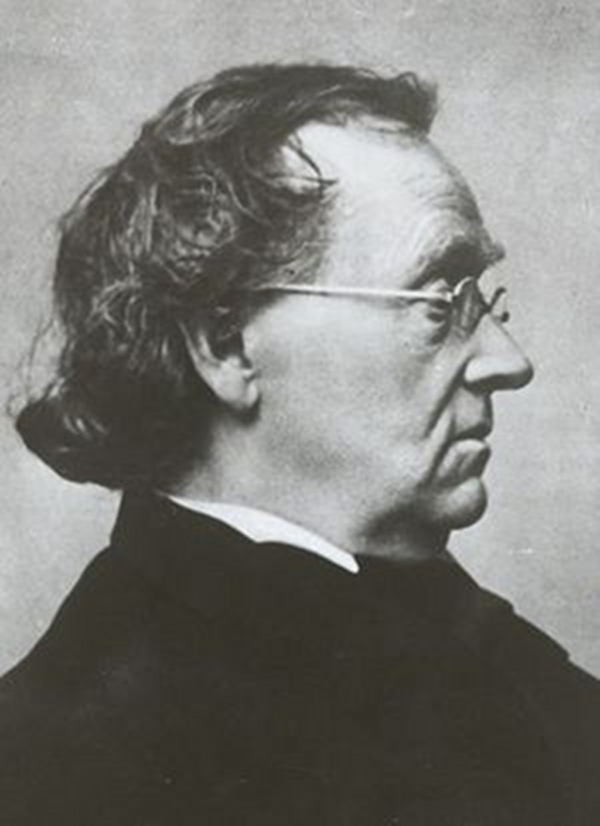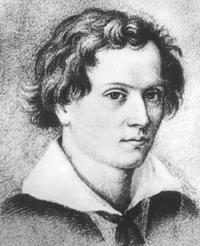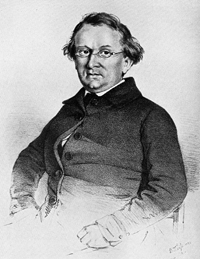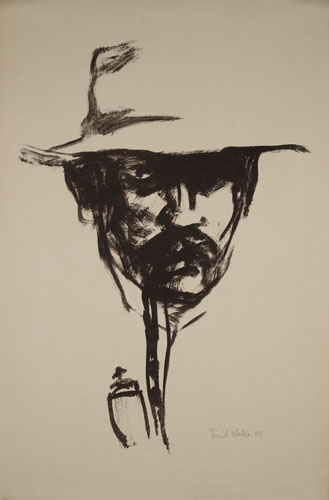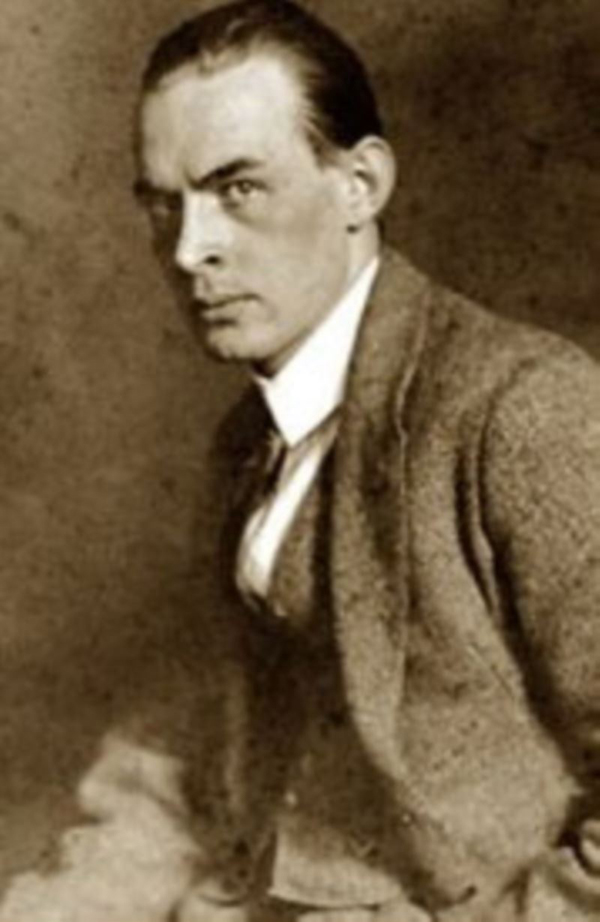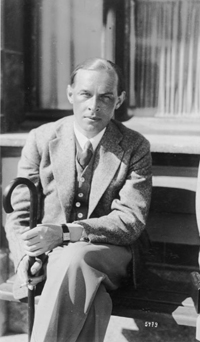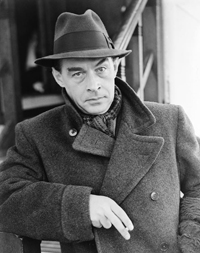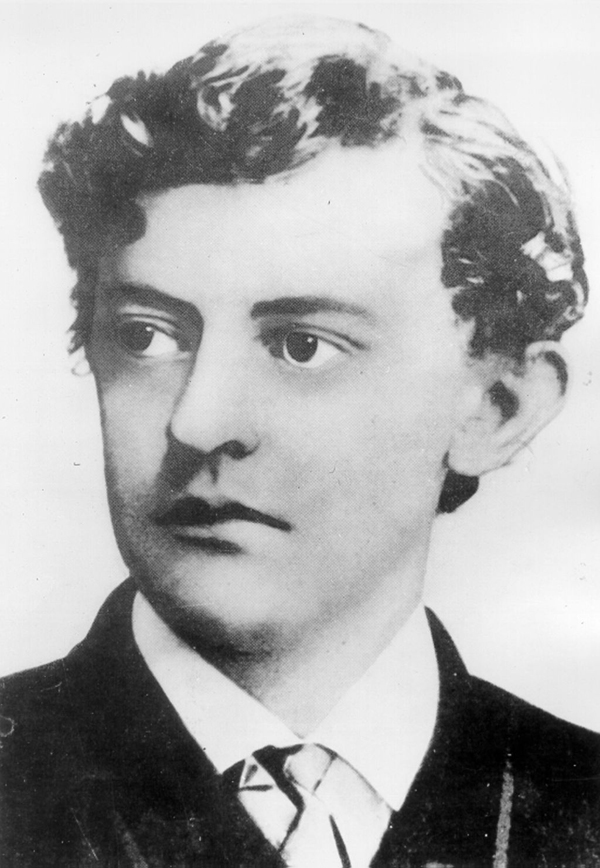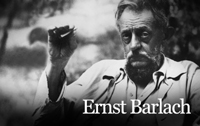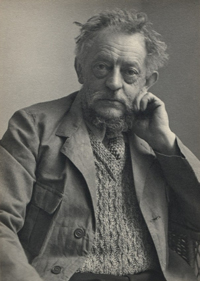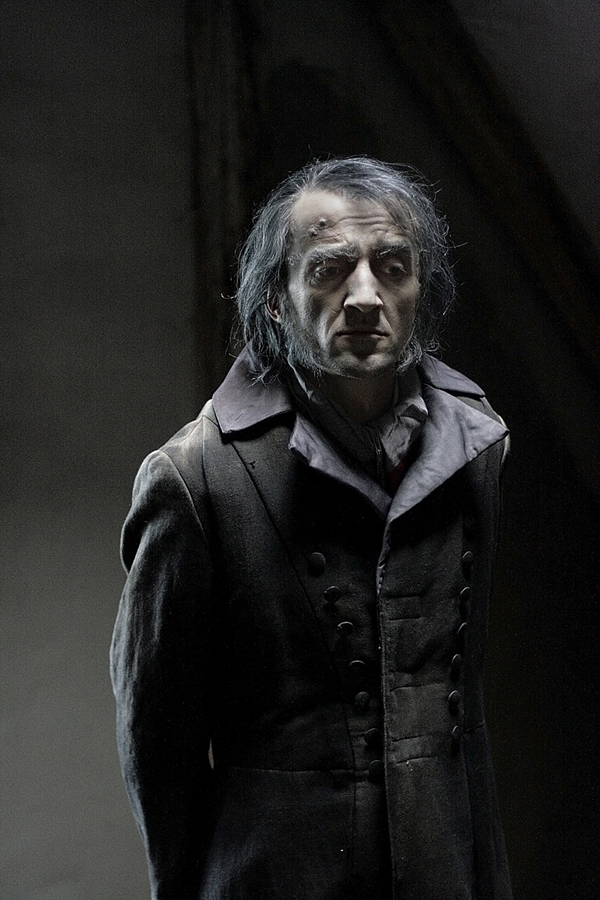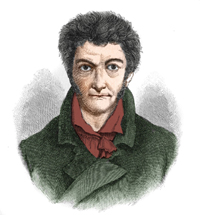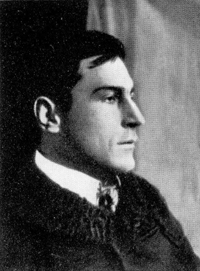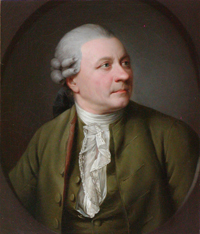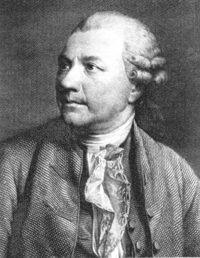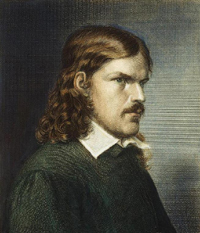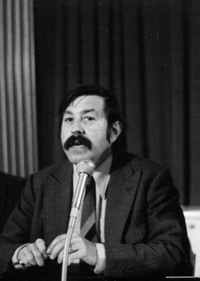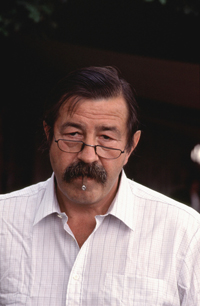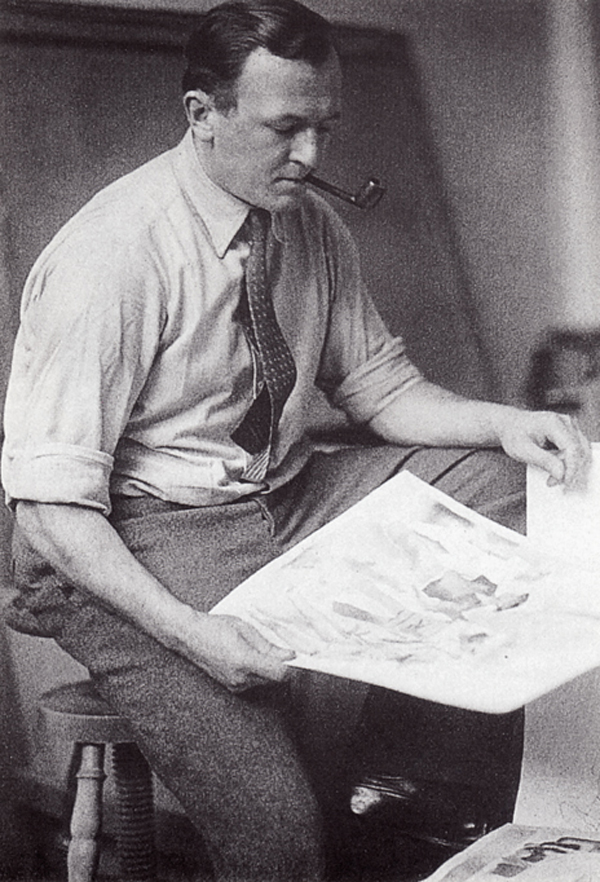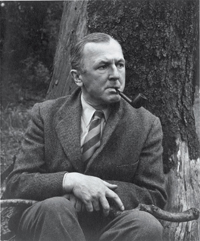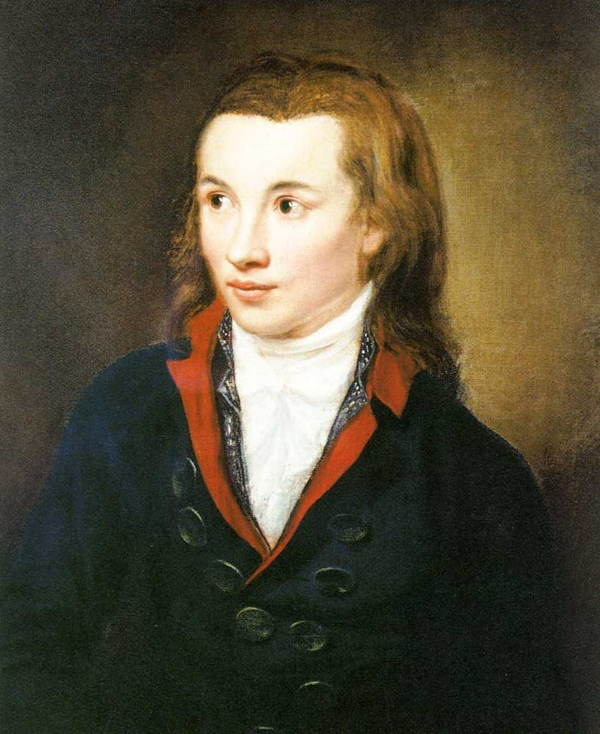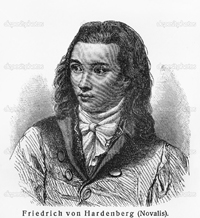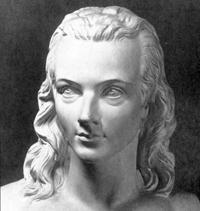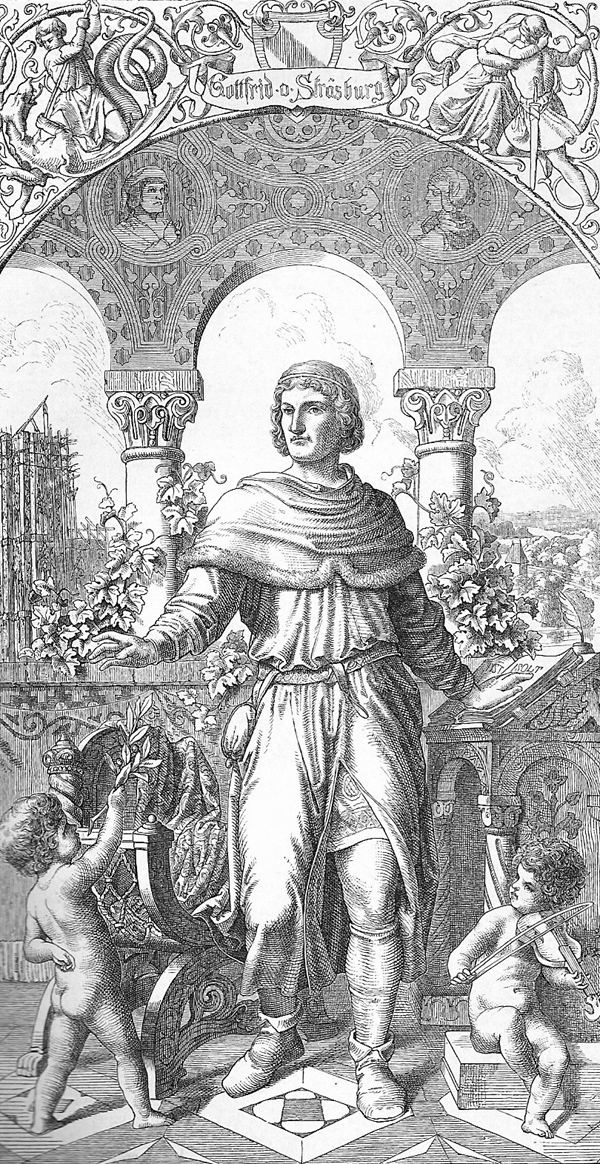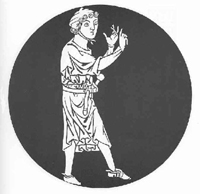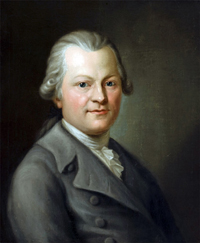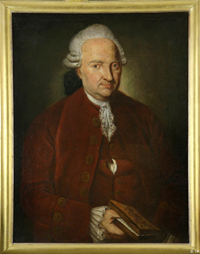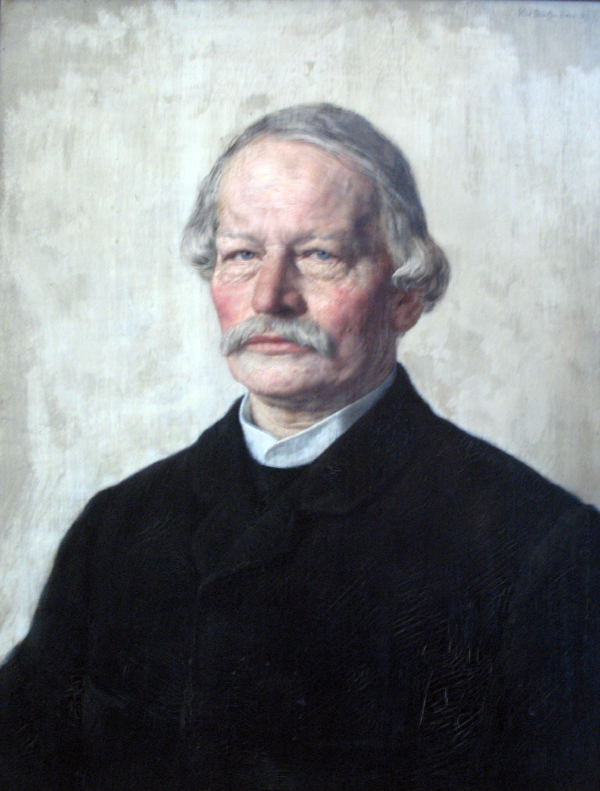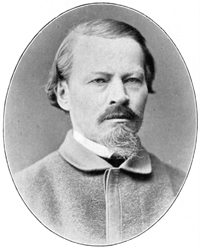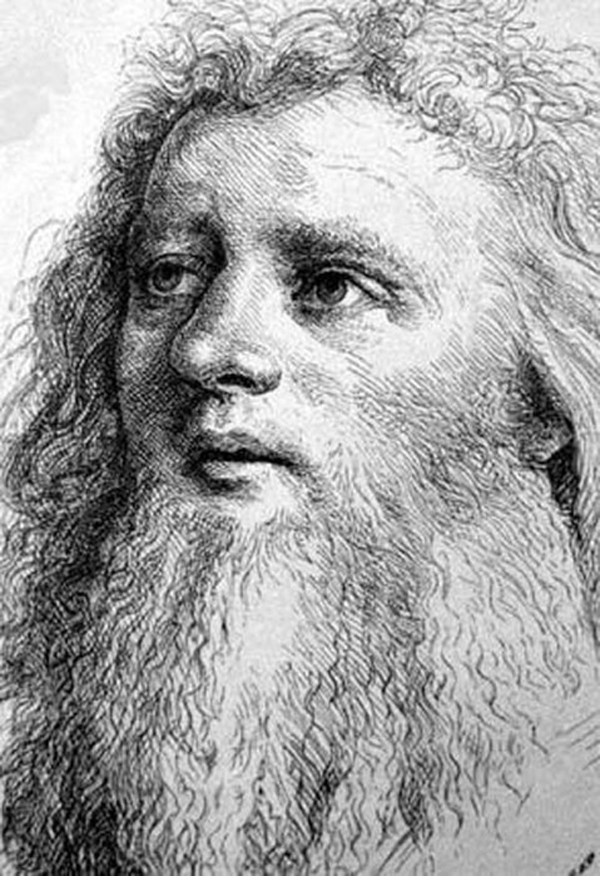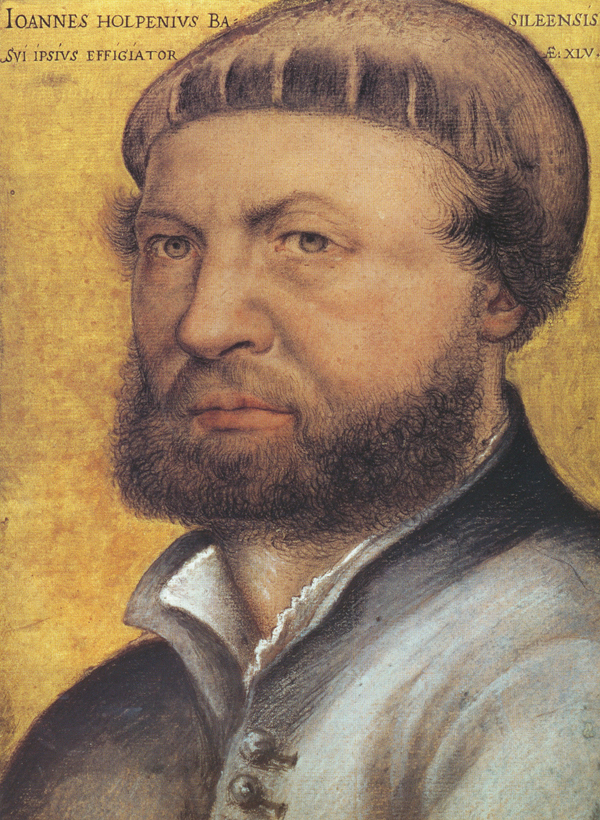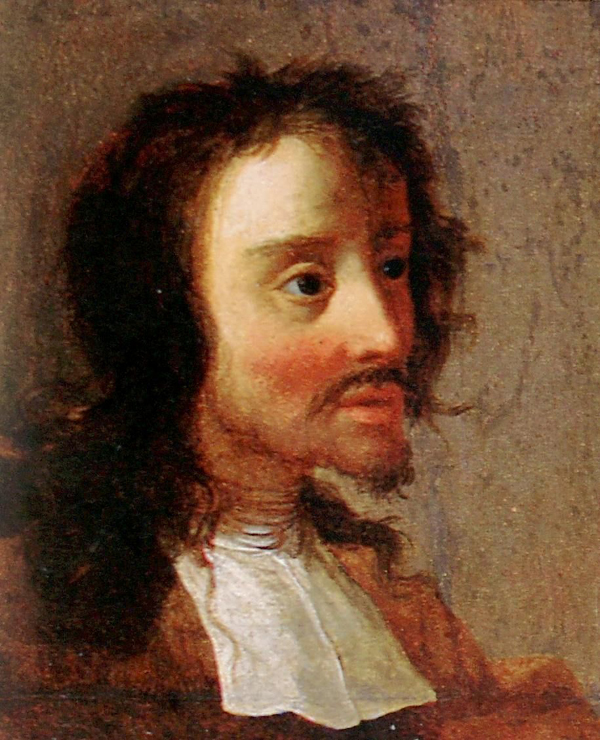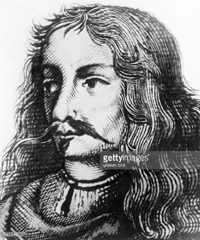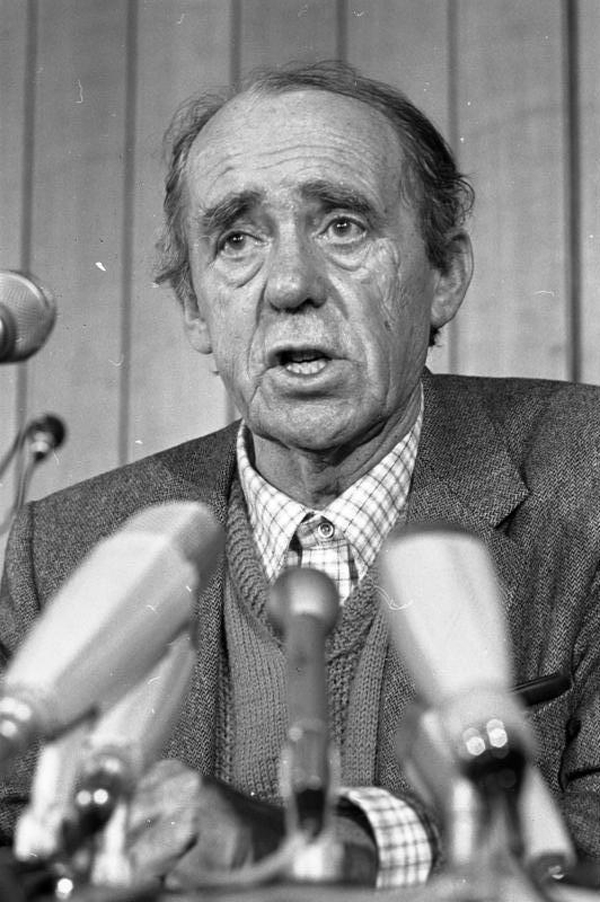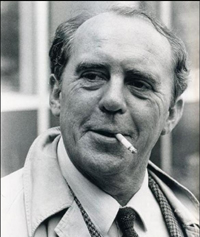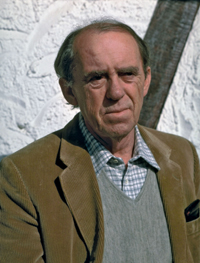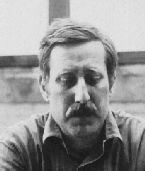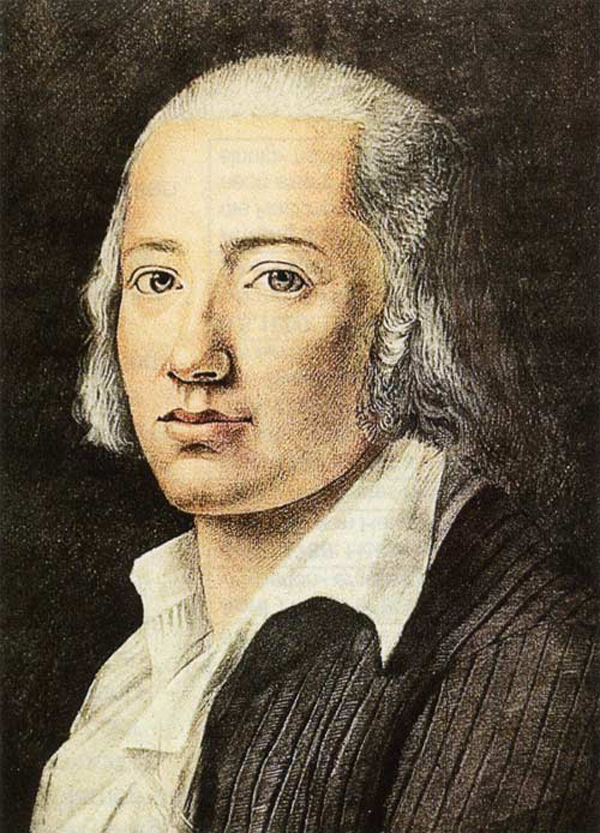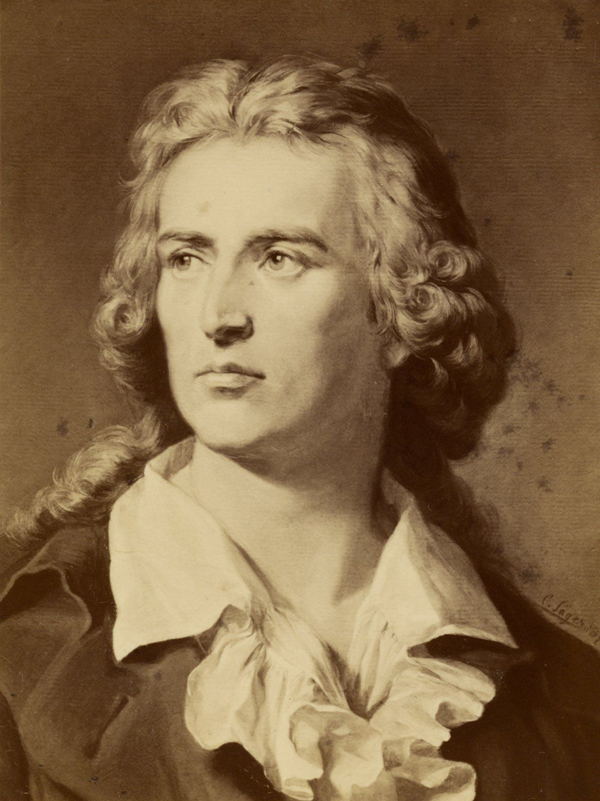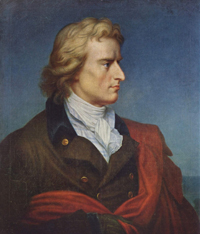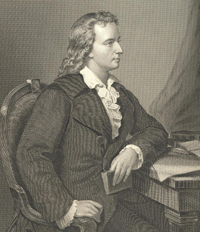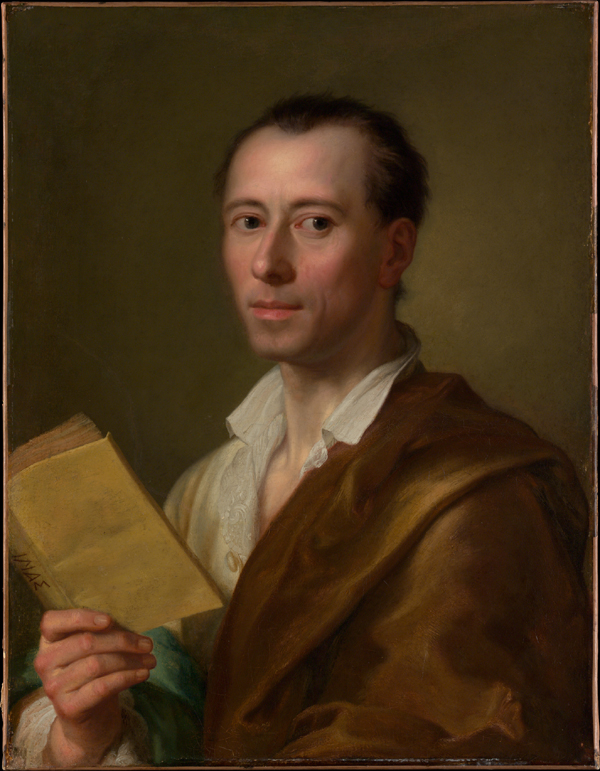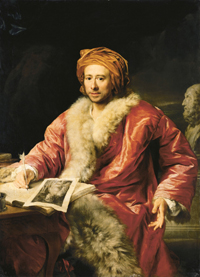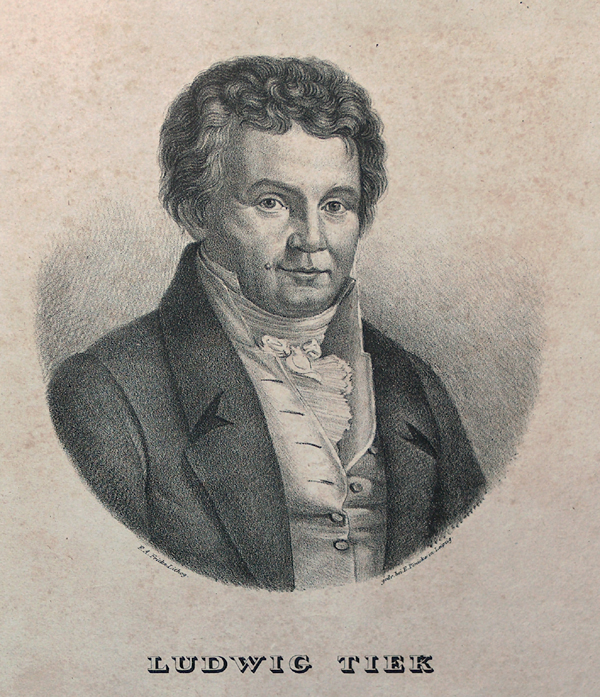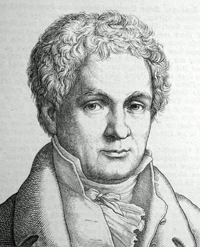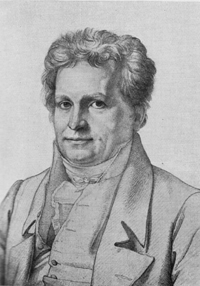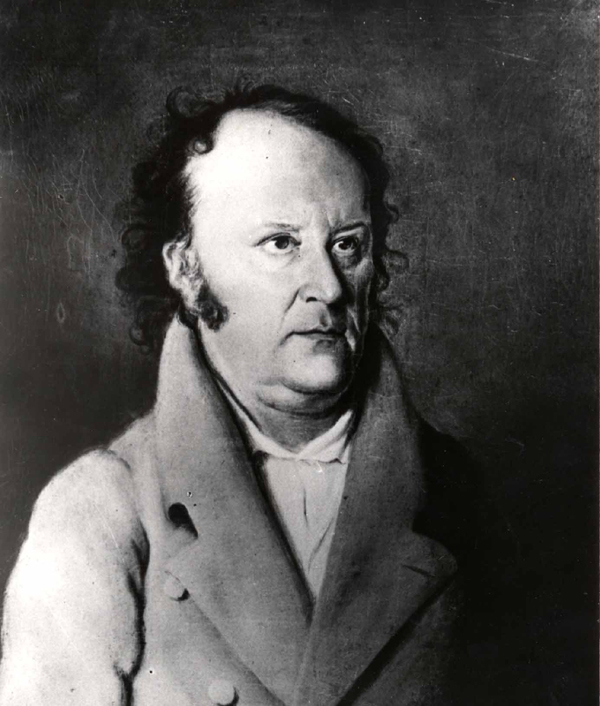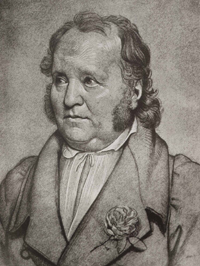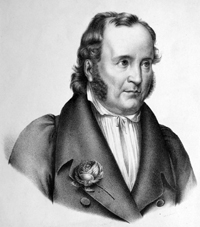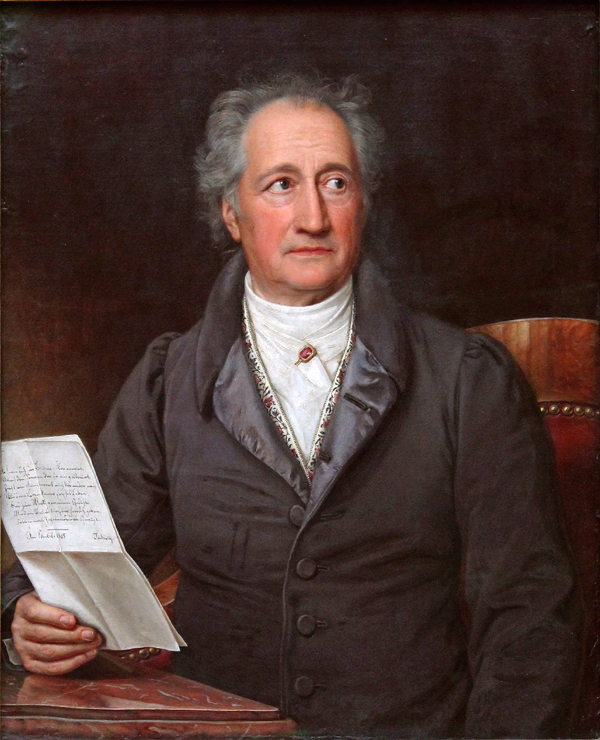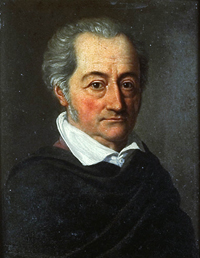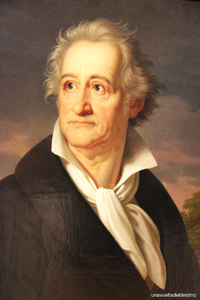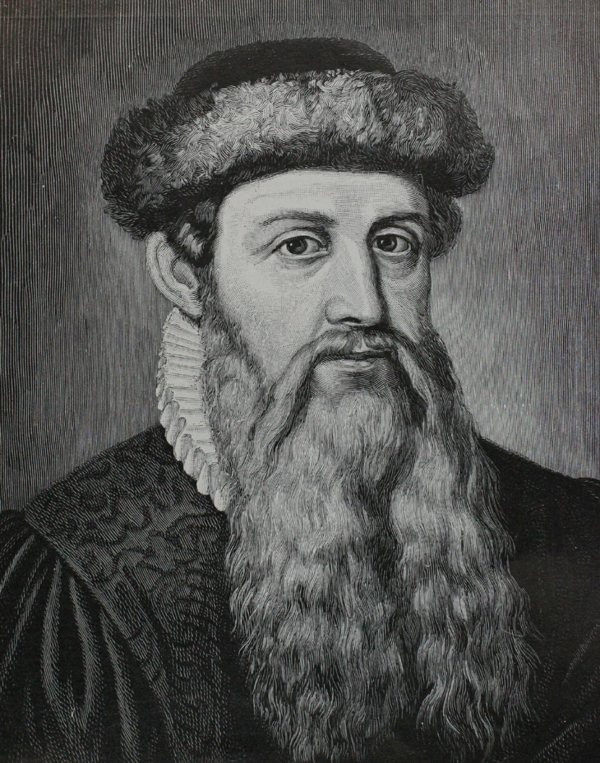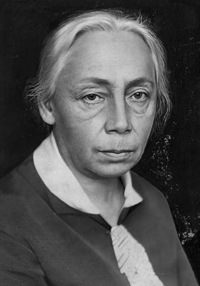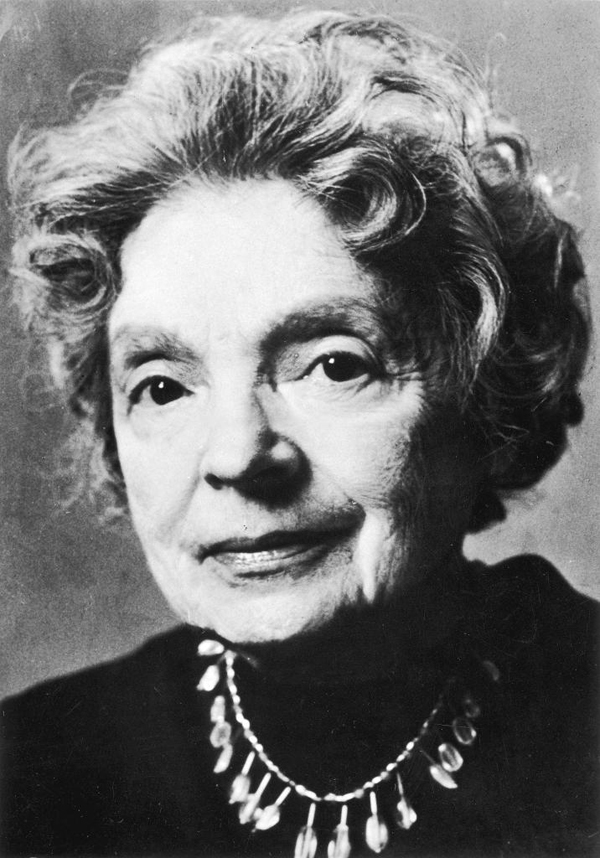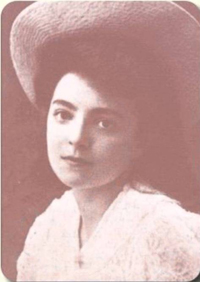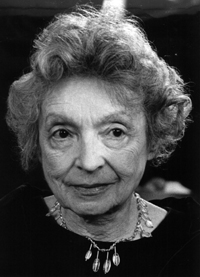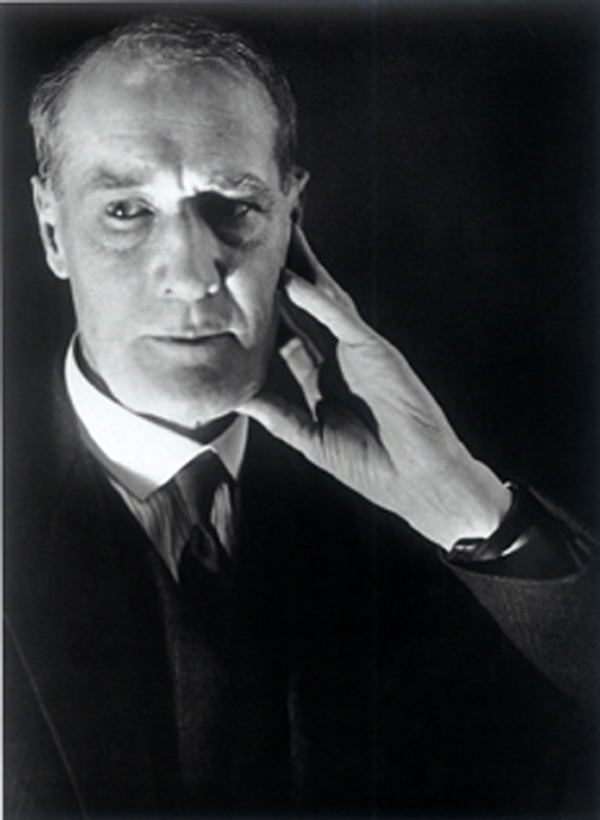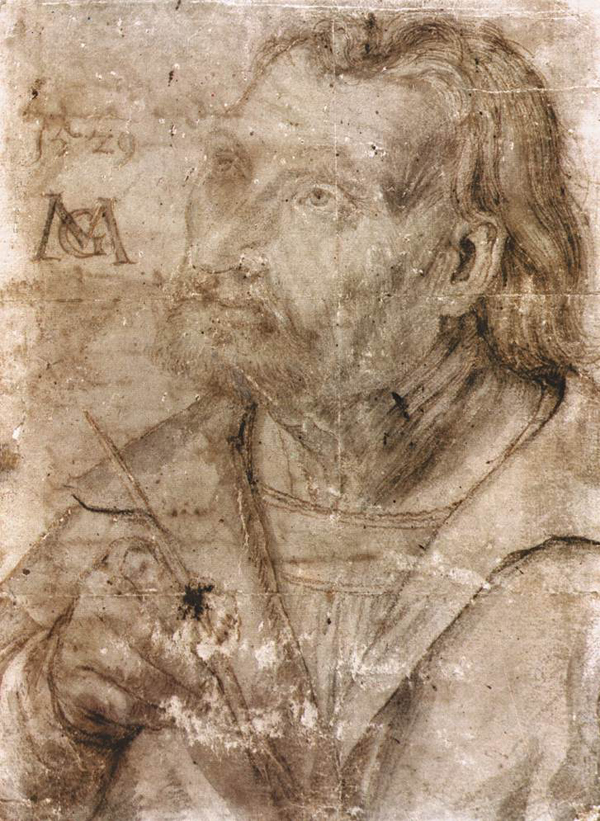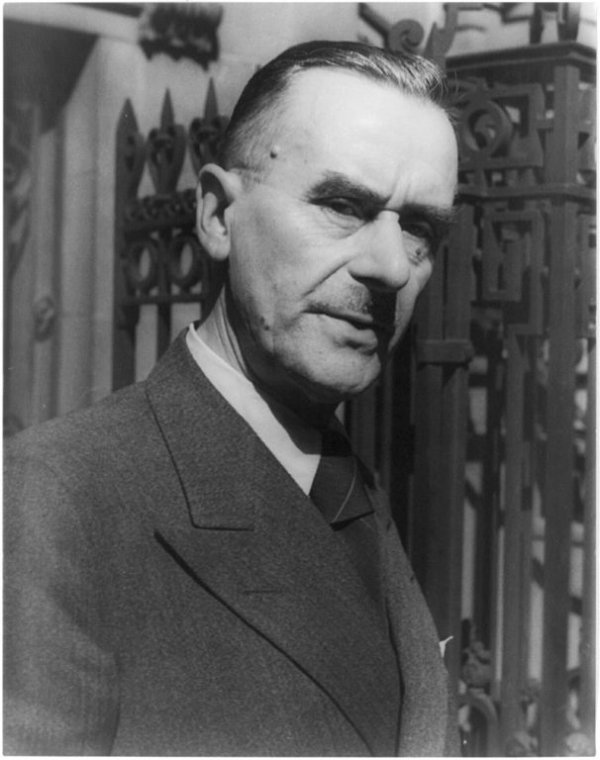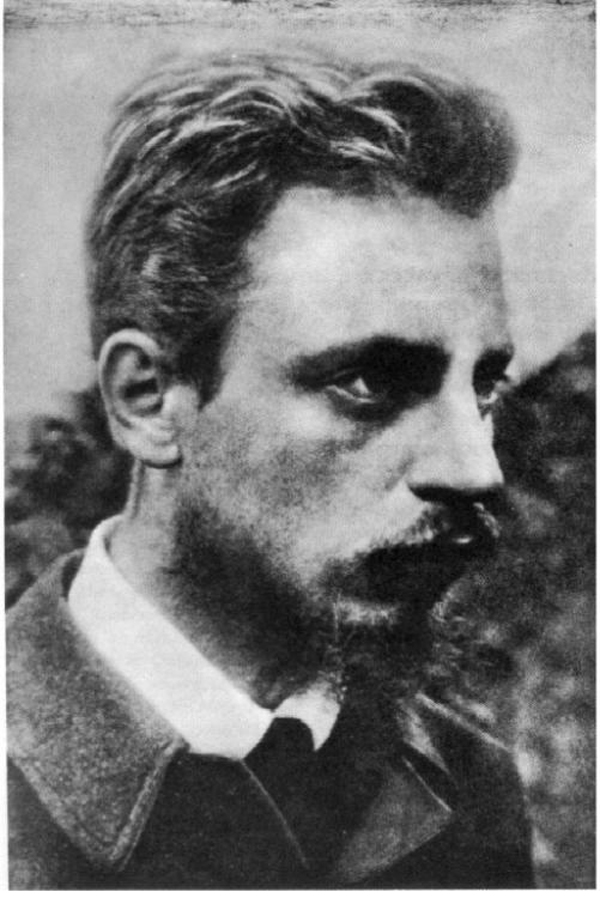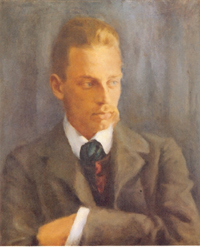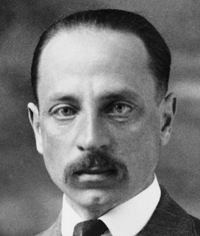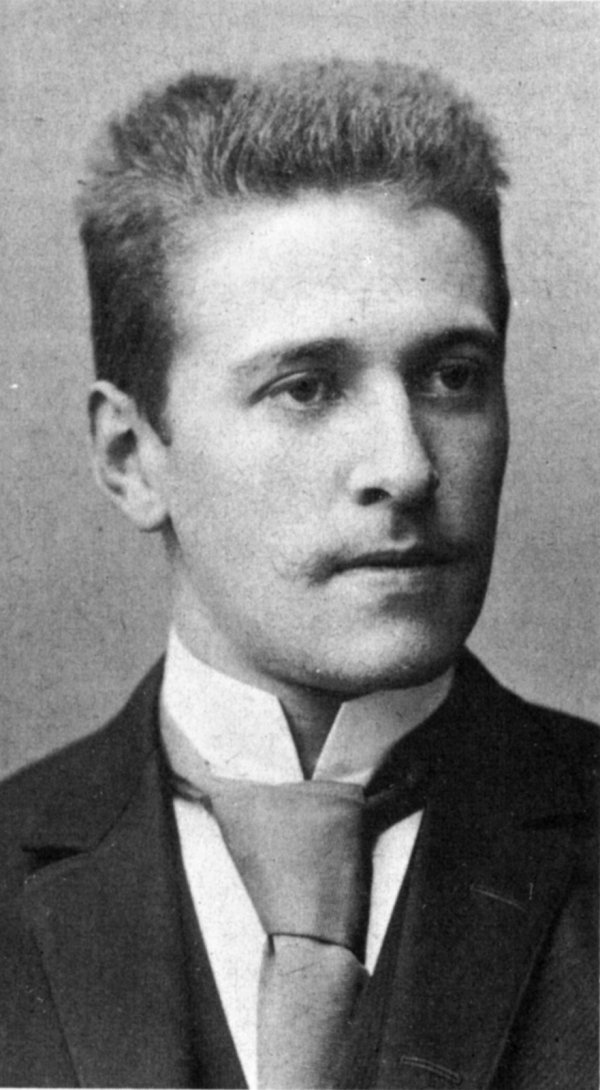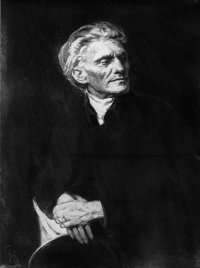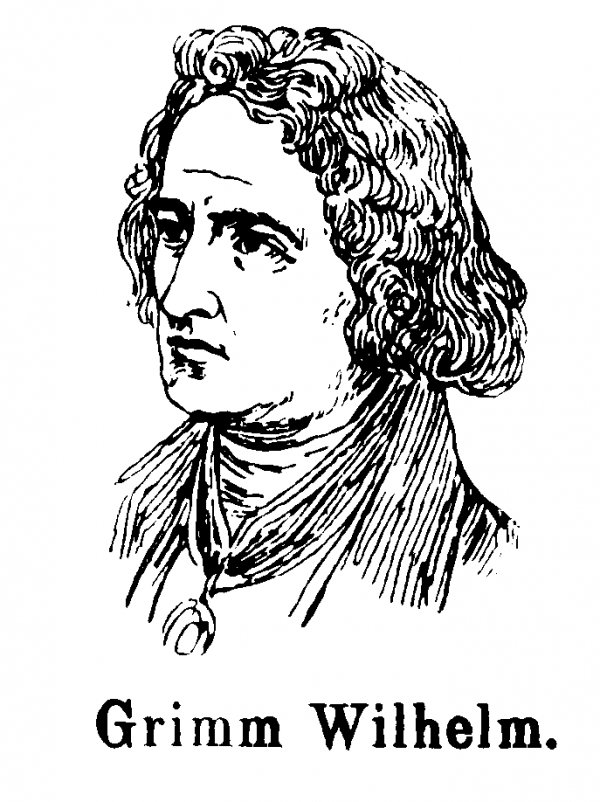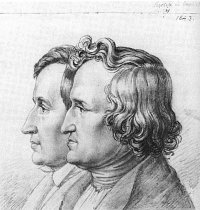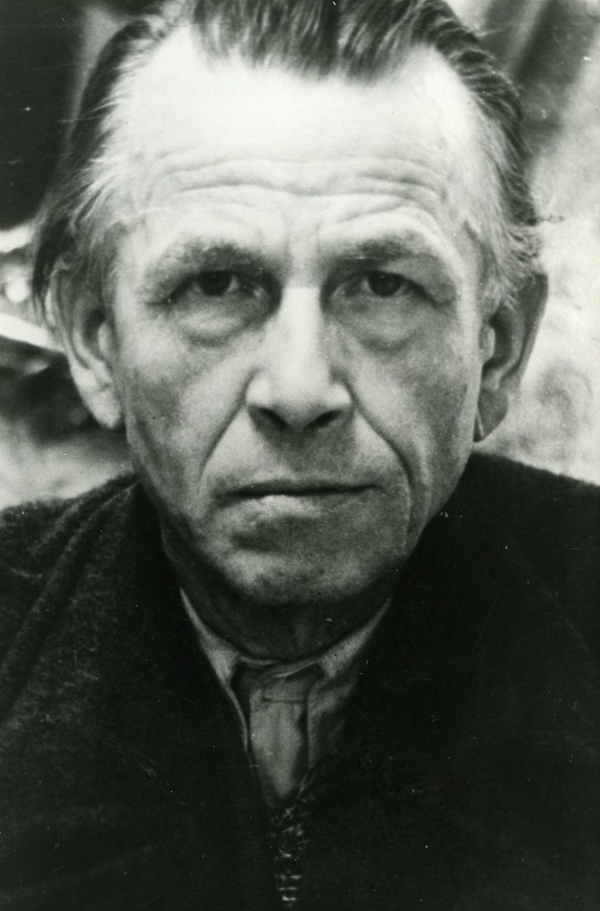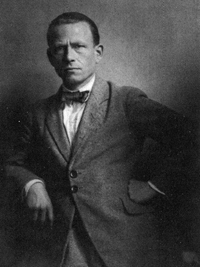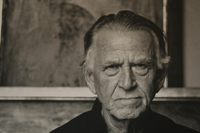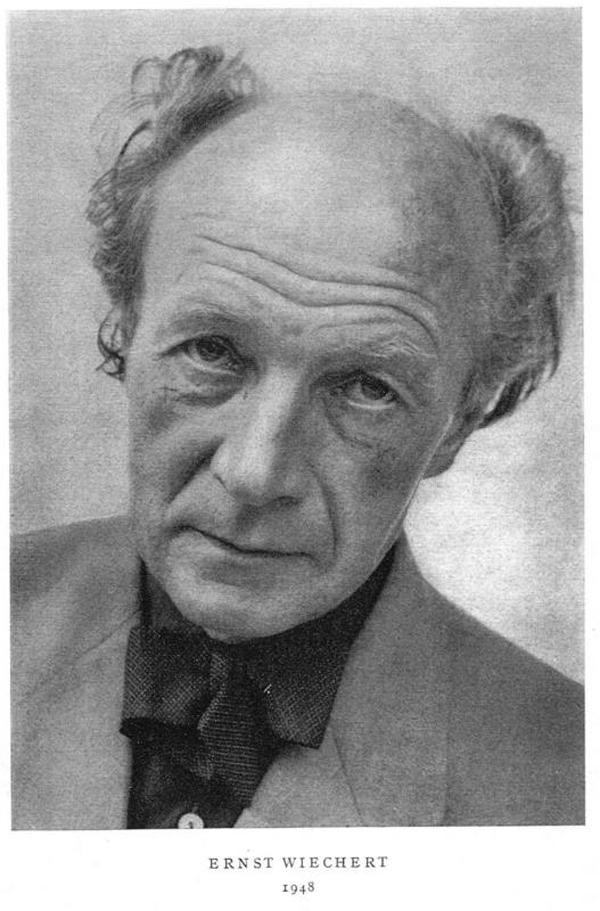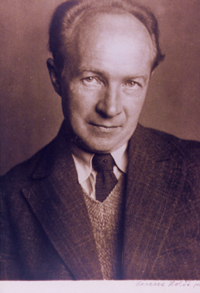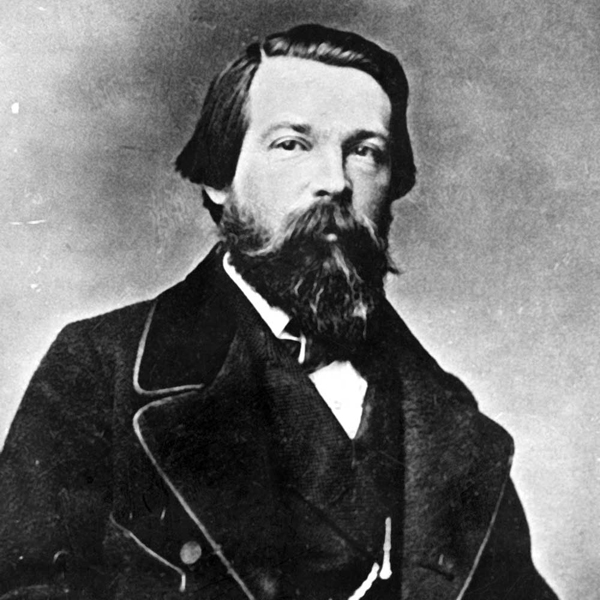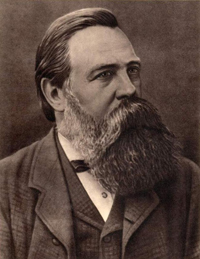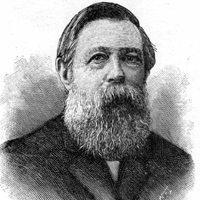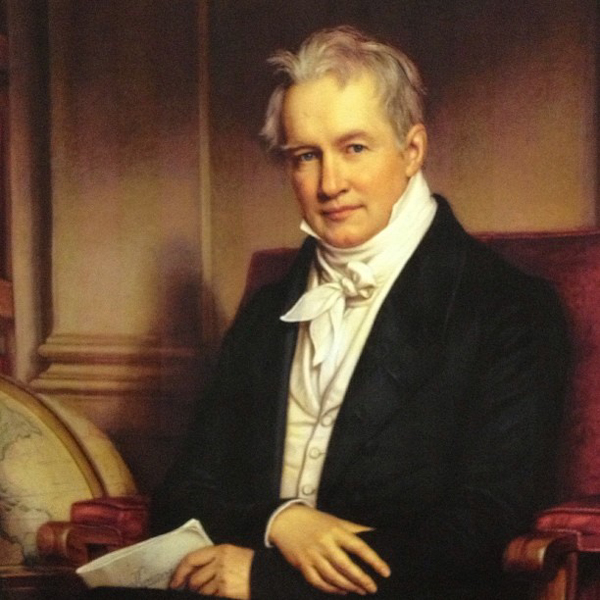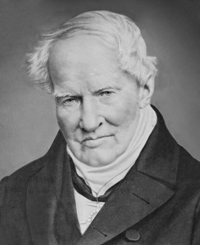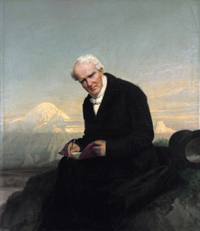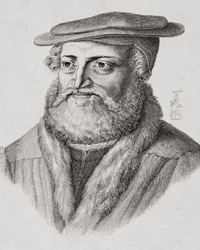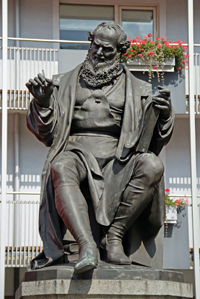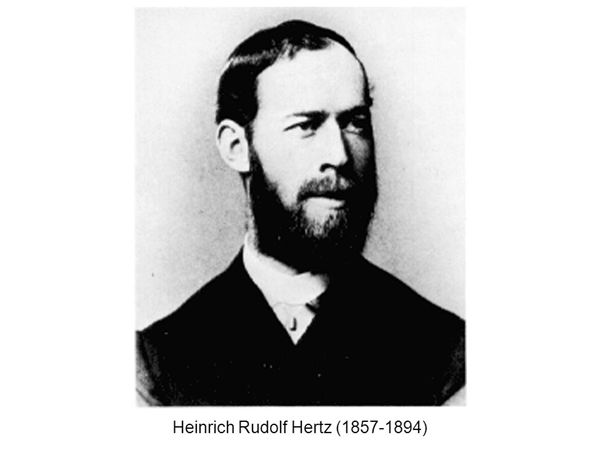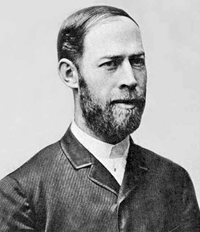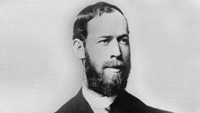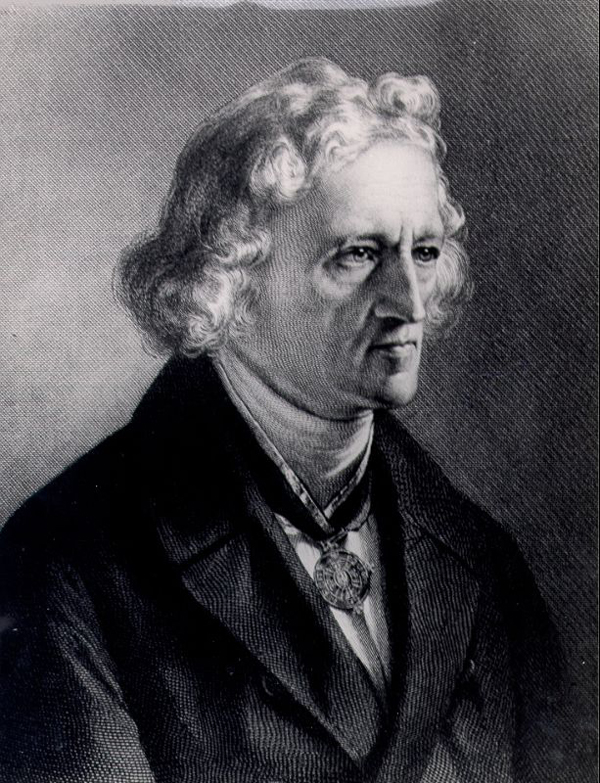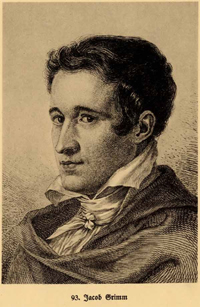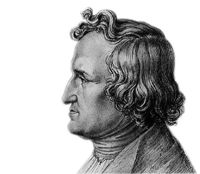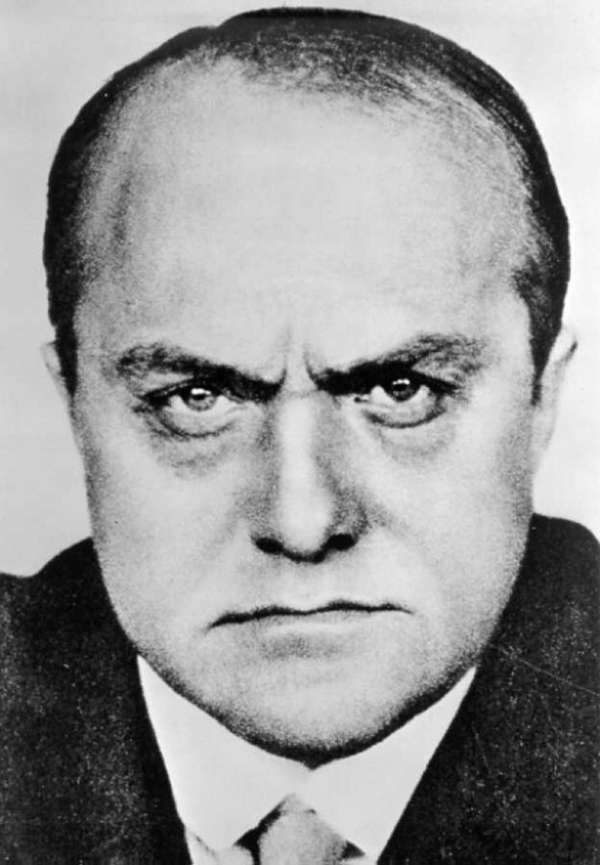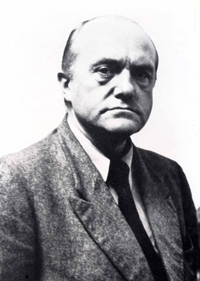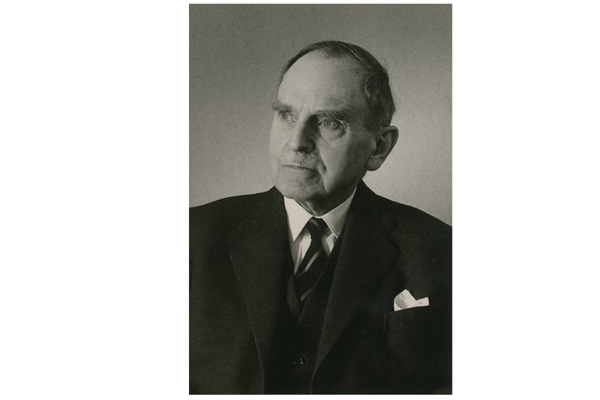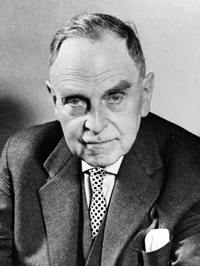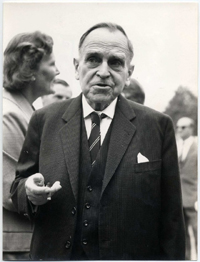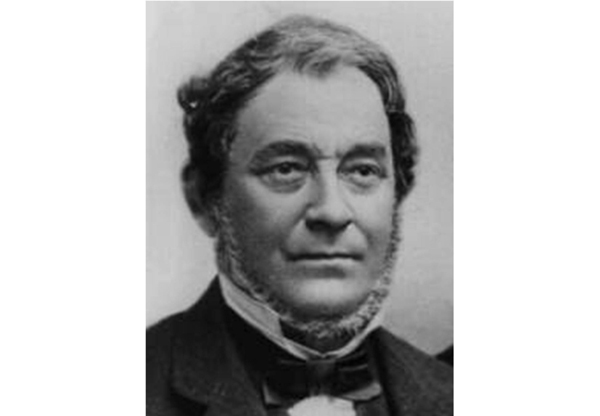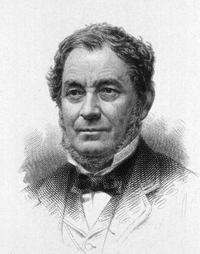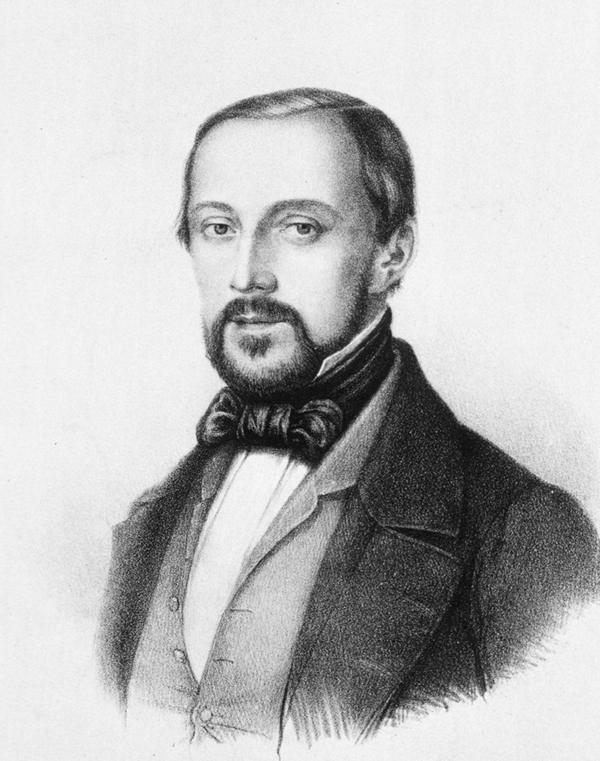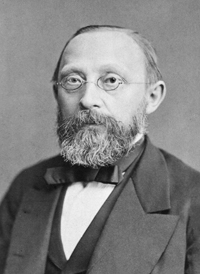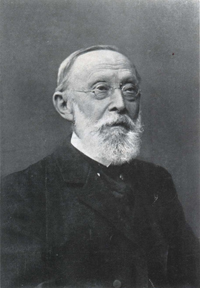History
Academics and Intellectuals
Arthur Schopenhauer
Known For: The World as Will and Representation (Die Welt als Wille und Vorstellung) (1819), Fourfold root of reason, philosophical pessimismThe next two centuries were dominated by the ideas of Immanuel Kant (1724–1804), Moses Mendelssohn (1729–86), Johann Gottlieb Fichte (1762–1814), Friedrich Ernst Daniel Schleiermacher (1768–1834), Georg Wilhelm Friedrich Hegel (1770–1831), Friedrich Wilhelm Joseph von Schelling (1775–1854), Arthur Schopenhauer (1788–1860), Ludwig Andreas Feuerbach (1804–72), Karl Marx (1818–83), Friedrich Engels (1820–95), and Friedrich Wilhelm Nietzsche (1844–1900).Arthur Schopenhauer was a German philosopher best known for his book, The World as Will and Representation (German: Die Welt als Wille und Vorstellung), in which he claimed that our world is driven by a continually dissatisfied will, continually seeking satisfaction. Independently arriving at many of the same conclusions of Eastern philosophy, he maintained that the "truth was recognized by the sages of India"; consequently, his solutions to suffering were similar to those of Vedantic and Buddhist thinkers (e.g., asceticism). The influence of "transcendental ideality" led him to choose atheism. At age 25, he published his doctoral dissertation, On the Fourfold Root of the Principle of Sufficient Reason, which examined the four distinct aspects of experience in the phenomenal world; consequently, he has been influential in the history of phenomenology. He has influenced many thinkers, including Friedrich Nietzsche, Richard Wagner, Ludwig Wittgenstein, Erwin Schrödinger, Albert Einstein, Sigmund Freud, Otto Rank, Carl Jung, Joseph Campbell, Leo Tolstoy, Thomas Mann, and Jorge Luis Borges, among others.
Country: Germany
Date of Birth: 22 February 1788
Place of Birth: Danzig (Gdańsk)
Date of Death: 21 September 1860
Please of Death: Frankfurt, German Confederation
Christian Matthias Theodor Mommsen
Known For: Römische Geschichte (Roman History)Leading social scientists, in addition to Marx and Engels, were the historians Leopold von Ranke (1795–1886) and Theodor Mommsen (1817–1903), Nobel Prize winner in literature; the political economist Georg Friedrich List (1789–1846); the sociologists Georg Simmel (1858–1918) and Max Weber (1864–1920); and the German-born anthropologist Franz Boas (1858–1942).Christian Matthias Theodor Mommsen was a German classical scholar, historian, jurist, journalist, politician, archaeologist and writer generally regarded as one of the greatest classicists of the 19th century. His work regarding Roman history is still of fundamental importance for contemporary research. He received the Nobel Prize in Literature in 1902 for being "the greatest living master of the art of historical writing, with special reference to his monumental work, A History of Rome."He was also a prominent German politician, as a member of the Prussian and German parliaments. His works on Roman law and on the law of obligations had a significant impact on the German civil code (BGB).
Country: Germany
Date of Birth: 30 November 1817
Place of Birth: Garding, Schleswig
Date of Death: 1 November 1903
Please of Death: Charlottenburg, German Empire
Spouse: Marie
Friedrich Wilhelm Joseph Schelling
Known For: System of Naturphilosophie, Identitätsphilosophie (philosophy of identity), Positive Philosophie (positive philosophy), unconscious infinityThe next two centuries were dominated by the ideas of Immanuel Kant (1724–1804), Moses Mendelssohn (1729–86), Johann Gottlieb Fichte (1762–1814), Friedrich Ernst Daniel Schleiermacher (1768–1834), Georg Wilhelm Friedrich Hegel (1770–1831), Friedrich Wilhelm Joseph von Schelling (1775–1854), Arthur Schopenhauer (1788–1860), Ludwig Andreas Feuerbach (1804–72), Karl Marx (1818–83), Friedrich Engels (1820–95), and Friedrich Wilhelm Nietzsche (1844–1900).Friedrich Wilhelm Joseph Schelling was a German philosopher. Standard histories of philosophy make him the midpoint in the development of German idealism, situating him between Johann Gottlieb Fichte, his mentor in his early years, and Georg Wilhelm Friedrich Hegel, his former university roommate, early friend, and later rival. Interpreting Schelling's philosophy is regarded as difficult because of its apparently ever-changing nature. Schelling's thought in the large has been neglected, especially in the English-speaking world, as has been his later work on mythology and revelation, much of which remains untranslated. An important factor was the ascendancy of Hegel, whose mature works portray Schelling as a mere footnote in the development of idealism. Schelling's Naturphilosophie also has been attacked by scientists for its analogizing tendency and lack of empirical orientation. However, some later philosophers such as Martin Heidegger and Slavoj Žižek have shown interest in re-examining Schelling's body of work.
Country: Germany
Date of Birth: 27 January 1775
Place of Birth: Leonberg, Württemberg, Holy Roman Empire
Date of Death: 20 August 1854
Please of Death: Bad Ragaz, Switzerland
Spouse: Pauline Gotter
Friedrich Wilhelm Nietzsche
Known For: Apollonian and Dionysian, Übermensch, Ressentiment, "Will to power", "The Death of God", Eternal recurrence, Amor fati, Herd instinct, Tschandala, "Last Man", Perspectivism, Master–slave morality, Transvaluation of values, Nietzschean affirmationThe next two centuries were dominated by the ideas of Immanuel Kant (1724–1804), Moses Mendelssohn (1729–86), Johann Gottlieb Fichte (1762–1814), Friedrich Ernst Daniel Schleiermacher (1768–1834), Georg Wilhelm Friedrich Hegel (1770–1831), Friedrich Wilhelm Joseph von Schelling (1775–1854), Arthur Schopenhauer (1788–1860), Ludwig Andreas Feuerbach (1804–72), Karl Marx (1818–83), Friedrich Engels (1820–95), and Friedrich Wilhelm Nietzsche (1844–1900).Friedrich Wilhelm Nietzsche was a German philosopher, cultural critic, poet, composer and Latin and Greek scholar. He wrote several critical texts on religion, morality, contemporary culture, philosophy and science, displaying a fondness for metaphor and irony. Nietzsche's key ideas include perspectivism, the will to power, the death of God, the Übermensch and eternal recurrence. One of the key tenets of his philosophy is "life-affirmation", which embraces the realities of the world in which we live over the idea of a world beyond. It further champions the creative powers of the individual to strive beyond social, cultural, and moral contexts. Nietzsche's attitude towards religion and morality was marked with atheism, psychologism and historism; he considered them to be human creations loaded with the error of confusing cause and effect. His radical questioning of the value and objectivity of truth has been the focus of extensive commentary, and his influence remains substantial, especially in schools of continental philosophy such as existentialism, postmodernism, and post-structuralism. His ideas of individual overcoming and transcendence beyond structure and context have had a profound impact on late-twentieth and early-twenty-first century thinkers, who have used these concepts as points of departure in the development of their philosophies. Nietzsche began his career as a classical philologist—a scholar of Greek and Roman textual criticism—before turning to philosophy. In 1869, at age 24, he became the youngest-ever occupant of the Chair of Classical Philology at the University of Basel. He resigned in 1879 due to health problems that plagued him most of his life. In 1889, at age 44, he suffered a collapse and a complete loss of his mental faculties. The breakdown was later ascribed to atypical general paresis due to tertiary syphilis, but this diagnosis has come into question. Nietzsche lived his remaining years in the care of his mother (until her death in 1897) and then his sister Elisabeth Förster-Nietzsche. He died in 1900 of what was thought to be a stroke, however re-examination of Nietzsche's medical evaluation papers show that he almost certainly died of brain cancer. As his caretaker, his sister assumed the roles of curator and editor of Nietzsche's manuscripts. Förster-Nietzsche, the widow of prominent German nationalist and antisemite Bernhard Förster, reworked Nietzsche's unpublished writings to fit her own ideology. Often she did so in ways contrary to her brother's stated opinions, which were strongly and explicitly opposed to antisemitism and nationalism. Through Förster-Nietzsche's editions, Nietzsche's name became associated with German militarism and Nazism, although later 20th-century scholars have counteracted this conception of his ideas.
Country: Germany
Date of Birth: 15 October 1844
Place of Birth: Röcken (near Lützen), Province of Saxony, Kingdom of Prussia
Date of Death: 25 August 1900
Please of Death: Weimar, Saxony, German Empire
Georg Friedrich List
Known For: National System of Innovation, Founded the historical school of economicsLeading social scientists, in addition to Marx and Engels, were the historians Leopold von Ranke (1795–1886) and Theodor Mommsen (1817–1903), Nobel Prize winner in literature; the political economist Georg Friedrich List (1789–1846); the sociologists Georg Simmel (1858–1918) and Max Weber (1864–1920); and the German-born anthropologist Franz Boas (1858–1942).Georg Friedrich List was a leading 19th-century German-American economist who developed the "National System" or what some would call today the National System of Innovation. He was a forefather of the German historical school of economics, and considered the original European unity theorist whose ideas were the basis for the European Economic Community.
Country: Germany
Date of Birth: 6 August 1789
Place of Birth: Reutlingen, Duchy of Württemberg
Date of Death: 30 November 1846
Please of Death: Kufstein, Austria
Georg Simmel
Known For: Formal sociology, social forms and contents, the metropolis of modern life, the tragedy of culture, web of group affiliationLeading social scientists, in addition to Marx and Engels, were the historians Leopold von Ranke (1795–1886) and Theodor Mommsen (1817–1903), Nobel Prize winner in literature; the political economist Georg Friedrich List (1789–1846); the sociologists Georg Simmel (1858–1918) and Max Weber (1864–1920); and the German-born anthropologist Franz Boas (1858–1942).Georg Simmel was a German sociologist, philosopher, and critic. Simmel was one of the first generation of German sociologists: his neo-Kantian approach laid the foundations for sociological antipositivism, asking 'What is society?' in a direct allusion to Kant's question 'What is nature?', presenting pioneering analyses of social individuality and fragmentation. For Simmel, culture referred to "the cultivation of individuals through the agency of external forms which have been objectified in the course of history". Simmel discussed social and cultural phenomena in terms of "forms" and "contents" with a transient relationship; form becoming content, and vice versa, dependent on the context. In this sense he was a forerunner to structuralist styles of reasoning in the social sciences. With his work on the metropolis, Simmel was a precursor of urban sociology, symbolic interactionism and social network analysis. An acquaintance of Max Weber, Simmel wrote on the topic of personal character in a manner reminiscent of the sociological 'ideal type'. He broadly rejected academic standards, however, philosophically covering topics such as emotion and romantic love. Both Simmel and Weber's nonpositivist theory would inform the eclectic critical theory of the Frankfurt School. Simmel's most famous works today are The Problems of the Philosophy of History (1892), The Philosophy of Money (1907), The Metropolis and Mental Life (1903), Soziologie (1908, inc. The Stranger, The Social Boundary, The Sociology of the Senses, The Sociology of Space, and On The Spatial Projections of Social Forms), and Fundamental Questions of Sociology (1917). He also wrote extensively on the philosophy of Schopenhauer and Nietzsche, as well on art, most notably his book Rembrandt: An Essay in the Philosophy of Art (1916).
Country: Germany
Date of Birth: 1 March 1858
Place of Birth: Berlin, Kingdom of Prussia
Date of Death: 28 September 1918
Please of Death: Strassburg, German Empire
Spouse: Gertrud Kinel
Georg Wilhelm Friedrich Hegel
Known For: Absolute idealism, Master–slave dialectic, "Sublation" (Aufheben), Geist ("mind-spirit")The next two centuries were dominated by the ideas of Immanuel Kant (1724–1804), Moses Mendelssohn (1729–86), Johann Gottlieb Fichte (1762–1814), Friedrich Ernst Daniel Schleiermacher (1768–1834), Georg Wilhelm Friedrich Hegel (1770–1831), Friedrich Wilhelm Joseph von Schelling (1775–1854), Arthur Schopenhauer (1788–1860), Ludwig Andreas Feuerbach (1804–72), Karl Marx (1818–83), Friedrich Engels (1820–95), and Friedrich Wilhelm Nietzsche (1844–1900).Georg Wilhelm Friedrich Hegel was a German philosopher who was a major figure in German idealism. His historicist and idealist account of reality revolutionized European philosophy and served as an important precursor to Continental philosophy, Marxism and historism. Hegel's principal achievement was his development of absolute idealism as a means to integrate the notions of mind, nature, subject, object, psychology, the state, history, art, religion and philosophy. In particular, he developed the notion of the master–slave dialectic and the concept of Geist ("mind-spirit") as the expression of the integration ("sublation", Aufheben), without elimination or reduction, of otherwise seemingly contradictory or opposing ideas. Examples include relationships between nature and freedom and between immanence and transcendence. He also made original and influential contributions to speculative logic, the role of history and the notions of the negative and the ethical. Hegel influenced many thinkers and writers whose own positions varied widely. Karl Barth described Hegel as a "Protestant Aquinas", while Maurice Merleau-Ponty wrote that "All the great philosophical ideas of the past century – the philosophies of Marx and Nietzsche, phenomenology, German existentialism, and psychoanalysis – had their beginnings in Hegel". Michel Foucault has contended that contemporary philosophers may be "doomed to find Hegel waiting patiently at the end of whatever road (they) travel".
Country: Germany
Date of Birth: 27 August 1770
Place of Birth: Stuttgart, Württemberg
Date of Death: 14 November 1831
Please of Death: Berlin, Prussia
Spouse: Marie Helena Susanna von Tucher
Gottfried Wilhelm von Leibniz
Known For: Calculus, Monads, Best of all possible worlds, Leibniz formula for π, Leibniz harmonic triangle, Leibniz formula for determinants, Leibniz integral rule, Principle of sufficient reason, Diagrammatic reasoning, Notation for differentiation, Proof of Fermat's little theorem, Kinetic energy, Entscheidungsproblem, AST, Law of Continuity, Transcendental Law of Homogeneity, Characteristica universalis, Ars combinatoria, Calculus ratiocinator, UniversalwissenschaftGottfried Wilhelm von Leibniz (1646–1716) was an outstanding philosopher, theologian, mathematician, and natural scientist.Gottfried Wilhelm von Leibniz was a German polymath and philosopher. He occupies a prominent place in the history of mathematics and the history of philosophy. Most scholars believe Leibniz developed calculus independently of Isaac Newton, and Leibniz's notation has been widely used ever since it was published. It was only in the 20th century that his Law of Continuity and Transcendental Law of Homogeneity found mathematical implementation (by means of non-standard analysis). He became one of the most prolific inventors in the field of mechanical calculators. While working on adding automatic multiplication and division to Pascal's calculator, he was the first to describe a pinwheel calculator in 1685 and invented the Leibniz wheel, used in the arithmometer, the first mass-produced mechanical calculator. He also refined the binary number system, which is the foundation of virtually all digital computers. In philosophy, Leibniz is most noted for his optimism, i.e., his conclusion that our Universe is, in a restricted sense, the best possible one that God could have created, an idea that was often lampooned by others such as Voltaire. Leibniz, along with René Descartes and Baruch Spinoza, was one of the three great 17th century advocates of rationalism. The work of Leibniz anticipated modern logic and analytic philosophy, but his philosophy also looks back to the scholastic tradition, in which conclusions are produced by applying reason of first principles or prior definitions rather than to empirical evidence. Leibniz made major contributions to physics and technology, and anticipated notions that surfaced much later in philosophy, probability theory, biology, medicine, geology, psychology, linguistics, and computer science. He wrote works on philosophy, politics, law, ethics, theology, history, and philology. Leibniz's contributions to this vast array of subjects were scattered in various learned journals, in tens of thousands of letters, and in unpublished manuscripts. He wrote in several languages, but primarily in Latin, French, and German. There is no complete gathering of the writings of Leibniz.
Country: Germany
Date of Birth: 1 July 1646
Place of Birth: Leipzig, Electorate of Saxony, Holy Roman Empire
Date of Death: 14 November 1716
Please of Death: Hanover, Electorate of Hanover, Holy Roman Empire
Immanuel Kant
Known For: Critique of Pure Reason, Prolegomena to Any Future Metaphysics, "Answering the Question: What is Enlightenment?", Groundwork of the Metaphysic of Morals, Critique of Practical Reason, Critique of Judgment, Religion within the Bounds of Bare Reason, Perpetual Peace: A Philosophical Sketch, The Metaphysics of MoralsThe next two centuries were dominated by the ideas of Immanuel Kant (1724–1804), Moses Mendelssohn (1729–86), Johann Gottlieb Fichte (1762–1814), Friedrich Ernst Daniel Schleiermacher (1768–1834), Georg Wilhelm Friedrich Hegel (1770–1831), Friedrich Wilhelm Joseph von Schelling (1775–1854), Arthur Schopenhauer (1788–1860), Ludwig Andreas Feuerbach (1804–72), Karl Marx (1818–83), Friedrich Engels (1820–95), and Friedrich Wilhelm Nietzsche (1844–1900).Immanuel Kant was a German philosopher who is widely considered to be a central figure of modern philosophy. He argued that fundamental concepts structure human experience, and that reason is the source of morality. His thought continues to have a major influence in contemporary thought, especially the fields of metaphysics, epistemology, ethics, political philosophy, and aesthetics. Kant's major work, the Critique of Pure Reason (Kritik der reinen Vernunft, 1781), aimed to explain the relationship between reason and human experience. With this project, he hoped to move beyond what he took to be failures of traditional philosophy and metaphysics. He attempted to put an end to what he considered an era of futile and speculative theories of human experience, while resisting the skepticism of thinkers such as David Hume. Kant argued that our experiences are structured by necessary features of our minds. In his view, the mind shapes and structures experience so that, on an abstract level, all human experience shares certain essential structural features. Among other things, Kant believed that the concepts of space and time are integral to all human experience, as are our concepts of cause and effect. One important consequence of this view is that one never has direct experience of things, the so-called noumenal world, and that what we do experience is the phenomenal world as conveyed by our senses. These claims summarize Kant's views upon the subject–object problem. Kant published other important works on ethics, religion, law, aesthetics, astronomy, and history. These included the Critique of Practical Reason (Kritik der praktischen Vernunft, 1788), the Metaphysics of Morals (Die Metaphysik der Sitten, 1797), which dealt with ethics, and the Critique of Judgment (Kritik der Urteilskraft, 1790), which looks at aesthetics and teleology. Kant aimed to resolve disputes between empirical and rationalist approaches. The former asserted that all knowledge comes through experience; the latter maintained that reason and innate ideas were prior. Kant argued that experience is purely subjective without first being processed by pure reason. He also said that using reason without applying it to experience only leads to theoretical illusions. The free and proper exercise of reason by the individual was a theme both of the Age of Enlightenment, and of Kant's approaches to the various problems of philosophy. His ideas influenced many thinkers in Germany during his lifetime, and he moved philosophy beyond the debate between the rationalists and empiricists. Kant is seen as a major figure in the history and development of philosophy.
Country: Germany
Date of Birth: 22 April 1724
Place of Birth: Königsberg, Prussia (now Kaliningrad, Russia)
Date of Death: 12 February 1804
Please of Death: Königsberg, Prussia
Johann Gottlieb Fichte
Known For: Absolute consciousness, thesis–antithesis–synthesis, the not-I, das Streben (striving), mutual recognition, Wissenschaftslehre, Anstoss, Tathandlung, Urtrieb (original drive), "Fichte's original insight"The next two centuries were dominated by the ideas of Immanuel Kant (1724–1804), Moses Mendelssohn (1729–86), Johann Gottlieb Fichte (1762–1814), Friedrich Ernst Daniel Schleiermacher (1768–1834), Georg Wilhelm Friedrich Hegel (1770–1831), Friedrich Wilhelm Joseph von Schelling (1775–1854), Arthur Schopenhauer (1788–1860), Ludwig Andreas Feuerbach (1804–72), Karl Marx (1818–83), Friedrich Engels (1820–95), and Friedrich Wilhelm Nietzsche (1844–1900).Johann Gottlieb Fichte was a German philosopher. He was one of the founding figures of the philosophical movement known as German idealism, which developed from the theoretical and ethical writings of Immanuel Kant. Fichte is often perceived as a figure whose philosophy forms a bridge between the ideas of Kant and those of the German Idealist Georg Wilhelm Friedrich Hegel. Recently, philosophers and scholars have begun to appreciate Fichte as an important philosopher in his own right due to his original insights into the nature of self-consciousness or self-awareness. Like Descartes and Kant before him, he was motivated by the problem of subjectivity and consciousness. Fichte also wrote works of political philosophy and is considered one of the fathers of German nationalism.
Country: Germany
Date of Birth: 19 May 1762
Place of Birth: Rammenau, Saxony
Date of Death: 27 January 1814
Please of Death: Berlin, Prussia
Spouse: Johanna Marie
Karl Emil Maximilian "Max" Weber
Known For: Weberian bureaucracy, Disenchantment · Ideal type, Iron cage · Life chances, Methodological individualism, Monopoly on violence, Protestant work ethic, Rationalisation · Social action, Three-component stratification, Tripartite classification of authority, VerstehenLeading social scientists, in addition to Marx and Engels, were the historians Leopold von Ranke (1795–1886) and Theodor Mommsen (1817–1903), Nobel Prize winner in literature; the political economist Georg Friedrich List (1789–1846); the sociologists Georg Simmel (1858–1918) and Max Weber (1864–1920); and the German-born anthropologist Franz Boas (1858–1942).Karl Emil Maximilian "Max" Weber was a German sociologist, philosopher, and political economist whose ideas profoundly influenced social theory and social research. Weber is often cited, with Émile Durkheim and Karl Marx, as among the three founders of sociology. Weber was a key proponent of methodological antipositivism, arguing for the study of social action through interpretive (rather than purely empiricist) means, based on understanding the purpose and meaning that individuals attach to their own actions. Weber's main intellectual concern was understanding the processes of rationalisation, secularisation, and "disenchantment" that he associated with the rise of capitalism and modernity, and which he saw as the result of a new way of thinking about the world. Weber is best known for his thesis combining economic sociology and the sociology of religion, elaborated in his book The Protestant Ethic and the Spirit of Capitalism, in which he proposed that ascetic Protestantism was one of the major "elective affinities" associated with the rise in the Western world of market-driven capitalism and the rational-legal nation-state. Against Marx's "historical materialism", Weber emphasised the importance of cultural influences embedded in religion as a means for understanding the genesis of capitalism. The Protestant Ethic formed the earliest part in Weber's broader investigations into world religion: he would go on to examine the religions of China, the religions of India and ancient Judaism, with particular regard to the apparent non-development of capitalism in the corresponding societies, as well as to their differing forms of social stratification. In another major work, Politics as a Vocation, Weber defined the state as an entity that successfully claims a "monopoly of the legitimate use of physical force within a given territory". He was also the first to categorise social authority into distinct forms, which he labelled as charismatic, traditional, and rational-legal. His analysis of bureaucracy emphasised that modern state institutions are increasingly based on rational-legal authority. Weber also made a variety of other contributions in economic history, as well as economic theory and methodology. Weber's analysis of modernity and rationalisation significantly influenced the critical theory associated with the Frankfurt School. After the First World War, Max Weber was among the founders of the liberal German Democratic Party. He also ran unsuccessfully for a seat in parliament and served as advisor to the committee that drafted the ill-fated democratic Weimar Constitution of 1919. After contracting Spanish flu, he died of pneumonia in 1920, aged 56.
Country: Germany
Date of Birth: 21 April 1864
Place of Birth: Erfurt, Saxony, Kingdom of Prussia
Date of Death: 14 June 1920
Please of Death: Munich, Bavaria, Germany
Spouse: Marianne Schnitger
Karl Marx
Known For: Surplus value, contributions to the labour theory of value, class struggle, alienation and exploitation of the worker, materialist conception of historyThe next two centuries were dominated by the ideas of Immanuel Kant (1724–1804), Moses Mendelssohn (1729–86), Johann Gottlieb Fichte (1762–1814), Friedrich Ernst Daniel Schleiermacher (1768–1834), Georg Wilhelm Friedrich Hegel (1770–1831), Friedrich Wilhelm Joseph von Schelling (1775–1854), Arthur Schopenhauer (1788–1860), Ludwig Andreas Feuerbach (1804–72), Karl Marx (1818–83), Friedrich Engels (1820–95), and Friedrich Wilhelm Nietzsche (1844–1900).Karl Marx was a German philosopher, economist, sociologist, journalist, and revolutionary socialist. Marx's work in economics laid the basis for much of the current understanding of labour and its relation to capital, and subsequent economic thought. He published numerous books during his lifetime, the most notable being The Communist Manifesto (1848) and Das Kapital (1867–1894). Born into a wealthy middle-class family in Trier in the Prussian Rhineland, Marx studied at the Universities of Bonn and Berlin where he became interested in the philosophical ideas of the Young Hegelians. After his studies he wrote for Rheinische Zeitung, a radical newspaper in Cologne, and began to work out the theory of the materialist conception of history. He moved to Paris in 1843, where he began writing for other radical newspapers and met Friedrich Engels, who would become his lifelong friend and collaborator. In 1849 he was exiled and moved to London together with his wife and children, where he continued writing and formulating his theories about social and economic activity. He also campaigned for socialism and became a significant figure in the International Workingmen's Association. Marx's theories about society, economics and politics—the collective understanding of which is known as Marxism—hold that human societies progress through class struggle: a conflict between an ownership class that controls production and a dispossessed labouring class that provides the labour for production. States, Marx believed, were run on behalf of the ruling class and in their interest while representing it as the common interest of all; and he predicted that, like previous socioeconomic systems, capitalism produced internal tensions which would lead to its self-destruction and replacement by a new system: socialism. He argued that class antagonisms under capitalism between the bourgeoisie and proletariat would eventuate in the working class' conquest of political power and eventually establish a classless society, communism, a society governed by a free association of producers. Marx actively fought for its implementation, arguing that the working class should carry out organised revolutionary action to topple capitalism and bring about socio-economic change. Both lauded and criticized, Marx has been described as one of the most influential figures in human history. Many intellectuals, labour unions and political parties worldwide have been influenced by Marx's ideas, with many variations on his groundwork. Marx is typically cited, with Émile Durkheim and Max Weber, as one of the three principal architects of modern social science.
Country: Germany
Date of Birth: 5 May 1818
Place of Birth: Trier, Kingdom of Prussia, German Confederation
Date of Death: 14 March 1883
Please of Death: London, England, United Kingdom
Spouse: Jenny
Leopold von Ranke
Known For: Implement the seminar teaching method, Focused on archival research and analysis of historical documentsLeading social scientists, in addition to Marx and Engels, were the historians Leopold von Ranke (1795–1886) and Theodor Mommsen (1817–1903), Nobel Prize winner in literature; the political economist Georg Friedrich List (1789–1846); the sociologists Georg Simmel (1858–1918) and Max Weber (1864–1920); and the German-born anthropologist Franz Boas (1858–1942).Leopold von Ranke was a German historian and a founder of modern source-based history. According to Caroline Hoefferle, "Ranke was probably the most important historian to shape (the) historical profession as it emerged in Europe and the United States in the late 19th century." He was able to implement the seminar teaching method in his classroom and focused on archival research and analysis of historical documents. Ranke set the standards for much of later historical writing, introducing such ideas as reliance on primary sources (empiricism), an emphasis on narrative history and especially international politics (Außenpolitik).
Country: Germany
Date of Birth: 21 December 1795
Place of Birth: Wiehe
Date of Death: 23 May 1886
Please of Death: Berlin
Ludwig Andreas von Feuerbach
Known For: The Essence of Christianity (Das Wesen des Christentums) (1841)The next two centuries were dominated by the ideas of Immanuel Kant (1724–1804), Moses Mendelssohn (1729–86), Johann Gottlieb Fichte (1762–1814), Friedrich Ernst Daniel Schleiermacher (1768–1834), Georg Wilhelm Friedrich Hegel (1770–1831), Friedrich Wilhelm Joseph von Schelling (1775–1854), Arthur Schopenhauer (1788–1860), Ludwig Andreas Feuerbach (1804–72), Karl Marx (1818–83), Friedrich Engels (1820–95), and Friedrich Wilhelm Nietzsche (1844–1900).Ludwig Andreas von Feuerbach was a German philosopher and anthropologist best known for his book The Essence of Christianity, which provided a critique of Christianity which strongly influenced generations of later thinkers, including both Karl Marx and Friedrich Engels. An associate of Left Hegelian circles, Feuerbach advocated liberalism, atheism, and materialism. Many of his philosophical writings offered a critical analysis of religion. His thought was influential in the development of dialectical materialism, where he is often recognized as a bridge between Hegel and Marx.
Country: Germany
Date of Birth: 28 July 1804
Place of Birth: Landshut, Bavaria
Date of Death: 13 September 1872
Please of Death: Rechenberg near Nuremberg, Imperial Germany
Martin Heidegger
Known For: Dasein Gestell Ontotheology, Ontological difference (Ontologische Differenz), Existentials (Existenzialien), Ekstase Sigetics (Sigetik), Hermeneutic circle, Aletheia Fundamental, ontology, Forgetfulness of Being (Seinsvergessenheit), Heideggerian terminology, Language as the vehicle through which the question of Being can be unfolded, Art's ability to set up an active struggle between "Earth" and "World"In the 20th century, Oswald Spengler (1880–1936), Karl Jaspers (1883–1969), and Martin Heidegger (1889–1976) are highly regarded.Martin Heidegger was a German philosopher and a seminal thinker in the Continental tradition, particularly within the fields of existential phenomenology and philosophical hermeneutics. From his beginnings as a Catholic academic, he developed a groundbreaking and widely influential philosophy. His best known book, Being and Time (1927), is considered one of the most important philosophical works of the 20th century. In it and later works, Heidegger maintained that our way of questioning defines our nature. He argued that Western thinking had lost sight of being. Finding ourselves as "always already" moving within ontological presuppositions, we lose touch with our grasp of being and its truth becomes "muddled". As a solution to this condition, Heidegger advocated a change in focus from ontologies based on ontic determinants to the fundamental ontological elucidation of being-in-the-world in general, allowing it to reveal, or "unconceal" itself as concealment. Heidegger is a controversial figure, largely for his affiliation with Nazism prior to 1934, for which he publicly neither apologized nor expressed regret, although in private he called it "the biggest stupidity of his life" (die größte Dummheit seines Lebens).
Country: Germany
Date of Birth: 26 September 1889
Place of Birth: Meßkirch, Baden, German Empire
Date of Death: 26 May 1976
Please of Death: Freiburg im Breisgau, Baden-Württemberg, Federal Republic of Germany
Spouse: Elfride Petri
Moses Mendelssohn
Known For: Morgenstunden oder Vorlesungen über das Dasein Gottes (Morning hours or lectures about God's existence)The next two centuries were dominated by the ideas of Immanuel Kant (1724–1804), Moses Mendelssohn (1729–86), Johann Gottlieb Fichte (1762–1814), Friedrich Ernst Daniel Schleiermacher (1768–1834), Georg Wilhelm Friedrich Hegel (1770–1831), Friedrich Wilhelm Joseph von Schelling (1775–1854), Arthur Schopenhauer (1788–1860), Ludwig Andreas Feuerbach (1804–72), Karl Marx (1818–83), Friedrich Engels (1820–95), and Friedrich Wilhelm Nietzsche (1844–1900).Moses Mendelssohn was a German Jewish philosopher to whose ideas the Haskalah, the 'Jewish enlightenment' of the eighteenth and nineteenth centuries, is indebted. Born to a poor Jewish family in Dessau and originally destined for a rabbinical career, Mendelssohn educated himself in German thought and literature and from his writings on philosophy and religion came to be regarded as a leading cultural figure of his time by both Christian and Jewish inhabitants of the Holy Roman Empire. He also established himself as an important figure in the Berlin textile industry, which was the foundation of his family's wealth. Moses Mendelssohn's descendants include the composers Fanny and Felix Mendelssohn and the founders of the Mendelssohn & Co. banking house.
Country: Germany
Date of Birth: 6 September 1729
Place of Birth: Dessau, Principality of Anhalt
Date of Death: 4 January 1786
Please of Death: Berlin, Margraviate of Brandenburg
Spouse: Fromet Guggenheim
Oswald Arnold Gottfried Spengler
Known For: The Decline of the West (Der Untergang des Abendlandes)In the 20th century, Oswald Spengler (1880–1936), Karl Jaspers (1883–1969), and Martin Heidegger (1889–1976) are highly regarded.Oswald Arnold Gottfried Spengler was a German historian and philosopher of history whose interests included mathematics, science, and art. He is best known for his book The Decline of the West (Der Untergang des Abendlandes), published in 1918 and 1922, covering all of world history. Spengler's civilization model postulates that any civilization is a superorganism with a limited lifespan. He wrote extensively throughout World War I and the interwar period, and supported German hegemony in Europe. His other writings made little impact outside Germany. In 1920 Spengler produced Prussiandom and Socialism (Preußentum und Sozialismus), which argued for an organic, nationalist brand of socialism and authoritarianism. Some Nazis, including Joseph Goebbels, saw Spengler as an intellectual precursor, but he was ultimately ostracised by the Nazis in 1933 for his pessimism about the future of Germany and Europe, his refusal to support Nazi ideas of racial superiority, and his critical work The Hour of Decision.
Country: Germany
Date of Birth: 29 May 1880
Place of Birth: Blankenburg, Duchy of Brunswick, German Reich
Date of Death: 8 May 1936
Please of Death: Munich, Bavaria, German Reich
Sebastian Brant
Known For: Das Narrenschiff (The Ship of Fools)The earliest major names in German literature were the poets Wolfram von Eschenbach (1170?–1220?), Gottfried von Strassburg (d.1210?), and Sebastian Brant (1457?–1521).Sebastian Brant (also Brandt) was a German humanist and satirist. He is best known for his satire Das Narrenschiff (The Ship of Fools).
Country: Germany
Date of Birth: ca. 1457
Place of Birth: Strasbourg
Date of Death: 10 May 1521
Please of Death: Unknown
Spouse: Elisabeth Bürg
Law: Criminals, Lawyers, & Judges
Hans Theodor Woldsen Storm
Known For: Immensee (1849), Der Schimmelreiter ("The Rider on the White Horse")Two leading novelists of the 19th century were Gustav Freytag (1816–95) and Theodor Storm (1817–88).Hans Theodor Woldsen Storm commonly known as Theodor Storm, was a German writer.
Country: Germany
Date of Birth: 14 September 1817
Place of Birth: Husum, Schleswig
Date of Death: 4 July 1888
Please of Death: Hademarschen, Germany
Spouse: Konstanze Esmarch, Dorothea Jensen
Movie, Film, TV, & Theater
Ernst Lubitsch
Known For: The Marriage Circle (1924), Lady Windermere's Fan (1925), So This Is Paris (1926)Leading filmmakers include G. W. (Georg Wilhelm) Pabst (b. Czechoslovakia, 1885–1967), F. W. (Friedrich Wilhelm Plumpe) Murnau (1888–1931), Fritz Lang (b.Austria, 1890–1976), German-born Ernst Lubitsch (1892–1947), Max Ophüls (Oppenheimer, 1902–57), Leni (Helene Bertha Amalie) Riefenstahl (b.1902), Volker Schlöndorff (b.1939), Werner Herzog (b.1942), and Rainer Werner Fassbinder (1946–82).Ernst Lubitsch was a German American film director, producer, writer, and actor. His urbane comedies of manners gave him the reputation of being Hollywood's most elegant and sophisticated director; as his prestige grew, his films were promoted as having "the Lubitsch touch". In 1946, he received an Honorary Academy Award for his distinguished contributions to the art of the motion picture. He was also nominated three times for Best Director.
Country: Germany
Date of Birth: 29 January 1892
Place of Birth: Berlin, German Empire
Date of Death: 30 November 1947
Please of Death: Hollywood, Los Angeles, California, U.S.
Spouse: Helene Kraus (m. 1922–30), Vivian Gaye (m. 1935–44)
Ernst Toller
Known For: Hoppla, We're Alive! (Hoppla, wir leben!) (1927)Playwrights of distinction include Friedrich Hebbel (1813–63), Georg Büchner (1813–37), Georg Kaiser (1878–1945), Ernst Toller (1893–1939), and Bertolt Brecht (1898–1957).Ernst Toller was a German left-wing playwright, best known for his Expressionist plays. He served in 1919 for six days as President of the short-lived Bavarian Soviet Republic, and was imprisoned for five years for his actions. He wrote several plays and poetry during that period, which gained him international renown. They were performed in London and New York as well as Berlin. In 2000, several of his plays were published in an English translation. The most recent biography about Toller is the well written study by Robert Ellis: Ernst Toller and German Society: Intellectuals as Leaders and Critics (Fairleigh Dickinson University Press, 2013). In 1933 Toller was exiled from Germany after the Nazis came to power. He did a lecture tour in 1936-1937 in the United States and Canada, settling in California for a while before going to New York. He joined other exiles there. Struggling financially and depressed at learning his brother and sister had been sent to a concentration camp in Germany, he committed suicide in May 1939.
Country: Germany
Date of Birth: 1 December 1893
Place of Birth: Samotschin, Posen, Germany
Date of Death: 22 May 1939
Please of Death: New York City, United States
Eugen Berthold Friedrich Brecht
Known For: The Threepenny Opera, Life of Galileo, Mother Courage and Her Children, The Good Person of Szechwan, The Caucasian Chalk Circle, The Resistible Rise of Arturo UiPlaywrights of distinction include Friedrich Hebbel (1813–63), Georg Büchner (1813–37), Georg Kaiser (1878–1945), Ernst Toller (1893–1939), and Bertolt Brecht (1898–1957).Bertolt Brecht was a German poet, playwright, and theatre director. A theatre practitioner of the 20th century, Brecht made contributions to dramaturgy and theatrical production, the latter through the tours undertaken by the Berliner Ensemble – the post-war theatre company operated by Brecht and his wife, long-time collaborator and actress Helene Weigel.
Country: Germany
Date of Birth: 10 February 1898
Place of Birth: Augsburg, Bavaria, German Empire
Date of Death: 14 August 1956
Please of Death: East Berlin, East Germany
Spouse: Marianne Zoff (1922–27), Helene Weigel (1930–56)
Friedrich Carl Georg Kaiser
Known For: From Morning to MidnightPlaywrights of distinction include Friedrich Hebbel (1813–63), Georg Büchner (1813–37), Georg Kaiser (1878–1945), Ernst Toller (1893–1939), and Bertolt Brecht (1898–1957).Friedrich Carl Georg Kaiser, called Georg Kaiser, was a German dramatist.
Country: Germany
Date of Birth: 25 November 1878
Place of Birth: Magdeburg
Date of Death: 4 June 1945
Please of Death: Ascona, Switzerland
Friedrich Christian Anton Lang
Known For: Metropolis (1927), The Big Heat (1953), Beyond a Reasonable Doubt (1956)Leading filmmakers include G. W. (Georg Wilhelm) Pabst (b. Czechoslovakia, 1885–1967), F. W. (Friedrich Wilhelm Plumpe) Murnau (1888–1931), Fritz Lang (b.Austria, 1890–1976), German-born Ernst Lubitsch (1892–1947), Max Ophüls (Oppenheimer, 1902–57), Leni (Helene Bertha Amalie) Riefenstahl (b.1902), Volker Schlöndorff (b.1939), Werner Herzog (b.1942), and Rainer Werner Fassbinder (1946–82).Friedrich Christian Anton "Fritz" Lang (December 5, 1890 – August 2, 1976) was a German-Austrian filmmaker, screenwriter, and occasional film producer and actor.[1] One of the best known émigrés from Germany's school of Expressionism, he was dubbed the "Master of Darkness" by the British Film Institute. His most famous films include the groundbreaking Metropolis (the world's most expensive silent film at the time of its release), and M, made before he moved to the United States, which is considered a precursor to the film noir genre. Fritz Lang played himself in Jean-Luc Godard’s film Contempt.
Country: Germany
Date of Birth: 5 December 1890
Place of Birth: Vienna, Austria-Hungary
Date of Death: 2 August 1976
Please of Death: Beverly Hills, California, U.S.
Spouse: Lisa Rosenthal (1919–1921), Thea von Harbou (1922–1933), Lily Latté (1971–1976)
Friedrich Wilhelm Murnau
Known For: Nosferatu (1922) The Last Laugh (1924) Goethe's Faust (1926)Leading filmmakers include G. W. (Georg Wilhelm) Pabst (b. Czechoslovakia, 1885–1967), F. W. (Friedrich Wilhelm Plumpe) Murnau (1888–1931), Fritz Lang (b.Austria, 1890–1976), German-born Ernst Lubitsch (1892–1947), Max Ophüls (Oppenheimer, 1902–57), Leni (Helene Bertha Amalie) Riefenstahl (b.1902), Volker Schlöndorff (b.1939), Werner Herzog (b.1942), and Rainer Werner Fassbinder (1946–82).Friedrich Wilhelm "F. W." Murnau, Murnau was greatly influenced by Schopenhauer, Nietzsche, Shakespeare and Ibsen plays he had seen at the age of 12, and became a friend of director Max Reinhardt. During World War I he served as a company commander at the eastern front and was in the German air force, surviving several crashes without any severe injuries. Arguably Murnau's best known work is his 1922 film Nosferatu, an adaptation of Bram Stoker's Dracula. Although not a commercial success due to copyright issues with Stoker's novel, the film was considered a masterpiece of Expressionist artwork. He was also known for his work with the 1924 film The Last Laugh and his interpretation of Goethe's Faust (1926). He later immigrated to Hollywood in 1926, where he joined the Fox Studio and made three films, including Sunrise (1927), 4 Devils (1928) and City Girl (1930). In 1931 Murnau travelled to Bora Bora to make the film Tabu with documentary film pioneer Robert J. Flaherty, who left after artistic disputes with Murnau, who had to finish the movie on his own. A week prior to the opening of the film Tabu, Murnau died in a Santa Barbara hospital from injuries he had received in an automobile accident that occurred along the Pacific Coast Highway near Rincon Beach, south of Santa Barbara. Of the 21 films Murnau directed, 8 have been completely lost, leaving 12 surviving in their entirety. One reel of his feature Marizza, genannt die Schmuggler-Madonna survives.
Country: Germany
Date of Birth: 28 December 1888
Place of Birth: Bielefeld, Province of Westphalia, German Empire
Date of Death: 11 March 1931
Please of Death: Santa Barbara, California, U.S.
Georg Wilhelm Pabst
Known For: Der Schatz (1923), Gräfin Donelli (1924), Die freudlose Gasse (1925), Geheimnisse einer Seele (1926), Man spielt nicht mit der Liebe (1926), Die Liebe der Jeanne Ney (1927), Abwege (1928), Die Büchse der Pandora (1929), Tagebuch einer Verlorenen (1929), Die weiße Hölle vom Piz Palü (1929), Westfront 1918 (1930), Skandal um Eva (1930), Die 3-Groschen-Oper (1931) Kameradschaft (1931), L'Atlantide (1932), Don Quixote (1933), Du haut en bas (1933), Cette nuit-là (1933), A Modern Hero (1934), Mademoiselle Docteur (1937), Le drame de Shanghaï (1938), Jeunes filles en détresse (1939), Komödianten (1941), Paracelsus (1943), Der Fall Molander (1945), Der Prozeß (1948), Geheimnisvolle Tiefe (1949), Ruf aus dem Äther (1951), La voce del silenzio (1953), Cose da pazzi (1953), Das Bekenntnis der Ina Kahr (1954), Der letzte Akt (1955), Es geschah am 20. Juli (1955), Rosen für Bettina (1956), Durch die Wälder, durch die Auen (1956)Leading filmmakers include G. W. (Georg Wilhelm) Pabst (b. Czechoslovakia, 1885–1967), F. W. (Friedrich Wilhelm Plumpe) Murnau (1888–1931), Fritz Lang (b.Austria, 1890–1976), German-born Ernst Lubitsch (1892–1947), Max Ophüls (Oppenheimer, 1902–57), Leni (Helene Bertha Amalie) Riefenstahl (b.1902), Volker Schlöndorff (b.1939), Werner Herzog (b.1942), and Rainer Werner Fassbinder (1946–82).Georg Wilhelm Pabst, known professionally as G. W. Pabst, was an Austrian film director.
Country: Germany
Date of Birth: 25 August 1885
Place of Birth: Raudnitz, Bohemia, Austria-Hungary (now Czech Republic)
Date of Death: 29 May 1967
Please of Death: Vienna, Austria
Spouse: Gertrude Hennings
Gerhart Hauptmann
Known For: Rising of the Silesian weavers (1844), The Beaver Coat (1893)Germany's 20th-century novelists include Ernst Wiechert (1887–1950), Anna Seghers (Netty Reiling, 1900–1983), and Nobel Prize winners Gerhart Johann Robert Hauptmann (1862–1946), Thomas Mann (1875–1955), Nelly Sachs (1891–1970), and Heinrich Böll (1917–86).Gerhart Hauptmann was a German dramatist and novelist. He is counted among the most important promoters of literary naturalism, though he integrated other styles into his work as well. He received the Nobel Prize in Literature in 1912.
Country: Germany
Date of Birth: 15 November 1862
Place of Birth: Obersalzbrunn, Silesia, Prussia
Date of Death: 6 June 1946
Please of Death: Agnetendorf (Jagniątków), People's Republic of Poland
Spouse: Margarete Marschalk (m. 1904–1946), Marie Thienemann (m. 1885–1904)
Helene Bertha Amalie Riefenstahl
Known For: Nazi propaganda film Triumph of the WillLeading filmmakers include G. W. (Georg Wilhelm) Pabst (b. Czechoslovakia, 1885–1967), F. W. (Friedrich Wilhelm Plumpe) Murnau (1888–1931), Fritz Lang (b.Austria, 1890–1976), German-born Ernst Lubitsch (1892–1947), Max Ophüls (Oppenheimer, 1902–57), Leni (Helene Bertha Amalie) Riefenstahl (b.1902), Volker Schlöndorff (b.1939), Werner Herzog (b.1942), and Rainer Werner Fassbinder (1946–82).Helene Bertha Amalie "Leni" Riefenstahl was a German film director, producer, screenwriter, editor, photographer, actress and dancer widely known for directing the Nazi propaganda film Triumph of the Will. Riefenstahl’s prominence in the Third Reich, along with her personal association with Adolf Hitler, destroyed her film career following Germany's defeat in World War II, after which she was arrested but released without any charges. Triumph of the Will gave Riefenstahl instant and lasting international fame, as well as infamy. She directed eight films, two of which received significant coverage outside Germany. The propaganda value of her films made during the 1930s repels most modern commentators, but many film histories cite the aesthetics as outstanding. The Economist wrote that Triumph of the Will "sealed her reputation as the greatest female filmmaker of the 20th century". In the 1970s, Riefenstahl published her still photography of the Nuba tribes in Sudan in several books such as The Last of the Nuba. Active until her death at age 101, she published marine life stills and released the marine-based film Impressionen unter Wasser in 2002. After her death, the Associated Press described Riefenstahl as an "acclaimed pioneer of film and photographic techniques". Der Tagesspiegel newspaper in Berlin noted, "Leni Riefenstahl conquered new ground in the cinema". The BBC said her documentaries "were hailed as groundbreaking film-making, pioneering techniques involving cranes, tracking rails, and many cameras working at the same time".
Country: Germany
Date of Birth: 22 August 1902
Place of Birth: Berlin, German Empire
Date of Death: 8 September 2003
Please of Death: Pöcking, Germany
Spouse: Peter Jacob (1944–1946), Horst Kettner (2003)
Karl Georg Büchner
Known For: Danton's Death; Leonce and Lena; WoyzeckPlaywrights of distinction include Friedrich Hebbel (1813–63), Georg Büchner (1813–37), Georg Kaiser (1878–1945), Ernst Toller (1893–1939), and Bertolt Brecht (1898–1957).Karl Georg Büchner was a German dramatist and writer of poetry and prose. He was also a revolutionary, a natural scientist, and the brother of physician and philosopher Ludwig Büchner. His literary achievements, though few in number, are generally held in great esteem in Germany and it is widely believed that, had it not been for his early death, he might have joined such central German literary figures as Johann Wolfgang von Goethe and Friedrich Schiller at the summit of their profession.
Country: Germany
Date of Birth: 17 October 1813
Place of Birth: Riedstadt, Grand Duchy of Hesse
Date of Death: 19 February 1837
Please of Death: Zürich, Switzerland
Klaus Günther Nakszynski
Known For: Aguirre, the Wrath of God (1972), Nosferatu the Vampyre (1979), Woyzeck (1979), Fitzcarraldo (1982) and Cobra Verde (1987)Outstanding performers include Emil Jannings (Theodor Friedrich Emil Janenz, b.Switzerland, 1886–1950), Marlene Dietrich (1901–1992), Klaus Kinski (Claus Günther Nakszynski, 1926–91).Klaus Kinski was a German actor. He appeared in more than 130 films, and is remembered as a leading role actor in the films of Werner Herzog, including: Aguirre, the Wrath of God (1972), Nosferatu the Vampyre (1979), Woyzeck (1979), Fitzcarraldo (1982) and Cobra Verde (1987). He was considered a "divisive and controversial figure in Germany. His violent outbursts on set—famously captured on film in Herzog's documentary 'My Best Fiend'—are the stuff of legend." He is the father of Pola, Nastassja, and Nikolai Kinski, born of three different marriages. They have all become actors and have worked in Germany and the United States, primarily in film and TV.
Country: Germany
Date of Birth: 18 October 1926
Place of Birth: Zoppot, Free City of Danzig (Sopot, Poland)
Date of Death: 23 November 1991
Please of Death: Lagunitas, California, U.S.
Spouse: Gislinde Kühbeck (1952–1955) (divorced), Brigitte Ruth Tocki (1960–1971) (divorced), Minhoi Geneviève Loanic (1971–1979) (divorced)
Marie Magdalene Dietrich
Known For: The Blue Angel (1930), Shanghai Express (1932), Desire (1936)Outstanding performers include Emil Jannings (Theodor Friedrich Emil Janenz, b.Switzerland, 1886–1950), Marlene Dietrich (1901–1992), Klaus Kinski (Claus Günther Nakszynski, 1926–91).Marie Magdalene "Marlene" Dietrich was a German-American actress and singer. Dietrich remained popular throughout her long career by continually re-inventing herself, professionally and characteristically. In the Berlin of the 1920s, she acted on the stage and in silent films. Her performance as Lola-Lola in The Blue Angel (1930), directed by Josef von Sternberg, brought her international fame and garnered her a contract with Paramount Pictures, landing her roles in U.S. Hollywood films such as Shanghai Express (1932) and Desire (1936). She capitalized on her glamour and exotic looks, cementing her stardom and making her one of the highest-paid actresses of the era. Dietrich became a U.S. citizen in 1939, and throughout World War II she was a high-profile frontline entertainer. Although she still made occasional films in the post-war years, Dietrich spent most of the 1950s to the 1970s touring the world as a successful show performer. In 1999, the American Film Institute named Dietrich the ninth-greatest female star of all time.
Country: Germany
Date of Birth: 27 December 1901
Place of Birth: Schöneberg, Province of Brandenburg, German Empire
Date of Death: 6 May 1992
Please of Death: Paris, France
Spouse: Rudolf Sieber
Maximillian Oppenheimer
Known For: La Ronde (1950), Le Plaisir (1952), The Earrings of Madame de... (1953) and Lola Montès (1955).Leading filmmakers include G. W. (Georg Wilhelm) Pabst (b. Czechoslovakia, 1885–1967), F. W. (Friedrich Wilhelm Plumpe) Murnau (1888–1931), Fritz Lang (b.Austria, 1890–1976), German-born Ernst Lubitsch (1892–1947), Max Ophüls (Oppenheimer, 1902–57), Leni (Helene Bertha Amalie) Riefenstahl (b.1902), Volker Schlöndorff (b.1939), Werner Herzog (b.1942), and Rainer Werner Fassbinder (1946–82).Maximillian Oppenheimer known as Max Ophüls, was a German-born film director who worked in Germany (1931–33), France (1933–40), the United States (1947–50), and France again (1950–57). He made nearly 30 films, with those from the last period being especially notable: La Ronde (1950), Le Plaisir (1952), The Earrings of Madame de... (1953) and Lola Montès (1955).
Country: Germany
Date of Birth: 6 May 1902
Place of Birth: Saarbrücken, German Empire
Date of Death: 25 March 1957
Please of Death: Hamburg, West Germany
Spouse: Hildegard Wall
Rainer Werner Fassbinder
Known For: The Bitter Tears of Petra von Kant (1972), Effi Briest (1974), Despair (1978), The Marriage of Maria Braun (1979), Lili Marleen (1980), Berlin Alexanderplatz (1980), Querelle (1982), Veronika Voss (1982)Leading filmmakers include G. W. (Georg Wilhelm) Pabst (b. Czechoslovakia, 1885–1967), F. W. (Friedrich Wilhelm Plumpe) Murnau (1888–1931), Fritz Lang (b.Austria, 1890–1976), German-born Ernst Lubitsch (1892–1947), Max Ophüls (Oppenheimer, 1902–57), Leni (Helene Bertha Amalie) Riefenstahl (b.1902), Volker Schlöndorff (b.1939), Werner Herzog (b.1942), and Rainer Werner Fassbinder (1946–82).Rainer Werner Fassbinder was a German film director, screenwriter, and actor. He is one of the most important figures in the New German Cinema. Fassbinder maintained a frenetic pace in filmmaking. In a professional career that lasted less than fifteen years, he completed forty feature length films; two television film series; three short films; four video productions; twenty-four stage plays and four radio plays; and thirty-six acting roles in his own and others’ films. He also worked as an actor (film and theater), author, cameraman, composer, designer, editor, producer and theater manager. Underlying Fassbinder's work was a desire to provoke and disturb. His phenomenal creative energy, when working, coexisted with a wild, self-destructive libertinism that earned him a reputation as the enfant terrible of the New German Cinema, as well as being its central figure. He had tortured personal relationships with the actors and technicians around him who formed a surrogate family. However, his pictures demonstrate his deep sensitivity to social outsiders and his hatred of institutionalized violence. He ruthlessly attacked both German bourgeois society and the larger limitations of humanity. Fassbinder died in June 1982 at the age of 37 from a lethal cocktail of cocaine and barbiturates. His death has often been cited as the event that ended the New German Cinema movement.
Country: Germany
Date of Birth: 31 May 1945
Place of Birth: Bad Wörishofen, Bavaria, Germany
Date of Death: 10 June 1982
Please of Death: Munich, Bavaria, West Germany
Spouse: Ingrid Caven
Theodor Friedrich Emil Janenz
Known For: The Way of All Flesh (1927), The Last Command (1928), The Blue Angel (Der blaue Engel) (1930)Outstanding performers include Emil Jannings (Theodor Friedrich Emil Janenz, b.Switzerland, 1886–1950), Marlene Dietrich (1901–1992), Klaus Kinski (Claus Günther Nakszynski, 1926–91).Emil Jannings was a Swiss-born German/Austrian actor. He was the first Oscar recipient and the only German actor ever honored with the Academy Award for Best Actor, at the 1929 ceremony. Best known for his collaborations with F. W. Murnau and Josef von Sternberg (including 1930's The Blue Angel , with Marlene Dietrich), Jannings later also starred in a number of Nazi propaganda films.
Country: Germany
Date of Birth: 23 July 1884
Place of Birth: Rorschach, Switzerland
Date of Death: 2 January 1950
Please of Death: Strobl, Austria
Spouse: Hanna Ralph, Lucie Höflich, Gussy Holl
Volker Schlöndorff
Known For: The Lost Honor of Katharina Blum (1975), The Tin Drum (1979), Swann in Love (1984)Leading filmmakers include G. W. (Georg Wilhelm) Pabst (b. Czechoslovakia, 1885–1967), F. W. (Friedrich Wilhelm Plumpe) Murnau (1888–1931), Fritz Lang (b.Austria, 1890–1976), German-born Ernst Lubitsch (1892–1947), Max Ophüls (Oppenheimer, 1902–57), Leni (Helene Bertha Amalie) Riefenstahl (b.1902), Volker Schlöndorff (b.1939), Werner Herzog (b.1942), and Rainer Werner Fassbinder (1946–82).Volker Schlöndorff is a Berlin-based German filmmaker who has worked in Germany, France and the United States. He was a prominent member of the New German Cinema of the late 1960s and early 1970s, which also included Werner Herzog, Wim Wenders and Rainer Werner Fassbinder. He won an Oscar as well as the Palme d'or at the 1979 Cannes Film Festival for The Tin Drum (1979), the film version of the novel by Nobel Prize-winning author Günter Grass.
Country: Germany
Date of Birth: 31 March 1939
Place of Birth: Wiesbaden, Germany
Spouse: Margarethe von Trotta (1971-1991; divorced), Angelika Schlöndorff
Werner Herzog Stipetić
Known For: Signs of Life (1968), Even Dwarfs Started Small (1970), Aguirre, the Wrath of God (1972), The Enigma of Kaspar Hauser (1974), Heart of Glass (1976), Stroszek (1977), Nosferatu the Vampyre (1979), Woyzeck (1979), Fitzcarraldo (1982), Where the Green Ants Dream (1984), Cobra Verde (1987), Scream of Stone (1991), Invincible (2001), The Wild Blue Yonder (2005), Rescue Dawn (2007), The Bad Lieutenant: Port of Call New Orleans (2009), My Son, My Son, What Have Ye Done? (2009), Queen of the Desert (2015)Leading filmmakers include G. W. (Georg Wilhelm) Pabst (b. Czechoslovakia, 1885–1967), F. W. (Friedrich Wilhelm Plumpe) Murnau (1888–1931), Fritz Lang (b.Austria, 1890–1976), German-born Ernst Lubitsch (1892–1947), Max Ophüls (Oppenheimer, 1902–57), Leni (Helene Bertha Amalie) Riefenstahl (b.1902), Volker Schlöndorff (b.1939), Werner Herzog (b.1942), and Rainer Werner Fassbinder (1946–82).Werner Herzog Stipetić known as Werner Herzog, is a German film director, producer, screenwriter, author, actor and opera director. Herzog is considered one of the greatest figures of the New German Cinema, along with Rainer Werner Fassbinder, Margarethe von Trotta, Volker Schlöndorff, Werner Schröter, and Wim Wenders. Herzog's films often feature heroes with impossible dreams, people with unique talents in obscure fields, or individuals who are in conflict with nature. French filmmaker François Truffaut once called Herzog "the most important film director alive." American film critic Roger Ebert said that Herzog "has never created a single film that is compromised, shameful, made for pragmatic reasons or uninteresting. Even his failures are spectacular."
Country: Germany
Date of Birth: 5 September 1942
Place of Birth: Munich, Germany
Spouse: Martje Grohmann (m. 1967–87), Christine Maria Ebenberger (m. 1987–94), Lena Herzog (m. 1999)
Military Leaders
Carl Philipp Gottfried von Clausewitz
Known For: Siege of Mainz, Napoleonic WarsKarl von Clausewitz (1780–1831) is one of the great names connected with the science of war.Carl Philipp Gottfried (or Gottlieb) von Clausewitz was a Prussian general and military theorist who stressed the "moral" (in modern terms, psychological) and political aspects of war. His most notable work, Vom Kriege (On War), was unfinished at his death. Clausewitz was a realist and, while in some respects a romantic, also drew heavily on the rationalist ideas of the European Enlightenment. His thinking is often described as Hegelian because of his references to dialectical thinking but, although he was probably personally acquainted with Hegel, there remains debate as to whether or not Clausewitz was in fact influenced by him. He stressed the dialectical interaction of diverse factors, noting how unexpected developments unfolding under the "fog of war" (i.e., in the face of incomplete, dubious, and often completely erroneous information and high levels of fear, doubt, and excitement) call for rapid decisions by alert commanders. He saw history as a vital check on erudite abstractions that did not accord with experience. In contrast to the early work of Antoine-Henri Jomini, he argued that war could not be quantified or reduced to mapwork, geometry, and graphs. Clausewitz had many aphorisms, of which the most famous is "War is the continuation of politics by other means."
Country: Germany
Date of Birth: 1 June 1780
Place of Birth: Burg bei Magdeburg, Prussia
Date of Death: 16 November 1831
Please of Death: Breslau, Prussia (now Wrocław, Poland)
Spouse: Countess Marie von Brühl
Erwin Johannes Eugen Rommel
Known For: First Battle of the Argonne (1915), Masivul Lesului and Oituz Campaigns (1916–1917), Battle of Caporetto (1917), Battle of Arras (1940), Siege of Lille (1940), North African Campaign, Operation Sonnenblume (1941), Siege of Tobruk (1941), Operation Brevity (1941), Operation Battleaxe (1941), Operation Crusader (1941), Battle of Gazala (1942), Battle of Bir Hakeim (1942), First Battle of El Alamein (1942), Battle of Alam Halfa (1942), Second Battle of El Alamein (1942), Battle of El Agheila (1942), Battle of the Kasserine Pass (1943), Battle of Medenine (1943), Battle of Normandy (1944)Important military leaders were Hellmuth von Moltke (1800–1891); Gen. Paul von Hindenburg (1847–1934), who also served as president of the German Reich (1925–34); and Gen. Erwin Rommel (1891–1944).Erwin Johannes Eugen Rommel was a German field marshal of World War II. He earned the respect of both his own troops and his enemies. Rommel was a highly decorated officer in World War I and was awarded the Pour le Mérite for his exploits on the Italian Front. In World War II, he further distinguished himself as the commander of the 7th Panzer Division during the 1940 invasion of France. His leadership of German and Italian forces in the North African campaign established him as one of the most able commanders of the war, and earned him the appellation of the Desert Fox. He is regarded as one of the most skilled commanders of desert warfare in the conflict. He later commanded the German forces opposing the Allied cross-channel invasion of Normandy. His assignments never took him to the Eastern Front. Rommel is regarded as having been a humane and professional officer. His Afrika Korps was never accused of war crimes, and soldiers captured during his Africa campaign were reported to have been treated humanely. Orders to kill Jewish soldiers, civilians and captured commandos were ignored. Later in the war, Rommel was linked to the conspiracy to assassinate Adolf Hitler. Because Rommel was a national hero, Hitler desired to eliminate him quietly. He forced Rommel to commit suicide with a cyanide pill, in return for assurances that Rommel's family would not be persecuted following his death. He was given a state funeral, and it was announced that Rommel had succumbed to his injuries from an earlier strafing of his staff car in Normandy.
Country: Germany
Date of Birth: 15 November 1891
Place of Birth: Heidenheim, Württemberg, German Empire
Date of Death: 14 October 1944
Please of Death: Herrlingen, Württemberg, Nazi Germany
Spouse: Lucia Maria Mollin
Ferdinand Adolf Heinrich August Graf von Zeppelin
Known For: Founder of the Zeppelin airship company.Notable among German inventors and engineers are Gabriel Daniel Fahrenheit (1686–1736), developer of the thermometer; Gottlieb Daimler (1834–1900), Rudolf Diesel (b.Paris, 1858–1913), and Felix Wankel (1902–88), developers of the internal combustion engine; airship builder Count Ferdinand von Zeppelin (1838–1917); and rocketry pioneer Wernher von Braun (1912–77).Ferdinand Adolf Heinrich August Graf von Zeppelin was a German general and later aircraft manufacturer. He founded the Zeppelin airship company. He was born in Konstanz, Grand Duchy of Baden (now part of Baden-Württemberg, Germany).
Country: Germany
Date of Birth: 8 July 1838
Place of Birth: Konstanz, Grand Duchy of Baden (now part of Baden-Württemberg, Germany)
Date of Death: 8 March 1917
Please of Death: Berlin
Spouse: Isabella Freiin von Wolff, Mamie McGarvey
Friedrich Wilhelm August Heinrich Ferdinand Steuben
Known For: Siege of Prague (1744), Siege of Prague (1757), Battle of Kolberg, Siege of Schweidnitz, Battle of Monmouth and Battle of Yorktown (American Revolutionary War)Baron Friedrich Wilhelm Ludolf Gerhard Augustin von Steuben (1730–94) was a general in the American Revolution.Friedrich Wilhelm August Heinrich Ferdinand Steuben was a Prussian-born American military officer. He served as inspector general and Major General of the Continental Army during the American Revolutionary War. He is credited with being one of the fathers of the Continental Army in teaching them the essentials of military drills, tactics, and disciplines. He wrote Regulations for the Order and Discipline of the Troops of the United States, the book that served as the standard United States drill manual until the War of 1812. He served as General George Washington's chief of staff in the final years of the war.
Country: Germany
Date of Birth: 17 September 1730
Place of Birth: Magdeburg, Duchy of Magdeburg
Date of Death: 28 November 1794
Please of Death: Utica, New York
Helmuth Karl Bernhard Graf von Moltke
Known For: Second Schleswig War, Austro-Prussian War, Franco-Prussian War, Battle of NezibImportant military leaders were Hellmuth von Moltke (1800–1891); Gen. Paul von Hindenburg (1847–1934), who also served as president of the German Reich (1925–34); and Gen. Erwin Rommel (1891–1944).Helmuth Karl Bernhard Graf was a German Field Marshal. The chief of staff of the Prussian Army for thirty years, he is regarded as the creator of a new, more modern method of directing armies in the field. He is often referred to as Moltke the Elder to distinguish him from his nephew Helmuth Johann Ludwig von Moltke, who commanded the German Army at the outbreak of World War I.
Country: Germany
Date of Birth: 26 October 1800
Place of Birth: Parchim, Mecklenburg-Schwerin
Date of Death: 24 April 1891
Please of Death: Berlin, German Empire
Spouse: Maria Bertha Helena Burt
Political Leaders
Adolf Hitler
Known For: Führer of Germany (2 August 1934 – 30 April 1945), Reich Chancellor of Germany (30 January 1933 – 30 April 1945), Leader of the Nazi Party (29 June 1921 – 30 April 1945)Outstanding figures in German political history are the Holy Roman emperors Otto I (the Great, 912–973), Frederick I (Barbarossa, 1123–90), Frederick II (1194–1250), and Spanish-born Charles V (1500–58); Frederick William (1620–88), the "great elector" of Brandenburg; his great-grandson Frederick II (the Great, 1712–86), regarded as the most brilliant soldier and statesman of his age; Otto Eduard Leopold von Bismarck (1815–98), the Prussian statesman who made German unity possible; Austrian-born Adolf Hitler (1889–1945), founder of Nazism and dictator of Germany (1933–45); and Konrad Adenauer (1876–1967), FRG chancellor (1948–63).Adolf Hitler was an Austrian-born German politician who was the leader of the Nazi Party (German: Nationalsozialistische Deutsche Arbeiterpartei (NSDAP); National Socialist German Workers Party). He was chancellor of Germany from 1933 to 1945 and Führer (leader) of Nazi Germany from 1934 to 1945. As effective dictator of Nazi Germany, Hitler was at the centre of World War II in Europe, and the Holocaust. Hitler was a decorated veteran of World War I. He joined the German Workers' Party (precursor of the NSDAP) in 1919, and became leader of the NSDAP in 1921. In 1923, he attempted a coup in Munich to seize power. The failed coup resulted in Hitler's imprisonment, during which time he wrote his autobiography and political manifesto Mein Kampf ("My Struggle"). After his release in 1924, Hitler gained popular support by attacking the Treaty of Versailles and promoting Pan-Germanism, antisemitism, and anti-communism with charismatic oratory and Nazi propaganda. Hitler frequently denounced international capitalism and communism as being part of a Jewish conspiracy. Hitler's Nazi Party became the largest elected party in the German Reichstag, leading to his appointment as chancellor in 1933. Following fresh elections won by his coalition, the Reichstag passed the Enabling Act, which began the process of transforming the Weimar Republic into the Third Reich, a single-party dictatorship based on the totalitarian and autocratic ideology of National Socialism. Hitler aimed to eliminate Jews from Germany and establish a New Order to counter what he saw as the injustice of the post–World War I international order dominated by Britain and France. His first six years in power resulted in rapid economic recovery from the Great Depression, the denunciation of restrictions imposed on Germany after World War I, and the annexation of territories that were home to millions of ethnic Germans – actions which gave him significant popular support. Hitler actively sought Lebensraum ("living space") for the German people. His aggressive foreign policy is considered to be the primary cause of the outbreak of World War II in Europe. He directed large-scale rearmament and on 1 September 1939 invaded Poland, resulting in British and French declarations of war on Germany. In June 1941, Hitler ordered an invasion of the Soviet Union. By the end of 1941 German forces and the European Axis powers occupied most of Europe and North Africa. Failure to defeat the Soviets and the entry of the United States into the war forced Germany onto the defensive and it suffered a series of escalating defeats. In the final days of the war, during the Battle of Berlin in 1945, Hitler married his long-time lover, Eva Braun. On 30 April 1945, less than two days later, the two committed suicide to avoid capture by the Red Army, and their corpses were burned. Under Hitler's leadership and racially motivated ideology, the Nazi regime was responsible for the genocide of at least 5.5 million Jews and millions of other victims whom he and his followers deemed Untermenschen ("sub-humans") and socially undesirable. Hitler and the Nazi regime were also responsible for the killing of an estimated 19.3 million civilians and prisoners of war. In addition, 29 million soldiers and civilians died as a result of military action in the European Theatre of World War II. The number of civilians killed during the Second World War was unprecedented in the history of warfare.
Country: Germany
Date of Birth: 20 April 1889
Place of Birth: Braunau am Inn, Austria-Hungary
Date of Death: 30 April 1945
Please of Death: Berlin, Germany
Spouse: Eva Braun
Charles
Known For: Holy Roman Emperor – King of Germany – King of Italy, King of SpainOutstanding figures in German political history are the Holy Roman emperors Otto I (the Great, 912–973), Frederick I (Barbarossa, 1123–90), Frederick II (1194–1250), and Spanish-born Charles V (1500–58); Frederick William (1620–88), the "great elector" of Brandenburg; his great-grandson Frederick II (the Great, 1712–86), regarded as the most brilliant soldier and statesman of his age; Otto Eduard Leopold von Bismarck (1815–98), the Prussian statesman who made German unity possible; Austrian-born Adolf Hitler (1889–1945), founder of Nazism and dictator of Germany (1933–45); and Konrad Adenauer (1876–1967), FRG chancellor (1948–63).Charles V was ruler of the Holy Roman Empire from 1519 and, as Charles I, of the Spanish Empire from 1516 until his voluntary abdication in favor of his younger brother Ferdinand I as Holy Roman Emperor and his son Philip II as King of Spain in 1556. As the ruler of many greater and lesser European states, Charles had a very complicated coat of arms. He was the heir of three of Europe's leading dynasties, the House of Habsburg of the Habsburg Monarchy, the House of Valois-Burgundy of the Burgundian Netherlands, and the House of Trastámara of the Crowns of Castile and Aragon. He ruled over extensive domains in Central, Western, and Southern Europe, and the Spanish colonies in the Americas and Asia. As Charles was the first king to rule Castile, León, and Aragon simultaneously in his own right, he became the first King of Spain. In 1519, Charles became Holy Roman Emperor and Archduke of Austria. From that point forward, his empire spanned nearly four million square kilometers across Europe, the Far East, and the Americas. Much of Charles's reign was devoted to the Italian Wars against France which, although enormously expensive, were militarily successful, and which led to the development of the first modern professional army in Europe, the Tercios. Charles's forces re-captured both Milan and Franche-Comté from France after the decisive Habsburg victory at the Battle of Pavia in 1525, which pushed Francis I of France to form the Franco-Ottoman alliance. Charles's rival Suleiman the Magnificent conquered the central part of the Hungarian Kingdom in 1526 after defeating the Christians at the Battle of Mohács. However, the Ottoman advance was halted after they failed to capture Vienna in 1529. Aside from his military endeavors, Charles is best known for his role in opposing the Protestant Reformation. Several German princes abandoned the Catholic Church and formed the Schmalkaldic League in order to challenge Charles's authority with military force. Unwilling to allow the wars of religion to come to his other domains, Charles pushed for the convocation of the Council of Trent, which began the Counter-Reformation. The Society of Jesus was established by St. Ignatius of Loyola during Charles's reign in order to peacefully and intellectually combat Protestantism, and continental Spain was spared from religious conflict largely by Charles's nonviolent measures according to some authors. In the New World, Spain conquered the Aztecs of Mexico and Incas of Peru, then extended its control across much of South and Central America. Charles oversaw the Spanish colonization of the Americas. Charles provided five ships to Ferdinand Magellan whose voyage – the first circumnavigation of the Earth – laid the foundation for the Pacific oceanic empire of Spain and began Spanish colonization of the Philippines. Though always at war, Charles was a lover of peace. "Not greedy of territory," wrote Marcantonio Contarini in 1536, "but most greedy of peace and quiet."Charles abdicated in 1556. The Habsburg Monarchy passed to Charles's younger brother Ferdinand, whereas the Spanish Empire was inherited by his son Philip II. The two empires would remain allies until the 18th century. Charles was only 56 when he abdicated, but after 34 years of energetic rule he was physically exhausted and sought the peace of a monastery where he died aged 58.
Country: Germany
Date of Birth: 24 February 1500
Place of Birth: Ghent, Flanders
Date of Death: 21 September 1558
Please of Death: Yuste, Spain
Spouse: Isabella of Portugal
Erich Honecker
Known For: General Secretary of the Central Committee of the Socialist Unity Party of Germany (3 May 1971 – 18 October 1989), Chairman of the State Council of the German Democratic Republic (29 October 1976 – 18 October 1989), Chairman of the National Defense Council of East Germany (1971–1989)Erich Honecker (1912–94) became first secretary of the SED in 1971 and was chairman of the Council of State and SED general secretary from 1976 until the FRG and GDR merged in 1990.Erich Honecker was a German politician who, as the General Secretary of the Socialist Unity Party, led the German Democratic Republic from 1971 until the weeks preceding the fall of the Berlin Wall in 1989. From 1976 onward he was also the country's official Head of State as Chairman of the State Council following Willi Stoph's relinquishment of the post. Honecker's political career began in the 1930s when he became an official of the Communist Party of Germany, a position for which he was imprisoned during the Nazi era. Following World War II, he was freed and soon relaunched his political activity, founding the youth organisation the Free German Youth in 1946 and serving as the group's chairman until 1955. As the Security Secretary of the Party’s Central Committee in the new East German state, he was the prime organiser of the building of the Berlin Wall in 1961 and, in this function, bore responsibility for the "order to fire" along the Inner German border. In 1971, he initiated a political power struggle that led, with Soviet support, to his replacing Walter Ulbricht as First Secretary of the Central Committee and as chairman of the state's National Defense Council. Under his command, the country adopted a programme of "consumer socialism" and moved toward the international community by normalising relations with West Germany and also becoming a full member of the UN, in what is considered one of his greatest political successes. As Cold War tensions eased in the late 1980s under the liberalising reforms of Soviet leader Mikhail Gorbachev, Honecker refused all but cosmetic changes to the East German political system and was consequently forced to resign by his party in October 1989 as the Communist regime sought to retain its power. Honecker's eighteen years at the helm of the soon-to-collapse German Democratic Republic came to an end. Following German reunification, he escaped to the Chilean Embassy in Moscow in 1991 but was extradited back to Germany a year later to stand trial for his role in the human rights abuse committed by the East German regime. However, the proceedings were abandoned due to illness and he was freed from custody to travel to join his family in exile in Chile, where he died in May 1994 from liver cancer.
Country: Germany
Date of Birth: 25 August 1912
Place of Birth: Neunkirchen, German Empire
Date of Death: 29 May 1994
Please of Death: Santiago, Chile
Spouse: Charlotte Schanuel (m. 1945; died 1947), Edith Baumann (m. 1950; div. 1953), Margot Feist (m. 1953)
Frederick
Known For: Holy Roman Emperor, King of Italy, King of Germany – formally King of the Romans, King of BurgundyOutstanding figures in German political history are the Holy Roman emperors Otto I (the Great, 912–973), Frederick I (Barbarossa, 1123–90), Frederick II (1194–1250), and Spanish-born Charles V (1500–58); Frederick William (1620–88), the "great elector" of Brandenburg; his great-grandson Frederick II (the Great, 1712–86), regarded as the most brilliant soldier and statesman of his age; Otto Eduard Leopold von Bismarck (1815–98), the Prussian statesman who made German unity possible; Austrian-born Adolf Hitler (1889–1945), founder of Nazism and dictator of Germany (1933–45); and Konrad Adenauer (1876–1967), FRG chancellor (1948–63).Frederick I, was the Holy Roman Emperor from 1155 until his death. He was elected King of Germany at Frankfurt on 4 March 1152 and crowned in Aachen on 9 March 1152. He became King of Italy in 1155 and was crowned Roman Emperor by Pope Adrian IV on 18 June 1155. Two years later, the term sacrum ("holy") first appeared in a document in connection with his Empire. He was later formally crowned King of Burgundy, at Arles on 30 June 1178. He got the name Barbarossa from the northern Italian cities he attempted to rule: Barbarossa means "red beard" in Italian; in German, he was known as Kaiser Rotbart, which has the same meaning. Before his imperial election, Frederick was by inheritance Duke of Swabia (1147–1152, as Frederick III). He was the son of Duke Frederick II of the Hohenstaufen dynasty and Judith, daughter of Henry IX, Duke of Bavaria, from the rival House of Welf. Frederick therefore descended from the two leading families in Germany, making him an acceptable choice for the Empire's prince-electors. Historians consider him among the Holy Roman Empire's greatest medieval emperors. He combined qualities that made him appear almost superhuman to his contemporaries: his longevity, his ambition, his extraordinary skills at organization, his battlefield acumen and his political perspicuity. Among his contributions to Central European society and culture include the reestablishment of the Corpus Juris Civilis, or the Roman rule of law, which counterbalanced the papal power that dominated the German states since the conclusion of the investiture crisis.
Country: Germany
Date of Birth: ca. 1122
Place of Birth: Unknown
Date of Death: 10 June 1190
Please of Death: Saleph River, Cilicia, Anatolia
Spouse: Adelheid of Vohburg, Beatrice I Countess of Burgundy
Frederick
Known For: Holy Roman Emperor – King of Italy, King of Germany – formally King of the Romans, King of Sicily, King of JerusalemOutstanding figures in German political history are the Holy Roman emperors Otto I (the Great, 912–973), Frederick I (Barbarossa, 1123–90), Frederick II (1194–1250), and Spanish-born Charles V (1500–58); Frederick William (1620–88), the "great elector" of Brandenburg; his great-grandson Frederick II (the Great, 1712–86), regarded as the most brilliant soldier and statesman of his age; Otto Eduard Leopold von Bismarck (1815–98), the Prussian statesman who made German unity possible; Austrian-born Adolf Hitler (1889–1945), founder of Nazism and dictator of Germany (1933–45); and Konrad Adenauer (1876–1967), FRG chancellor (1948–63).Frederick II, was one of the most powerful Holy Roman Emperors of the Middle Ages and head of the House of Hohenstaufen. His political and cultural ambitions, based in Sicily and stretching through Italy to Germany, and even to Jerusalem, were enormous; however, his enemies, especially the popes, prevailed, and his dynasty collapsed soon after his death. Historians have searched for superlatives to describe him, as in the case of Professor Donald Detwiler, who wrote: A man of extraordinary culture, energy, and ability – called by a contemporary chronicler stupor mundi (the wonder of the world), by Nietzsche the first European, and by many historians the first modern ruler – Frederick established in Sicily and southern Italy something very much like a modern, centrally governed kingdom with an efficient bureaucracy. Viewing himself as a direct successor to the Roman Emperors of Antiquity, he was Emperor of the Romans from his papal coronation in 1220 until his death; he was also a claimant to the title of King of the Romans from 1212 and unopposed holder of that monarchy from 1215. As such, he was King of Germany, of Italy, and of Burgundy. At the age of three, he was crowned King of Sicily as a co-ruler with his mother, Constance of Hauteville, the daughter of Roger II of Sicily. His other royal title was King of Jerusalem by virtue of marriage and his connection with the Sixth Crusade. He was frequently at war with the Papacy, hemmed in between Frederick's lands in northern Italy and his Kingdom of Sicily (the Regno) to the south, and thus he was excommunicated four times and often vilified in pro-papal chronicles of the time and since. Pope Gregory IX went so far as to call him the Antichrist. Speaking six languages (Latin, Sicilian, German, French, Greek and Arabic), Frederick was an avid patron of science and the arts. He played a major role in promoting literature through the Sicilian School of poetry. His Sicilian royal court in Palermo, from around 1220 to his death, saw the first use of a literary form of an Italo-Romance language, Sicilian. The poetry that emanated from the school had a significant influence on literature and on what was to become the modern Italian language. The school and its poetry were saluted by Dante and his peers and predate by at least a century the use of the Tuscan idiom as the elite literary language of Italy. After his death, his line quickly died out and the House of Hohenstaufen came to an end.
Country: Germany
Date of Birth: 26 December 1194
Place of Birth: Iesi, Marche, Italy
Date of Death: 13 December 1250
Please of Death: Castel Fiorentino, Apulia, Italy
Spouse: Constance of Aragon, Yolande of Jerusalem, Isabella of England, Bianca Lancia
Frederick
Known For: King of Prussia and Elector of Brandenburg Outstanding figures in German political history are the Holy Roman emperors Otto I (the Great, 912–973), Frederick I (Barbarossa, 1123–90), Frederick II (1194–1250), and Spanish-born Charles V (1500–58); Frederick William (1620–88), the "great elector" of Brandenburg; his great-grandson Frederick II (the Great, 1712–86), regarded as the most brilliant soldier and statesman of his age; Otto Eduard Leopold von Bismarck (1815–98), the Prussian statesman who made German unity possible; Austrian-born Adolf Hitler (1889–1945), founder of Nazism and dictator of Germany (1933–45); and Konrad Adenauer (1876–1967), FRG chancellor (1948–63).Frederick II was the third Hohenzollern king, reigning over the Kingdom of Prussia from 1740 until 1786. Frederick's achievements during his reign included his military victories, his reorganization of Prussian armies, his patronage of the Arts and the Enlightenment in Prussia, and his final success against great odds in the Seven Years' War. He became known as Frederick the Great (Friedrich der Große) and was nicknamed Der Alte Fritz ("Old Fritz") by the Prussian people. In his youth, Frederick was more interested in music and philosophy than the art of war. He defied his authoritarian father, Frederick William I, and sought to run away with his best friend Hans Hermann von Katte. They were caught at the border and King Frederick William I nearly executed his son for desertion. After being pardoned, he was forced to watch the official beheading of Hans. Upon ascending to the Prussian throne, he attacked Austria and claimed Silesia during the Silesian Wars, winning military acclaim for himself and Prussia. Near the end of his life, Frederick physically connected most of his realm by conquering Polish territories in the First Partition of Poland. He was an influential military theorist whose analysis emerged from his extensive personal battlefield experience and covered issues of strategy, tactics, mobility and logistics. Frederick was a proponent of enlightened absolutism. He modernized the Prussian bureaucracy and civil service and pursued religious policies throughout his realm that ranged from tolerance to segregation. He reformed the judicial system and made it possible for men not of noble stock to become judges and senior bureaucrats. Some critics, however, point out his oppressive measures against conquered Polish subjects. Frederick supported arts and philosophers he favored, but at the same time enacted several laws censoring the press. Frederick is buried at his favorite residence, Sanssouci in Potsdam. Because he died childless, Frederick was succeeded by his nephew, Frederick William II, son of his brother, Augustus William. Nearly all 19th century German historians made Frederick into a romantic model of a glorified warrior, praising his leadership, administrative efficiency, devotion to duty and success in building up Prussia to a leading role in Europe. Historian Leopold von Ranke was unstinting in his praise of Frederick's "Heroic life, inspired by great ideas, filled with feats of arms...immortalized by the raising of the Prussian state to the rank of a power." Johann Gustav Droysen was even more extolling. Frederick remained an admired historical figure through the German Empire's crushing defeat in First World War, and the Nazis glorified him as a great German leader pre-figuring Hitler, but his reputation became far less favorable in 1945 in both East and West Germany after the fall of the Nazi regime, largely due to his status as a favorite icon of the Nazis.
Country: Germany
Date of Birth: 24 January 1712
Place of Birth: Berlin, Prussia
Date of Death: 17 August 1786
Please of Death: Potsdam, Prussia
Spouse: Elisabeth Christine of Brunswick-Bevern
Frederick William
Known For: Elector of BrandenburgOutstanding figures in German political history are the Holy Roman emperors Otto I (the Great, 912–973), Frederick I (Barbarossa, 1123–90), Frederick II (1194–1250), and Spanish-born Charles V (1500–58); Frederick William (1620–88), the "great elector" of Brandenburg; his great-grandson Frederick II (the Great, 1712–86), regarded as the most brilliant soldier and statesman of his age; Otto Eduard Leopold von Bismarck (1815–98), the Prussian statesman who made German unity possible; Austrian-born Adolf Hitler (1889–1945), founder of Nazism and dictator of Germany (1933–45); and Konrad Adenauer (1876–1967), FRG chancellor (1948–63).Frederick William was Elector of Brandenburg and Duke of Prussia – and thus ruler of Brandenburg-Prussia – from 1640 until his death. A member of the House of Hohenzollern, he is popularly known as "the Great Elector" (der Große Kurfürst) because of his military and political prowess. Frederick William was a staunch pillar of the Calvinist faith, associated with the rising commercial class. He saw the importance of trade and promoted it vigorously. His shrewd domestic reforms gave Prussia a strong position in the post-Westphalian political order of north-central Europe, setting Prussia up for elevation from duchy to kingdom, achieved under his son and successor.
Country: Germany
Date of Birth: 16 February 1620
Place of Birth: Stadtschloss, Berlin, Brandenburg-Prussia
Date of Death: 29 April 1688
Please of Death: Stadtschloss, Potsdam, Brandenburg-Prussia
Spouse: Luise Henriette of Nassau, Sophia Dorothea of Schleswig-Holstein-Sonderburg-Glücksburg
Gustav Stresemann
Known For: Chancellor of Germany (August 13, 1923 – November 23, 1923), Foreign Minister of Germany (August 13, 1923 – October 3, 1929)Other Nobel Peace Prize winners were Ludwig Quidde (1858–1941), Gustav Stresemann (1878–1929), and Carl von Ossietzky (1889–1938).Gustav Stresemann was a German politician and statesman who served as Chancellor in 1923 (for a brief period of 102 days) and Foreign Minister 1923–1929, during the Weimar Republic. He was co-laureate of the Nobel Peace Prize in 1926. Stresemann's politics defy easy categorization. Arguably, his most notable achievement was the reconciliation between Germany and France, for which he and Aristide Briand received the Nobel Peace Prize. During a period of political instability and fragile, short-lived governments, he was generally seen as the most influential cabinet member in most of the Weimar Republic's existence. During his political career, he represented three successive liberal parties; he was the dominant figure of the German People's Party during the Weimar Republic.
Country: Germany
Date of Birth: 10 May 1878
Place of Birth: Berlin
Date of Death: 3 October 1929
Please of Death: Berlin
Spouse: Käte Kleefeld
Herbert Ernst Karl Frahm
Known For: 4th Chancellor of West Germany (21 October 1969 – 7 May 1974), 5th Vice Chancellor of Germany (1 December 1966 – 20 October 1969), Minister for Foreign Affairs (1 December 1966 – 20 October 1969), Governing Mayor of Berlin (3 October 1957 – 1 December 1966)Willy Brandt (1913–1992), FRG chancellor (1969–74) won the Nobel Peace Prize for his policy of Ostpolitik.Willy Brandt was a German statesman and politician, leader of the Social Democratic Party of Germany (SPD) from 1964 to 1987 and chancellor of the Federal Republic of Germany from 1969 to 1974. He was awarded the Nobel Peace Prize in 1971 for his efforts to strengthen cooperation in western Europe through the EEC and to achieve reconciliation between West Germany and the countries of Eastern Europe. He was the first Social Democrat chancellor since 1930. Fleeing to Norway and then Sweden during the Nazi regime and working as a leftist journalist, he took the name Willy Brandt as a pseudonym to avoid detection by Nazi agents, and then formally adopted the name in 1948. Brandt was originally considered one of the leaders of the right wing of the SPD, and earned initial fame as Governing Mayor of West Berlin. He served as Foreign Minister and Vice Chancellor in Kurt Georg Kiesinger's cabinet, and became Chancellor in 1969. As chancellor, he maintained West Germany's close alignment with the United States and focused on strengthening European integration in western Europe, while launching the new policy of Ostpolitik aimed at improving relations with Eastern Europe. Brandt was controversial on both the right wing, for his Ostpolitik, and on the left wing, for his support of American policies, including the Vietnam War, and right-wing authoritarian regimes. The Brandt Report became a recognised measure for describing the general North-South divide in world economics and politics between an affluent North and a poor South. Brandt was also known for his fierce anti-communist policies at the domestic level, culminating in the Radikalenerlass (Anti-Radical Decree) in 1972. Brandt resigned as Chancellor in 1974, after Günter Guillaume, one of his closest aides, was exposed as an agent of the Stasi, the East German secret service.
Country: Germany
Date of Birth: 18 December 1913
Place of Birth: Free and Hanseatic City of Lübeck, German Empire
Date of Death: 8 October 1992
Please of Death: Unkel, Rhineland-Palatinate, Germany
Spouse: Carlotta Thorkildsen (m. 1941; div. 1948), Rut Hansen (m. 1948; div. 1980), Brigitte Seebacher (m. 1983–92)
Konrad Hermann Joseph Adenauer
Known For: Chancellor of West Germany (15 September 1949 – 16 October 1963), Minister of Foreign Affairs (15 March 1951 – 6 June 1956), Leader of the Christian Democratic Union (21 October 1950 – 23 March 1966), Mayor of Cologne (4 May 1945 – 6 October 1945)Outstanding figures in German political history are the Holy Roman emperors Otto I (the Great, 912–973), Frederick I (Barbarossa, 1123–90), Frederick II (1194–1250), and Spanish-born Charles V (1500–58); Frederick William (1620–88), the "great elector" of Brandenburg; his great-grandson Frederick II (the Great, 1712–86), regarded as the most brilliant soldier and statesman of his age; Otto Eduard Leopold von Bismarck (1815–98), the Prussian statesman who made German unity possible; Austrian-born Adolf Hitler (1889–1945), founder of Nazism and dictator of Germany (1933–45); and Konrad Adenauer (1876–1967), FRG chancellor (1948–63).Konrad Hermann Joseph Adenauer was a German statesman. As the first post-war Chancellor of Germany (West Germany) from 1949 to 1963, he led his country from the ruins of World War II to a productive and prosperous nation that forged close relations with old enemy France, the United Kingdom and the United States. During his years in power Germany achieved democracy, stability, international respect and economic prosperity ("Wirtschaftswunder", German for "economic miracle"). He was the first leader of the Christian Democratic Union (CDU), a Christian Democratic party that under his leadership became, and has since usually been one of the most powerful parties in the country. Adenauer, dubbed "Der Alte" ("the old one"), was one of the oldest democratically elected leaders in world history, belied his age by his intense work habits and his uncanny political instinct. He displayed a strong dedication to a broad vision of market-based liberal democracy and anti-communism. A shrewd politician, Adenauer was deeply committed to a Western-oriented foreign policy and restoring the position of West Germany on the world stage. He worked to restore the West German economy from the destruction of World War II to a central position in Europe, presiding over the German Economic Miracle. He founded the Bundeswehr in 1955 and came to terms with France, which made possible the economic unification of Western Europe. Adenauer opposed rival East Germany and made his nation a member of NATO and a firm ally of the United States. A devout Roman Catholic, he was a leading Centre Party politician in the Weimar Republic, serving as Mayor of Cologne (1917–1933) and as president of the Prussian State Council (1922–1933). The 1968–1969 academic year at the College of Europe was named in his honour.
Country: Germany
Date of Birth: 5 January 1876
Place of Birth: Cologne, German Empire
Date of Death: 19 April 1967
Please of Death: Bad Honnef, West Germany
Spouse: Emma Weyer (1904–†1916), Auguste Zinsser (1919–†1948)
Ludwig Quidde
Known For: Member of German Parliament, participated in peace conferencesOther Nobel Peace Prize winners were Ludwig Quidde (1858–1941), Gustav Stresemann (1878–1929), and Carl von Ossietzky (1889–1938).Ludwig Quidde was a German pacifist who is mainly remembered today for his acerbic criticism of German Emperor Wilhelm II and a politician. Quidde's long career spanned four different eras of German history: that of Bismarck (up to 1890); the Hohenzollern Empire under Wilhelm II (1888–1918); the Weimar Republic (1918–1933); and, finally, Nazi Germany. In 1927, he was awarded the Nobel Peace Prize. Born into a wealthy bourgeois merchant family, Quidde grew up in Bremen, read history and also got involved in the activities of the German Peace Society (Deutsche Friedensgesellschaft). In his younger years he had already opposed Bismarck's policies. In 1881 he received his PhD at the University of Göttingen. In 1894 Quidde published a 17-page pamphlet entitled Caligula. Eine Studie über römischen Caesarenwahnsinn (Caligula: A Study of Imperial Insanity). Containing 79 footnotes, the short essay is exclusively about the Roman Empire of the 1st century AD. However, Quidde drew an implicit parallel between the Roman Emperor Caligula and Wilhelm II, de facto accusing both rulers of megalomania. The author had insisted on publishing his pamphlet under his real name, which effectively ended his academic career as a historian when, in some periodical, a short review explained the parallels which otherwise might have gone unnoticed. After he made a derogatory comment on a new medal in honour of William the Great, German Emperor from 1871 to 1888, he was criminally convicted of lèse majesté, and sentenced to three months in prison, which he served in Stadelheim Prison. After the end of the First World War, Quidde, like most other Germans, vehemently opposed the Treaty of Versailles but for different reasons from German militarists, who hated mainly the vast restrictions laid upon the German armed forces and the impending economic disaster that would be caused by payment of the high reparations that were decreed. He and other German pacifists thought ahead and hoped that US President Woodrow Wilson would win the day, pointing out that such severe conditions would already sow the seeds of a new war: Ein gedemütigtes, zerrissenes und zu kümmerlichem wirtschaftlichen Dasein verdammtes deutsches Volk wäre ebenso eine stete Gefahr für den Weltfrieden, wie ein in seinen unveräußerlichen Rechten und Daseinsbedingungen geschütztes eine starke Stütze desselben sein würde. Mögen jene, die heute die Macht haben, über den nächsten Tag hinaus an die Zukunft der Menschheit denken. Eine ungeheure Verantwortung liegt auf ihnen. Etwas ganz Neues kann heute zum Segen aller Völker geschaffen werden. Kurzsichtiger Missbrauch der heutigen Macht kann alles verderben. A humiliated and torn German nation condemned to economic misery would be a constant danger to world peace, just as a protected German nation whose inalienable rights and subsistence are safeguarded would be a strong pillar of such world peace. May those who are in power today think beyond this day and consider the future of mankind. Their responsibility is enormous. Today, an altogether new order can be created for the benefit of all peoples. Short-sighted misuse of that power can ruin everything. ("Announcement of the German Peace Society", November 15, 1918, co-authored by Quidde) When Hitler came to power in 1933, Quidde escaped to Switzerland, finally settling down in Geneva for the rest of his days. He remained an optimist throughout his life. Aged 76, he published his essay "Landfriede und Weltfriede" (1934) at a time when militarism was again on the rise, believing that modern technology might serve as a deterrent from war: die Entwicklung der Technik, die den modernen Krieg immer mehr zu einem selbstmörderischen Wahnsinn gemacht hat, dem Kriege ein Ende setzen wird. Das hat im Grunde genommen schon Kant vorausgesehen, der die Schaffung eines "ewigen Friedens" nicht etwa von einer Hebung der Moral erwartete, sondern vom Kriege, der so unerträglich werden würde, dass die Menschheit sich genötigt sehen würde, den Frieden zu sichern. (It is) today's technological development which has turned modern war into a suicidal nightmare and which will put an end to war. This was already predicted by Kant, who expected "perpetual peace" to be established not due to the moral perfection of man but due to modern warfare, which would be so unbearable that mankind would see itself forced to guarantee everlasting peace. Ludwig Quidde died in his Swiss exile in 1941, aged 82.
Country: Germany
Date of Birth: 23 March 1858
Place of Birth: Bremen
Date of Death: 4 March 1941
Please of Death: Geneva
Otto
Known For: Holy Roman Emperor, King of Italy, King of Germany, Duke of SaxonyOutstanding figures in German political history are the Holy Roman emperors Otto I (the Great, 912–973), Frederick I (Barbarossa, 1123–90), Frederick II (1194–1250), and Spanish-born Charles V (1500–58); Frederick William (1620–88), the "great elector" of Brandenburg; his great-grandson Frederick II (the Great, 1712–86), regarded as the most brilliant soldier and statesman of his age; Otto Eduard Leopold von Bismarck (1815–98), the Prussian statesman who made German unity possible; Austrian-born Adolf Hitler (1889–1945), founder of Nazism and dictator of Germany (1933–45); and Konrad Adenauer (1876–1967), FRG chancellor (1948–63).Otto I also known as Otto the Great, was German king from 936 and emperor of the Holy Roman Empire from 962 until his death in 973. The oldest son of Henry I the Fowler and Matilda, Otto was "the first of the Germans to be called the emperor of Italy". Otto inherited the Duchy of Saxony and the kingship of the Germans upon his father's death in 936. He continued his father's work of unifying all German tribes into a single kingdom and greatly expanded the king's powers at the expense of the aristocracy. Through strategic marriages and personal appointments, Otto installed members of his family in the kingdom's most important duchies. This reduced the various dukes, who had previously been co-equals with the king, to royal subjects under his authority. Otto transformed the Roman Catholic Church in Germany to strengthen the royal office and subjected its clergy to his personal control. After putting down a brief civil war among the rebellious duchies, Otto defeated the Magyars at the Battle of Lechfeld in 955, thus ending the Hungarian invasions of Western Europe. The victory against the pagan Magyars earned Otto a reputation as a savior of Christendom and secured his hold over the kingdom. By 961, Otto had conquered the Kingdom of Italy and extended his realm's borders to the north, east, and south. The patronage of Otto and his immediate successors facilitated a limited cultural renaissance of the arts and architecture. Following the example of Charlemagne's coronation as "Emperor of the Romans" in 800, Otto was crowned Emperor in 962 by Pope John XII in Rome. Otto's later years were marked by conflicts with the Papacy and struggles to stabilize his rule over Italy. Reigning from Rome, Otto sought to improve relations with the Byzantine Empire, which opposed his claim to emperorship and his realm's further expansion to the south. To resolve this conflict, the Byzantine princess Theophanu married his son, Otto II, in April 972. Otto finally returned to Germany in August 972 and died at Memleben in 973. Otto II succeeded him as Emperor.
Country: Germany
Date of Birth: 23 November 912
Place of Birth: possibly Wallhausen, East Francia
Date of Death: 7 May 973
Please of Death: Memleben, Holy Roman Empire
Spouse: Adelaide of Italy (m. 951 AD–973 AD), Eadgyth (m. 930 AD–946 AD)
Otto Eduard Leopold
Known For: 1st Chancellor of Germany (21 March 1871 – 20 March 1890), Minister President of Prussia (9 November 1873 – 20 March 1890 and 23 September 1862 – 1 January 1873), Chancellor of the North German Confederation (1 July 1867 – 21 March 1871), Foreign Minister of Prussia (23 November 1862 – 20 March 1890)Outstanding figures in German political history are the Holy Roman emperors Otto I (the Great, 912–973), Frederick I (Barbarossa, 1123–90), Frederick II (1194–1250), and Spanish-born Charles V (1500–58); Frederick William (1620–88), the "great elector" of Brandenburg; his great-grandson Frederick II (the Great, 1712–86), regarded as the most brilliant soldier and statesman of his age; Otto Eduard Leopold von Bismarck (1815–98), the Prussian statesman who made German unity possible; Austrian-born Adolf Hitler (1889–1945), founder of Nazism and dictator of Germany (1933–45); and Konrad Adenauer (1876–1967), FRG chancellor (1948–63).Otto Eduard Leopold, Prince of Bismarck, Duke of Lauenburg was a conservative Prussian statesman who dominated German and European affairs from the 1860s until 1890. In the 1860s he engineered a series of wars that unified the German states (excluding Austria) into a powerful German Empire under Prussian leadership. With that accomplished by 1871 he skillfully used balance of power diplomacy to preserve German hegemony in a Europe which, despite many disputes and war scares, remained at peace. For historian Eric Hobsbawm, it was Bismarck, who "remained undisputed world champion at the game of multilateral diplomatic chess for almost twenty years after 1871, (and) devoted himself exclusively, and successfully, to maintaining peace between the powers." In 1862 King Wilhelm I appointed Bismarck as Minister President of Prussia, a post he would hold until 1890 (except for a short break in 1873). He provoked three short, decisive wars against Denmark, Austria and France, aligning the smaller German states behind Prussia in defeating his arch-enemy France. In 1871 he formed the German Empire with himself as Chancellor, while retaining control of Prussia. His diplomacy of realpolitik and powerful rule at home gained him the nickname the "Iron Chancellor". German unification and its rapid economic growth was the foundation to his foreign policy. He disliked colonialism but reluctantly built an overseas empire when it was demanded by both elite and mass opinion. Juggling a very complex interlocking series of conferences, negotiations and alliances, he used his unrivaled diplomatic skills to maintain Germany's position and used the balance of power to keep Europe at peace in the 1870s and 1880s. He was the master of complex politics at home. He created the first welfare state in the modern world, with the goal of gaining working class support that might otherwise go to his Socialist enemies. In the 1870s he allied himself with the Liberals (who were low-tariff and anti-Catholic) and fought the Catholic Church in a culture war. He lost that battle as the Catholics responded by forming a powerful Center party and using universal male suffrage to gain a bloc of seats. Bismarck then reversed himself, ended the culture war, broke with the Liberals, imposed tariffs, and formed a political alliance with the Center party to fight the Socialists. A devout Lutheran, he was loyal to his king, who in turn gave Bismarck his full support, against the advice of his wife and his heir. While Germany's parliament was elected by universal male suffrage, it did not have real control of the government. Bismarck distrusted democracy and ruled through a strong, well-trained bureaucracy with power in the hands of a traditional Junker elite that comprised the landed nobility of the east. Under Wilhelm I, Bismarck largely controlled domestic and foreign affairs, until he was removed by young Kaiser Wilhelm II in 1890. Bismarck, an aristocratic Junker himself, had an extremely aggressive and domineering personality. He displayed a violent temper and kept his power by threatening to resign time and again. He possessed not only a long-term national and international vision, but also the short-term ability to juggle many complex developments simultaneously. As the leader of what historians call "revolutionary conservatism", Bismarck became a hero to German nationalists; they built hundreds of monuments glorifying the iconic symbol of powerful conservative leadership. Historians generally praise him as a statesman of moderation and balance who kept the peace in Europe, and was primarily responsible for the unification of Germany and building its world-renowned bureaucracy and army.
Country: Germany
Date of Birth: 1 April 1815
Place of Birth: Schönhausen, Prussia (in modern Saxony-Anhalt, Germany)
Date of Death: 30 July 1898
Please of Death: Friedrichsruh, Schleswig-Holstein, German Empire
Spouse: Johanna von Puttkamer
Paul Ludwig Hans Anton von Beneckendorff und von Hindenburg
Known For: President of Germany (12 May 1925 – 2 August 1934), Chief of the German General Staff (29 August 1916 – 3 July 1919)Important military leaders were Hellmuth von Moltke (1800–1891); Gen. Paul von Hindenburg (1847–1934), who also served as president of the German Reich (1925–34); and Gen. Erwin Rommel (1891–1944).Paul Ludwig Hans Anton von Beneckendorff und von Hindenburg was a Prussian-German field marshal, statesman, and politician, and served as the second President of Germany (1925-34). Hindenburg retired from the army for the first time in 1911, but was recalled shortly after the outbreak of World War I in 1914 and first came to national attention at the age of 66, as the victor of the decisive Battle of Tannenberg in August 1914. As Germany's Chief of the General Staff from 1916 (having replaced Erich von Falkenhayn on August 29), he and his deputy, Erich Ludendorff, rose greatly in the German public's esteem. He and Ludendorff would then lead Germany in a de facto military dictatorship throughout the war, marginalizing the German Emperor as well as the Reichstag. During the war in line with Lebensraum program he advocated wide sweeping annexations in Poland, Ukraine and Russia and systematic program of ethnic cleansing to Germanize these territories. Hindenburg retired again in 1919, but returned to public life in 1925 to be elected as the second President of Germany. Hindenburg, as German President, appointed Nazi Party leader Adolf Hitler as Chancellor of Germany. Hindenburg personally despised Hitler, condescendingly referring to him as that "Bohemian corporal", confusing (deliberately or not) Hitler's birthplace of Braunau, Austria, with Braunau in Bohemia. Hitler repeatedly and forcefully pressured Hindenburg to appoint him as Chancellor; Hindenburg repeatedly refused Hitler's demand. Though 84 years old and in poor health, Hindenburg was persuaded to run for reelection in 1932, as he was considered the only candidate who could defeat Hitler. Hindenburg was reelected in a runoff. Although he opposed Hitler, he played an important role in the Nazi Party's rise to power, due to the increasing political instability in the Weimar Republic. He dissolved the parliament twice in 1932 and finally appointed Hitler Chancellor in January 1933. In February, he issued the Reichstag Fire Decree, which suspended various civil liberties, and in March he signed the Enabling Act, which gave Hitler's administration legislative powers. Hindenburg died the following year, after which Hitler declared the office of President vacant and, as "Führer und Reichskanzler", made himself head of state. The famed zeppelin Hindenburg that was destroyed by fire in 1937 was named in his honor, as was the Hindenburgdamm, a causeway joining the island of Sylt to mainland Schleswig-Holstein that was built during his time in office. The previously German Upper Silesian town of Zabrze (German: Hindenburg O.S.) was also renamed after him in 1915, as well as the SMS Hindenburg, a battlecruiser commissioned in the Imperial German Navy in 1917 and the last capital ship to enter service in the Imperial Navy.
Country: Germany
Date of Birth: 2 October 1847
Place of Birth: Posen, Grand Duchy of Posen
Date of Death: 2 August 1934
Please of Death: Neudeck near Rosenberg, East Prussia, Germany (now Ogrodzieniec near Susz, Warmian-Masurian Voivodeship, Poland)
Spouse: Gertrud von Hindenburg
Walter Ulbricht
Known For: General Secretary of the Central Committee of the Socialist Unity Party of Germany (25 July 1950 – 3 May 1971), Chairman of the State Council of the German Democratic Republic (12 September 1960 – 1 August 1973), Walter Ernst Karl Ulbricht (1893–1973), chairman of the Council of State (1960–73), and leader of the SED from 1950 to 1971, was the dominant political figure in the GDR until his death in 1973.Walter Ulbricht was a German communist politician. He played a leading role in the creation of the Weimar-era Communist Party of Germany (KPD) and later (spending the years of Nazi rule in exile in the Soviet Union) in the early development and establishment of East Germany (the German Democratic Republic). He was first secretary of the Socialist Unity Party, and as such the actual leader of East Germany, from 1950 to 1971. From President Wilhelm Pieck's death in 1960, he was also the East German head of state until his own death in 1973.
Country: Germany
Date of Birth: 30 June 1893
Place of Birth: Leipzig, Kingdom of Saxony, German Empire
Date of Death: 1 August 1973
Please of Death: Groß Dölln, Templin, East Germany
Spouse: Martha Schmellinsky (1920 -?), Lotte Kühn (1953-1973)
Willi Stoph
Known For: Prime Minister of East Germany, (21 September 1964 – 3 October 1973 and 29 October 1976 – 7 November 1989), Chairman of the State Council of the German Democratic Republic (3 October 1973 – 29 October 1976)Willi Stoph (1914–1999), a member of the Politburo since 1953, served as chairman of the Council of Ministers in 1964–73 and again from 1976 on.Willi Stoph was an East German politician. He served as Prime Minister (Chairman of the Council of Ministers) of the German Democratic Republic (East Germany) from 1964 to 1973, and again from 1976 until 1989.
Country: Germany
Date of Birth: 9 July 1914
Place of Birth: Berlin, German Empire
Date of Death: 13 April 1999
Please of Death: Berlin, Germany
Religious Leaders
Albertus Magnus
Known For: Bishop of RegensburgGerman influence on Western thought can be traced back at least as far as the 13th century, to the great scholastic philosopher, naturalist, and theologian Albertus Magnus (Albert von Bollstädt, d.1280) and the mystic philosopher Meister Eckhart (1260?–1327?).Albertus Magnus, is a Catholic saint. He was a German Dominican friar and a Catholic bishop. He was known during his lifetime as doctor universalis and doctor expertus and, late in his life, the term magnus was appended to his name. Scholars such as James A. Weisheipl and Joachim R. Söder have referred to him as the greatest German philosopher and theologian of the Middle Ages. The Catholic Church honours him as a Doctor of the Church, one of only 36 so honoured.
Country: Germany
Date of Birth: ca. 1200
Place of Birth: Lauingen, Duchy of Bavaria
Date of Death: 15 November 1280
Please of Death: Cologne, Holy Roman Empire
Eckhart von Hochheim
Known For:
Quaestiones Parisiensis (Parisian Questions), Prologus generalis in Opus tripartitium (General Prologue to the Three-Part Work), Prologus in Opus propositionum (Prologue to the Work of Propositions), Prologus in Opus expositionum (Prologue to the Work of Commentaries), Expositio Libri Genesis (Commentary on the Book of Genesis), Liber Parabolorum Genesis (Book of the Parables of Genesis), Expositio Libri Exodi (Commentary on the Book of Exodus), Expositio Libri Sapientiae (Commentary on the Book of Wisdom), Sermones et Lectiones super Ecclesiastici c.24:23-31 (Sermons and Lectures on the Twenty-fourth chapter of Ecclesiasticus), Expositio sancti Evangelii secundum Iohannem (Commentary on John)
German influence on Western thought can be traced back at least as far as the 13th century, to the great scholastic philosopher, naturalist, and theologian Albertus Magnus (Albert von Bollstädt, d.1280) and the mystic philosopher Meister Eckhart (1260?–1327?).
Eckhart von Hochheim was a German theologian, philosopher and mystic, born near Gotha, in the Landgraviate of Thuringia in the Holy Roman Empire. Eckhart came into prominence during the Avignon Papacy, at a time of increased tensions between monastic orders, diocesan clergy, the Franciscan Order, and Eckhart's Dominican Order of Preachers. In later life, he was accused of heresy and brought up before the local Franciscan-led Inquisition, and tried as a heretic by Pope John XXII. He seems to have died before his verdict was received. He was well known for his work with pious lay groups such as the Friends of God and was succeeded by his more circumspect disciples John Tauler and Henry Suso. Since the 19th century, he has received renewed attention. He has acquired a status as a great mystic within contemporary popular spirituality, as well as considerable interest by scholars situating him within the medieval scholastic and philosophical tradition.
Country: Germany
Date of Birth: ca. 1260
Place of Birth: Near Gotha, Holy Roman Empire
Date of Death: ca. 1327 or 1328
Please of Death: Avignon
Friedrich Daniel Ernst Schleiermacher
Known For:
Attempt to reconcile the criticisms of the Enlightenment with traditional Protestant Christianity, work forms part of the foundation of the modern field of hermeneutics
The next two centuries were dominated by the ideas of Immanuel Kant (1724–1804), Moses Mendelssohn (1729–86), Johann Gottlieb Fichte (1762–1814), Friedrich Ernst Daniel Schleiermacher (1768–1834), Georg Wilhelm Friedrich Hegel (1770–1831), Friedrich Wilhelm Joseph von Schelling (1775–1854), Arthur Schopenhauer (1788–1860), Ludwig Andreas Feuerbach (1804–72), Karl Marx (1818–83), Friedrich Engels (1820–95), and Friedrich Wilhelm Nietzsche (1844–1900).
Friedrich Daniel Ernst Schleiermacher was a German theologian, philosopher, and biblical scholar known for his attempt to reconcile the criticisms of the Enlightenment with traditional Protestant Christianity. He also became influential in the evolution of Higher Criticism, and his work forms part of the foundation of the modern field of hermeneutics. Because of his profound effect on subsequent Christian thought, he is often called the "Father of Modern Liberal Theology" and is considered an early leader in liberal Christianity. The Neo-Orthodoxy movement of the twentieth century, typically (though not without challenge) seen to be spearheaded by Karl Barth, was in many ways an attempt to challenge his influence.
Country: Germany
Date of Birth: 21 November 1768
Place of Birth: Breslau, Silesia, Prussia
Date of Death: 12 February 1834
Please of Death: Berlin, Brandenburg, Prussia
Spouse: Henriette von Willich
Johann Gottfried von Herder
Known For:
Volksgeist
The flowering of German literature began with such renowned 18th-century poets and dramatists as Friedrich Gottlieb Klopstock (1724–1803), Gotthold Ephraim Lessing (1729–81), Christoph Martin Wieland (1733–1813), and Johann Gottfried von Herder (1744–1803), and culminated with the greatest German poet, Johann Wolfgang von Goethe (1749–1832), and the greatest German dramatist, Johann Christoph Friedrich von Schiller (1759–1805).
Johann Gottfried von Herder was a German philosopher, theologian, poet, and literary critic. He is associated with the periods of Enlightenment, Sturm und Drang, and Weimar Classicism.
Country: Germany
Date of Birth: 25 August 1744
Place of Birth: Mohrungen, Kingdom of Prussia, (today Morąg, Poland)
Date of Death: 18 December 1803
Please of Death: Weimar, Saxe-Weimar
Martin Luther
Known For: The Ninety-Five Theses, Luther's Large Catechism, Luther's Small Catechism, On the Freedom of a ChristianMartin Luther (1483–1546), founder of the Reformation, still exerts profound influence on German religion, society, music, and language.Martin Luther was a German friar, priest and professor of theology who was a seminal figure in the Protestant Reformation. Initially an Augustinian friar, Luther came to reject several teachings and practices of the Roman Catholic Church. He strongly disputed the claim that freedom from God's punishment for sin could be purchased with money. He confronted indulgence salesman Johann Tetzel, a Dominican friar, with his Ninety-Five Theses in 1517. His refusal to retract all of his writings at the demand of Pope Leo X in 1520 and the Holy Roman Emperor Charles V at the Diet of Worms in 1521 resulted in his excommunication by the Pope and condemnation as an outlaw by the Emperor. Luther taught that salvation and subsequently eternity in heaven is not earned by good deeds but is received only as a free gift of God's grace through faith in Jesus Christ as redeemer from sin and subsequently eternity in Hell. His theology challenged the authority and office of the Pope by teaching that the Bible is the only source of divinely revealed knowledge from God and opposed sacerdotalism by considering all baptized Christians to be a holy priesthood. Those who identify with these, and all of Luther's wider teachings, are called Lutherans even though Luther insisted on Christian as the only acceptable name for individuals who professed Christ. Today, Lutheranism constitutes a major branch of Protestantism and overall Christianity with some 80 million adherents. His translation of the Bible into the vernacular (instead of Latin) made it more accessible, which had a tremendous impact on the church and on German culture. It fostered the development of a standard version of the German language, added several principles to the art of translation, and influenced the writing of an English translation, the Tyndale Bible. His hymns influenced the development of singing in churches. His marriage to Katharina von Bora set a model for the practice of clerical marriage, allowing Protestant priests to marry. In his later works, notably On the Jews and Their Lies, Luther expressed antagonistic views toward Jews, writing that Jewish synagogues and homes should be destroyed, their money confiscated, and liberty curtailed. These statements and their influence on antisemitism have contributed to his controversial status. Martin Luther died in 1546, still convinced of the correctness of his Reformation theology, and with his decree of excommunication by Pope Leo X still effective.
Country: Germany
Date of Birth: 10 November 1483
Place of Birth: Eisleben, Saxony, Holy Roman Empire
Date of Death: 18 February 1546
Please of Death: Eisleben, Saxony, Holy Roman Empire
Spouse: Katharina von Bora
Philipp Melanchthon
Known For:
Augsburg Confession (laid before the Diet of Augsburg in 1530), Commentarii in Epistolam Pauli ad Romanos (1532),
Philipp Melanchthon (Schwartzerd, 1497–1560) was a scholar and religious reformer.
Philipp Melanchthon was a German reformer, collaborator with Martin Luther, the first systematic theologian of the Protestant Reformation, intellectual leader of the Lutheran Reformation, and an influential designer of educational systems. He stands next to Luther and Calvin as a reformer, theologian, and molder of Protestantism. Along with Luther, he is the primary founder of Lutheranism. They both denounced what they believed was the exaggerated cult of the saints, asserted justification by faith, and denounced the coercion of the conscience in the sacrament of penance by the Catholic Church, that they believed could not offer certainty of salvation. In unison they rejected transubstantiation, the belief that the bread from the Lord's Supper becomes Christ's body when consumed. Melanchthon made the distinction between law and gospel the central formula for Lutheran evangelical insight. By the "law", he meant God's requirements both in Old and New Testament; the "gospel" meant the free gift of grace through faith in Jesus Christ.
Country: Germany
Date of Birth: 16 February 1497
Place of Birth: Bretten, near Karlsruhe
Date of Death: 19 April 1560
Please of Death: Wittenberg
Spouse: Katharina Krapp
Sciences: Architects, Engineers, Scientists, Physicians
August Paul von Wassermann
Known For: Developed a complement fixation test for the diagnosis of syphilis in 1906Among the most famous German scientists are Johann Rudolf Glauber (1694–1768), Justus von Liebig (1803–73), Robert Wilhelm Bunsen (1811–99), and Nobel Prize winners Fritz Haber (1868–1934), Carl Bosch (1874–1940), Otto Hahn (1879–1968), Friedrich Bergius (1884–1949), Georg Wittig (1897–1987), Kurt Alder (1902–58), and Ernst Otto Fischer (b.1918) in chemistry; Karl Friedrich Gauss (1777–1855), Georg Simon Ohm (1787–1854), Hermann Ludwig Ferdinand von Helmholtz (1821–94), Heinrich Rudolf Hertz (1857–1894), and Nobel Prize winners Wilhelm Konrad Röntgen (1845–1923), Max Karl Ernst Ludwig Planck (1858–1947), Albert Einstein (1879–1955), Gustav Ludwig Hertz (1887–1975), Werner Heisenberg (1901–76), Walter Bothe (1891–1957), Carl-Friedrich von Weizsäcker(b.1912), and Rudolf Mössbauer (b.1929) in physics; Rudolf Virchow (1821–1902), August von Wassermann (1866–1925), and Nobel Prize winners Robert Koch (1843–1910), Paul Ehrlich (1854–1915), Emil von Behring (1854–1917), Otto H. Warburg (1883–1970), and Konrad Lorenz (Austria, 1903–89) in physiology and medicine; earth scientists Alexander von Humboldt (1769–1859) and Karl Ernst Richter (1795–1863); and mathematician Georg Friedrich Bernhard Riemann (1826–66).August Paul von Wassermann was a German bacteriologist and hygienist. Born in Bamberg, with Jewish origins, he studied at several universities throughout Germany, receiving his medical doctorate in 1888 from the University of Strassburg. In 1890 began work under Robert Koch at the Institute for Infectious Diseases in Berlin. In 1906 he became director of the division for experimental therapy and serum research at the institute, followed by a directorship of the department of experimental therapy at the Kaiser-Wilhelm-Gesellschaft for the Advancement of Science in Berlin-Dahlem (1913). Wassermann developed a complement fixation test for the diagnosis of syphilis in 1906, just one year after the causative organism, Spirochaeta pallida, had been identified by Fritz Schaudinn and Erich Hoffmann. The so-called "Wassermann test" allowed for early detection of the disease (despite its nonspecific symptoms), and thus prevention of transmission. He attributed the development of the test to earlier findings of Jules Bordet and Octave Gengou (complement fixation reaction) and to a hypothesis introduced by Paul Ehrlich in his interpretation of antibody formation. The Wassermann test remains a staple of syphilis detection and prevention in some areas, although it has often been replaced by more modern alternatives. With Wilhelm Kolle, he published the six-volume Handbuch der Pathogenen Mikroorganismen (Handbook of Pathogenic Microorganisms). He was the first recipient of the Aronson Prize in 1921.
Country: Germany
Date of Birth: 21 February 1866
Place of Birth: Bamberg, Germany
Date of Death: 16 March 1925
Please of Death: Berlin, Germany
Carl Bosch
Known For: Haber–Bosch processAmong the most famous German scientists are Johann Rudolf Glauber (1694–1768), Justus von Liebig (1803–73), Robert Wilhelm Bunsen (1811–99), and Nobel Prize winners Fritz Haber (1868–1934), Carl Bosch (1874–1940), Otto Hahn (1879–1968), Friedrich Bergius (1884–1949), Georg Wittig (1897–1987), Kurt Alder (1902–58), and Ernst Otto Fischer (b.1918) in chemistry; Karl Friedrich Gauss (1777–1855), Georg Simon Ohm (1787–1854), Hermann Ludwig Ferdinand von Helmholtz (1821–94), Heinrich Rudolf Hertz (1857–1894), and Nobel Prize winners Wilhelm Konrad Röntgen (1845–1923), Max Karl Ernst Ludwig Planck (1858–1947), Albert Einstein (1879–1955), Gustav Ludwig Hertz (1887–1975), Werner Heisenberg (1901–76), Walter Bothe (1891–1957), Carl-Friedrich von Weizsäcker(b.1912), and Rudolf Mössbauer (b.1929) in physics; Rudolf Virchow (1821–1902), August von Wassermann (1866–1925), and Nobel Prize winners Robert Koch (1843–1910), Paul Ehrlich (1854–1915), Emil von Behring (1854–1917), Otto H. Warburg (1883–1970), and Konrad Lorenz (Austria, 1903–89) in physiology and medicine; earth scientists Alexander von Humboldt (1769–1859) and Karl Ernst Richter (1795–1863); and mathematician Georg Friedrich Bernhard Riemann (1826–66).Carl Bosch was a German chemist and engineer and Nobel laureate in chemistry. He was a pioneer in the field of high-pressure industrial chemistry and founder of IG Farben, at one point the world's largest chemical company.
Country: Germany
Date of Birth: 27 August 1874
Place of Birth: Cologne, Germany
Date of Death: 26 April 1940
Please of Death: Heidelberg, Germany
Carl Friedrich Freiherr von Weizsäcker
Known For: Bethe–Weizsäcker formula, Bethe–Weizsäcker processAmong the most famous German scientists are Johann Rudolf Glauber (1694–1768), Justus von Liebig (1803–73), Robert Wilhelm Bunsen (1811–99), and Nobel Prize winners Fritz Haber (1868–1934), Carl Bosch (1874–1940), Otto Hahn (1879–1968), Friedrich Bergius (1884–1949), Georg Wittig (1897–1987), Kurt Alder (1902–58), and Ernst Otto Fischer (b.1918) in chemistry; Karl Friedrich Gauss (1777–1855), Georg Simon Ohm (1787–1854), Hermann Ludwig Ferdinand von Helmholtz (1821–94), Heinrich Rudolf Hertz (1857–1894), and Nobel Prize winners Wilhelm Konrad Röntgen (1845–1923), Max Karl Ernst Ludwig Planck (1858–1947), Albert Einstein (1879–1955), Gustav Ludwig Hertz (1887–1975), Werner Heisenberg (1901–76), Walter Bothe (1891–1957), Carl-Friedrich von Weizsäcker(b.1912), and Rudolf Mössbauer (b.1929) in physics; Rudolf Virchow (1821–1902), August von Wassermann (1866–1925), and Nobel Prize winners Robert Koch (1843–1910), Paul Ehrlich (1854–1915), Emil von Behring (1854–1917), Otto H. Warburg (1883–1970), and Konrad Lorenz (Austria, 1903–89) in physiology and medicine; earth scientists Alexander von Humboldt (1769–1859) and Karl Ernst Richter (1795–1863); and mathematician Georg Friedrich Bernhard Riemann (1826–66).Carl Friedrich Freiherr von Weizsäcker was a German physicist and philosopher. He was the longest-living member of the team which performed nuclear research in Germany during the Second World War, under Werner Heisenberg's leadership. There is ongoing debate as to whether or not he, and the other members of the team, actively and willingly pursued the development of a nuclear bomb for Germany during this time. A member of the prominent Weizsäcker family, he was son of the diplomat Ernst von Weizsäcker, elder brother of the former German President Richard von Weizsäcker, father of the physicist and environmental researcher Ernst Ulrich von Weizsäcker, and father-in-law of the former General Secretary of the World Council of Churches Konrad Raiser. Weizsäcker made important theoretical discoveries regarding energy production in stars from nuclear fusion processes. He also did influential theoretical work on planetary formation in the early Solar System. In his late career, he focussed more on philosophical and ethical issues, and was awarded several international honors for his work in those areas.
Country: Germany
Date of Birth: 28 June 1912
Place of Birth: Kiel, Schleswig-Holstein
Date of Death: 28 April 2007
Please of Death: Starnberg, Bavaria
Daniel Gabriel Fahrenheit
Known For: Fahrenheit temperature scale, Fahrenheit hydrometer, first mercury-in-glass thermometerNotable among German inventors and engineers are Gabriel Daniel Fahrenheit (1686–1736), developer of the thermometer; Gottlieb Daimler (1834–1900), Rudolf Diesel (b.Paris, 1858–1913), and Felix Wankel (1902–88), developers of the internal combustion engine; airship builder Count Ferdinand von Zeppelin (1838–1917); and rocketry pioneer Wernher von Braun (1912–77).Daniel Gabriel Fahrenheit was a German physicist, engineer, and glass blower who is best known for inventing the mercury-in-glass thermometer (1714), and for developing a temperature scale now named after him.
Country: Germany
Date of Birth: 24 May 1686
Place of Birth: Danzig, (Gdańsk) Polish-Lithuanian Commonwealth
Date of Death: 16 September 1736
Please of Death: The Hague, Netherlands
Emil Adolf von Behring
Known For: Diphtheria antitoxin/serumAmong the most famous German scientists are Johann Rudolf Glauber (1694–1768), Justus von Liebig (1803–73), Robert Wilhelm Bunsen (1811–99), and Nobel Prize winners Fritz Haber (1868–1934), Carl Bosch (1874–1940), Otto Hahn (1879–1968), Friedrich Bergius (1884–1949), Georg Wittig (1897–1987), Kurt Alder (1902–58), and Ernst Otto Fischer (b.1918) in chemistry; Karl Friedrich Gauss (1777–1855), Georg Simon Ohm (1787–1854), Hermann Ludwig Ferdinand von Helmholtz (1821–94), Heinrich Rudolf Hertz (1857–1894), and Nobel Prize winners Wilhelm Konrad Röntgen (1845–1923), Max Karl Ernst Ludwig Planck (1858–1947), Albert Einstein (1879–1955), Gustav Ludwig Hertz (1887–1975), Werner Heisenberg (1901–76), Walter Bothe (1891–1957), Carl-Friedrich von Weizsäcker(b.1912), and Rudolf Mössbauer (b.1929) in physics; Rudolf Virchow (1821–1902), August von Wassermann (1866–1925), and Nobel Prize winners Robert Koch (1843–1910), Paul Ehrlich (1854–1915), Emil von Behring (1854–1917), Otto H. Warburg (1883–1970), and Konrad Lorenz (Austria, 1903–89) in physiology and medicine; earth scientists Alexander von Humboldt (1769–1859) and Karl Ernst Richter (1795–1863); and mathematician Georg Friedrich Bernhard Riemann (1826–66).Emil von Behring was a German physiologist who received the 1901 Nobel Prize in Physiology or Medicine, the first one awarded, for his discovery of a diphtheria antitoxin. He was widely known as a "saviour of children," as diphtheria formerly was a major cause of child death. He was ennobled in 1901 for services to medicine.
Country: Germany
Date of Birth: 15 March 1854
Place of Birth: Hansdorf
Date of Death: 31 March 1917
Please of Death: Marburg, Hesse-Nassau
Spouse: Else Spinola
Erich Mendelsohn
Known For: Einstein Tower (Potsdam), De La Warr Pavilion (Bexhill on Sea), Petersdorff department store (Breslau), Weizmann residence ( Tel Aviv)More recent artists of renown are the painters Emil Nolde (1867–1956), Franz Marc (1880–1916), Max Beckmann (1884–1950), the US-born Lyonel Feininger (1871–1956), Otto Dix (1891–1969), and Horst Antes (b.1936); the painter and cartoonist George Grosz (1893–1959); the sculptors Ernst Barlach (1870–1938) and Wilhelm Lehmbruck (1881–1919); the painter-etcher-sculptor Käthe Kollwitz (1867–1945); and the architects Walter Gropius (1883–1969), leader of the Bauhaus School of Design, Ludwig Mies van der Rohe (1886–1969), Erich Mendelsohn (1887–1953), Gottfried Böhm(b.1920), and Helmut Jahn (b.1940).Erich Mendelsohn was a Jewish German architect, known for his expressionist architecture in the 1920s, as well as for developing a dynamic functionalism in his projects for department stores and cinemas. Mendelsohn is a pioneer of the Art Deco and Streamline Moderne architecture, notably with his 1921 Mossehaus design.
Country: Germany
Date of Birth: 21 March 1887
Place of Birth: Allenstein, Prussia
Date of Death: 15 September 1953
Please of Death: San Francisco, California, United States
Spouse: Luise Maas
Ernst Otto Fischer
Known For: Organometallic compounds, FerroceneAmong the most famous German scientists are Johann Rudolf Glauber (1694–1768), Justus von Liebig (1803–73), Robert Wilhelm Bunsen (1811–99), and Nobel Prize winners Fritz Haber (1868–1934), Carl Bosch (1874–1940), Otto Hahn (1879–1968), Friedrich Bergius (1884–1949), Georg Wittig (1897–1987), Kurt Alder (1902–58), and Ernst Otto Fischer (b.1918) in chemistry; Karl Friedrich Gauss (1777–1855), Georg Simon Ohm (1787–1854), Hermann Ludwig Ferdinand von Helmholtz (1821–94), Heinrich Rudolf Hertz (1857–1894), and Nobel Prize winners Wilhelm Konrad Röntgen (1845–1923), Max Karl Ernst Ludwig Planck (1858–1947), Albert Einstein (1879–1955), Gustav Ludwig Hertz (1887–1975), Werner Heisenberg (1901–76), Walter Bothe (1891–1957), Carl-Friedrich von Weizsäcker(b.1912), and Rudolf Mössbauer (b.1929) in physics; Rudolf Virchow (1821–1902), August von Wassermann (1866–1925), and Nobel Prize winners Robert Koch (1843–1910), Paul Ehrlich (1854–1915), Emil von Behring (1854–1917), Otto H. Warburg (1883–1970), and Konrad Lorenz (Austria, 1903–89) in physiology and medicine; earth scientists Alexander von Humboldt (1769–1859) and Karl Ernst Richter (1795–1863); and mathematician Georg Friedrich Bernhard Riemann (1826–66).Ernst Otto Fischer was a German chemist who won the Nobel Prize for pioneering work in the area of organometallic chemistry.
Country: Germany
Date of Birth: 10 November 1918
Place of Birth: Solln, near Munich, German Empire
Date of Death: 23 July 2007
Please of Death: Munich, Germany
Felix Heinrich Wankel
Known For: Conceived the Wankel engine in 1924Notable among German inventors and engineers are Gabriel Daniel Fahrenheit (1686–1736), developer of the thermometer; Gottlieb Daimler (1834–1900), Rudolf Diesel (b.Paris, 1858–1913), and Felix Wankel (1902–88), developers of the internal combustion engine; airship builder Count Ferdinand von Zeppelin (1838–1917); and rocketry pioneer Wernher von Braun (1912–77).Felix Heinrich Wankel was a German mechanical engineer and inventor after whom the Wankel engine was named.
Country: Germany
Date of Birth: 13 August 1902
Place of Birth: Lahr, Germany
Date of Death: 9 October 1988
Please of Death: Heidelberg, Germany
Spouse: Emma "Mi" Kirn
Franz Uri Boas
Known For: Introduced the ideology of cultural relativismLeading social scientists, in addition to Marx and Engels, were the historians Leopold von Ranke (1795–1886) and Theodor Mommsen (1817–1903), Nobel Prize winner in literature; the political economist Georg Friedrich List (1789–1846); the sociologists Georg Simmel (1858–1918) and Max Weber (1864–1920); and the German-born anthropologist Franz Boas (1858–1942).Franz Uri Boas was a German-American anthropologist and a pioneer of modern anthropology who has been called the "Father of American Anthropology". Studying in Germany, Boas was awarded a doctorate in 1881 in physics while also studying geography. He then participated in a geographical expedition to northern Canada where he became fascinated with the culture and language of the Baffin Island Inuit. He went on to do field work with the indigenous cultures and languages of the Pacific Northwest. In 1887 he emigrated to the United States where he first worked as a museum curator at the Smithsonian, and in 1899 became professor of anthropology at Columbia University where he remained for the rest of his career. Through his students, many of whom went on to found anthropology departments and research programmes inspired by their mentor, Boas profoundly influenced the development of American anthropology. Among his most significant students were A. L. Kroeber, Ruth Benedict, Edward Sapir, Margaret Mead, and Zora Neale Hurston. Boas was one of the most prominent opponents of the then popular ideologies of scientific racism, the idea that race is a biological concept and that human behavior is best understood through the typology of biological characteristics. In a series of groundbreaking studies of skeletal anatomy he showed that cranial shape and size was highly malleable depending on environmental factors such as health and nutrition, in contrast to the claims by racial anthropologists of the day that held head shape to be a stable racial trait. Boas also worked to demonstrate that differences in human behavior are not primarily determined by innate biological dispositions, but are largely the result of cultural differences acquired through social learning. In this way, Boas introduced culture as the primary concept for describing differences in behavior between human groups, and as the central analytical concept of anthropology. Among Boas's main contributions to anthropological thought was his rejection of the then popular evolutionary approaches to the study of culture, which saw all societies progressing through a set of hierarchic technological and cultural stages, with Western-European culture at the summit. Boas argued that culture developed historically through the interactions of groups of people and the diffusion of ideas, and that consequently there was no process towards continuously "higher" cultural forms. This insight led Boas to reject the "stage"-based organization of ethnological museums, instead preferring to order items on display based on the affinity and proximity of the cultural groups in question. Boas also introduced the ideology of cultural relativism which holds that cultures cannot be objectively ranked as higher or lower, or better or more correct, but that all humans see the world through the lens of their own culture, and judge it according to their own culturally acquired norms. For Boas the object of anthropology was to understand the way in which culture conditioned people to understand and interact with the world in different ways, and to do this it was necessary to gain an understanding of the language and cultural practices of the people studied. By uniting the disciplines of archaeology, the study of material culture and history, and physical anthropology, the study of variation in human anatomy, with ethnology, the study of cultural variation of customs, and descriptive linguistics, the study of unwritten indigenous languages, Boas created the four field subdivision of anthropology which became prominent in American anthropology in the 20th century.
Country: Germany
Date of Birth: 9 July 1858
Place of Birth: Minden, Westphalia, Germany
Date of Death: 21 December 1942
Please of Death: New York, U.S.
Spouse: Marie Krackowizer Boas
Friedrich Karl Rudolf Bergius
Known For: Bergius processAmong the most famous German scientists are Johann Rudolf Glauber (1694–1768), Justus von Liebig (1803–73), Robert Wilhelm Bunsen (1811–99), and Nobel Prize winners Fritz Haber (1868–1934), Carl Bosch (1874–1940), Otto Hahn (1879–1968), Friedrich Bergius (1884–1949), Georg Wittig (1897–1987), Kurt Alder (1902–58), and Ernst Otto Fischer (b.1918) in chemistry; Karl Friedrich Gauss (1777–1855), Georg Simon Ohm (1787–1854), Hermann Ludwig Ferdinand von Helmholtz (1821–94), Heinrich Rudolf Hertz (1857–1894), and Nobel Prize winners Wilhelm Konrad Röntgen (1845–1923), Max Karl Ernst Ludwig Planck (1858–1947), Albert Einstein (1879–1955), Gustav Ludwig Hertz (1887–1975), Werner Heisenberg (1901–76), Walter Bothe (1891–1957), Carl-Friedrich von Weizsäcker(b.1912), and Rudolf Mössbauer (b.1929) in physics; Rudolf Virchow (1821–1902), August von Wassermann (1866–1925), and Nobel Prize winners Robert Koch (1843–1910), Paul Ehrlich (1854–1915), Emil von Behring (1854–1917), Otto H. Warburg (1883–1970), and Konrad Lorenz (Austria, 1903–89) in physiology and medicine; earth scientists Alexander von Humboldt (1769–1859) and Karl Ernst Richter (1795–1863); and mathematician Georg Friedrich Bernhard Riemann (1826–66).Friedrich Karl Rudolf Bergius was a German chemist known for the Bergius process for producing synthetic fuel from coal, Nobel Prize in Chemistry (1931, together with Carl Bosch) in recognition of contributions to the invention and development of chemical high-pressure methods. Having worked with IG Farben during World War II, his citizenship came into question following the war, causing him to ultimately flee to Argentina, where he acted as adviser to the Ministry of Industry. Friedrich Bergius Bergius was born near Breslau (Wrocław), within the German Empire's Prussian Province of Silesia.
Country: Germany
Date of Birth: 11 October 1884
Place of Birth: Breslau (Wrocław), Germany
Date of Death: 30 March 1949
Please of Death: Buenos Aires, Argentina
Fritz Haber
Known For: Haber process, Born-Haber cycle, Fertilizer Haber–Weiss reaction, Chemical warfare, Second Battle of Ypres, ExplosivesAmong the most famous German scientists are Johann Rudolf Glauber (1694–1768), Justus von Liebig (1803–73), Robert Wilhelm Bunsen (1811–99), and Nobel Prize winners Fritz Haber (1868–1934), Carl Bosch (1874–1940), Otto Hahn (1879–1968), Friedrich Bergius (1884–1949), Georg Wittig (1897–1987), Kurt Alder (1902–58), and Ernst Otto Fischer (b.1918) in chemistry; Karl Friedrich Gauss (1777–1855), Georg Simon Ohm (1787–1854), Hermann Ludwig Ferdinand von Helmholtz (1821–94), Heinrich Rudolf Hertz (1857–1894), and Nobel Prize winners Wilhelm Konrad Röntgen (1845–1923), Max Karl Ernst Ludwig Planck (1858–1947), Albert Einstein (1879–1955), Gustav Ludwig Hertz (1887–1975), Werner Heisenberg (1901–76), Walter Bothe (1891–1957), Carl-Friedrich von Weizsäcker(b.1912), and Rudolf Mössbauer (b.1929) in physics; Rudolf Virchow (1821–1902), August von Wassermann (1866–1925), and Nobel Prize winners Robert Koch (1843–1910), Paul Ehrlich (1854–1915), Emil von Behring (1854–1917), Otto H. Warburg (1883–1970), and Konrad Lorenz (Austria, 1903–89) in physiology and medicine; earth scientists Alexander von Humboldt (1769–1859) and Karl Ernst Richter (1795–1863); and mathematician Georg Friedrich Bernhard Riemann (1826–66).Fritz Haber was a German chemist of Jewish origin who received the Nobel Prize in Chemistry in 1918 for his development of the Haber process, which was the first industrially perfected method of synthesizing ammonia from nitrogen and hydrogen gasses. This invention was of importance to the synthesis of fertilizers and explosives. The food production for half the world's current population depends on this method for producing fertilizer. Haber, along with Max Born, proposed the Born–Haber cycle as a method for evaluating the lattice energy of an ionic solid. Haber is also considered the "father of chemical warfare" for his years of pioneering work developing and weaponizing chlorine and other poisonous gases during World War I, especially his actions during the Second Battle of Ypres.
Country: Germany
Date of Birth: 9 December 1868
Place of Birth: Breslau, Prussia
Date of Death: 29 January 1934
Please of Death: Basel, Switzerland
Spouse: Clara Immerwahr (1901-1915; her death; 1 child), Charlotte Nathan (1917-1927; divorced; 2 children)
Georg Friedrich Bernhard Riemann
Known For: Contributions to analysis, number theory, and differential geometryAmong the most famous German scientists are Johann Rudolf Glauber (1694–1768), Justus von Liebig (1803–73), Robert Wilhelm Bunsen (1811–99), and Nobel Prize winners Fritz Haber (1868–1934), Carl Bosch (1874–1940), Otto Hahn (1879–1968), Friedrich Bergius (1884–1949), Georg Wittig (1897–1987), Kurt Alder (1902–58), and Ernst Otto Fischer (b.1918) in chemistry; Karl Friedrich Gauss (1777–1855), Georg Simon Ohm (1787–1854), Hermann Ludwig Ferdinand von Helmholtz (1821–94), Heinrich Rudolf Hertz (1857–1894), and Nobel Prize winners Wilhelm Konrad Röntgen (1845–1923), Max Karl Ernst Ludwig Planck (1858–1947), Albert Einstein (1879–1955), Gustav Ludwig Hertz (1887–1975), Werner Heisenberg (1901–76), Walter Bothe (1891–1957), Carl-Friedrich von Weizsäcker(b.1912), and Rudolf Mössbauer (b.1929) in physics; Rudolf Virchow (1821–1902), August von Wassermann (1866–1925), and Nobel Prize winners Robert Koch (1843–1910), Paul Ehrlich (1854–1915), Emil von Behring (1854–1917), Otto H. Warburg (1883–1970), and Konrad Lorenz (Austria, 1903–89) in physiology and medicine; earth scientists Alexander von Humboldt (1769–1859) and Karl Ernst Richter (1795–1863); and mathematician Georg Friedrich Bernhard Riemann (1826–66).Georg Friedrich Bernhard Riemann was an influential German mathematician who made lasting contributions to analysis, number theory, and differential geometry, some of them enabling the later development of general relativity.
Country: Germany
Date of Birth: 17 September 1826
Place of Birth: Breselenz, Kingdom of Hanover (modern-day Germany)
Date of Death: 20 July 1866
Please of Death: Selasca, Kingdom of Italy
Spouse: Elise Koch
Georg Simon Ohm
Known For: Ohm's law, Ohm's phase law, Ohm's acoustic lawAmong the most famous German scientists are Johann Rudolf Glauber (1694–1768), Justus von Liebig (1803–73), Robert Wilhelm Bunsen (1811–99), and Nobel Prize winners Fritz Haber (1868–1934), Carl Bosch (1874–1940), Otto Hahn (1879–1968), Friedrich Bergius (1884–1949), Georg Wittig (1897–1987), Kurt Alder (1902–58), and Ernst Otto Fischer (b.1918) in chemistry; Karl Friedrich Gauss (1777–1855), Georg Simon Ohm (1787–1854), Hermann Ludwig Ferdinand von Helmholtz (1821–94), Heinrich Rudolf Hertz (1857–1894), and Nobel Prize winners Wilhelm Konrad Röntgen (1845–1923), Max Karl Ernst Ludwig Planck (1858–1947), Albert Einstein (1879–1955), Gustav Ludwig Hertz (1887–1975), Werner Heisenberg (1901–76), Walter Bothe (1891–1957), Carl-Friedrich von Weizsäcker(b.1912), and Rudolf Mössbauer (b.1929) in physics; Rudolf Virchow (1821–1902), August von Wassermann (1866–1925), and Nobel Prize winners Robert Koch (1843–1910), Paul Ehrlich (1854–1915), Emil von Behring (1854–1917), Otto H. Warburg (1883–1970), and Konrad Lorenz (Austria, 1903–89) in physiology and medicine; earth scientists Alexander von Humboldt (1769–1859) and Karl Ernst Richter (1795–1863); and mathematician Georg Friedrich Bernhard Riemann (1826–66).Georg Simon Ohm was a German physicist and mathematician. As a school teacher, Ohm began his research with the new electrochemical cell, invented by Italian scientist Alessandro Volta. Using equipment of his own creation, Ohm found that there is a direct proportionality between the potential difference (voltage) applied across a conductor and the resultant electric current. This relationship is known as Ohm's law.
Country: Germany
Date of Birth: 16 March 1789
Place of Birth: Erlangen, Brandenburg-Bayreuth
Date of Death: 6 July 1854
Please of Death: Munich, Kingdom of Bavaria
Georg Wittig
Known For: Wittig reaction, 1,2-Wittig rearrangement, 2,3-Wittig rearrangement, Potassium tetraphenylborateAmong the most famous German scientists are Johann Rudolf Glauber (1694–1768), Justus von Liebig (1803–73), Robert Wilhelm Bunsen (1811–99), and Nobel Prize winners Fritz Haber (1868–1934), Carl Bosch (1874–1940), Otto Hahn (1879–1968), Friedrich Bergius (1884–1949), Georg Wittig (1897–1987), Kurt Alder (1902–58), and Ernst Otto Fischer (b.1918) in chemistry; Karl Friedrich Gauss (1777–1855), Georg Simon Ohm (1787–1854), Hermann Ludwig Ferdinand von Helmholtz (1821–94), Heinrich Rudolf Hertz (1857–1894), and Nobel Prize winners Wilhelm Konrad Röntgen (1845–1923), Max Karl Ernst Ludwig Planck (1858–1947), Albert Einstein (1879–1955), Gustav Ludwig Hertz (1887–1975), Werner Heisenberg (1901–76), Walter Bothe (1891–1957), Carl-Friedrich von Weizsäcker(b.1912), and Rudolf Mössbauer (b.1929) in physics; Rudolf Virchow (1821–1902), August von Wassermann (1866–1925), and Nobel Prize winners Robert Koch (1843–1910), Paul Ehrlich (1854–1915), Emil von Behring (1854–1917), Otto H. Warburg (1883–1970), and Konrad Lorenz (Austria, 1903–89) in physiology and medicine; earth scientists Alexander von Humboldt (1769–1859) and Karl Ernst Richter (1795–1863); and mathematician Georg Friedrich Bernhard Riemann (1826–66).Georg Wittig was a German chemist who reported a method for synthesis of alkenes from aldehydes and ketones using compounds called phosphonium ylides in the Wittig reaction. He shared the Nobel Prize in Chemistry with Herbert C. Brown in 1979.
Country: Germany
Date of Birth: 16 June 1897
Place of Birth: Berlin, German Empire
Date of Death: 26 August 1987
Please of Death: Heidelberg, West Germany
Spouse: Waltraud Ernst
Gottfried Böhm
Known For: Neviges Pilgrimage Church, Velbert Bensberg City HallMore recent artists of renown are the painters Emil Nolde (1867–1956), Franz Marc (1880–1916), Max Beckmann (1884–1950), the US-born Lyonel Feininger (1871–1956), Otto Dix (1891–1969), and Horst Antes (b.1936); the painter and cartoonist George Grosz (1893–1959); the sculptors Ernst Barlach (1870–1938) and Wilhelm Lehmbruck (1881–1919); the painter-etcher-sculptor Käthe Kollwitz (1867–1945); and the architects Walter Gropius (1883–1969), leader of the Bauhaus School of Design, Ludwig Mies van der Rohe (1886–1969), Erich Mendelsohn (1887–1953), Gottfried Böhm(b.1920), and Helmut Jahn (b.1940).Gottfried Böhm is a German architect.
Country: Germany
Date of Birth: 23 January 1920
Place of Birth: Offenbach, Hessen
Spouse: Elisabeth Böhm
Gottlieb Wilhelm Daimler
Known For: Founded Daimler-Motoren-Gesellschaft (Daimler Motors Corporation, DMG)Notable among German inventors and engineers are Gabriel Daniel Fahrenheit (1686–1736), developer of the thermometer; Gottlieb Daimler (1834–1900), Rudolf Diesel (b.Paris, 1858–1913), and Felix Wankel (1902–88), developers of the internal combustion engine; airship builder Count Ferdinand von Zeppelin (1838–1917); and rocketry pioneer Wernher von Braun (1912–77).Gottlieb Wilhelm Daimler was an engineer, industrial designer and industrialist born in Schorndorf (Kingdom of Württemberg, a federal state of the German Confederation), in what is now Germany. He was a pioneer of internal-combustion engines and automobile development. He invented the high-speed petrol engine. Daimler and his lifelong business partner Wilhelm Maybach were two inventors whose goal was to create small, high-speed engines to be mounted in any kind of locomotion device. In 1885 they designed a precursor of the modern petrol (gasoline) engine which they subsequently fitted to a two-wheeler, the first internal combustion motorcycle and, in the next year, to a stagecoach, and a boat. Daimler called it the grandfather clock engine (Standuhr) because of its resemblance to a large pendulum clock. In 1890, they founded Daimler Motoren Gesellschaft (DMG, in English—Daimler Motors Corporation). They sold their first automobile in 1892. Daimler fell ill and took a break from the business. Upon his return he experienced difficulty with the other stockholders that led to his resignation in 1893. This was reversed in 1894. Maybach resigned at the same time, and also returned. In 1900 Daimler died and Wilhelm Maybach quit DMG in 1907. In 1924, the DMG management signed a long term co-operation agreement with Karl Benz's Benz & Cie., and in 1926 the two companies merged to become Daimler-Benz AG, which is now part of Daimler AG.
Country: Germany
Date of Birth: 17 March 1834
Place of Birth: Schorndorf, Württemberg
Date of Death: 6 March 1900
Please of Death: Cannstatt (Stuttgart), German Empire
Spouse: Lina Hartmann
Gustav Ludwig Hertz
Known For: Franck–Hertz experimentAmong the most famous German scientists are Johann Rudolf Glauber (1694–1768), Justus von Liebig (1803–73), Robert Wilhelm Bunsen (1811–99), and Nobel Prize winners Fritz Haber (1868–1934), Carl Bosch (1874–1940), Otto Hahn (1879–1968), Friedrich Bergius (1884–1949), Georg Wittig (1897–1987), Kurt Alder (1902–58), and Ernst Otto Fischer (b.1918) in chemistry; Karl Friedrich Gauss (1777–1855), Georg Simon Ohm (1787–1854), Hermann Ludwig Ferdinand von Helmholtz (1821–94), Heinrich Rudolf Hertz (1857–1894), and Nobel Prize winners Wilhelm Konrad Röntgen (1845–1923), Max Karl Ernst Ludwig Planck (1858–1947), Albert Einstein (1879–1955), Gustav Ludwig Hertz (1887–1975), Werner Heisenberg (1901–76), Walter Bothe (1891–1957), Carl-Friedrich von Weizsäcker(b.1912), and Rudolf Mössbauer (b.1929) in physics; Rudolf Virchow (1821–1902), August von Wassermann (1866–1925), and Nobel Prize winners Robert Koch (1843–1910), Paul Ehrlich (1854–1915), Emil von Behring (1854–1917), Otto H. Warburg (1883–1970), and Konrad Lorenz (Austria, 1903–89) in physiology and medicine; earth scientists Alexander von Humboldt (1769–1859) and Karl Ernst Richter (1795–1863); and mathematician Georg Friedrich Bernhard Riemann (1826–66).Gustav Ludwig Hertz was a German experimental physicist and Nobel Prize winner, and a nephew of Heinrich Rudolf Hertz.
Country: Germany
Date of Birth: 22 July 1887
Place of Birth: Free Hanseatic city of Hamburg, German Empire
Date of Death: 30 October 1975
Please of Death: East Berlin, East Germany
Spouse: Ellen née Dihlmann
Heinrich Schliemann
Known For: Pioneer in the study of Aegean civilization in the Bronze AgeHeinrich Schliemann (1822–90) uncovered the remains of ancient Troy, Mycenae, and Tiryns; Wilhelm Dörpfeld (1853–1940) continued his work.Heinrich Schliemann was a German businessman and a pioneer of field archaeology. He was an advocate of the historical reality of places mentioned in the works of Homer. Schliemann was an archaeological excavator of Hissarlik, now presumed to be the site of Troy, along with the Mycenaean sites Mycenae and Tiryns. His work lent weight to the idea that Homer's Iliad and Virgil's Aeneid reflect actual historical events. Schliemann's excavation of nine levels of archaeological remains with dynamite has been criticized as destructive of significant historical artifacts, including the level that is believed to be the historical Troy. Along with Arthur Evans, Schliemann was a pioneer in the study of Aegean civilization in the Bronze Age. The two men knew of each other, Evans having visited Schliemann's sites. Schliemann had planned to excavate at Knossos, but died before fulfilling that dream. Evans bought the site and stepped in to take charge of the project, which was then still in its infancy.
Country: Germany
Date of Birth: 6 January 1822
Place of Birth: Neubukow, Mecklenburg-Schwerin
Date of Death: 26 December 1890
Please of Death: Naples, Italy
Spouse: Ekaterina Lyschin, Sophia Engastromenos
Helmut Jahn
Known For: Sony Center on the Potsdamer Platz, Messeturm (Frankfurt), One Liberty Place (formerly the tallest building in Philadelphia), Suvarnabhumi Airport (Bangkok)More recent artists of renown are the painters Emil Nolde (1867–1956), Franz Marc (1880–1916), Max Beckmann (1884–1950), the US-born Lyonel Feininger (1871–1956), Otto Dix (1891–1969), and Horst Antes (b.1936); the painter and cartoonist George Grosz (1893–1959); the sculptors Ernst Barlach (1870–1938) and Wilhelm Lehmbruck (1881–1919); the painter-etcher-sculptor Käthe Kollwitz (1867–1945); and the architects Walter Gropius (1883–1969), leader of the Bauhaus School of Design, Ludwig Mies van der Rohe (1886–1969), Erich Mendelsohn (1887–1953), Gottfried Böhm(b.1920), and Helmut Jahn (b.1940).Helmut Jahn is a German-American architect, well known for designs such as the US$800 million Sony Center on the Potsdamer Platz, Berlin, the Messeturm in Frankfurt and the One Liberty Place, formerly the tallest building in Philadelphia, and Suvarnabhumi Airport, an international airport in Bangkok, Thailand.
Country: Germany
Date of Birth: 4 January 1940
Place of Birth: Nuremberg, Germany
Hermann Ludwig Ferdinand von Helmholtz
Known For: Studies in the conservation of energy, Helmholtz condition, Helmholtz decomposition, Helmholtz equation, Helmholtz free energy, Helmholtz free entropy, Helmholtz layer, Helmholtz pitch notation, Helmholtz reciprocity, Helmholtz resonance, Helmholtz temperament, Helmholtz classical theorem, Helmholtz's theorems, Generalized Helmholtz theorem, Gibbs–Helmholtz equation, Helmholtz-Ellis notation, Helmholtz–Kohlrausch effect, Helmholtz-Smoluchowski eqn, Kelvin–Helmholtz instability, Kelvin–Helmholtz mechanism, Young–Helmholtz theory, Additive synthesis, Efference copy, Hydrodynamic stability, Keratometer, Pure tone, SupercapacitorAmong the most famous German scientists are Johann Rudolf Glauber (1694–1768), Justus von Liebig (1803–73), Robert Wilhelm Bunsen (1811–99), and Nobel Prize winners Fritz Haber (1868–1934), Carl Bosch (1874–1940), Otto Hahn (1879–1968), Friedrich Bergius (1884–1949), Georg Wittig (1897–1987), Kurt Alder (1902–58), and Ernst Otto Fischer (b.1918) in chemistry; Karl Friedrich Gauss (1777–1855), Georg Simon Ohm (1787–1854), Hermann Ludwig Ferdinand von Helmholtz (1821–94), Heinrich Rudolf Hertz (1857–1894), and Nobel Prize winners Wilhelm Konrad Röntgen (1845–1923), Max Karl Ernst Ludwig Planck (1858–1947), Albert Einstein (1879–1955), Gustav Ludwig Hertz (1887–1975), Werner Heisenberg (1901–76), Walter Bothe (1891–1957), Carl-Friedrich von Weizsäcker(b.1912), and Rudolf Mössbauer (b.1929) in physics; Rudolf Virchow (1821–1902), August von Wassermann (1866–1925), and Nobel Prize winners Robert Koch (1843–1910), Paul Ehrlich (1854–1915), Emil von Behring (1854–1917), Otto H. Warburg (1883–1970), and Konrad Lorenz (Austria, 1903–89) in physiology and medicine; earth scientists Alexander von Humboldt (1769–1859) and Karl Ernst Richter (1795–1863); and mathematician Georg Friedrich Bernhard Riemann (1826–66).Hermann Ludwig Ferdinand von Helmholtz was a German physician and physicist who made significant contributions to several widely varied areas of modern science. In physiology and psychology, he is known for his mathematics of the eye, theories of vision, ideas on the visual perception of space, color vision research, and on the sensation of tone, perception of sound, and empiricism. In physics, he is known for his theories on the conservation of energy, work in electrodynamics, chemical thermodynamics, and on a mechanical foundation of thermodynamics. As a philosopher, he is known for his philosophy of science, ideas on the relation between the laws of perception and the laws of nature, the science of aesthetics, and ideas on the civilizing power of science. The largest German association of research institutions, the Helmholtz Association, is named after him.
Country: Germany
Date of Birth: 31 August 1821
Place of Birth: Potsdam, Kingdom of Prussia
Date of Death: 8 September 1894
Please of Death: Charlottenburg, German Empire
Johann Carl Friedrich Gauss
Known For: Degaussing, to demagnetize an object, Elliptic Gauss sum, an analog of a Gauss sum, Gauss (unit), a unit of magnetic field (B), Gauss–Bodenmiller theorem, Gauss–Bolyai–Lobachevsky space, a hyperbolic geometry, Gauss–Bonnet theorem, a theorem about curvature in differential geometry, Gauss's braid in Braid theory - a four strand braid, Gauss–Codazzi equations, Gauss codeAmong the most famous German scientists are Johann Rudolf Glauber (1694–1768), Justus von Liebig (1803–73), Robert Wilhelm Bunsen (1811–99), and Nobel Prize winners Fritz Haber (1868–1934), Carl Bosch (1874–1940), Otto Hahn (1879–1968), Friedrich Bergius (1884–1949), Georg Wittig (1897–1987), Kurt Alder (1902–58), and Ernst Otto Fischer (b.1918) in chemistry; Karl Friedrich Gauss (1777–1855), Georg Simon Ohm (1787–1854), Hermann Ludwig Ferdinand von Helmholtz (1821–94), Heinrich Rudolf Hertz (1857–1894), and Nobel Prize winners Wilhelm Konrad Röntgen (1845–1923), Max Karl Ernst Ludwig Planck (1858–1947), Albert Einstein (1879–1955), Gustav Ludwig Hertz (1887–1975), Werner Heisenberg (1901–76), Walter Bothe (1891–1957), Carl-Friedrich von Weizsäcker(b.1912), and Rudolf Mössbauer (b.1929) in physics; Rudolf Virchow (1821–1902), August von Wassermann (1866–1925), and Nobel Prize winners Robert Koch (1843–1910), Paul Ehrlich (1854–1915), Emil von Behring (1854–1917), Otto H. Warburg (1883–1970), and Konrad Lorenz (Austria, 1903–89) in physiology and medicine; earth scientists Alexander von Humboldt (1769–1859) and Karl Ernst Richter (1795–1863); and mathematician Georg Friedrich Bernhard Riemann (1826–66).Johann Carl Friedrich Gauss was a German mathematician who contributed significantly to many fields, including number theory, algebra, statistics, analysis, differential geometry, geodesy, geophysics, mechanics, electrostatics, astronomy, matrix theory, and optics. Sometimes referred to as the Princeps mathematicorum (Latin, "the Prince of Mathematicians" or "the foremost of mathematicians") and "greatest mathematician since antiquity", Gauss had a remarkable influence in many fields of mathematics and science and is ranked as one of history's most influential mathematicians.
Country: Germany
Date of Birth: 30 April 1777
Place of Birth: Brunswick, Duchy of Brunswick-Wolfenbüttel, Holy Roman Empire
Date of Death: 23 February 1855
Please of Death: Göttingen, Kingdom of Hanover
Spouse: Johanna Osthoff, Friederica Wilhelmine Waldeck
Johann Rudolf Glauber
Known For: One of the first chemical engineers, Discovered sodium sulfate (Glauber's salt)Among the most famous German scientists are Johann Rudolf Glauber (1694–1768), Justus von Liebig (1803–73), Robert Wilhelm Bunsen (1811–99), and Nobel Prize winners Fritz Haber (1868–1934), Carl Bosch (1874–1940), Otto Hahn (1879–1968), Friedrich Bergius (1884–1949), Georg Wittig (1897–1987), Kurt Alder (1902–58), and Ernst Otto Fischer (b.1918) in chemistry; Karl Friedrich Gauss (1777–1855), Georg Simon Ohm (1787–1854), Hermann Ludwig Ferdinand von Helmholtz (1821–94), Heinrich Rudolf Hertz (1857–1894), and Nobel Prize winners Wilhelm Konrad Röntgen (1845–1923), Max Karl Ernst Ludwig Planck (1858–1947), Albert Einstein (1879–1955), Gustav Ludwig Hertz (1887–1975), Werner Heisenberg (1901–76), Walter Bothe (1891–1957), Carl-Friedrich von Weizsäcker(b.1912), and Rudolf Mössbauer (b.1929) in physics; Rudolf Virchow (1821–1902), August von Wassermann (1866–1925), and Nobel Prize winners Robert Koch (1843–1910), Paul Ehrlich (1854–1915), Emil von Behring (1854–1917), Otto H. Warburg (1883–1970), and Konrad Lorenz (Austria, 1903–89) in physiology and medicine; earth scientists Alexander von Humboldt (1769–1859) and Karl Ernst Richter (1795–1863); and mathematician Georg Friedrich Bernhard Riemann (1826–66).Johann Rudolf Glauber was a German-Dutch alchemist and chemist. Some historians of science have described him as one of the first chemical engineers. His discovery of sodium sulfate in 1625 led to the compound being named after him: "Glauber's salt".
Country: Germany
Date of Birth: ca. 1604?
Place of Birth: Karlstadt am Main, Germany
Date of Death: 10 March 1670
Please of Death: Amsterdam, Netherlands
Spouse: Helena Cornelius
Julius Wellhausen
Known For: Contribution to scholarly understanding of the origin of the Pentateuch/TorahOne of the founders of modern Biblical scholarship was Julius Wellhausen (1844–1918).Julius Wellhausen was a German biblical scholar and orientalist, noted particularly for his contribution to scholarly understanding of the origin of the Pentateuch/Torah. He is credited with being one of the originators of the documentary hypothesis.
Country: Germany
Date of Birth: 17 May 1844
Place of Birth: Hamelin, Hanover, Germany
Date of Death: 7 January 1918
Please of Death: Göttingen, Hanover, Germany
Justus Freiherr von Liebig
Known For: Discovery of Nitrogen, Law of the Minimum, Liebig condenserAmong the most famous German scientists are Johann Rudolf Glauber (1694–1768), Justus von Liebig (1803–73), Robert Wilhelm Bunsen (1811–99), and Nobel Prize winners Fritz Haber (1868–1934), Carl Bosch (1874–1940), Otto Hahn (1879–1968), Friedrich Bergius (1884–1949), Georg Wittig (1897–1987), Kurt Alder (1902–58), and Ernst Otto Fischer (b.1918) in chemistry; Karl Friedrich Gauss (1777–1855), Georg Simon Ohm (1787–1854), Hermann Ludwig Ferdinand von Helmholtz (1821–94), Heinrich Rudolf Hertz (1857–1894), and Nobel Prize winners Wilhelm Konrad Röntgen (1845–1923), Max Karl Ernst Ludwig Planck (1858–1947), Albert Einstein (1879–1955), Gustav Ludwig Hertz (1887–1975), Werner Heisenberg (1901–76), Walter Bothe (1891–1957), Carl-Friedrich von Weizsäcker(b.1912), and Rudolf Mössbauer (b.1929) in physics; Rudolf Virchow (1821–1902), August von Wassermann (1866–1925), and Nobel Prize winners Robert Koch (1843–1910), Paul Ehrlich (1854–1915), Emil von Behring (1854–1917), Otto H. Warburg (1883–1970), and Konrad Lorenz (Austria, 1903–89) in physiology and medicine; earth scientists Alexander von Humboldt (1769–1859) and Karl Ernst Richter (1795–1863); and mathematician Georg Friedrich Bernhard Riemann (1826–66).Justus Freiherr von Liebig was a German chemist who made major contributions to agricultural and biological chemistry, and was considered the founder of organic chemistry. As a professor at the University of Giessen, he devised the modern laboratory-oriented teaching method, and for such innovations, he is regarded one of the greatest chemistry teachers of all time. He is considered the "father of the fertilizer industry" for his discovery of nitrogen as an essential plant nutrient, and his formulation of the Law of the Minimum which described the effect of individual nutrients on crops. He also developed a manufacturing process for beef extracts, and founded a company, Liebig Extract of Meat Company, that later trademarked the Oxo brand beef bouillon cube.
Country: Germany
Date of Birth: 12 May 1803
Place of Birth: Darmstadt, Grand Duchy of Hesse
Date of Death: 18 April 1873
Please of Death: Munich, German Empire
Spouse: Henriette "Jettchen" Moldenhauer
Karl Theodor Jaspers
Known For: Axial Age, coining the term Existenzphilosophie, Dasein and Existenz as the two states of being, subject–object split (Subjekt-Objekt-Spaltung)In the 20th century, Oswald Spengler (1880–1936), Karl Jaspers (1883–1969), and Martin Heidegger (1889–1976) are highly regarded.Karl Theodor Jaspers was a German psychiatrist and philosopher who had a strong influence on modern theology, psychiatry and philosophy. After being trained in and practicing psychiatry, Jaspers turned to philosophical inquiry and attempted to discover an innovative philosophical system. He was often viewed as a major exponent of existentialism in Germany, though he did not accept this label.
Country: Germany
Date of Birth: 23 February 1883
Place of Birth: Oldenburg, Germany
Date of Death: 26 February 1969
Please of Death: Basel, Switzerland
Kurt Alder
Known For: Diels–Alder reactionAmong the most famous German scientists are Johann Rudolf Glauber (1694–1768), Justus von Liebig (1803–73), Robert Wilhelm Bunsen (1811–99), and Nobel Prize winners Fritz Haber (1868–1934), Carl Bosch (1874–1940), Otto Hahn (1879–1968), Friedrich Bergius (1884–1949), Georg Wittig (1897–1987), Kurt Alder (1902–58), and Ernst Otto Fischer (b.1918) in chemistry; Karl Friedrich Gauss (1777–1855), Georg Simon Ohm (1787–1854), Hermann Ludwig Ferdinand von Helmholtz (1821–94), Heinrich Rudolf Hertz (1857–1894), and Nobel Prize winners Wilhelm Konrad Röntgen (1845–1923), Max Karl Ernst Ludwig Planck (1858–1947), Albert Einstein (1879–1955), Gustav Ludwig Hertz (1887–1975), Werner Heisenberg (1901–76), Walter Bothe (1891–1957), Carl-Friedrich von Weizsäcker(b.1912), and Rudolf Mössbauer (b.1929) in physics; Rudolf Virchow (1821–1902), August von Wassermann (1866–1925), and Nobel Prize winners Robert Koch (1843–1910), Paul Ehrlich (1854–1915), Emil von Behring (1854–1917), Otto H. Warburg (1883–1970), and Konrad Lorenz (Austria, 1903–89) in physiology and medicine; earth scientists Alexander von Humboldt (1769–1859) and Karl Ernst Richter (1795–1863); and mathematician Georg Friedrich Bernhard Riemann (1826–66).Kurt Alder was a German chemist and Nobel laureate.
Country: Germany
Date of Birth: 10 July 1902
Place of Birth: Königshütte (Chorzów), Silesia
Date of Death: 20 June 1958
Please of Death: Cologne, West Germany
Ludwig Mies van der Rohe
Known For: Barcelona Pavilion, Tugendhat House, Crown Hall, Farnsworth House, 860–880 Lake Shore Drive, Seagram Building, New National Gallery, Toronto-Dominion Centre, Westmount SquareMore recent artists of renown are the painters Emil Nolde (1867–1956), Franz Marc (1880–1916), Max Beckmann (1884–1950), the US-born Lyonel Feininger (1871–1956), Otto Dix (1891–1969), and Horst Antes (b.1936); the painter and cartoonist George Grosz (1893–1959); the sculptors Ernst Barlach (1870–1938) and Wilhelm Lehmbruck (1881–1919); the painter-etcher-sculptor Käthe Kollwitz (1867–1945); and the architects Walter Gropius (1883–1969), leader of the Bauhaus School of Design, Ludwig Mies van der Rohe (1886–1969), Erich Mendelsohn (1887–1953), Gottfried Böhm(b.1920), and Helmut Jahn (b.1940).Ludwig Mies van der Rohe was a German-American architect. He is commonly referred to and was addressed as Mies, his surname. Along with Le Corbusier, Walter Gropius and Frank Lloyd Wright, he is widely regarded as one of the pioneering masters of modern architecture. Mies, like many of his post-World War I contemporaries, sought to establish a new architectural style that could represent modern times just as Classical and Gothic did for their own eras. He created an influential twentieth-century architectural style, stated with extreme clarity and simplicity. His mature buildings made use of modern materials such as industrial steel and plate glass to define interior spaces. He strove toward an architecture with a minimal framework of structural order balanced against the implied freedom of free-flowing open space. He called his buildings "skin and bones" architecture. He sought a rational approach that would guide the creative process of architectural design, but he was always concerned with expressing the spirit of the modern era. He is often associated with his quotation of the aphorisms, "less is more" and "God is in the details".
Country: Germany
Date of Birth: 27 March 1886
Place of Birth: Aachen, Kingdom of Prussia, German Empire
Date of Death: 17 August 1969
Please of Death: Chicago, Illinois, U.S.
Spouse: Adele Auguste (Ada) Bruhn
Max Karl Ernst Ludwig Planck
Known For: Planck constant, Planck postulate, Planck's law of black body radiationAmong the most famous German scientists are Johann Rudolf Glauber (1694–1768), Justus von Liebig (1803–73), Robert Wilhelm Bunsen (1811–99), and Nobel Prize winners Fritz Haber (1868–1934), Carl Bosch (1874–1940), Otto Hahn (1879–1968), Friedrich Bergius (1884–1949), Georg Wittig (1897–1987), Kurt Alder (1902–58), and Ernst Otto Fischer (b.1918) in chemistry; Karl Friedrich Gauss (1777–1855), Georg Simon Ohm (1787–1854), Hermann Ludwig Ferdinand von Helmholtz (1821–94), Heinrich Rudolf Hertz (1857–1894), and Nobel Prize winners Wilhelm Konrad Röntgen (1845–1923), Max Karl Ernst Ludwig Planck (1858–1947), Albert Einstein (1879–1955), Gustav Ludwig Hertz (1887–1975), Werner Heisenberg (1901–76), Walter Bothe (1891–1957), Carl-Friedrich von Weizsäcker(b.1912), and Rudolf Mössbauer (b.1929) in physics; Rudolf Virchow (1821–1902), August von Wassermann (1866–1925), and Nobel Prize winners Robert Koch (1843–1910), Paul Ehrlich (1854–1915), Emil von Behring (1854–1917), Otto H. Warburg (1883–1970), and Konrad Lorenz (Austria, 1903–89) in physiology and medicine; earth scientists Alexander von Humboldt (1769–1859) and Karl Ernst Richter (1795–1863); and mathematician Georg Friedrich Bernhard Riemann (1826–66).Max Karl Ernst Ludwig Planck, was a German theoretical physicist who originated quantum theory, which won him the Nobel Prize in Physics in 1918. Planck made many contributions to theoretical physics, but his fame as a physicist rests primarily on his role as an originator of the quantum theory. However, his name is also known on a broader academic basis, through the renaming in 1948 of the German scientific institution, the Kaiser Wilhelm Society (of which he was twice president), as the Max Planck Society (MPS). The MPS now includes 83 institutions representing a wide range of scientific directions. Max Planck's quantum theory revolutionized human understanding of atomic and subatomic processes, just as Albert Einstein’s theory of relativity revolutionized the understanding of space and time.
Country: Germany
Date of Birth: 23 April 1858
Place of Birth: Kiel, Duchy of Holstein
Date of Death: 4 October 1947
Please of Death: Göttingen, Lower Saxony, Germany
Spouse: Marie Merck (1887–1909), Marga von Hösslin (1911–1947)
Otto Heinrich Warburg
Known For: Pathogenesis of cancer, Warburg effectAmong the most famous German scientists are Johann Rudolf Glauber (1694–1768), Justus von Liebig (1803–73), Robert Wilhelm Bunsen (1811–99), and Nobel Prize winners Fritz Haber (1868–1934), Carl Bosch (1874–1940), Otto Hahn (1879–1968), Friedrich Bergius (1884–1949), Georg Wittig (1897–1987), Kurt Alder (1902–58), and Ernst Otto Fischer (b.1918) in chemistry; Karl Friedrich Gauss (1777–1855), Georg Simon Ohm (1787–1854), Hermann Ludwig Ferdinand von Helmholtz (1821–94), Heinrich Rudolf Hertz (1857–1894), and Nobel Prize winners Wilhelm Konrad Röntgen (1845–1923), Max Karl Ernst Ludwig Planck (1858–1947), Albert Einstein (1879–1955), Gustav Ludwig Hertz (1887–1975), Werner Heisenberg (1901–76), Walter Bothe (1891–1957), Carl-Friedrich von Weizsäcker(b.1912), and Rudolf Mössbauer (b.1929) in physics; Rudolf Virchow (1821–1902), August von Wassermann (1866–1925), and Nobel Prize winners Robert Koch (1843–1910), Paul Ehrlich (1854–1915), Emil von Behring (1854–1917), Otto H. Warburg (1883–1970), and Konrad Lorenz (Austria, 1903–89) in physiology and medicine; earth scientists Alexander von Humboldt (1769–1859) and Karl Ernst Richter (1795–1863); and mathematician Georg Friedrich Bernhard Riemann (1826–66).Otto Heinrich Warburg was a German physiologist, medical doctor and Nobel laureate. He served as an officer in the elite Uhlan (cavalry regiment) during the First World War, and was awarded the Iron Cross (1st Class) for bravery. Warburg is considered one of the 20th century's leading biochemists. He was the sole recipient of the Nobel Prize in Physiology in 1931. In total, he was nominated for the award 47 times over the course of his career.
Country: Germany
Date of Birth: 8 October 1883
Place of Birth: Freiburg, Baden, German Empire
Date of Death: 1 August 1970
Please of Death: Berlin, West Germany
Paul Ehrlich
Known For: AutoimmunityAmong the most famous German scientists are Johann Rudolf Glauber (1694–1768), Justus von Liebig (1803–73), Robert Wilhelm Bunsen (1811–99), and Nobel Prize winners Fritz Haber (1868–1934), Carl Bosch (1874–1940), Otto Hahn (1879–1968), Friedrich Bergius (1884–1949), Georg Wittig (1897–1987), Kurt Alder (1902–58), and Ernst Otto Fischer (b.1918) in chemistry; Karl Friedrich Gauss (1777–1855), Georg Simon Ohm (1787–1854), Hermann Ludwig Ferdinand von Helmholtz (1821–94), Heinrich Rudolf Hertz (1857–1894), and Nobel Prize winners Wilhelm Konrad Röntgen (1845–1923), Max Karl Ernst Ludwig Planck (1858–1947), Albert Einstein (1879–1955), Gustav Ludwig Hertz (1887–1975), Werner Heisenberg (1901–76), Walter Bothe (1891–1957), Carl-Friedrich von Weizsäcker(b.1912), and Rudolf Mössbauer (b.1929) in physics; Rudolf Virchow (1821–1902), August von Wassermann (1866–1925), and Nobel Prize winners Robert Koch (1843–1910), Paul Ehrlich (1854–1915), Emil von Behring (1854–1917), Otto H. Warburg (1883–1970), and Konrad Lorenz (Austria, 1903–89) in physiology and medicine; earth scientists Alexander von Humboldt (1769–1859) and Karl Ernst Richter (1795–1863); and mathematician Georg Friedrich Bernhard Riemann (1826–66).Paul Ehrlich was a German physician and scientist who worked in the fields of hematology, immunology, and chemotherapy. He invented the precursor technique to Gram staining bacteria. The methods he developed for staining tissue made it possible to distinguish between different type of blood cells, which led to the capability to diagnose numerous blood diseases. His laboratory discovered arsphenamine (Salvarsan), the first effective medicinal treatment for syphilis, thereby initiating and also naming the concept of chemotherapy. Ehrlich popularized the concept of a "magic bullet". He also made a decisive contribution to the development of an antiserum to combat diphtheria and conceived a method for standardizing therapeutic serums. In 1908, he received the Nobel Prize in Physiology or Medicine for his contributions to immunology. He was the founder and first director of what is now known as the Paul Ehrlich Institute.
Country: Germany
Date of Birth: 14 March 1854
Place of Birth: Strehlen, Lower Silesia, German Kingdom of Prussia
Date of Death: 20 August 1915
Please of Death: Bad Homburg, Hesse, Germany
Spouse: Hedwig Pinkus
Robert Heinrich Herman Koch
Known For: Discovery bacteriology, Koch's postulates of germ theory, Isolation of anthrax, tuberculosis and choleraAmong the most famous German scientists are Johann Rudolf Glauber (1694–1768), Justus von Liebig (1803–73), Robert Wilhelm Bunsen (1811–99), and Nobel Prize winners Fritz Haber (1868–1934), Carl Bosch (1874–1940), Otto Hahn (1879–1968), Friedrich Bergius (1884–1949), Georg Wittig (1897–1987), Kurt Alder (1902–58), and Ernst Otto Fischer (b.1918) in chemistry; Karl Friedrich Gauss (1777–1855), Georg Simon Ohm (1787–1854), Hermann Ludwig Ferdinand von Helmholtz (1821–94), Heinrich Rudolf Hertz (1857–1894), and Nobel Prize winners Wilhelm Konrad Röntgen (1845–1923), Max Karl Ernst Ludwig Planck (1858–1947), Albert Einstein (1879–1955), Gustav Ludwig Hertz (1887–1975), Werner Heisenberg (1901–76), Walter Bothe (1891–1957), Carl-Friedrich von Weizsäcker(b.1912), and Rudolf Mössbauer (b.1929) in physics; Rudolf Virchow (1821–1902), August von Wassermann (1866–1925), and Nobel Prize winners Robert Koch (1843–1910), Paul Ehrlich (1854–1915), Emil von Behring (1854–1917), Otto H. Warburg (1883–1970), and Konrad Lorenz (Austria, 1903–89) in physiology and medicine; earth scientists Alexander von Humboldt (1769–1859) and Karl Ernst Richter (1795–1863); and mathematician Georg Friedrich Bernhard Riemann (1826–66).Robert Heinrich Herman Koch was a celebrated German physician and pioneering microbiologist. The founder of modern bacteriology, he is known for his role in identifying the specific causative agents of tuberculosis, cholera, and anthrax and for giving experimental support for the concept of infectious disease. In addition to his trail-blazing studies on these diseases, Koch created and improved laboratory technologies and techniques in the field of microbiology, and made key discoveries in public health. His research led to the creation of Koch’s postulates, a series of four generalized principles linking specific microorganisms to specific diseases that remain today the "gold standard" in medical microbiology. As a result of his groundbreaking research on tuberculosis, Koch received the Nobel Prize in Physiology or Medicine in 1905.
Country: Germany
Date of Birth: 11 December 1843
Place of Birth: Clausthal, Kingdom of Hanover
Date of Death: 27 May 1910
Please of Death: Baden-Baden, Grand Duchy of Baden
Spouse: Emma Adolfine Josephine Fraatz, Hedwig Freiberg
Rudolf Christian Karl Diesel
Known For: Inventing the diesel engineNotable among German inventors and engineers are Gabriel Daniel Fahrenheit (1686–1736), developer of the thermometer; Gottlieb Daimler (1834–1900), Rudolf Diesel (b.Paris, 1858–1913), and Felix Wankel (1902–88), developers of the internal combustion engine; airship builder Count Ferdinand von Zeppelin (1838–1917); and rocketry pioneer Wernher von Braun (1912–77).Rudolf Christian Karl Diesel was a German inventor and mechanical engineer, famous for the invention of the diesel engine. Diesel was the subject of the 1942 film Diesel.
Country: Germany
Date of Birth: 18 March 1858
Place of Birth: Paris, France
Date of Death: 29 September 1913
Please of Death: English Channel
Spouse: Martha Diesel
Rudolf Ludwig Mössbauer
Known For: Mössbauer effect, Mössbauer spectroscopyAmong the most famous German scientists are Johann Rudolf Glauber (1694–1768), Justus von Liebig (1803–73), Robert Wilhelm Bunsen (1811–99), and Nobel Prize winners Fritz Haber (1868–1934), Carl Bosch (1874–1940), Otto Hahn (1879–1968), Friedrich Bergius (1884–1949), Georg Wittig (1897–1987), Kurt Alder (1902–58), and Ernst Otto Fischer (b.1918) in chemistry; Karl Friedrich Gauss (1777–1855), Georg Simon Ohm (1787–1854), Hermann Ludwig Ferdinand von Helmholtz (1821–94), Heinrich Rudolf Hertz (1857–1894), and Nobel Prize winners Wilhelm Konrad Röntgen (1845–1923), Max Karl Ernst Ludwig Planck (1858–1947), Albert Einstein (1879–1955), Gustav Ludwig Hertz (1887–1975), Werner Heisenberg (1901–76), Walter Bothe (1891–1957), Carl-Friedrich von Weizsäcker(b.1912), and Rudolf Mössbauer (b.1929) in physics; Rudolf Virchow (1821–1902), August von Wassermann (1866–1925), and Nobel Prize winners Robert Koch (1843–1910), Paul Ehrlich (1854–1915), Emil von Behring (1854–1917), Otto H. Warburg (1883–1970), and Konrad Lorenz (Austria, 1903–89) in physiology and medicine; earth scientists Alexander von Humboldt (1769–1859) and Karl Ernst Richter (1795–1863); and mathematician Georg Friedrich Bernhard Riemann (1826–66).Rudolf Ludwig Mössbauer was a German physicist best known for his 1957 discovery of recoilless nuclear resonance fluorescence for which he was awarded the 1961 Nobel Prize in Physics. This effect, called the Mössbauer effect, is the basis for Mössbauer spectroscopy.
Country: Germany
Date of Birth: 31 January 1929
Place of Birth: Munich, Weimar Republic
Date of Death: 14 September 2011
Please of Death: Grünwald, Germany
Walter Adolph Georg Gropius
Known For: Fagus Factory, Werkbund Exhibition (1914), Bauhaus, Gropius House, Max von Laue, University of Baghdad, J.F. Kennedy Federal Building, Pan Am BuildingMore recent artists of renown are the painters Emil Nolde (1867–1956), Franz Marc (1880–1916), Max Beckmann (1884–1950), the US-born Lyonel Feininger (1871–1956), Otto Dix (1891–1969), and Horst Antes (b.1936); the painter and cartoonist George Grosz (1893–1959); the sculptors Ernst Barlach (1870–1938) and Wilhelm Lehmbruck (1881–1919); the painter-etcher-sculptor Käthe Kollwitz (1867–1945); and the architects Walter Gropius (1883–1969), leader of the Bauhaus School of Design, Ludwig Mies van der Rohe (1886–1969), Erich Mendelsohn (1887–1953), Gottfried Böhm(b.1920), and Helmut Jahn (b.1940).Walter Adolph Georg Gropius was a German architect and founder of the Bauhaus School, who, along with Ludwig Mies van der Rohe, Le Corbusier and Frank Lloyd Wright, is widely regarded as one of the pioneering masters of modern architecture.
Country: Germany
Date of Birth: 18 May 1883
Place of Birth: Berlin, German Empire
Date of Death: 5 July 1969
Please of Death: Cambridge, Massachusetts, United States
Spouse: Alma Mahler, Ise Gropius
Walther Wilhelm Georg Bothe
Known For: Coincidence circuitAmong the most famous German scientists are Johann Rudolf Glauber (1694–1768), Justus von Liebig (1803–73), Robert Wilhelm Bunsen (1811–99), and Nobel Prize winners Fritz Haber (1868–1934), Carl Bosch (1874–1940), Otto Hahn (1879–1968), Friedrich Bergius (1884–1949), Georg Wittig (1897–1987), Kurt Alder (1902–58), and Ernst Otto Fischer (b.1918) in chemistry; Karl Friedrich Gauss (1777–1855), Georg Simon Ohm (1787–1854), Hermann Ludwig Ferdinand von Helmholtz (1821–94), Heinrich Rudolf Hertz (1857–1894), and Nobel Prize winners Wilhelm Konrad Röntgen (1845–1923), Max Karl Ernst Ludwig Planck (1858–1947), Albert Einstein (1879–1955), Gustav Ludwig Hertz (1887–1975), Werner Heisenberg (1901–76), Walter Bothe (1891–1957), Carl-Friedrich von Weizsäcker(b.1912), and Rudolf Mössbauer (b.1929) in physics; Rudolf Virchow (1821–1902), August von Wassermann (1866–1925), and Nobel Prize winners Robert Koch (1843–1910), Paul Ehrlich (1854–1915), Emil von Behring (1854–1917), Otto H. Warburg (1883–1970), and Konrad Lorenz (Austria, 1903–89) in physiology and medicine; earth scientists Alexander von Humboldt (1769–1859) and Karl Ernst Richter (1795–1863); and mathematician Georg Friedrich Bernhard Riemann (1826–66).Walther Wilhelm Georg Bothe was a German nuclear physicist, who shared the Nobel Prize in Physics in 1954 with Max Born. In 1913, he joined the newly created Laboratory for Radioactivity at the Reich Physical and Technical Institute (PTR), where he remained until 1930, the latter few years as the director of the laboratory. He served in the military during World War I from 1914, and he was a prisoner of war of the Russians, returning to Germany in 1920. Upon his return to the laboratory, he developed and applied coincidence methods to the study of nuclear reactions, the Compton effect, cosmic rays, and the wave-particle duality of radiation, for which he would receive the Nobel Prize in Physics in 1954. In 1930 he became a full professor and director of the physics department at the University of Giessen. In 1932, he became director of the Physical and Radiological Institute at the University of Heidelberg. He was driven out of this position by elements of the deutsche Physik movement. To preclude his emigration from Germany, he was appointed director of the Physics Institute of the Kaiser Wilhelm Institute for Medical Research (KWImF) in Heidelberg. There, he built the first operational cyclotron in Germany. Furthermore, he became a principal in the German nuclear energy project, also known as the Uranium Club, which was started in 1939 under the supervision of the Army Ordnance Office. In 1946, in addition to his directorship of the Physics Institute at the KWImf, he was reinstated as a professor at the University of Heidelberg. From 1956 to 1957, he was a member of the Nuclear Physics Working Group in Germany. In the year after Bothe's death, his Physics Institute at the KWImF was elevated to the status of a new institute under the Max Planck Society and it then became the Max Planck Institute for Nuclear Physics. Its main building was later named Bothe laboratory.
Country: Germany
Date of Birth: 8 January 1891
Place of Birth: Oranienburg, German Empire
Date of Death: 8 February 1957
Please of Death: Heidelberg, West Germany
Spouse: Barbara Below
Werner Karl Heisenberg
Known For: Uncertainty Principle Heisenberg cut, Heisenberg's entryway to matrix mechanics, Heisenberg ferromagnet, Heisenberg group, Heisenberg limit, Heisenberg's microscope, Heisenberg model (classical), Heisenberg model (quantum), Heisenberg picture, Matrix mechanics, Euler-Heisenberg Lagrangian, Kramers-Heisenberg formula, Bootstrap model, C*-algebra, Exchange interaction, Isospin, Mott problem, Quantum fluctuation, Resonance (chemistry), S-matrix, S-matrix theoryAmong the most famous German scientists are Johann Rudolf Glauber (1694–1768), Justus von Liebig (1803–73), Robert Wilhelm Bunsen (1811–99), and Nobel Prize winners Fritz Haber (1868–1934), Carl Bosch (1874–1940), Otto Hahn (1879–1968), Friedrich Bergius (1884–1949), Georg Wittig (1897–1987), Kurt Alder (1902–58), and Ernst Otto Fischer (b.1918) in chemistry; Karl Friedrich Gauss (1777–1855), Georg Simon Ohm (1787–1854), Hermann Ludwig Ferdinand von Helmholtz (1821–94), Heinrich Rudolf Hertz (1857–1894), and Nobel Prize winners Wilhelm Konrad Röntgen (1845–1923), Max Karl Ernst Ludwig Planck (1858–1947), Albert Einstein (1879–1955), Gustav Ludwig Hertz (1887–1975), Werner Heisenberg (1901–76), Walter Bothe (1891–1957), Carl-Friedrich von Weizsäcker(b.1912), and Rudolf Mössbauer (b.1929) in physics; Rudolf Virchow (1821–1902), August von Wassermann (1866–1925), and Nobel Prize winners Robert Koch (1843–1910), Paul Ehrlich (1854–1915), Emil von Behring (1854–1917), Otto H. Warburg (1883–1970), and Konrad Lorenz (Austria, 1903–89) in physiology and medicine; earth scientists Alexander von Humboldt (1769–1859) and Karl Ernst Richter (1795–1863); and mathematician Georg Friedrich Bernhard Riemann (1826–66).Werner Karl Heisenberg was a German theoretical physicist and one of the key pioneers of quantum mechanics. He published his work in 1925 in a breakthrough paper. In the subsequent series of papers with Max Born and Pascual Jordan, during the same year, this matrix formulation of quantum mechanics was substantially elaborated. In 1927 he published his uncertainty principle, upon which he built his philosophy and for which he is best known. Heisenberg was awarded the Nobel Prize in Physics for 1932 "for the creation of quantum mechanics". He also made important contributions to the theories of the hydrodynamics of turbulent flows, the atomic nucleus, ferromagnetism, cosmic rays, and subatomic particles, and he was instrumental in planning the first West German nuclear reactor at Karlsruhe, together with a research reactor in Munich, in 1957. Considerable controversy surrounds his work on atomic research during World War II. Following World War II, he was appointed director of the Kaiser Wilhelm Institute for Physics, which soon thereafter was renamed the Max Planck Institute for Physics. He was director of the institute until it was moved to Munich in 1958, when it was expanded and renamed the Max Planck Institute for Physics and Astrophysics. Heisenberg was also president of the German Research Council, chairman of the Commission for Atomic Physics, chairman of the Nuclear Physics Working Group, and president of the Alexander von Humboldt Foundation.
Country: Germany
Date of Birth: 5 December 1901
Place of Birth: Würzburg, Bavaria, German Empire
Date of Death: 1 February 1976
Please of Death: Munich, Bavaria, West Germany
Spouse: Elisabeth Schumacher
Wernher Magnus Maximilian, Freiherr von Braun
Known For: Rocket engineer, NASA, Chief Architect of the Saturn V rocket of the Apollo manned moon missions, engineering program managerNotable among German inventors and engineers are Gabriel Daniel Fahrenheit (1686–1736), developer of the thermometer; Gottlieb Daimler (1834–1900), Rudolf Diesel (b.Paris, 1858–1913), and Felix Wankel (1902–88), developers of the internal combustion engine; airship builder Count Ferdinand von Zeppelin (1838–1917); and rocketry pioneer Wernher von Braun (1912–77).Wernher Magnus Maximilian, Freiherr von Braun was a German and later American aerospace engineer and space architect, but made his greatest contributions as an aerospace program manager. He was one of the leading figures in the development of rocket technology in Germany and the United States and is considered one of the "Fathers of Rocket Science". He was also a member of the Nazi Party and the SS. In his twenties and early thirties, Braun was already the central figure in the Nazis' rocket development program, responsible for the design and realization of the V-2 rocket during World War II. After the war, he and selected members of his rocket team were taken to the United States as part of the secret Operation Paperclip. Braun worked on the United States Army's intermediate-range ballistic missile (IRBM) program before his group was assimilated by NASA. Under NASA, he served as director of the newly formed Marshall Space Flight Center and as the chief architect of the Saturn V launch vehicle, the superbooster that propelled the Apollo spacecraft to the Moon. According to one NASA source, he is "without doubt, the greatest rocket scientist in history". In 1975 he received the National Medal of Science.
Country: Germany
Date of Birth: 23 March 1912
Place of Birth: Wirsitz, Posen Province, Prussia, German Empire (modern Wyrzysk, Piła County, Poland)
Date of Death: 16 June 1977
Please of Death: Alexandria, Virginia, U.S.
Spouse: Maria Luise von Quistorp
Wilhelm Conrad Röntgen
Known For: X-ray astronomyAmong the most famous German scientists are Johann Rudolf Glauber (1694–1768), Justus von Liebig (1803–73), Robert Wilhelm Bunsen (1811–99), and Nobel Prize winners Fritz Haber (1868–1934), Carl Bosch (1874–1940), Otto Hahn (1879–1968), Friedrich Bergius (1884–1949), Georg Wittig (1897–1987), Kurt Alder (1902–58), and Ernst Otto Fischer (b.1918) in chemistry; Karl Friedrich Gauss (1777–1855), Georg Simon Ohm (1787–1854), Hermann Ludwig Ferdinand von Helmholtz (1821–94), Heinrich Rudolf Hertz (1857–1894), and Nobel Prize winners Wilhelm Konrad Röntgen (1845–1923), Max Karl Ernst Ludwig Planck (1858–1947), Albert Einstein (1879–1955), Gustav Ludwig Hertz (1887–1975), Werner Heisenberg (1901–76), Walter Bothe (1891–1957), Carl-Friedrich von Weizsäcker(b.1912), and Rudolf Mössbauer (b.1929) in physics; Rudolf Virchow (1821–1902), August von Wassermann (1866–1925), and Nobel Prize winners Robert Koch (1843–1910), Paul Ehrlich (1854–1915), Emil von Behring (1854–1917), Otto H. Warburg (1883–1970), and Konrad Lorenz (Austria, 1903–89) in physiology and medicine; earth scientists Alexander von Humboldt (1769–1859) and Karl Ernst Richter (1795–1863); and mathematician Georg Friedrich Bernhard Riemann (1826–66).Wilhelm Conrad Röntgen was a German physicist, who, on 8 November 1895, produced and detected electromagnetic radiation in a wavelength range known as X-rays or Röntgen rays, an achievement that earned him the first Nobel Prize in Physics in 1901. In honour of his accomplishments, in 2004 the International Union of Pure and Applied Chemistry (IUPAC) named element 111, roentgenium, a radioactive element with multiple unstable isotopes, after him.
Country: Germany
Date of Birth: 27 March 1845
Place of Birth: Lennep, Rhine Province, Germany
Date of Death: 10 February 1923
Please of Death: Munich, Germany
Spouse: Anna Bertha Ludwig
Wilhelm Dörpfeld
Known For: Work on Bronze Age sites around the MediterraneanHeinrich Schliemann (1822–90) uncovered the remains of ancient Troy, Mycenae, and Tiryns; Wilhelm Dörpfeld (1853–1940) continued his work.Wilhelm Dörpfeld was a German architect and archaeologist, a pioneer of stratigraphic excavation and precise graphical documentation of archaeological projects. He is famous for his work on Bronze Age sites around the Mediterranean, such as Tiryns and Hisarlik (the site of the legendary city of Troy) where he continued Heinrich Schliemann's excavations. Like Schliemann, Dörpfeld was an advocate of the historical reality of places mentioned in the works of Homer. While the details of his claims regarding locations mentioned in Homer's writings are not considered accurate by later archaeologists, his fundamental idea that they correspond to real places is accepted. Thus, his work greatly contributed not only to scientific techniques and study of these historically significant sites but also renewed public interest in the culture and mythology of ancient Greece.
Country: Germany
Date of Birth: 26 December 1853
Place of Birth: Barmen, Prussia
Date of Death: 25 April 1940
Please of Death: Lefkada, Greece
Spouse: Anne Adler
Singers, Musicians, Conductors
Carl Heinrich Maria Orff
Known For: Cantata Carmina Burana (1937)Major figures of the 20th century are Richard Strauss (1864–1949), Paul Hindemith (1895–1963), Carl Orff (1895–1982), German-born Kurt Weill (1900–50), Hans Werner Henze (b.1926), and Karlheinz Stockhausen (b.1928).Carl Orff was a 20th-century German composer, best known for his cantata Carmina Burana (1937). In addition to his career as a composer, Orff developed an influential approach toward music education for children.
Country: Germany
Date of Birth: 10 July 1895
Place of Birth: Munich
Date of Death: 29 March 1982
Please of Death: Munich
Spouse: Alice Solscher (m. 1920, div. 1925), Gertrud Willert (m. 1939, div. 1953), Luise Rinser (m. 1954, div. 1959) and Liselotte Schmitz (m. 1960)
Carl Maria Friedrich Ernst von Weber
Known For: Der Freischütz, Euryanthe, OberonRomanticism in music was ushered in by Carl Maria von Weber (1786–1826), among others.Carl Maria Friedrich Ernst von Weber was a German composer, conductor, pianist, guitarist and critic, one of the first significant composers of the Romantic school. Weber's operas Der Freischütz, Euryanthe and Oberon greatly influenced the development of the Romantische Oper (Romantic opera) in Germany. Der Freischütz came to be regarded as the first German "nationalist" opera, Euryanthe developed the Leitmotif technique to an unprecedented degree, while Oberon may have influenced Mendelssohn's music for A Midsummer Night's Dream and, at the same time, revealed Weber's lifelong interest in the music of non-Western cultures. This interest was first manifested in Weber's incidental music for Schiller's translation of Gozzi's Turandot, for which he used a Chinese melody, making him the first Western composer to use an Asian tune that was not of the pseudo-Turkish kind popularized by Mozart and others. A brilliant pianist himself, Weber composed four sonatas, two concertos and the Konzertstück in F minor (concert piece), which influenced composers such as Chopin, Liszt and Mendelssohn. The Konzertstück provided a new model for the one-movement concerto in several contrasting sections (such as Liszt's, who often played the work), and was acknowledged by Stravinsky as the model for his Capriccio for Piano and Orchestra. Weber's shorter piano pieces, such as the Invitation to the Dance, were later orchestrated by Berlioz, while his Polacca Brillante was later set for piano and orchestra by Liszt. Weber's compositions for woodwind instruments occupy an important place in the musical repertoire. His compositions for the clarinet, which include two concertos, a concertino, a quintet, a duo concertante, and variations on a theme (posthumously), are regularly performed today. His Concertino for Horn and Orchestra requires the performer to simultaneously produce two notes by humming while playing—a technique known as "multiphonics". His bassoon concerto and the Andante e Rondo ungarese (a reworking of a piece originally for viola and orchestra) are also popular with bassoonists. Weber's contribution to vocal and choral music is also significant. His body of Catholic religious music was highly popular in 19th-century Germany, and he composed one of the earliest song cycles, Die Temperamente beim Verluste der Geliebten (Temperaments on the Loss of a Lover). Weber was also notable as one of the first conductors to conduct without a piano or violin. Weber's orchestration has also been highly praised and emulated by later generations of composers – Berlioz referred to him several times in his Treatise on Instrumentation while Debussy remarked that the sound of the Weber orchestra was obtained through the scrutiny of the soul of each instrument. His operas influenced the work of later opera composers, especially in Germany, such as Marschner, Meyerbeer and Wagner, as well as several nationalist 19th-century composers such as Glinka. Homage has been paid to Weber by 20th-century composers such as Debussy, Stravinsky, Mahler (who completed Weber's unfinished comic opera Die drei Pintos and made revisions of Euryanthe and Oberon) and Hindemith (composer of the popular Symphonic Metamorphosis of Themes by Carl Maria von Weber). Weber also wrote music journalism and was interested in folksong, and learned lithography to engrave his own works.
Country: Germany
Date of Birth: ca. 18 or 19 November 1786
Place of Birth: Eutin, Holstein
Date of Death: 5 June 1826
Please of Death: London
Spouse: Caroline Brandt
Carl Philipp Emanuel Bach
Known For: Solfeggietto, Clavierstücke verschiedener Art, Kurze und Leichte Clavierstücke, six organ sonatasSignificant composers of the 18th century were German-born Georg Friedrich Handel (1685–1759), Carl Philipp Emanuel Bach (1714–88), and Christoph Willibald von Gluck (1714–87).Carl Philipp Emanuel Bach was a German Classical period musician and composer, the fifth child and second (surviving) son of Johann Sebastian Bach and Maria Barbara Bach. His second name was given in honor of his godfather Georg Philipp Telemann, a friend of Johann Sebastian Bach. C. P. E. Bach was an influential composer working at a time of transition between his father's baroque style and the classical and romantic styles that followed it. His personal approach, an expressive and often turbulent one known as empfindsamer Stil or 'sensitive style', applied the principles of rhetoric and drama to musical structures. Bach's dynamism stands in deliberate contrast to the more mannered galant style also then in vogue. He was known as the "Berlin Bach" or the "Hamburg Bach".
Country: Germany
Date of Birth: 8 March 1714
Place of Birth: Weimar
Date of Death: 14 December 1788
Please of Death: Hamburg
Spouse: Johanna Maria Dannemann
Christoph Willibald Ritter von Gluck
Known For: Orfeo ed Euridice, Alceste, Iphigénie en TaurideSignificant composers of the 18th century were German-born Georg Friedrich Handel (1685–1759), Carl Philipp Emanuel Bach (1714–88), and Christoph Willibald von Gluck (1714–87).Christoph Willibald Ritter von Gluck was a German composer of Italian and French opera in the early classical period. After many years at the Habsburg court at Vienna, Gluck brought about the practical reform of opera's dramaturgical practices that many intellectuals had been campaigning for over the years. With a series of radical new works in the 1760s, among them Orfeo ed Euridice and Alceste, he broke the stranglehold that Metastasian opera seria had enjoyed for much of the century. The strong influence of French opera in these works encouraged Gluck to move to Paris, which he did in November 1773. Fusing the traditions of Italian opera and the French national genre into a new synthesis, Gluck wrote eight operas for the Parisian stages. One of the last of these, Iphigénie en Tauride, was a great success and is generally acknowledged to be his finest work. Though he was extremely popular and widely credited with bringing about a revolution in French opera, Gluck's mastery of the Parisian operatic scene was never absolute, and after the poor reception of his Echo et Narcisse he left Paris in disgust and returned to Vienna to live out the remainder of his life.
Country: Germany
Date of Birth: 2 July 1714
Place of Birth: Erasbach (now a district of Berching, Bavaria)
Date of Death: 15 November 1787
Please of Death: Vienna
Spouse: Maria Anna Bergin
Dietrich Fischer-Dieskau
Known For: Lyric baritoneAmong Germany's outstanding musical performers are singers Elisabeth Schwarzkopf (b.1915) and Dietrich Fischer-Dieskau (b.1925), and pianists Walter Gieseking (1895–1956) and Wilhelm Kempff (1895–91).Dietrich Fischer-Dieskau was a German lyric baritone and conductor of classical music, one of the most famous Lieder (art song) performers of the post-war period, described as "one of the supreme vocal artists of the 20th century" and "the most influential singer of the 20th Century". Fischer-Dieskau was ranked the second greatest singer of the century (after Jussi Björling) by Classic CD (United Kingdom) "Top Singers of the Century" Critics' Poll (June 1999). The French dubbed him "Le miracle Fischer-Dieskau" and Dame Elisabeth Schwarzkopf called him "a born god who has it all." At his peak, he was greatly admired for his interpretive insights and exceptional control of his soft, beautiful instrument. Despite the small size of his lyric/chamber baritone voice, Fischer-Dieskau also performed and recorded a great many operatic roles. He was the most recorded singer of all time. He dominated both the opera and concert platform for over thirty years. Recording an astonishing array of repertoire (spanning centuries) as musicologist Alan Blyth asserted, "No singer in our time, or probably any other has managed the range and versatility of repertory achieved by Dietrich Fischer-Dieskau. Opera, Lieder and oratorio in German, Italian or English came alike to him, yet he brought to each a precision and individuality that bespoke his perceptive insights into the idiom at hand." In addition, he recorded in French, Russian, Hebrew and Hungarian. He was best known as a singer of Schubert's Lieder, particularly "Winterreise" of which his recordings with accompanist Gerald Moore and Jörg Demus are still critically acclaimed half a century after their release.
Country: Germany
Date of Birth: 28 May 1925
Place of Birth: Berlin
Date of Death: 18 May 2012
Please of Death: Berg, Upper Bavaria
Spouse: Irmgard Poppen (1949–1963), Ruth Leuwerik (1965-1967), Christina Pugel-Schule (1968-1975), Júlia Várady (1977-2012)
Eugen Jochum
Known For: Chief of the Berlin Radio Orchestra, musical director of the Hamburg State Opera and the Hamburg Philharmonic, first chief conductor of the Bavarian Radio Symphony Orchestra, conducted London Philharmonic Orchestra and the London Symphony OrchestraImportant symphonic conductors included Otto Klemperer (1885–1973), Wilhelm Furtwängler (1886–1954), Karl Böhm (1894–1981), and Eugen Jochum (1902–87).Eugen Jochum was an eminent German conductor.
Country: Germany
Date of Birth: 1 November 1902
Place of Birth: Babenhausen, near Augsburg, Germany
Date of Death: 26 March 1987
Please of Death: Munich
Spouse: Maria
Georg Friedrich Händel
Known For: Alexander's Feast (1736), Messiah (1742), Water Music, Music for the Royal Fireworks, Zadok the Priest (1727)Significant composers of the 18th century were German-born Georg Friedrich Handel (1685–1759), Carl Philipp Emanuel Bach (1714–88), and Christoph Willibald von Gluck (1714–87).George Frideric (or Frederick) Handel was a German-born, British Baroque composer who spent the bulk of his career in London, becoming well known for his operas, oratorios, anthems and organ concertos. Born in a family indifferent to music, Handel received critical training in Halle, Hamburg and Italy before settling in London (1712), and became a naturalized British subject in 1727. He was strongly influenced both by the great composers of the Italian Baroque and the middle-German polyphonic choral tradition. Within fifteen years, Handel had started three commercial opera companies to supply the English nobility with Italian opera. Musicologist Winton Dean writes that his operas show that "Handel was not only a great composer; he was a dramatic genius of the first order." As Alexander's Feast (1736) was well received, Handel made a transition to English choral works. After his success with Messiah (1742) he never performed an Italian opera again. Almost blind, and having lived in England for nearly fifty years, he died in 1759, a respected and rich man. His funeral was given full state honours, and he was buried in Westminster Abbey. Born the same year as Johann Sebastian Bach and Domenico Scarlatti, Handel is regarded as one of the greatest composers of the Baroque era, with works such as Water Music, Music for the Royal Fireworks and Messiah remaining steadfastly popular. One of his four Coronation Anthems, Zadok the Priest (1727), composed for the coronation of George II of Great Britain, has been performed at every subsequent British coronation, traditionally during the sovereign's anointing. Handel composed more than forty operas in over thirty years, and since the late 1960s, with the revival of baroque music and historically informed musical performance, interest in Handel's operas has grown.
Country: Germany
Date of Birth: 23 February 1685
Place of Birth: Halle, Duchy of Magdeburg, Holy Roman Empire
Date of Death: 14 April 1759
Please of Death: London, England
Gustav Heinrich Ernst Martin Wilhelm Furtwängler
Known For: Principal conductor of the Mannheim Opera and Music Academy, conductor of the Berlin Staatskapelle, conductor of the Leipzig Gewandhaus Orchestra, conductor of the Berlin Philharmonic OrchestraImportant symphonic conductors included Otto Klemperer (1885–1973), Wilhelm Furtwängler (1886–1954), Karl Böhm (1894–1981), and Eugen Jochum (1902–87).Wilhelm Furtwängler was a German conductor and composer. He is considered to be one of the greatest symphonic and operatic conductors of the 20th century. Furtwängler was principal conductor of the Berlin Philharmonic between 1922 and 1945, and from 1952 until 1954. He was also principal conductor of the Gewandhaus Orchestra (1922–26), and was a guest conductor of other major orchestras including the Vienna Philharmonic. He was the leading conductor to remain in Germany during the Second World War, although he was not an adherent to the Nazi regime. This decision caused lasting controversy, and the extent to which his presence lent prestige to the Third Reich is still debated. Furtwängler's conducting is well documented in commercial and broadcast recordings and has contributed to his lasting reputation. He had a major influence on many later conductors, and his name is often mentioned when discussing their interpretive styles.
Country: Germany
Date of Birth: 25 January 1886
Place of Birth: Schöneberg (now a locality of Berlin)
Date of Death: 30 November 1954
Please of Death: Ebersteinburg, close to Baden-Baden
Spouse: Elisabeth Furtwängler
Hans Werner Henze
Known For: We Come to the River (1976), The English Cat (1983), and Das verratene Meer (1990), Requiem (1990–93), choral Ninth Symphony (1997), L'Upupa und der Triumph der Sohnesliebe (2003)Major figures of the 20th century are Richard Strauss (1864–1949), Paul Hindemith (1895–1963), Carl Orff (1895–1982), German-born Kurt Weill (1900–50), Hans Werner Henze (b.1926), and Karlheinz Stockhausen (b.1928).Hans Werner Henze was a German composer. His prolific oeuvre of works is extremely varied in style, having been influenced by serialism, atonality, Stravinsky, Italian music, Arabic music and jazz, as well as traditional schools of German composition. In particular, his stage works reflect "his consistent cultivation of music for the theatre throughout his life". Henze was also known for his political convictions. He left Germany for Italy in 1953 because of a perceived intolerance towards his leftist politics and homosexuality. Late in life he lived in the village of Marino in the central Italian region of Lazio, and in his final years still travelled extensively, in particular to Britain and Germany, as part of his work. An avowed Marxist and member of the Communist Party of Italy, Henze produced compositions honoring Ho Chi Minh and Che Guevara. At the 1968 Hamburg premiere of his requiem for Che Guevara, titled Das Floß der Medusa (The Raft of Medusa), the placing of a red flag on the stage sparked a riot and the arrest of several people, including the librettist. Henze spent a year teaching in Cuba, though he later became disillusioned with Castro.
Country: Germany
Date of Birth: 1 July 1926
Place of Birth: Gütersloh, Westphalia
Date of Death: 27 October 2012
Please of Death: Dresden
Heinrich Schütz
Known For: Torgau (1627), Psalmen Davids (Psalms of David, Opus 2), Cantiones sacrae (Opus 4)The two giants of German church music were Heinrich Schütz (1585–1672) and, preeminently, Johann Sebastian Bach (1685–1750).Heinrich Schütz was a German composer and organist, generally regarded as the most important German composer before Johann Sebastian Bach and often considered to be one of the most important composers of the 17th century. He wrote what is traditionally considered to be the first German opera, Dafne, performed at Torgau in 1627, the music of which has since been lost. He is commemorated as a musician in the Calendar of Saints of the Lutheran Church on 28 July with Johann Sebastian Bach and George Frideric Handel.
Country: Germany
Date of Birth: 18 October 1585
Place of Birth: Köstritz
Date of Death: 6 November 1672
Please of Death: Dresden
Spouse: Magdalena Wildeck
Jakob Ludwig Felix Mendelssohn Bartholdy
Known For: A Midsummer Night's Dream, the Italian Symphony, the Scottish Symphony, Wedding MarchOutstanding composers of the 19th century were Felix Mendelssohn-Bartholdy (1809–47), Robert Schumann (1810–56), Richard Wagner (1813–83), and Johannes Brahms (1833–97).Jakob Ludwig Felix Mendelssohn Bartholdy, born and widely known as Felix Mendelssohn, was a German composer, pianist, organist and conductor of the early Romantic period. A grandson of the philosopher Moses Mendelssohn, Felix Mendelssohn was born into a prominent Jewish family. Although initially he was raised without religion, he was later baptised as a Reformed Christian. Mendelssohn was recognised early as a musical prodigy, but his parents were cautious and did not seek to capitalise on his talent. Mendelssohn enjoyed early success in Germany, where he also revived interest in the music of Johann Sebastian Bach, and in his travels throughout Europe. He was particularly well received in Britain as a composer, conductor and soloist, and his ten visits there – during which many of his major works were premiered – form an important part of his adult career. His essentially conservative musical tastes, however, set him apart from many of his more adventurous musical contemporaries such as Franz Liszt, Richard Wagner and Hector Berlioz. The Leipzig Conservatoire (now the University of Music and Theatre Leipzig), which he founded, became a bastion of this anti-radical outlook. Mendelssohn wrote symphonies, concerti, oratorios, piano music and chamber music. His best-known works include his Overture and incidental music for A Midsummer Night's Dream, the Italian Symphony, the Scottish Symphony, the overture The Hebrides, his mature Violin Concerto, and his String Octet. His Songs Without Words are his most famous solo piano compositions. After a long period of relative denigration due to changing musical tastes and anti-Semitism in the late 19th and early 20th centuries, his creative originality has now been recognised and re-evaluated. He is now among the most popular composers of the Romantic era.
Country: Germany
Date of Birth: 3 February 1809
Place of Birth: Hamburg
Date of Death: 4 November 1847
Please of Death: Leipzig
Spouse: Cécile Charlotte Sophie Jeanrenaud
Johann Sebastian Bach
Known For: Trio sonatas, the German Organ Mass in Clavier-Übung III from 1739, The Art of Fugue, The Musical Offering, Brandenburg ConcertosThe two giants of German church music were Heinrich Schütz (1585–1672) and, preeminently, Johann Sebastian Bach (1685–1750).Johann Sebastian Bach was a German composer and musician of the Baroque period. He enriched established German styles through his skill in counterpoint, harmonic and motivic organisation, and the adaptation of rhythms, forms, and textures from abroad, particularly from Italy and France. Bach's compositions include the Brandenburg Concertos, the Goldberg Variations, the Mass in B minor, two Passions, and over three hundred sacred cantatas of which nearly two hundred survive. His music is revered for its technical command, artistic beauty, and intellectual depth. Bach was born in Eisenach, Saxe-Eisenach, into a great musical family. His father, Johann Ambrosius Bach, was the director of the town musicians, and all of his uncles were professional musicians. His father probably taught him to play the violin and harpsichord, and his brother, Johann Christoph Bach, taught him the clavichord and exposed him to much contemporary music. Apparently at his own initiative, Bach attended St. Michael's School in Lüneburg for two years. After graduating he held several musical posts across Germany: he served as Kapellmeister (director of music) to Leopold, Prince of Anhalt-Köthen, Cantor of the Thomasschule in Leipzig, and Royal Court Composer to Augustus III. Bach's health and vision declined in 1749, and he died on 28 July 1750. Modern historians believe that his death was caused by a combination of stroke and pneumonia. Bach's abilities as an organist were respected throughout Europe during his lifetime, although he was not widely recognised as a great composer until a revival of interest and performances of his music in the first half of the 19th century. He is now generally regarded as one of the greatest composers of all time.
Country: Germany
Date of Birth: 31 March 1685
Place of Birth: Eisenach
Date of Death: 28 July 1750
Please of Death: Unknown
Spouse: Anna Magdalena Bach (m. 1721–1750), Maria Barbara Bach (m. 1707–1720)
Johannes Brahms
Known For: Two serenades, four symphonies, two piano concertos (No. 1 in D minor; No. 2 in B-flat major), a Violin Concerto, a Double Concerto for violin and cello, two companion orchestral overtures, the Academic Festival Overture, the Tragic Overture, A German RequiemOutstanding composers of the 19th century were Felix Mendelssohn-Bartholdy (1809–47), Robert Schumann (1810–56), Richard Wagner (1813–83), and Johannes Brahms (1833–97).Johannes Brahms was a German composer and pianist. Born in Hamburg into a Lutheran family, Brahms spent much of his professional life in Vienna, Austria. In his lifetime, Brahms's popularity and influence were considerable. He is sometimes grouped with Johann Sebastian Bach and Ludwig van Beethoven as one of the "Three Bs", a comment originally made by the nineteenth-century conductor Hans von Bülow. Brahms composed for piano, chamber ensembles, symphony orchestra, and for voice and chorus. A virtuoso pianist, he premiered many of his own works; he worked with some of the leading performers of his time, including the pianist Clara Schumann and the violinist Joseph Joachim (the three were close friends). Many of his works have become staples of the modern concert repertoire. Brahms, an uncompromising perfectionist, destroyed some of his works and left others unpublished. Brahms is often considered both a traditionalist and an innovator. His music is firmly rooted in the structures and compositional techniques of the Baroque and Classical masters. He was a master of counterpoint, the complex and highly disciplined art for which Johann Sebastian Bach is famous, and of development, a compositional ethos pioneered by Joseph Haydn, Wolfgang Amadeus Mozart, Ludwig van Beethoven, and other composers. Brahms aimed to honour the "purity" of these venerable "German" structures and advance them into a Romantic idiom, in the process creating bold new approaches to harmony and melody. While many contemporaries found his music too academic, his contribution and craftsmanship have been admired by subsequent figures as diverse as Arnold Schoenberg and Edward Elgar. The diligent, highly constructed nature of Brahms's works was a starting point and an inspiration for a generation of composers.
Country: Germany
Date of Birth: 7 May 1833
Place of Birth: Hamburg
Date of Death: 3 April 1897
Please of Death: Vienna, Austria
Karl August Leopold Böhm
Known For: Conducted at Milan's Teatro alla Scala, Conducted at the Vienna State Opera company, conducted at the Metropolitan Opera in New York, conducted at the Bayreuth Festival, guest-conducting relationship with the London Symphony Orchestra, conducted at the Salzburg FestivalImportant symphonic conductors included Otto Klemperer (1885–1973), Wilhelm Furtwängler (1886–1954), Karl Böhm (1894–1981), and Eugen Jochum (1902–87).Karl August Leopold Böhm was an Austrian conductor. He is widely considered to be one of the greatest conductors of the 20th century.
Country: Germany
Date of Birth: 28 August 1894
Place of Birth: Graz
Date of Death: 14 August 1981
Please of Death: Salzburg
Karlheinz Stockhausen
Known For: Nineteen Klavierstücke (Piano Pieces), Kontra-Punkte for ten instruments, electronic/musique-concrète Gesang der Jünglinge, Gruppen for three orchestras, percussion solo Zyklus, Kontakte, cantata Momente, Mikrophonie I, Hymnen, Stimmung for six vocalists, Aus den sieben Tagen, Mantra for two pianos and electronics, Tierkreis, Inori for soloists and orchestra, and the gigantic opera cycle LichtMajor figures of the 20th century are Richard Strauss (1864–1949), Paul Hindemith (1895–1963), Carl Orff (1895–1982), German-born Kurt Weill (1900–50), Hans Werner Henze (b.1926), and Karlheinz Stockhausen (b.1928).Karlheinz Stockhausen was a German composer, widely acknowledged by critics as one of the most important (Barrett 1988, 45; Harvey 1975b, 705; Hopkins 1972, 33; Klein 1968, 117) but also controversial (Power 1990, 30) composers of the 20th and early 21st centuries. Another critic calls him "one of the great visionaries of 20th-century music" (Hewett 2007). He is known for his groundbreaking work in electronic music, aleatory (controlled chance) in serial composition, and musical spatialization. He was educated at the Hochschule für Musik Köln and the University of Cologne, later studying with Olivier Messiaen in Paris and with Werner Meyer-Eppler at the University of Bonn. One of the leading figures of the Darmstadt School, his compositions and theories were and remain widely influential, not only on composers of art music, but also on jazz and popular music. His works, composed over a period of nearly sixty years, eschew traditional forms. In addition to electronic music—both with and without live performers—they range from miniatures for musical boxes through works for solo instruments, songs, chamber music, choral and orchestral music, to a cycle of seven full-length operas. His theoretical and other writings comprise ten large volumes. He received numerous prizes and distinctions for his compositions, recordings, and for the scores produced by his publishing company. His notable compositions include the series of nineteen Klavierstücke (Piano Pieces), Kontra-Punkte for ten instruments, the electronic/musique-concrète Gesang der Jünglinge, Gruppen for three orchestras, the percussion solo Zyklus, Kontakte, the cantata Momente, the live-electronic Mikrophonie I, Hymnen, Stimmung for six vocalists, Aus den sieben Tagen, Mantra for two pianos and electronics, Tierkreis, Inori for soloists and orchestra, and the gigantic opera cycle Licht. He died of sudden heart failure at the age of 79, on 5 December 2007 at his home in Kürten, Germany.
Country: Germany
Date of Birth: 22 August 1928
Place of Birth: Burg Mödrath
Date of Death: 5 December 2007
Please of Death: Kürten, Germany
Spouse: Doris Andreae (m. 1951–1965), Mary Bauermeister (m. 1967–1972)
Kurt Julian Weill
Known For: The Threepenny Opera, "Alabama Song", "Surabaya Johnny", "Speak Low", "Lost in the Stars", "My Ship", September Song"Major figures of the 20th century are Richard Strauss (1864–1949), Paul Hindemith (1895–1963), Carl Orff (1895–1982), German-born Kurt Weill (1900–50), Hans Werner Henze (b.1926), and Karlheinz Stockhausen (b.1928).Kurt Julian Weill was a German composer, active from the 1920s in his native country, and in his later years in the United States. He was a leading composer for the stage who was best known for his fruitful collaborations with Bertolt Brecht. With Brecht, he developed productions such as his best-known work The Threepenny Opera, which included the ballad "Mack the Knife". Weill held the ideal of writing music that served a socially useful purpose. He also wrote several works for the concert hall, as well as several Judaism-themed pieces.
Country: Germany
Date of Birth: 2 March 1900
Place of Birth: Dessau, Germany
Date of Death: 3 April 1950
Please of Death: New York City
Spouse: Lotte Lenya (1926–1933 and 1937–1950)
Ludwig van Beethoven
Known For: 9 symphonies, 5 concertos for piano, 1 violin concerto, 32 piano sonatas, and 16 string quartetsThe classical period and music in general were dominated by the titanic figure of Ludwig von Beethoven (1770–1827).Ludwig van Beethoven was a German composer and pianist. A crucial figure in the transition between the Classical and Romantic eras in Western art music, he remains one of the most famous and influential of all composers. His best-known compositions include 9 symphonies, 5 concertos for piano, 1 violin concerto, 32 piano sonatas, and 16 string quartets. He also composed other chamber music, choral works (including the celebrated Missa solemnis), and songs. Born in Bonn, then the capital of the Electorate of Cologne and part of the Holy Roman Empire, Beethoven displayed his musical talents at an early age and was taught by his father Johann van Beethoven and by Christian Gottlob Neefe. During his first 22 years in Bonn, Beethoven intended to study with Wolfgang Amadeus Mozart and befriended Joseph Haydn. Beethoven moved to Vienna in 1792 and began studying with Haydn, quickly gaining a reputation as a virtuoso pianist. He lived in Vienna until his death. In about 1800 his hearing began to deteriorate, and by the last decade of his life he was almost totally deaf. He gave up conducting and performing in public but continued to compose; many of his most admired works come from this period.
Country: Germany
Date of Birth: before 17 December 1770
Place of Birth: Bonn, Germany
Date of Death: 26 March 1827
Please of Death: Vienna
Olga Maria Elisabeth Friederike Schwarzkopf
Known For: SopranoAmong Germany's outstanding musical performers are singers Elisabeth Schwarzkopf (b.1915) and Dietrich Fischer-Dieskau (b.1925), and pianists Walter Gieseking (1895–1956) and Wilhelm Kempff (1895–91).Dame Elisabeth Schwarzkopf, DBE was a German-born Austrian/British soprano opera singer and recitalist. She was among the most renowned classical singers of the 20th century, much admired for her performances of Mozart, Schubert, Strauss, and Wolf.
Country: Germany
Date of Birth: 9 December 1915
Place of Birth: Jarotschin in the Province of Posen in Prussia (today Poland)
Date of Death: 3 August 2006
Please of Death: Schruns, Vorarlberg, Austria
Spouse: Walter Legge
Otto Klemperer
Known For: Conductor at the Kroll Opera in Berlin, Music Director of the Los Angeles Philharmonic, Budapest Opera (1947–1950), guest conducted the Royal Danish Orchestra, guest conducted Montreal Symphony Orchestra, guest conducted Cologne Radio Symphony Orchestra, guest conducted Concertgebouw Orchestra, guest conducted the Philharmonia of LondonImportant symphonic conductors included Otto Klemperer (1885–1973), Wilhelm Furtwängler (1886–1954), Karl Böhm (1894–1981), and Eugen Jochum (1902–87).Otto Klemperer was a German conductor and composer. He is widely regarded as one of the leading conductors of the 20th century.
Country: Germany
Date of Birth: 14 May 1885
Place of Birth: Breslau, Silesia Province, Germany
Date of Death: 6 July 1973
Please of Death: Zurich, Switzerland
Spouse: Johanna Geisler
Paul Hindemith
Known For: Song cycle Das Marienleben (1923), opera Mathis der Maler (1938)Major figures of the 20th century are Richard Strauss (1864–1949), Paul Hindemith (1895–1963), Carl Orff (1895–1982), German-born Kurt Weill (1900–50), Hans Werner Henze (b.1926), and Karlheinz Stockhausen (b.1928).Paul Hindemith was a German composer, violist, violinist, teacher and conductor. Notable compositions include his song cycle Das Marienleben (1923) and opera Mathis der Maler (1938).
Country: Germany
Date of Birth: 16 November 1895
Place of Birth: Hanau, near Frankfurt am Main
Date of Death: 28 December 1963
Please of Death: Frankfurt
Richard Georg Strauss
Known For: Der Rosenkavalier (opera), Salome (opera), lieder–Four Last Songs, Don Juan, Death and Transfiguration, Till Eulenspiegel's Merry Pranks, Also sprach Zarathustra, Ein Heldenleben,Symphonia Domestica, An Alpine Symphony, Metamorphosen, Oboe ConcertoMajor figures of the 20th century are Richard Strauss (1864–1949), Paul Hindemith (1895–1963), Carl Orff (1895–1982), German-born Kurt Weill (1900–50), Hans Werner Henze (b.1926), and Karlheinz Stockhausen (b.1928).Richard Georg Strauss was a leading German composer of the late Romantic and early modern eras. He is known for his operas, which include Der Rosenkavalier and Salome; his lieder, especially his Four Last Songs; and his tone poems Death and Transfiguration, Till Eulenspiegel's Merry Pranks, Also sprach Zarathustra, An Alpine Symphony, and other orchestral works, such as Metamorphosen. Strauss was also a prominent conductor throughout Germany and Austria. Strauss, along with Gustav Mahler, represents the late flowering of German Romanticism after Richard Wagner, in which pioneering subtleties of orchestration are combined with an advanced harmonic style.
Country: Germany
Date of Birth: 11 June 1864
Place of Birth: Munich
Date of Death: 8 September 1949
Please of Death: Garmisch-Partenkirchen, Germany
Spouse: Pauline de Ahna
Robert Schumann
Known For: Kinderszenen, Album für die Jugend, Blumenstück, Sonatas, AlbumblätterOutstanding composers of the 19th century were Felix Mendelssohn-Bartholdy (1809–47), Robert Schumann (1810–56), Richard Wagner (1813–83), and Johannes Brahms (1833–97).Robert Schumann was a German composer and influential music critic. He is widely regarded as one of the greatest composers of the Romantic era. Schumann left the study of law, intending to pursue a career as a virtuoso pianist. He had been assured by his teacher Friedrich Wieck that he could become the finest pianist in Europe, but a hand injury ended this dream. Schumann then focused his musical energies on composing. Schumann's published compositions were written exclusively for the piano until 1840; he later composed works for piano and orchestra; many Lieder (songs for voice and piano); four symphonies; an opera; and other orchestral, choral, and chamber works. Works such as Kinderszenen, Album für die Jugend, Blumenstück, the Sonatas and Albumblätter are among his most famous. His writings about music appeared mostly in the Neue Zeitschrift für Musik (New Journal for Music), a Leipzig-based publication which he jointly founded. In 1840, against the wishes of her father, Schumann married Friedrich Wieck's daughter Clara, following a long and acrimonious legal battle, which found in favor of Clara and Robert. Clara also composed music and had a considerable concert career as a pianist, the earnings from which formed a substantial part of her father's fortune. Schumann suffered from a lifelong mental disorder, first manifesting itself in 1833 as a severe melancholic depressive episode, which recurred several times alternating with phases of ‘exaltation’ and increasingly also delusional ideas of being poisoned or threatened with metallic items. After a suicide attempt in 1854, Schumann was admitted to a mental asylum, at his own request, in Endenich near Bonn. Diagnosed with "psychotic melancholia", Schumann died two years later in 1856 without having recovered from his mental illness.
Country: Germany
Date of Birth: 8 June 1810
Place of Birth: Zwickau, in the Kingdom of Saxony
Date of Death: 29 July 1856
Please of Death: Endenich
Spouse: Clara Schumann
Veit Stoss
Known For: Wooden Altar (St Mary's Church in Kraków), Angelic Salutation (1517-1518) (St. Lorenz Kirche–Nuremberg), The Angel Raphael and the young Tobias. (Germanisches NationalmuseumºNuremberg)Veit Stoss (1440?–1533) was one of the greatest German sculptors and woodcarvers of the 15th century; another was Tilman Riemenschneider (1460?–1531).Veit Stoss was a leading German sculptor, mostly in wood, whose career covered the transition between the late Gothic and the Northern Renaissance. His style emphasized pathos and emotion, helped by his virtuoso carving of billowing drapery; it has been called "late Gothic Baroque". He had a large workshop and in addition to his own works there are a number by pupils. He is best known for the altarpiece in St. Mary's Basilica in Kraków, Poland.
Country: Germany
Date of Birth: ca. before 1450
Place of Birth: Horb am Neckar
Date of Death: 20 September 1533
Please of Death: Nuremberg
Spouse: Barbara Hertz
Walter Wilhelm Gieseking
Known For: interpreting Wolfgang Amadeus Mozart, interpreting Claude Debussy, interpreting Maurice RavelAmong Germany's outstanding musical performers are singers Elisabeth Schwarzkopf (b.1915) and Dietrich Fischer-Dieskau (b.1925), and pianists Walter Gieseking (1895–1956) and Wilhelm Kempff (1895–91).Walter Wilhelm Gieseking was a French-born German pianist and composer.
Country: Germany
Date of Birth: 5 November 1895
Place of Birth: Lyon, France
Date of Death: 26 October 1956
Please of Death: Unknown
Wilhelm Lehmbruck
Known For: Schlaf (1907), Stehende weibliche Figur (1910), Weiblicher Torso (Torso der Großen Stehenden) (1910), Kniende (1911), Große Sinnende (1913), Emporsteigender Jüngling (1913), Porträtkopf Fritz von Unruh (1918)More recent artists of renown are the painters Emil Nolde (1867–1956), Franz Marc (1880–1916), Max Beckmann (1884–1950), the US-born Lyonel Feininger (1871–1956), Otto Dix (1891–1969), and Horst Antes (b.1936); the painter and cartoonist George Grosz (1893–1959); the sculptors Ernst Barlach (1870–1938) and Wilhelm Lehmbruck (1881–1919); the painter-etcher-sculptor Käthe Kollwitz (1867–1945); and the architects Walter Gropius (1883–1969), leader of the Bauhaus School of Design, Ludwig Mies van der Rohe (1886–1969), Erich Mendelsohn (1887–1953), Gottfried Böhm(b.1920), and Helmut Jahn (b.1940).Wilhelm Lehmbruck was a German sculptor.
Country: Germany
Date of Birth: 4 January 1881
Place of Birth: Duisburg
Date of Death: 25 March 1919
Please of Death: Berlin
Spouse: Anita Kaufmann
Wilhelm Richard Wagner
Known For: Der Ring des Nibelungen (The Ring of the Nibelung)Outstanding composers of the 19th century were Felix Mendelssohn-Bartholdy (1809–47), Robert Schumann (1810–56), Richard Wagner (1813–83), and Johannes Brahms (1833–97).Wilhelm Richard Wagner was a German composer, theatre director, polemicist, and conductor who is primarily known for his operas (or, as some of his later works were later known, "music dramas"). Unlike most opera composers, Wagner wrote both the libretto and the music for each of his stage works. Initially establishing his reputation as a composer of works in the romantic vein of Weber and Meyerbeer, Wagner revolutionised opera through his concept of the Gesamtkunstwerk ("total work of art"), by which he sought to synthesise the poetic, visual, musical and dramatic arts, with music subsidiary to drama, and which was announced in a series of essays between 1849 and 1852. Wagner realised these ideas most fully in the first half of the four-opera cycle Der Ring des Nibelungen (The Ring of the Nibelung). His compositions, particularly those of his later period, are notable for their complex textures, rich harmonies and orchestration, and the elaborate use of leitmotifs—musical phrases associated with individual characters, places, ideas or plot elements. His advances in musical language, such as extreme chromaticism and quickly shifting tonal centres, greatly influenced the development of classical music. His Tristan und Isolde is sometimes described as marking the start of modern music. Wagner had his own opera house built, the Bayreuth Festspielhaus, which embodied many novel design features. It was here that the Ring and Parsifal received their premieres and where his most important stage works continue to be performed in an annual festival run by his descendants. His thoughts on the relative contributions of music and drama in opera were to change again, and he reintroduced some traditional forms into his last few stage works, including Die Meistersinger von Nürnberg (The Mastersingers of Nuremberg). Until his final years, Wagner's life was characterised by political exile, turbulent love affairs, poverty and repeated flight from his creditors. His controversial writings on music, drama and politics have attracted extensive comment in recent decades, especially where they express antisemitic sentiments. The effect of his ideas can be traced in many of the arts throughout the 20th century; their influence spread beyond composition into conducting, philosophy, literature, the visual arts and theatre.
Country: Germany
Date of Birth: 22 May 1813
Place of Birth: Leipzig
Date of Death: 13 February 1883
Please of Death: Ca' Vendramin Calergi on the Grand Canal in Venice
Spouse: Cosima Wagne
Wilhelm Walter Friedrich Kempff
Known For: Particularly well known for his interpretations of the music of Ludwig van Beethoven and Franz SchubertAmong Germany's outstanding musical performers are singers Elisabeth Schwarzkopf (b.1915) and Dietrich Fischer-Dieskau (b.1925), and pianists Walter Gieseking (1895–1956) and Wilhelm Kempff (1895–91).Wilhelm Walter Friedrich Kempff was a German pianist and composer. Although his repertoire included Bach, Mozart, Chopin, Schumann, Liszt and Brahms, Kempff was particularly well known for his interpretations of the music of Ludwig van Beethoven and Franz Schubert. He recorded the complete collection of their piano sonatas. He is considered to have been one of the chief exponents of the Germanic tradition during the 20th century and one of the greatest pianists of all time.
Country: Germany
Date of Birth: 25 November 1895
Place of Birth: Jüterbog, Brandenburg
Date of Death: 23 May 1991
Please of Death: Positano, Italy
Writers, Painters, Photographers
Albrecht Dürer
Known For: Young Hare (1502), Adam and Eve (1507), Praying Hands (1508)Outstanding painters, engravers, and makers of woodcuts were Martin Schongauer (1445?–91), Matthias Grünewald (1460?–1528?), Hans Holbein the Elder (1465?–1524), Lucas Cranach (1472–1553), Hans Holbein the Younger (1497?–1543), and above all, Albrecht Dürer (1471–1528).Albrecht Dürer was a German painter, printmaker, mathematician, and theorist from Nuremberg. His high-quality woodcuts (nowadays often called Meisterstiche or "master prints") established his reputation and influence across Europe when he was still in his twenties, and he has been conventionally regarded as the greatest artist of the Northern Renaissance. His vast body of work includes altarpieces, religious works, numerous portraits and self-portraits, and copper engravings. The woodcuts, such as the Apocalypse series (1498), retain a more Gothic flavour than the rest of his work. His well-known engravings include the Knight, Death, and the Devil (1513), Saint Jerome in his Study (1514) and Melencolia I (1514), which has been the subject of extensive analysis and interpretation. His watercolours also mark him as one of the first European landscape artists, while his ambitious woodcuts revolutionized the potential of that medium. Dürer's introduction of classical motifs into Northern art, through his knowledge of Italian artists and German humanists, has secured his reputation as one of the most important figures of the Northern Renaissance. This is reinforced by his theoretical treatises, which involve principles of mathematics, perspective and ideal proportions.
Country: Germany
Date of Birth: 21 May 1471
Place of Birth: Nuremberg, HRE
Date of Death: 6 April 1528
Please of Death: Nuremberg, HRE
Spouse: Barbara Holper, Agnes Frey
Anna Seghers
Known For: The Outing of the Dead Girls (1946)Germany's 20th-century novelists include Ernst Wiechert (1887–1950), Anna Seghers (Netty Reiling, 1900–1983), and Nobel Prize winners Gerhart Johann Robert Hauptmann (1862–1946), Thomas Mann (1875–1955), Nelly Sachs (1891–1970), and Heinrich Böll (1917–86).Anna Seghers was a German writer famous for depicting the moral experience of the Second World War. The pseudonym Anna Seghers was apparently based on the surname of the Dutch painter and printmaker Hercules Pieterszoon Seghers or Segers (c. 1589 – c. 1638).
Country: Germany
Date of Birth: 19 November 1900
Place of Birth: Mainz, Germany
Date of Death: 1 June 1983
Please of Death: Berlin, Germany
Spouse: László Radványi
August Wilhelm von Schlegel
Known For: Ion (1803), Poetische Werke (1811), Kritische Schriften (1828, critical works), Sämtliche Werke (1846–1848), Œuvres écrites en français (3 vols., 1846), Opuscula Latine scripta (1848)Leaders of the Romantic movement included Jean Paul (Jean Paul Friedrich Richter, 1763–1825), August Wilhelm von Schlegel (1767–1845), Novalis (Friedrich von Hardenberg, 1772–1801), Ludwig Tieck (1773–1853), E. T. A. (Ernst Theodor Wilhelm—the A stood for Amadeus, the middle name of Mozart) Hoffmann (1776–1822), and Heinrich Wilhelm von Kleist (1777–1811).August Wilhelm (later: von) Schlegel was a German poet, translator, critic, and a foremost leader of German Romanticism. His translations of Shakespeare made the English dramatist's works into German classics.
Country: Germany
Date of Birth: 8 September 1767
Place of Birth: Hanover
Date of Death: 12 May 1845
Please of Death: Bonn
Spouse: Karoline
Bernd Heinrich Wilhelm von Kleist
Known For: The Broken Jug, The Marquise of O, Michael Kohlhaas, Penthesilea, The Prince of HomburgLeaders of the Romantic movement included Jean Paul (Jean Paul Friedrich Richter, 1763–1825), August Wilhelm von Schlegel (1767–1845), Novalis (Friedrich von Hardenberg, 1772–1801), Ludwig Tieck (1773–1853), E. T. A. (Ernst Theodor Wilhelm—the A stood for Amadeus, the middle name of Mozart) Hoffmann (1776–1822), and Heinrich Wilhelm von Kleist (1777–1811).Bernd Heinrich Wilhelm von Kleist was a German poet, dramatist, novelist and short story writer. The Kleist Prize, a prestigious prize for German literature, is named after him.
Country: Germany
Date of Birth: 18 October 1777
Place of Birth: Frankfurt (Oder), Margraviate of Brandenburg, Holy Roman Empire
Date of Death: 21 November 1811
Please of Death: Kleiner Wannsee, Berlin, Kingdom of Prussia
Carl von Ossietzky
Known For: Exposed the clandestine German re-armamentOther Nobel Peace Prize winners were Ludwig Quidde (1858–1941), Gustav Stresemann (1878–1929), and Carl von Ossietzky (1889–1938).Carl von Ossietzky was a German pacifist and the recipient of the 1935 Nobel Peace Prize for his work in exposing the clandestine German re-armament. He was convicted of high treason and espionage in 1931 after publishing details of Germany's alleged violation of the Treaty of Versailles by rebuilding an air force, the predecessor of the Luftwaffe, and training pilots in the Soviet Union. In 1990 his daughter, Rosalinde von Ossietzky-Palm, called for a resumption of proceedings, but the verdict was upheld by the Federal Court of Justice in 1992.
Country: Germany
Date of Birth: 3 October 1889
Place of Birth: Hamburg
Date of Death: 4 May 1938
Please of Death: Berlin
Spouse: Maud Lichfield-Wood
Christian Friedrich Hebbel
Known For: Judith; Maria Magdalene; Herodes and Mariamne; Agnès Bernauer; Gyges and His RingPlaywrights of distinction include Friedrich Hebbel (1813–63), Georg Büchner (1813–37), Georg Kaiser (1878–1945), Ernst Toller (1893–1939), and Bertolt Brecht (1898–1957).Christian Friedrich Hebbel was a German poet and dramatist.
Country: Germany
Date of Birth: 18 March 1813
Place of Birth: Wesselburen, Ditmarschen, Holstein
Date of Death: 13 December 1863
Please of Death: Vienna, Austrian Empire
Christian Johann Heinrich Heine
Known For: Buch der Lieder, Reisebilder, Germany. A Winter's Tale, Atta Troll, RomanzeroHeinrich Heine (1797–1856), many of whose poems have become folksongs, is generally regarded as the greatest German poet after Goethe.Christian Johann Heinrich Heine was a German poet, journalist, essayist, and literary critic. He is best known outside Germany for his early lyric poetry, which was set to music in the form of Lieder (art songs) by composers such as Robert Schumann and Franz Schubert. Heine's later verse and prose are distinguished by their satirical wit and irony. His radical political views led to many of his works being banned by German authorities. Heine spent the last 25 years of his life as an expatriate in Paris.
Country: Germany
Date of Birth: 13 December 1797
Place of Birth: Düsseldorf
Date of Death: 17 February 1856
Please of Death: Paris, France
Spouse: Crescence Eugénie Mirat
Christoph Martin Wieland
Known For: Oberon (1780)The flowering of German literature began with such renowned 18th-century poets and dramatists as Friedrich Gottlieb Klopstock (1724–1803), Gotthold Ephraim Lessing (1729–81), Christoph Martin Wieland (1733–1813), and Johann Gottfried von Herder (1744–1803), and culminated with the greatest German poet, Johann Wolfgang von Goethe (1749–1832), and the greatest German dramatist, Johann Christoph Friedrich von Schiller (1759–1805).Christoph Martin Wieland was a German poet and writer.
Country: Germany
Date of Birth: 5 September 1733
Place of Birth: Oberholzheim (now part of the village of Achstetten)
Date of Death: 20 January 1813
Please of Death: Weimar
Eduard Friedrich Mörike
Known For: Maler Nolten (“The painter Nolten” 1832), Mozart auf der Reise nach Prag (“Mozart on the way to Prague” 1856) Idylle vom Bodensee, oder Fischer Martin und die Glockendiebe (1846), Das Stuttgarter Hutzelmännlein (1855)Other significant poets are Friedrich Hölderlin (1770–1843), Friedrich Rückert (1788–1866), Eduard Mörike (1804–75), Stefan Georg (1868–1933), and Rainer Maria Rilke (1875–1926).Eduard Friedrich Mörike was a German Romantic poet.
Country: Germany
Date of Birth: 8 September 1804
Place of Birth: Ludwigsburg, Electorate of Württemberg
Date of Death: 4 June 1875
Please of Death: Stuttgart, Kingdom of Württemberg
Emil Nolde
Known For: Lesende junge Frau (1906), Blumengarten (ohne Figur) (1908), Blumengarten (Utenwarf) (1917), Blumen und Wolken (1933)More recent artists of renown are the painters Emil Nolde (1867–1956), Franz Marc (1880–1916), Max Beckmann (1884–1950), the US-born Lyonel Feininger (1871–1956), Otto Dix (1891–1969), and Horst Antes (b.1936); the painter and cartoonist George Grosz (1893–1959); the sculptors Ernst Barlach (1870–1938) and Wilhelm Lehmbruck (1881–1919); the painter-etcher-sculptor Käthe Kollwitz (1867–1945); and the architects Walter Gropius (1883–1969), leader of the Bauhaus School of Design, Ludwig Mies van der Rohe (1886–1969), Erich Mendelsohn (1887–1953), Gottfried Böhm(b.1920), and Helmut Jahn (b.1940).Emil Nolde was a German Danish painter and printmaker. He was one of the first Expressionists, a member of Die Brücke, and is considered to be one of the great oil painting and watercolor painters of the 20th century. He is known for his vigorous brushwork and expressive choice of colors. Golden yellows and deep reds appear frequently in his work, giving a luminous quality to otherwise somber tones. His watercolors include vivid, brooding storm-scapes and brilliant florals. Nolde's intense preoccupation with the subject of flowers reflect his continuing interest in the art of Vincent van Gogh.
Country: Germany
Date of Birth: 7 August 1867
Place of Birth: Nolde
Date of Death: 13 April 1956
Please of Death: Seebüll
Spouse: Ada Vilstrup
Erich Maria Remarque
Known For: All Quiet on the Western FrontOther major writers of the 20th century include German-born Erich Maria Remarque (1898–1970), Günter Grass (b.1927) who won a Nobel Prize for literature in 1999, and Peter Handke (b.1942).Erich Maria Remarque, born Erich Paul Remark, was a German author who created many works, with his best-known novel being All Quiet on the Western Front.
Country: Germany
Date of Birth: 22 June 1898
Place of Birth: Osnabrück, Lower Saxony, Germany
Date of Death: 25 September 1970
Please of Death: Locarno, Switzerland
Spouse: Ilse Jutta Zambona (1925-1930 and 1938-1957), Paulette Goddard (1958–1970)
Ernst Barlach
Known For: Die Krautpflückerin (The Herb Plucker) 1894, Sitzendes Weib (Sitting Woman), 1908, Der Rächer (The Avenger) 1914, Der tote Tag (The Dead Day) (play) 1917, Der arme Vetter (The Poor Cousin) (play) 1919, Die Wandlungen Gottes: Der Gotliche Bettler (Transfiguration of God: Third Day) 1920, Die echten Sedemunds (The Real Sedemunds) (play) 1921, Die Sintflut (The Flood) (play) 1924, Der blaue Boll (Squire Blue Boll) (play) 1926, Güstrower Ehrenmal (Güstrow cenotaph) 1927, Der schwebende Engel (The Floating Angel) 1927, Der singende Mann (The Singing Man) 1928, Der Geistkämpfer (The Ghost Fighter) 1928, Magdeburger Ehrenmal (Magdeburg cenotaph) 1929, Bettler auf Krücken (Beggar on Crutches ) 1930, Hamburger Ehrenmal (Hamburg cenotaph) 1931, Der Buchleser (The Book Reader) 1936More recent artists of renown are the painters Emil Nolde (1867–1956), Franz Marc (1880–1916), Max Beckmann (1884–1950), the US-born Lyonel Feininger (1871–1956), Otto Dix (1891–1969), and Horst Antes (b.1936); the painter and cartoonist George Grosz (1893–1959); the sculptors Ernst Barlach (1870–1938) and Wilhelm Lehmbruck (1881–1919); the painter-etcher-sculptor Käthe Kollwitz (1867–1945); and the architects Walter Gropius (1883–1969), leader of the Bauhaus School of Design, Ludwig Mies van der Rohe (1886–1969), Erich Mendelsohn (1887–1953), Gottfried Böhm(b.1920), and Helmut Jahn (b.1940).Ernst Barlach was a German expressionist sculptor, printmaker and writer. Although he was a supporter of the war in the years leading to World War I, his participation in the war made him change his position, and he is mostly known for his sculptures protesting against the war. This created many conflicts during the rise of the Nazi Party, when most of his works were confiscated as degenerate art.
Country: Germany
Date of Birth: 2 January 1870
Place of Birth: Wedel
Date of Death: 24 October 1938
Please of Death: Rostock
Ernst Theodor Amadeus Hoffmann
Known For: The Tales of Hoffmann, The Nutcracker and the Mouse KingLeaders of the Romantic movement included Jean Paul (Jean Paul Friedrich Richter, 1763–1825), August Wilhelm von Schlegel (1767–1845), Novalis (Friedrich von Hardenberg, 1772–1801), Ludwig Tieck (1773–1853), E. T. A. (Ernst Theodor Wilhelm—the A stood for Amadeus, the middle name of Mozart) Hoffmann (1776–1822), and Heinrich Wilhelm von Kleist (1777–1811).Ernst Theodor Amadeus Hoffmann (E. T. A. Hoffmann), who was born Ernst Theodor Wilhelm Hoffmann, was a German Romantic author of fantasy and horror, a jurist, composer, music critic, draftsman and caricaturist. His stories form the basis of Jacques Offenbach's famous opera The Tales of Hoffmann, in which Hoffmann appears (heavily fictionalized) as the hero. He is also the author of the novella The Nutcracker and the Mouse King, on which the famous ballet The Nutcracker is based. The ballet Coppélia is based on two other stories that Hoffmann wrote, while Schumann's Kreisleriana is based on Hoffmann's character Johannes Kreisler. Hoffmann's stories were very influential during the 19th century, and he is one of the major authors of the Romantic movement.
Country: Germany
Date of Birth: 24 January 1776
Place of Birth: Königsberg, East Prussia, Kingdom of Prussia
Date of Death: 25 June 1822
Please of Death: Berlin, Brandenburg, Kingdom of Prussia
Spouse: Marianna Tekla Michalina Rorer
Franz Marc
Known For: Fate of the Animals, Tiger, The Yellow Cow, Fighting FormsMore recent artists of renown are the painters Emil Nolde (1867–1956), Franz Marc (1880–1916), Max Beckmann (1884–1950), the US-born Lyonel Feininger (1871–1956), Otto Dix (1891–1969), and Horst Antes (b.1936); the painter and cartoonist George Grosz (1893–1959); the sculptors Ernst Barlach (1870–1938) and Wilhelm Lehmbruck (1881–1919); the painter-etcher-sculptor Käthe Kollwitz (1867–1945); and the architects Walter Gropius (1883–1969), leader of the Bauhaus School of Design, Ludwig Mies van der Rohe (1886–1969), Erich Mendelsohn (1887–1953), Gottfried Böhm(b.1920), and Helmut Jahn (b.1940).Franz Marc was a German painter and printmaker, one of the key figures of the German Expressionist movement. He was a founding member of Der Blaue Reiter (The Blue Rider), a journal whose name later became synonymous with the circle of artists collaborating in it.
Country: Germany
Date of Birth: 8 February 1880
Place of Birth: Munich, Bavaria, German Empire
Date of Death: 4 March 1916
Please of Death: Braquis, France
Spouse: Marie Schnuer, Maria Franck
Friedrich Gottlieb Klopstock
Known For: Der Messias (“The Messiah”)The flowering of German literature began with such renowned 18th-century poets and dramatists as Friedrich Gottlieb Klopstock (1724–1803), Gotthold Ephraim Lessing (1729–81), Christoph Martin Wieland (1733–1813), and Johann Gottfried von Herder (1744–1803), and culminated with the greatest German poet, Johann Wolfgang von Goethe (1749–1832), and the greatest German dramatist, Johann Christoph Friedrich von Schiller (1759–1805).Friedrich Gottlieb Klopstock was a German poet. His best known work is his epic poem Der Messias (“The Messiah”). His service to German literature was to open it up to exploration outside of French models.
Country: Germany
Date of Birth: 2 July 1724
Place of Birth: Quedlinburg, Holy Roman Empire
Date of Death: 14 March 1803
Please of Death: Hamburg, Holy Roman Empire
Spouse: Margareta Klopstock
Friedrich Rückert
Known For: Die Weisheit des Brahmanen (The Wisdom of the Brahmins), Morgenländische Sagen und Geschichten (Oriental Myths and Poems) (1837), Erbauliches und Beschauliches aus dem Morgenland (Establishments and Contemplations from the Orient) (1836–1838), Brahmanische Erzählungen (Brahmin Stories) (1839)Other significant poets are Friedrich Hölderlin (1770–1843), Friedrich Rückert (1788–1866), Eduard Mörike (1804–75), Stefan Georg (1868–1933), and Rainer Maria Rilke (1875–1926).Friedrich Rückert was a German poet, translator, and professor of Oriental languages.
Country: Germany
Date of Birth: 16 May 1788
Place of Birth: Schweinfurt
Date of Death: 31 January 1866
Please of Death: Neuses, now part of Coburg
Günter Wilhelm Grass
Known For: Die Blechtrommel (The Tin Drum) (1959), Katz und Maus (Cat and Mouse ) (1961), Hundejahre (Dog Years) (1963), Der Butt (The Flounder) (1977), Mein Jahrhundert (My Century) (1999), Im Krebsgang (Crabwalk) (2002)Other major writers of the 20th century include German-born Erich Maria Remarque (1898–1970), Günter Grass (b.1927) who won a Nobel Prize for literature in 1999, and Peter Handke (b.1942).Günter Grass was a German novelist, poet, playwright, illustrator, graphic artist, sculptor and recipient of the 1999 Nobel Prize in Literature. Grass was born in the Free City of Danzig (now Gdańsk, Poland). In May 1945, after brief service as a teenaged soldier in the Waffen SS, he was taken prisoner by U.S. forces and released in April 1946. Trained as a stonemason and sculptor, he began writing in the 1950s. In his fiction, he frequently returned to the Danzig of his childhood. Grass is best known for his first novel, The Tin Drum (1959), a key text in European magic realism. It was the first book of his Danzig Trilogy, which includes Cat and Mouse and Dog Years. His works are frequently considered to have a left-wing political dimension, and Grass was an active supporter of the Social Democratic Party of Germany (SPD). The Tin Drum was adapted as a film of the same name, which won both the 1979 Palme d'Or and the Academy Award for Best Foreign Language Film. The Swedish Academy awarded him the Nobel Prize in Literature, praising him as a writer "whose frolicsome black fables portray the forgotten face of history".
Country: Germany
Date of Birth: 16 October 1927
Place of Birth: Danzig-Langfuhr, Free City of Danzig
Date of Death: 13 April 2015
Please of Death: Lübeck, Germany
Spouse: Ute Grunert (m. 1979–2015), Anna Margareta Schwartz (m. 1954–1978)
Georg Ehrenfried Groß
Known For: The City (1916–17), Explosion (1917), Metropolis (1917), The Funeral (1918)More recent artists of renown are the painters Emil Nolde (1867–1956), Franz Marc (1880–1916), Max Beckmann (1884–1950), the US-born Lyonel Feininger (1871–1956), Otto Dix (1891–1969), and Horst Antes (b.1936); the painter and cartoonist George Grosz (1893–1959); the sculptors Ernst Barlach (1870–1938) and Wilhelm Lehmbruck (1881–1919); the painter-etcher-sculptor Käthe Kollwitz (1867–1945); and the architects Walter Gropius (1883–1969), leader of the Bauhaus School of Design, Ludwig Mies van der Rohe (1886–1969), Erich Mendelsohn (1887–1953), Gottfried Böhm(b.1920), and Helmut Jahn (b.1940).George Grosz was a German artist known especially for his caricatural drawings of Berlin life in the 1920s. He was a prominent member of the Berlin Dada and New Objectivity group during the Weimar Republic before he emigrated to the United States in 1933.
Country: Germany
Date of Birth: 26 July 1893
Place of Birth: Berlin, German Empire
Date of Death: 6 July 1959
Please of Death: West Berlin
Georg Philipp Friedrich Freiherr von Hardenberg
Known For: Hymns to the Night, The Novices of SaisLeaders of the Romantic movement included Jean Paul (Jean Paul Friedrich Richter, 1763–1825), August Wilhelm von Schlegel (1767–1845), Novalis (Friedrich von Hardenberg, 1772–1801), Ludwig Tieck (1773–1853), E. T. A. (Ernst Theodor Wilhelm—the A stood for Amadeus, the middle name of Mozart) Hoffmann (1776–1822), and Heinrich Wilhelm von Kleist (1777–1811).Novalis was the pseudonym of Georg Philipp Friedrich Freiherr von Hardenberg, a poet, author, and philosopher of early German Romanticism.
Country: Germany
Date of Birth: 2 May 1772
Place of Birth: Oberwiederstedt, Electorate of Saxony
Date of Death: 25 March 1801
Please of Death: Weißenfels, Electorate of Saxony
Gottfried von Strassburg
Known For: TristanThe earliest major names in German literature were the poets Wolfram von Eschenbach (1170?–1220?), Gottfried von Strassburg (d.1210?), and Sebastian Brant (1457?–1521).Gottfried von Strassburg is the author of the Middle High German courtly romance Tristan, an adaptation of the 12th-century Tristan and Iseult legend. Gottfried's work is regarded, alongside Wolfram von Eschenbach's Parzival and the Nibelungenlied, as one of the great narrative masterpieces of the German Middle Ages. He is probably also the composer of a small number of surviving lyrics. His work became a source of inspiration for Richard Wagner's opera Tristan und Isolde.
Country: Germany
Date of Birth: Unknown
Place of Birth: Unknown
Date of Death: ca. 1210
Please of Death: Unknown
Gotthold Ephraim Lessing
Known For: Miss Sara Sampson, Emilia Galotti, Minna von Barnhelm, Nathan the Wise, Laocoon, Hamburgian DramaturgyThe flowering of German literature began with such renowned 18th-century poets and dramatists as Friedrich Gottlieb Klopstock (1724–1803), Gotthold Ephraim Lessing (1729–81), Christoph Martin Wieland (1733–1813), and Johann Gottfried von Herder (1744–1803), and culminated with the greatest German poet, Johann Wolfgang von Goethe (1749–1832), and the greatest German dramatist, Johann Christoph Friedrich von Schiller (1759–1805).Gotthold Ephraim Lessing was a German writer, philosopher, dramatist, publicist and art critic, and one of the most outstanding representatives of the Enlightenment era. His plays and theoretical writings substantially influenced the development of German literature. He is widely considered by theatre historians to be the first dramaturg.
Country: Germany
Date of Birth: 22 January 1729
Place of Birth: Kamenz, Upper Lusatia, Saxony
Date of Death: 15 February 1781
Please of Death: Braunschweig, Brunswick-Lüneburg
Spouse: Eva König
Gustav Freytag
Known For: Debit and CreditTwo leading novelists of the 19th century were Gustav Freytag (1816–95) and Theodor Storm (1817–88).Gustav Freytag was a German novelist and playwright.
Country: Germany
Date of Birth: 13 July 1816
Place of Birth: Kreuzburg (Kluczbork) in Silesia
Date of Death: 30 April 1895
Please of Death: Unknown
Hans Holbein the Elder
Known For: Portrait of a Member of the Weiss Family of Augsburg, Portrait of a woman, The Dormition of the Virgin, Pontius Pilate washing his hands, Grey PassionOutstanding painters, engravers, and makers of woodcuts were Martin Schongauer (1445?–91), Matthias Grünewald (1460?–1528?), Hans Holbein the Elder (1465?–1524), Lucas Cranach (1472–1553), Hans Holbein the Younger (1497?–1543), and above all, Albrecht Dürer (1471–1528).Hans Holbein the Elder was a German painter.
Country: Germany
Date of Birth: ca. 1460
Place of Birth: Augsburg, Free imperial city, Holy Roman Empire
Date of Death: ca. 1524
Please of Death: Issenheim, Alsace, Holy Roman Empire
Hans Holbein the Younger
Known For: Lady with a Squirrel and a Starling (1527–28), The Ambassadors (1533), Portrait of Sir Thomas More (1527), Portrait of Thomas Cromwell (c. 1532–33), Portrait Miniature of Margaret Roper (c. 1536), Portrait of Sir Richard Southwell (1536), Portrait of Henry VIII (c. 1536–37), Portrait of Christina of Denmark (1538)Outstanding painters, engravers, and makers of woodcuts were Martin Schongauer (1445?–91), Matthias Grünewald (1460?–1528?), Hans Holbein the Elder (1465?–1524), Lucas Cranach (1472–1553), Hans Holbein the Younger (1497?–1543), and above all, Albrecht Dürer (1471–1528).Hans Holbein the Younger was a German artist and printmaker who worked in a Northern Renaissance style. He is best known as one of the greatest portraitists of the 16th century. He also produced religious art, satire, and Reformation propaganda, and made a significant contribution to the history of book design. He is called "the Younger" to distinguish him from his father, Hans Holbein the Elder, an accomplished painter of the Late Gothic school. Born in Augsburg, Holbein worked mainly in Basel as a young artist. At first he painted murals and religious works and designed for stained glass windows and printed books. He also painted the occasional portrait, making his international mark with portraits of the humanist Desiderius Erasmus of Rotterdam. When the Reformation reached Basel, Holbein worked for reformist clients while continuing to serve traditional religious patrons. His Late Gothic style was enriched by artistic trends in Italy, France, and the Netherlands, as well as by Renaissance Humanism. The result was a combined aesthetic uniquely his own. Holbein travelled to England in 1526 in search of work, with a recommendation from Erasmus. He was welcomed into the humanist circle of Thomas More, where he quickly built a high reputation. After returning to Basel for four years, he resumed his career in England in 1532. This time he worked under the patronage of Anne Boleyn and Thomas Cromwell. By 1535, he was King's Painter to King Henry VIII. In this role, he produced not only portraits and festive decorations but designs for jewellery, plate, and other precious objects. His portraits of the royal family and nobles are a record of the court in the years when Henry was asserting his supremacy over the English church. Holbein's art was prized from early in his career. The French poet and reformer Nicholas Bourbon dubbed him "the Apelles of our time," a typical contemporary accolade. Holbein has also been described as a great "one-off" of art history, since he founded no school. After his death, some of his work was lost, but much was collected, and by the 19th century, Holbein was recognised among the great portrait masters. Recent exhibitions have also highlighted his versatility. He turned his fluid line to designs ranging from intricate jewellery to monumental frescoes. Holbein's art has sometimes been called realist, since he drew and painted with a rare precision. His portraits were renowned in their time for their likeness; and it is through Holbein's eyes that many famous figures of his day, such as Erasmus and More, are now "seen". Holbein was never content, however, with outward appearance. He embedded layers of symbolism, allusion, and paradox in his art, to the lasting fascination of scholars. In the view of art historian Ellis Waterhouse, his portraiture "remains unsurpassed for sureness and economy of statement, penetration into character, and a combined richness and purity of style".
Country: Germany
Date of Birth: ca. 1497
Place of Birth: Augsburg, Free Imperial City, Holy Roman Empire
Date of Death: ca. between 7 October and 29 November 1543
Please of Death: London, England
Spouse: Elsbeth Schmid
Hans Jakob Christoffel von Grimmelshausen
Known For: Simplicius SimplicissimusHans Jakob Christoffel von Grimmelshausen (1620?–76) created a famous picaresque novel, Simplicissimus.Hans Jakob Christoffel von Grimmelshausen was a German author.
Country: Germany
Date of Birth: ca. 1621
Place of Birth: Gelnhausen, Holy Roman Empire
Date of Death: 17 August 1676
Please of Death: Renchen, Holy Roman Empire
Heinrich Theodor Böll
Known For: Billiards at Half-past Nine, And Never Said a Word, The Bread of Those Early Years, The Clown, Group Portrait with Lady, The Lost Honour of Katharina Blum, The Safety NetGermany's 20th-century novelists include Ernst Wiechert (1887–1950), Anna Seghers (Netty Reiling, 1900–1983), and Nobel Prize winners Gerhart Johann Robert Hauptmann (1862–1946), Thomas Mann (1875–1955), Nelly Sachs (1891–1970), and Heinrich Böll (1917–86).Heinrich Theodor Böll was one of Germany's foremost post-World War II writers. Böll was awarded the Georg Büchner Prize in 1967 and the Nobel Prize for Literature in 1972.
Country: Germany
Date of Birth: 21 December 1917
Place of Birth: Cologne, German Empire
Date of Death: 16 July 1985
Please of Death: Langenbroich, North Rhine-Westphalia, West Germany
Spouse: Annemarie Cech
Horst Antes
Known For: KopffüßlerMore recent artists of renown are the painters Emil Nolde (1867–1956), Franz Marc (1880–1916), Max Beckmann (1884–1950), the US-born Lyonel Feininger (1871–1956), Otto Dix (1891–1969), and Horst Antes (b.1936); the painter and cartoonist George Grosz (1893–1959); the sculptors Ernst Barlach (1870–1938) and Wilhelm Lehmbruck (1881–1919); the painter-etcher-sculptor Käthe Kollwitz (1867–1945); and the architects Walter Gropius (1883–1969), leader of the Bauhaus School of Design, Ludwig Mies van der Rohe (1886–1969), Erich Mendelsohn (1887–1953), Gottfried Böhm(b.1920), and Helmut Jahn (b.1940).Horst Antes is a German artist and sculptor. After his Abitur, he studied from 1957 to 1959 under the important woodcutter HAP Grieshaber at the Akademie der Bildenden Künste (today known as the Staatliche Akademie der Bildenden Künste Karlsruhe) in Karlsruhe. In 1959, the artist's work was honoured with two prizes, art prize of the city of Hanover and the Pankofer prize on the occasion of the German Youth Art prize. In his early paintings, Antes sought a path somewhere between figurative painting and the L'Art Informel. One of his most important role models was Willem de Kooning. Around 1960 Antes discovered his 'Kopffüßler' (literal translation: Head-Footer), a form which preoccupied the artist in numerous variations and artistic techniques. By 1963 his 'Kopffüßler' was fully developed in its stylistic and contextual premises and became also compulsory for his sculptural work, which began the same year. The artist was given several scholarships and awards in the 1960s, including the Villa-Romana-Prize in Florence in 1962 and the Villa Massimo scholarship in Rome in 1963. Three years later, aged only 29, Antes accepted a teaching post at the Akademie in Karlsruhe. This was followed by a post as a professor also in Karlsruhe which he held from 1967 to 1973, as well as a one-year guest-professorship at the Staatliche Hochschule für Bildende Künste in Berlin. The artist resumed teaching at the Akademie in Karlsruhe in 1984 and continued teaching there for another 16 years. The regional capital awarded him the Hans-Molfenter-prize in 1989. Since 1990 Antes has been living and working in Karlsruhe, Florence and Berlin. His oeuvre includes not only paintings and graphic art, but also sculptures in public spaces. His works are exhibited throughout the world and are represented in all the most important German collections, et al. at the Kunsthall Hamburg, the Museum Ludwig in Cologne, the Nationalgalerie Berlin, and the Museum of Modern Art.
Country: Germany
Date of Birth: 28 October 1936
Place of Birth: Heppenheim, Germany
Johann Christian Friedrich Hölderlin
Known For: "Hyperions Schicksalslied" ("Hyperion's Song of Destiny"), "Der Archipelagus" ("The Archipelago"), "Brod und Wein" ("Bread and Wine"), "Patmos", "Hälfte des Lebens" ("The Middle of Life")Other significant poets are Friedrich Hölderlin (1770–1843), Friedrich Rückert (1788–1866), Eduard Mörike (1804–75), Stefan Georg (1868–1933), and Rainer Maria Rilke (1875–1926).Johann Christian Friedrich Hölderlin was a major German lyric poet, commonly associated with the artistic movement known as Romanticism. Hölderlin was also an important thinker in the development of German Idealism, particularly his early association with and philosophical influence on his seminary roommates and fellow Swabians Georg Wilhelm Friedrich Hegel and Friedrich Wilhelm Joseph Schelling.
Country: Germany
Date of Birth: 20 March 1770
Place of Birth: Lauffen am Neckar, Duchy of Württemberg
Date of Death: 7 June 1843
Please of Death: Tübingen, Kingdom of Württemberg, Germany
Johann Christoph Friedrich von Schiller
Known For: The Robbers, Don Carlos, The Wallenstein Trilogy, Mary Stuart, William TellThe flowering of German literature began with such renowned 18th-century poets and dramatists as Friedrich Gottlieb Klopstock (1724–1803), Gotthold Ephraim Lessing (1729–81), Christoph Martin Wieland (1733–1813), and Johann Gottfried von Herder (1744–1803), and culminated with the greatest German poet, Johann Wolfgang von Goethe (1749–1832), and the greatest German dramatist, Johann Christoph Friedrich von Schiller (1759–1805).Johann Christoph Friedrich von Schiller was a German poet, philosopher, historian, and playwright. During the last seventeen years of his life (1788–1805), Schiller struck up a productive, if complicated, friendship with already famous and influential Johann Wolfgang von Goethe. They frequently discussed issues concerning aesthetics, and Schiller encouraged Goethe to finish works he left as sketches. This relationship and these discussions led to a period now referred to as Weimar Classicism. They also worked together on Xenien, a collection of short satirical poems in which both Schiller and Goethe challenge opponents to their philosophical vision.
Country: Germany
Date of Birth: 10 November 1759
Place of Birth: Marbach am Neckar, Württemberg, Germany
Date of Death: 9 May 1805
Please of Death: Weimar, Saxe-Weimar
Spouse: Charlotte von Lengefeld
Johann Joachim Winckelmann
Known For: Hellenist who first articulated the difference between Greek, Greco-Roman and Roman artJohann Joachim Winckelmann (1717–68) founded the scientific study of classical art and archaeology.Johann Joachim Winckelmann was a German art historian and archaeologist. He was a pioneering Hellenist who first articulated the difference between Greek, Greco-Roman and Roman art. "The prophet and founding hero of modern archaeology", Winckelmann was one of the founders of scientific archaeology and first applied the categories of style on a large, systematic basis to the history of art. Many consider him the father of the discipline of art history. His would be the decisive influence on the rise of the neoclassical movement during the late 18th century. His writings influenced not only a new science of archaeology and art history but Western painting, sculpture, literature and even philosophy. Winckelmann's History of Ancient Art (1764) was one of the first books written in German to become a classic of European literature. His subsequent influence on Lessing, Herder, Goethe, Hölderlin, Heine, Nietzsche, George, and Spengler has been provocatively called "the Tyranny of Greece over Germany." Today, Humboldt University of Berlin's Winckelmann Institute is dedicated to the study of classical archaeology. Winckelmann is claimed by some to have been a homosexual, and open homoeroticism informed his writings on aesthetics. This was recognized by his contemporaries, such as Goethe.
Country: Germany
Date of Birth: 9 December 1717
Place of Birth: Stendal
Date of Death: 8 June 1768
Please of Death: Trieste
Johann Ludwig Tieck
Known For: Des Lebens ÜberflussLeaders of the Romantic movement included Jean Paul (Jean Paul Friedrich Richter, 1763–1825), August Wilhelm von Schlegel (1767–1845), Novalis (Friedrich von Hardenberg, 1772–1801), Ludwig Tieck (1773–1853), E. T. A. (Ernst Theodor Wilhelm—the A stood for Amadeus, the middle name of Mozart) Hoffmann (1776–1822), and Heinrich Wilhelm von Kleist (1777–1811).Johann Ludwig Tieck was a German poet, translator, editor, novelist, writer of Novellen, and critic, who was one of the founding fathers of the Romantic movement of the late 18th and early 19th centuries.
Country: Germany
Date of Birth: 31 May 1773
Place of Birth: Berlin
Date of Death: 28 April 1853
Please of Death: Berlin
Johann Paul Friedrich Richter
Known For: Die unsichtbare Loge ("The Invisible Lodge") 1793 , Leben des vergnügten Schulmeisterleins Maria Wutz in Auenthal ("Life of the Cheerful Schoolmaster Maria Wutz") 1793, Hesperus (1795), Biographische Belustigungen unter der Gehirnschale einer Riesin ("Biographical Recreations under the Brainpan of a Giantess") 1796, Leben des Quintus Fixlein ("Life of Quintus Fixlein") 1796, Der Jubelsenior ("The Parson in Jubilee") 1797, Das Kampaner Tal ("The Valley of Campan") 1797, Blumen- Frucht- und Dornenstücke, oder Ehestand, Tod, und Hochzeit des Armenadvokaten Siebenkäs ("Flower, Fruit, and Thorn Pieces; or, the Married Life, Death, and Wedding of Siebenkäs, Poor Man's Lawyer") 1796–97Leaders of the Romantic movement included Jean Paul (Jean Paul Friedrich Richter, 1763–1825), August Wilhelm von Schlegel (1767–1845), Novalis (Friedrich von Hardenberg, 1772–1801), Ludwig Tieck (1773–1853), E. T. A. (Ernst Theodor Wilhelm—the A stood for Amadeus, the middle name of Mozart) Hoffmann (1776–1822), and Heinrich Wilhelm von Kleist (1777–1811).Jean Paul born Johann Paul Friedrich Richter, was a German Romantic writer, best known for his humorous novels and stories.
Country: Germany
Date of Birth: 21 March 1763
Place of Birth: Wunsiedel, Germany
Date of Death: 14 November 1825
Please of Death: Bayreuth, Germany
Spouse: Caroline Meyer
Johann Wolfgang von Goethe
Known For: Faust, The Sorrows of Young Werther, Wilhelm Meister's Apprenticeship, Elective Affinities, "Prometheus", Zur Farbenlehre, Italienische Reise, Westöstlicher DiwanThe flowering of German literature began with such renowned 18th-century poets and dramatists as Friedrich Gottlieb Klopstock (1724–1803), Gotthold Ephraim Lessing (1729–81), Christoph Martin Wieland (1733–1813), and Johann Gottfried von Herder (1744–1803), and culminated with the greatest German poet, Johann Wolfgang von Goethe (1749–1832), and the greatest German dramatist, Johann Christoph Friedrich von Schiller (1759–1805).Johann Wolfgang von Goethe was a German writer and statesman. His body of work includes epic and lyric poetry written in a variety of metres and styles; prose and verse dramas; memoirs; an autobiography; literary and aesthetic criticism; treatises on botany, anatomy, and colour; and four novels. In addition, numerous literary and scientific fragments, more than 10,000 letters, and nearly 3,000 drawings by him are extant. A literary celebrity by the age of 25, Goethe was ennobled by the Duke of Saxe-Weimar, Karl August in 1782 after first taking up residence there in November 1775 following the success of his first novel, The Sorrows of Young Werther. He was an early participant in the Sturm und Drang literary movement. During his first ten years in Weimar, Goethe served as a member of the Duke's privy council, sat on the war and highway commissions, oversaw the reopening of silver mines in nearby Ilmenau, and implemented a series of administrative reforms at the University of Jena. He also contributed to the planning of Weimar's botanical park and the rebuilding of its Ducal Palace, which in 1998 were together designated a UNESCO World Heritage Site. After returning from a tour of Italy in 1788, his first major scientific work, the Metamorphosis of Plants, was published. In 1791 he was made managing director of the theatre at Weimar, and in 1794 he began a friendship with the dramatist, historian, and philosopher Friedrich Schiller, whose plays he premiered until Schiller's death in 1805. During this period Goethe published his second novel, Wilhelm Meister's Apprenticeship, the verse epic Hermann and Dorothea, and, in 1808, the first part of his most celebrated drama, Faust. His conversations and various common undertakings throughout the 1790s with Schiller, Johann Gottlieb Fichte, Johann Gottfried Herder, Alexander von Humboldt, Wilhelm von Humboldt, and August and Friedrich Schlegel have, in later years, been collectively termed Weimar Classicism. Arthur Schopenhauer cited Wilhelm Meister's Apprenticeship as one of the four greatest novels ever written, along with Tristram Shandy, La Nouvelle Heloïse, and Don Quixote, and Ralph Waldo Emerson selected Goethe as one of six "representative men" in his work of the same name, along with Plato, Napoleon, and William Shakespeare. Goethe's comments and observations form the basis of several biographical works, most notably Johann Peter Eckermann's Conversations with Goethe. There are frequent references to Goethe's writings throughout the works of G. W. F. Hegel, Arthur Schopenhauer, Friedrich Nietzsche, Hermann Hesse, Thomas Mann, Sigmund Freud, and Carl Jung. Goethe's poems were set to music throughout the eighteenth and nineteenth centuries by a number of composers, including Wolfgang Amadeus Mozart, Ludwig van Beethoven, Franz Schubert, Robert Schumann, Johannes Brahms, Charles Gounod, Richard Wagner, Hugo Wolf, Felix Mendelssohn, and Gustav Mahler.
Country: Germany
Date of Birth: 28 August 1749
Place of Birth: Frankfurt-am-Main, Holy Roman Empire
Date of Death: 22 March 1832
Please of Death: Weimar, Grand Duchy of Saxe-Weimar-Eisenach, German Confederation
Spouse: Christiane Vulpius
Johannes Gensfleisch zur Laden zum Gutenberg
Known For: The invention of the movable-type printing pressThe roster of famous Germans is long in most fields of endeavor. The name of Johann Gutenberg (1400?–1468?), who is generally regarded in the Western world as the inventor of movable precision-cast metal type, and therefore as the father of modern book printing, might well head the list of notable Germans.Johannes Gensfleisch zur Laden zum Gutenberg was a German blacksmith, goldsmith, printer, and publisher who introduced printing to Europe. His invention of mechanical movable type printing started the Printing Revolution and is widely regarded as the most important event of the modern period. It played a key role in the development of the Renaissance, Reformation, the Age of Enlightenment, and the Scientific revolution and laid the material basis for the modern knowledge-based economy and the spread of learning to the masses. With his invention of the printing press, Gutenberg was the first European to use movable type printing, in around 1439. Among his many contributions to printing are: the invention of a process for mass-producing movable type; the use of oil-based ink; and the use of a wooden printing press similar to the agricultural screw presses of the period. His truly epochal invention was the combination of these elements into a practical system that allowed the mass production of printed books and was economically viable for printers and readers alike. Gutenberg's method for making type is traditionally considered to have included a type metal alloy and a hand mould for casting type. The alloy was a mixture of lead, tin, and antimony that melted at a relatively low temperature for faster and more economical casting, cast well, and created a durable type. In Renaissance Europe, the arrival of mechanical movable type printing introduced the era of mass communication which permanently altered the structure of society. The relatively unrestricted circulation of information—including revolutionary ideas—transcended borders, captured the masses in the Reformation and threatened the power of political and religious authorities; the sharp increase in literacy broke the monopoly of the literate elite on education and learning and bolstered the emerging middle class. Across Europe, the increasing cultural self-awareness of its people led to the rise of proto-nationalism, accelerated by the flowering of the European vernacular languages to the detriment of Latin's status as lingua franca. In the 19th century, the replacement of the hand-operated Gutenberg-style press by steam-powered rotary presses allowed printing on an industrial scale, while Western-style printing was adopted all over the world, becoming practically the sole medium for modern bulk printing. The use of movable type was a marked improvement on the handwritten manuscript, which was the existing method of book production in Europe, and upon woodblock printing, and revolutionized European book-making. Gutenberg's printing technology spread rapidly throughout Europe and later the world. His major work, the Gutenberg Bible (also known as the 42-line Bible), has been acclaimed for its high aesthetic and technical quality.
Country: Germany
Date of Birth: ca. 1398
Place of Birth: Mainz, Electorate of Mainz
Date of Death: 3 February 1468
Please of Death: Mainz, Electorate of Mainz
Käthe Kollwitz
Known For: The Weavers, Peasant WarMore recent artists of renown are the painters Emil Nolde (1867–1956), Franz Marc (1880–1916), Max Beckmann (1884–1950), the US-born Lyonel Feininger (1871–1956), Otto Dix (1891–1969), and Horst Antes (b.1936); the painter and cartoonist George Grosz (1893–1959); the sculptors Ernst Barlach (1870–1938) and Wilhelm Lehmbruck (1881–1919); the painter-etcher-sculptor Käthe Kollwitz (1867–1945); and the architects Walter Gropius (1883–1969), leader of the Bauhaus School of Design, Ludwig Mies van der Rohe (1886–1969), Erich Mendelsohn (1887–1953), Gottfried Böhm(b.1920), and Helmut Jahn (b.1940).Käthe Kollwitz was a German painter, printmaker, and sculptor whose work offered an eloquent and often searing account of the human condition, and the tragedy of war, in the first half of the 20th century. Her empathy for the less fortunate, expressed most famously through the graphic means of drawing, etching, lithography, and woodcut, embraced the victims of poverty, hunger, and war. Initially her work was grounded in Naturalism, and later took on Expressionistic qualities.
Country: Germany
Date of Birth: 8 July 1867
Place of Birth: Königsberg, Prussia (now Kaliningrad, Russia)
Date of Death: 22 April 1945
Please of Death: Moritzburg, Saxony, Germany
Spouse: Karl Kollwitz
Leonie Sachs
Known For: Eli: Ein Mysterienspiel vom Leiden Israels (1950), In den Wohnungen des Todes (1947), Flucht und Verwandlung (1959), Fahrt ins Staublose (1961), Suche nach Lebenden (1971)Germany's 20th-century novelists include Ernst Wiechert (1887–1950), Anna Seghers (Netty Reiling, 1900–1983), and Nobel Prize winners Gerhart Johann Robert Hauptmann (1862–1946), Thomas Mann (1875–1955), Nelly Sachs (1891–1970), and Heinrich Böll (1917–86).Nelly Sachs was a Jewish German poet and playwright whose experiences resulting from the rise of the Nazis in World War II Europe transformed her into a poignant spokeswoman for the grief and yearnings of her fellow Jews. Her best-known play is Eli: Ein Mysterienspiel vom Leiden Israels (1950); other works include the poems "Zeichen im Sand" (1962), "Verzauberung" (1970), and the collections of poetry In den Wohnungen des Todes (1947), Flucht und Verwandlung (1959), Fahrt ins Staublose (1961), and Suche nach Lebenden (1971).
Country: Germany
Date of Birth: 10 December 1891
Place of Birth: Schöneberg, Germany
Date of Death: 12 May 1970
Please of Death: Stockholm, Sweden
Lucas Cranach the Elder
Known For: Apollo and Diana, portrait of of Martin Luther, The Ill-Matched Couple, 1532, Madonna under the fir tree (1510)Outstanding painters, engravers, and makers of woodcuts were Martin Schongauer (1445?–91), Matthias Grünewald (1460?–1528?), Hans Holbein the Elder (1465?–1524), Lucas Cranach (1472–1553), Hans Holbein the Younger (1497?–1543), and above all, Albrecht Dürer (1471–1528).Lucas Cranach the Elder was a German Renaissance painter and printmaker in woodcut and engraving. He was court painter to the Electors of Saxony for most of his career, and is known for his portraits, both of German princes and those of the leaders of the Protestant Reformation, whose cause he embraced with enthusiasm, becoming a close friend of Martin Luther. He also painted religious subjects, first in the Catholic tradition, and later trying to find new ways of conveying Lutheran religious concerns in art. He continued throughout his career to paint nude subjects drawn from mythology and religion. He had a large workshop and many works exist in different versions; his son Lucas Cranach the Younger, and others, continued to create versions of his father's works for decades after his death. Lucas Cranach the Elder has been considered the most successful German artist of his time.
Country: Germany
Date of Birth: ca. 1472
Place of Birth: Kronach
Date of Death: 16 October 1553
Please of Death: Weimar
Spouse: Barbara Brengbier
Lyonel Charles Feininger
Known For: (1907) Der weiße Mann, (1910) Straße im Dämmern, (1913) Gelmeroda I, (1913) Leuchtbake, (1918) Teltow II, (1918, "Yellow Streets II", (1922) Church of Heiligenhafen, (1925) Barfüßerkirche in Erfurt I, (1929) Halle, Am Trödel, (1931) Die Türme über der Stadt (Halle), (1936) Gelmeroda XIII, (1940) The River,More recent artists of renown are the painters Emil Nolde (1867–1956), Franz Marc (1880–1916), Max Beckmann (1884–1950), the US-born Lyonel Feininger (1871–1956), Otto Dix (1891–1969), and Horst Antes (b.1936); the painter and cartoonist George Grosz (1893–1959); the sculptors Ernst Barlach (1870–1938) and Wilhelm Lehmbruck (1881–1919); the painter-etcher-sculptor Käthe Kollwitz (1867–1945); and the architects Walter Gropius (1883–1969), leader of the Bauhaus School of Design, Ludwig Mies van der Rohe (1886–1969), Erich Mendelsohn (1887–1953), Gottfried Böhm(b.1920), and Helmut Jahn (b.1940).Lyonel Charles Feininger was a German-American painter, and a leading exponent of Expressionism. He also worked as a caricaturist and comic strip artist. He was born and grew up in New York City, traveling to Germany at 16 to study and perfect his art. He started his career as a cartoonist in 1894 and met with much success in this area. He was also a commercial caricaturist for 20 years for magazines and newspapers in the USA and Germany. At the age of 36, he started to work as a fine artist. He also produced a large body of photographic works between 1928 and the mid 1950s, but he kept these primarily within his circle of friends. He was also a pianist and composer, with several piano compositions and fugues for organ extant.
Country: Germany
Date of Birth: 17 July 1871
Place of Birth: New York City, New York, U.S.
Date of Death: 13 January 1956
Please of Death: New York City, New York, U.S.
Spouse: Clara Fürst, Julia Berg
Martin Schongauer
Known For: Madonna in the Rose Garden, Death of the Virgin, Adoration of the MagiOutstanding painters, engravers, and makers of woodcuts were Martin Schongauer (1445?–91), Matthias Grünewald (1460?–1528?), Hans Holbein the Elder (1465?–1524), Lucas Cranach (1472–1553), Hans Holbein the Younger (1497?–1543), and above all, Albrecht Dürer (1471–1528).Martin Schongauer was a German engraver and painter. He was the most important German printmaker before Albrecht Dürer. His prints were circulated widely and Schongauer was known in Italy by the names Bel Martino and Martino d'Anversa.
Country: Germany
Date of Birth: ca. 1440
Place of Birth: Colmar
Date of Death: 2 February 1491
Please of Death: Breisach
Matthias Grünewald
Known For: Isenheim Altarpiece (1515), Establishment of the Santa Maria Maggiore in Rome (1517–1519), The Stuppach Madonna (1517–1519), The Mocking of Christ (c. 1503)Outstanding painters, engravers, and makers of woodcuts were Martin Schongauer (1445?–91), Matthias Grünewald (1460?–1528?), Hans Holbein the Elder (1465?–1524), Lucas Cranach (1472–1553), Hans Holbein the Younger (1497?–1543), and above all, Albrecht Dürer (1471–1528).Matthias Grünewald was a German Renaissance painter of religious works who ignored Renaissance classicism to continue the expressive and intense style of late medieval Central European art into the 16th century. His first name is also given as Mathis and his surname as Gothart or Neithardt. Only ten paintings—several consisting of many panels—and thirty-five drawings survive, all religious, although many others were lost at sea in the Baltic on their way to Sweden as war booty. His reputation was obscured until the late nineteenth century, and many of his paintings were attributed to Albrecht Dürer, who is now seen as his stylistic antithesis. His largest and most famous work is the Isenheim Altarpiece created 1506 to 1515 or perhaps 1512 to 1516.
Country: Germany
Date of Birth: c. 1470
Place of Birth: Würzburg
Date of Death: 31 August 1528
Please of Death: Unknown
Spouse: Anna
Paul Thomas Mann
Known For: Exilliteratur, Buddenbrooks, The Magic Mountain, Death in Venice, Joseph and his BrothersGermany's 20th-century novelists include Ernst Wiechert (1887–1950), Anna Seghers (Netty Reiling, 1900–1983), and Nobel Prize winners Gerhart Johann Robert Hauptmann (1862–1946), Thomas Mann (1875–1955), Nelly Sachs (1891–1970), and Heinrich Böll (1917–86).Paul Thomas Mann was a German novelist, short story writer, social critic, philanthropist, essayist, and the 1929 Nobel Prize in Literature laureate. His highly symbolic and ironic epic novels and novellas are noted for their insight into the psychology of the artist and the intellectual. His analysis and critique of the European and German soul used modernized German and Biblical stories, as well as the ideas of Goethe, Nietzsche and Schopenhauer. Mann was a member of the Hanseatic Mann family and portrayed his family and class in the novel Buddenbrooks. His older brother was the radical writer Heinrich Mann and three of his six children, Erika Mann, Klaus Mann and Golo Mann, also became important German writers. When Hitler came to power in 1933, Mann fled to Switzerland. When World War II broke out in 1939, he moved to the United States, returning to Switzerland in 1952. Thomas Mann is one of the best-known exponents of the so-called Exilliteratur.
Country: Germany
Date of Birth: 6 June 1875
Place of Birth: Free City of Lübeck, German Empire
Date of Death: 12 August 1955
Please of Death: Zürich, Switzerland
Spouse: Katia Pringsheim
René Karl Wilhelm Johann Josef Maria Rilke
Known For: Duino Elegies (Duineser Elegien), Sonnets to Orpheus (Die Sonette an Orpheus), The Notebooks of Malte Laurids Brigge (Die Aufzeichnungen des Malte Laurids Brigge), Letters to a Young Poet (Briefe an einen jungen Dichter)Other significant poets are Friedrich Hölderlin (1770–1843), Friedrich Rückert (1788–1866), Eduard Mörike (1804–75), Stefan Georg (1868–1933), and Rainer Maria Rilke (1875–1926).René Karl Wilhelm Johann Josef Maria Rilke better known as Rainer Maria Rilke was a Bohemian-Austrian poet and novelist, "widely recognized as one of the most lyrically intense German-language poets", writing in both verse and highly lyrical prose. Several critics have described Rilke's work as inherently "mystical". His writings include one novel, several collections of poetry, and several volumes of correspondence in which he invokes haunting images that focus on the difficulty of communion with the ineffable in an age of disbelief, solitude, and profound anxiety. These deeply existential themes tend to position him as a transitional figure between the traditional and the modernist writers. Rilke was born in the Austro-Hungarian Empire, travelled extensively throughout Europe, including Russia, Spain, Germany, France, Italy, and in his later years settled in Switzerland—settings that were key to the genesis and inspiration for many of his poems. While Rilke is most known for his contributions to German literature, over 400 poems were originally written in French and dedicated to the canton of Valais in Switzerland. Among English-language readers, his best-known works include the poetry collections Duino Elegies (Duineser Elegien) and Sonnets to Orpheus (Die Sonette an Orpheus), the semi-autobiographical novel The Notebooks of Malte Laurids Brigge (Die Aufzeichnungen des Malte Laurids Brigge), and a collection of ten letters that was published after his death under the title Letters to a Young Poet (Briefe an einen jungen Dichter). In the later 20th century, his work has found new audiences through its use by New Age theologians and self-help authors, and through frequent quoting in television programs, books and motion pictures. In the United States, Rilke is one of the more popular, best-selling poets—along with 13th-century Sufi mystic Rumi and 20th-century Lebanese-American poet Khalil Gibran.
Country: Germany
Date of Birth: 4 December 1875
Place of Birth: Prague, Bohemia, Austria-Hungary
Date of Death: 29 December 1926
Please of Death: Montreux, Switzerland
Spouse: Clara Westhoff
Stefan Anton George
Known For: Founded literary magazine Blätter für die KunstOther significant poets are Friedrich Hölderlin (1770–1843), Friedrich Rückert (1788–1866), Eduard Mörike (1804–75), Stefan Georg (1868–1933), and Rainer Maria Rilke (1875–1926).Stefan Anton George was a German poet, editor, and translator.
Country: Germany
Date of Birth: 12 July 1868
Place of Birth: Büdesheim, Rhine Province, Prussia
Date of Death: 4 December 1933
Please of Death: Minusio, Ticino, Switzerland
Tilman Riemenschneider
Known For: Saint Barbara (Bayerisches Nationalmuseum), The Lamentation of Christ (Maidbronn), Mary Salome and Zebedee (1501-5), Saint Anne and her three husbands (1505/1510), Sculpture of Bishop Rudolf von Scherenberg (1496/99)Veit Stoss (1440?–1533) was one of the greatest German sculptors and woodcarvers of the 15th century; another was Tilman Riemenschneider (1460?–1531).Tilman Riemenschneider was a German sculptor and woodcarver active in Würzburg from 1483. He was one of the most prolific and versatile sculptors of the transition period between late Gothic and Renaissance, a master in stone and limewood.
Country: Germany
Date of Birth: ca. 1460
Place of Birth: Heiligenstadt im Eichsfeld in present-day Thuringia
Date of Death: 7 July 1531
Please of Death: Würzburg
Spouse: Anna Schmidt
Wilhelm Carl Grimm
Known For: Collected fairy talesThe brothers Jakob Grimm (1785–1863) and Wilhelm Grimm (1786–1859) are world-famous for their collections of folk tales and myths.Wilhelm Carl Grimm was a German author, the younger of the Brothers Grimm.
Country: Germany
Date of Birth: 24 February 1786
Place of Birth: Hanau, Hesse-Kassel, HRE
Date of Death: 16 December 1859
Please of Death: Berlin, Prussia
Spouse: Henriette Dorothea Wild
Wilhelm Heinrich Otto Dix
Known For: Stormtroopers Advancing Under Gas (1924), Portrait of the Journalist Sylvia von Harden (1926)More recent artists of renown are the painters Emil Nolde (1867–1956), Franz Marc (1880–1916), Max Beckmann (1884–1950), the US-born Lyonel Feininger (1871–1956), Otto Dix (1891–1969), and Horst Antes (b.1936); the painter and cartoonist George Grosz (1893–1959); the sculptors Ernst Barlach (1870–1938) and Wilhelm Lehmbruck (1881–1919); the painter-etcher-sculptor Käthe Kollwitz (1867–1945); and the architects Walter Gropius (1883–1969), leader of the Bauhaus School of Design, Ludwig Mies van der Rohe (1886–1969), Erich Mendelsohn (1887–1953), Gottfried Böhm(b.1920), and Helmut Jahn (b.1940).Wilhelm Heinrich Otto Dix was a German painter and printmaker, noted for his ruthless and harshly realistic depictions of Weimar society and the brutality of war. Along with George Grosz, he is widely considered one of the most important artists of the Neue Sachlichkeit.
Country: Germany
Date of Birth: 2 December 1891
Place of Birth: Untermhaus, German Empire (present-day Gera, Germany)
Date of Death: 25 July 1969
Please of Death: Singen, West Germany (present-day Germany)
Wolfram von Eschenbach
Known For: ParzivalThe earliest major names in German literature were the poets Wolfram von Eschenbach (1170?–1220?), Gottfried von Strassburg (d.1210?), and Sebastian Brant (1457?–1521).Wolfram von Eschenbach was a German knight and poet, regarded as one of the greatest epic poets of his time. As a Minnesinger, he also wrote lyric poetry.
Country: Germany
Date of Birth: ca. 1170
Place of Birth: Unknown
Date of Death: ca. 1220
Please of Death: Unknown
Others of Interest
AAAAA intro for DEU
Ernst Wiechert
Known For: Das einfache Leben (The simple Life, 1939) and Die Jeromin-Kinder (The Jeromin children, 1945/47)Germany's 20th-century novelists include Ernst Wiechert (1887–1950), Anna Seghers (Netty Reiling, 1900–1983), and Nobel Prize winners Gerhart Johann Robert Hauptmann (1862–1946), Thomas Mann (1875–1955), Nelly Sachs (1891–1970), and Heinrich Böll (1917–86).Ernst Wiechert was a German teacher, poet and writer.
Country: Germany
Date of Birth: 18 May 1887
Place of Birth: Kleinort near Sensburg (Mrągowo), East Prussia
Date of Death: 24 August 1950
Please of Death: Stäfa, Switzerland
Friedrich Engels
Known For: Manifesto of the Communist Party, Anti-Dühring, Socialism: Utopian and Scientific, The German IdeologyThe next two centuries were dominated by the ideas of Immanuel Kant (1724–1804), Moses Mendelssohn (1729–86), Johann Gottlieb Fichte (1762–1814), Friedrich Ernst Daniel Schleiermacher (1768–1834), Georg Wilhelm Friedrich Hegel (1770–1831), Friedrich Wilhelm Joseph von Schelling (1775–1854), Arthur Schopenhauer (1788–1860), Ludwig Andreas Feuerbach (1804–72), Karl Marx (1818–83), Friedrich Engels (1820–95), and Friedrich Wilhelm Nietzsche (1844–1900).Friedrich Engels was a German social scientist, author, political theorist, philosopher, and father of Marxist theory, together with Karl Marx. In 1845 he published The Condition of the Working Class in England, based on personal observations and research in Manchester. In 1848 he co-authored The Communist Manifesto with Karl Marx, though he also authored and co-authored (primarily with Marx) many other works, and later he supported Marx financially to do research and write Das Kapital. After Marx's death, Engels edited the second and third volumes. Additionally, Engels organized Marx's notes on the "Theories of Surplus Value," which he later published as the "fourth volume" of Capital. He has also made important contributions to family economics.
Country: Germany
Date of Birth: 28 November 1820
Place of Birth: Barmen, Kingdom of Prussia (present-day Wuppertal, Germany)
Date of Death: 5 August 1895
Please of Death: London, England, United Kingdom
Spouse: Lydia ("Lizzie")
Friedrich Wilhelm Heinrich Alexander von Humboldt
Known For: Quantitative work on botanical geographyAmong the most famous German scientists are Johann Rudolf Glauber (1694–1768), Justus von Liebig (1803–73), Robert Wilhelm Bunsen (1811–99), and Nobel Prize winners Fritz Haber (1868–1934), Carl Bosch (1874–1940), Otto Hahn (1879–1968), Friedrich Bergius (1884–1949), Georg Wittig (1897–1987), Kurt Alder (1902–58), and Ernst Otto Fischer (b.1918) in chemistry; Karl Friedrich Gauss (1777–1855), Georg Simon Ohm (1787–1854), Hermann Ludwig Ferdinand von Helmholtz (1821–94), Heinrich Rudolf Hertz (1857–1894), and Nobel Prize winners Wilhelm Konrad Röntgen (1845–1923), Max Karl Ernst Ludwig Planck (1858–1947), Albert Einstein (1879–1955), Gustav Ludwig Hertz (1887–1975), Werner Heisenberg (1901–76), Walter Bothe (1891–1957), Carl-Friedrich von Weizsäcker(b.1912), and Rudolf Mössbauer (b.1929) in physics; Rudolf Virchow (1821–1902), August von Wassermann (1866–1925), and Nobel Prize winners Robert Koch (1843–1910), Paul Ehrlich (1854–1915), Emil von Behring (1854–1917), Otto H. Warburg (1883–1970), and Konrad Lorenz (Austria, 1903–89) in physiology and medicine; earth scientists Alexander von Humboldt (1769–1859) and Karl Ernst Richter (1795–1863); and mathematician Georg Friedrich Bernhard Riemann (1826–66).Friedrich Wilhelm Heinrich Alexander von Humboldt was a Prussian geographer, naturalist, and explorer, and the younger brother of the Prussian minister, philosopher and linguist Wilhelm von Humboldt (1767–1835). Humboldt's quantitative work on botanical geography laid the foundation for the field of biogeography. Humboldt's advocacy of long-term systematic geophysical measurement laid the foundation for modern geomagnetic and meteorological monitoring. Between 1799 and 1804, Humboldt travelled extensively in Latin America, exploring and describing it for the first time from a modern scientific point of view. His description of the journey was written up and published in an enormous set of volumes over 21 years. Humboldt was one of the first to propose that the lands bordering the Atlantic Ocean were once joined (South America and Africa in particular). Humboldt resurrected the use of the word cosmos from the ancient Greek and assigned it to his multi-volume treatise, Kosmos, in which he sought to unify diverse branches of scientific knowledge. This important work also motivated a holistic perception of the universe as one interacting entity. Humboldt supported and worked with other scientists, including Joseph-Louis Gay-Lussac, Justus von Liebig, Louis Agassiz, Matthew Fontaine Maury, Georg von Neumayer, and most notably, Aimé Bonpland, with whom he conducted much of his scientific exploration.
Country: Germany
Date of Birth: 14 September 1769
Place of Birth: Berlin
Date of Death: 6 May 1859
Please of Death: Berlin
Hans Sachs
Known For: Der fahrende Schüler im Paradies (1550), Das Wildbad (1550), Das heiss Eisen (1551), Der Bauer im Fegefeuer (1552)Hans Sachs (1494–1576) wrote thousands of plays, poems, stories, and songs.Hans Sachs was a German meistersinger ("mastersinger"), poet, playwright, and shoemaker.
Country: Germany
Date of Birth: 5 November 1494
Place of Birth: Nuremberg
Date of Death: 19 January 1576
Please of Death: Unknown
Spouse: Kunigunde Creutzer (1502-1560), Barbara Harscher (1561)
Heinrich Rudolf Hertz
Known For: Electromagnetic radiation, Photoelectric effect, Hertz's principle of least curvatureAmong the most famous German scientists are Johann Rudolf Glauber (1694–1768), Justus von Liebig (1803–73), Robert Wilhelm Bunsen (1811–99), and Nobel Prize winners Fritz Haber (1868–1934), Carl Bosch (1874–1940), Otto Hahn (1879–1968), Friedrich Bergius (1884–1949), Georg Wittig (1897–1987), Kurt Alder (1902–58), and Ernst Otto Fischer (b.1918) in chemistry; Karl Friedrich Gauss (1777–1855), Georg Simon Ohm (1787–1854), Hermann Ludwig Ferdinand von Helmholtz (1821–94), Heinrich Rudolf Hertz (1857–1894), and Nobel Prize winners Wilhelm Konrad Röntgen (1845–1923), Max Karl Ernst Ludwig Planck (1858–1947), Albert Einstein (1879–1955), Gustav Ludwig Hertz (1887–1975), Werner Heisenberg (1901–76), Walter Bothe (1891–1957), Carl-Friedrich von Weizsäcker(b.1912), and Rudolf Mössbauer (b.1929) in physics; Rudolf Virchow (1821–1902), August von Wassermann (1866–1925), and Nobel Prize winners Robert Koch (1843–1910), Paul Ehrlich (1854–1915), Emil von Behring (1854–1917), Otto H. Warburg (1883–1970), and Konrad Lorenz (Austria, 1903–89) in physiology and medicine; earth scientists Alexander von Humboldt (1769–1859) and Karl Ernst Richter (1795–1863); and mathematician Georg Friedrich Bernhard Riemann (1826–66).Heinrich Rudolf Hertz was a German physicist who first conclusively proved the existence of electromagnetic waves theorized by James Clerk Maxwell's electromagnetic theory of light. Hertz proved the theory by engineering instruments to transmit and receive radio pulses using experimental procedures that ruled out all other known wireless phenomena. The scientific unit of frequency – cycle per second – was named the "hertz" in his honor.
Country: Germany
Date of Birth: 22 February 1857
Place of Birth: Hamburg, German Confederation
Date of Death: 1 January 1894
Please of Death: Bonn, German Empire
Spouse: Elisabeth Doll
Jacob Ludwig Carl Grimm
Known For: Discoverer of Grimm's Law (linguistics), Collected fairy talesThe brothers Jakob Grimm (1785–1863) and Wilhelm Grimm (1786–1859) are world-famous for their collections of folk tales and myths.Jacob Ludwig Carl Grimm was a German philologist, jurist and mythologist. He is known as the discoverer of Grimm's Law (linguistics), the author (with his brother Wilhelm) of the monumental Deutsches Wörterbuch, the author of Deutsche Mythologie and, more popularly, as one of the Brothers Grimm, as the editor of Grimm's Fairy Tales.
Country: Germany
Date of Birth: 4 January 1785
Place of Birth: Hanau, Hesse-Kassel, HRE
Date of Death: 20 September 1863
Please of Death: Berlin, Prussia
Max Beckmann
Known For: The Night (Die Nacht) (1918-19), Self-Portrait with Horn (1938), Carnival (1943)More recent artists of renown are the painters Emil Nolde (1867–1956), Franz Marc (1880–1916), Max Beckmann (1884–1950), the US-born Lyonel Feininger (1871–1956), Otto Dix (1891–1969), and Horst Antes (b.1936); the painter and cartoonist George Grosz (1893–1959); the sculptors Ernst Barlach (1870–1938) and Wilhelm Lehmbruck (1881–1919); the painter-etcher-sculptor Käthe Kollwitz (1867–1945); and the architects Walter Gropius (1883–1969), leader of the Bauhaus School of Design, Ludwig Mies van der Rohe (1886–1969), Erich Mendelsohn (1887–1953), Gottfried Böhm(b.1920), and Helmut Jahn (b.1940).Max Beckmann was a German painter, draftsman, printmaker, sculptor, and writer. Although he is classified as an Expressionist artist, he rejected both the term and the movement. In the 1920s, he was associated with the New Objectivity (Neue Sachlichkeit), an outgrowth of Expressionism that opposed its introverted emotionalism.
Country: Germany
Date of Birth: 12 February 1884
Place of Birth: Leipzig, Saxony, German Empire
Date of Death: 27 December 1950
Please of Death: New York City, New York, United States
Spouse: Quappi
Otto Hahn
Known For: Discovery of radioactive elements (1905–1921), Radioactive recoil (1909), Fajans–Paneth–Hahn Law, Protactinium (1917), Nuclear isomerism (1921), Applied Radiochemistry (1936), Rubidium-strontium dating (1938), Nuclear fission (1938)Among the most famous German scientists are Johann Rudolf Glauber (1694–1768), Justus von Liebig (1803–73), Robert Wilhelm Bunsen (1811–99), and Nobel Prize winners Fritz Haber (1868–1934), Carl Bosch (1874–1940), Otto Hahn (1879–1968), Friedrich Bergius (1884–1949), Georg Wittig (1897–1987), Kurt Alder (1902–58), and Ernst Otto Fischer (b.1918) in chemistry; Karl Friedrich Gauss (1777–1855), Georg Simon Ohm (1787–1854), Hermann Ludwig Ferdinand von Helmholtz (1821–94), Heinrich Rudolf Hertz (1857–1894), and Nobel Prize winners Wilhelm Konrad Röntgen (1845–1923), Max Karl Ernst Ludwig Planck (1858–1947), Albert Einstein (1879–1955), Gustav Ludwig Hertz (1887–1975), Werner Heisenberg (1901–76), Walter Bothe (1891–1957), Carl-Friedrich von Weizsäcker(b.1912), and Rudolf Mössbauer (b.1929) in physics; Rudolf Virchow (1821–1902), August von Wassermann (1866–1925), and Nobel Prize winners Robert Koch (1843–1910), Paul Ehrlich (1854–1915), Emil von Behring (1854–1917), Otto H. Warburg (1883–1970), and Konrad Lorenz (Austria, 1903–89) in physiology and medicine; earth scientists Alexander von Humboldt (1769–1859) and Karl Ernst Richter (1795–1863); and mathematician Georg Friedrich Bernhard Riemann (1826–66).Otto Hahn was a German chemist and pioneer in the fields of radioactivity and radiochemistry who won the Nobel Prize in Chemistry in 1944 for the discovery of nuclear fission. He is regarded as one of the most significant chemists of all time and especially as "the father of nuclear chemistry". Hahn was an opponent of Jewish persecution by the Nazi Party and after World War II he became a passionate campaigner against the use of nuclear energy as a weapon. He served as the last President of the Kaiser Wilhelm Society (KWG) in 1946 and as the founding President of the Max Planck Society (MPG) from 1948 to 1960. Considered by many to be a model for scholarly excellence and personal integrity, he became one of the most influential and revered citizens of the new Federal Republic of Germany.
Country: Germany
Date of Birth: 8 March 1879
Place of Birth: Frankfurt am Main, Hesse-Nassau, Prussia, German Empire
Date of Death: 28 July 1968
Please of Death: Göttingen, West Germany
Spouse: Edith Junghans
Robert Wilhelm Eberhard Bunsen
Known For: Discovery of cacodyl radical, Discoveries of caesium and rubidium, Invention of the Bunsen burner, Invention of the carbon-zinc electrochemical cell, Methods of gas analysis, Development of spectrochemical analysisAmong the most famous German scientists are Johann Rudolf Glauber (1694–1768), Justus von Liebig (1803–73), Robert Wilhelm Bunsen (1811–99), and Nobel Prize winners Fritz Haber (1868–1934), Carl Bosch (1874–1940), Otto Hahn (1879–1968), Friedrich Bergius (1884–1949), Georg Wittig (1897–1987), Kurt Alder (1902–58), and Ernst Otto Fischer (b.1918) in chemistry; Karl Friedrich Gauss (1777–1855), Georg Simon Ohm (1787–1854), Hermann Ludwig Ferdinand von Helmholtz (1821–94), Heinrich Rudolf Hertz (1857–1894), and Nobel Prize winners Wilhelm Konrad Röntgen (1845–1923), Max Karl Ernst Ludwig Planck (1858–1947), Albert Einstein (1879–1955), Gustav Ludwig Hertz (1887–1975), Werner Heisenberg (1901–76), Walter Bothe (1891–1957), Carl-Friedrich von Weizsäcker(b.1912), and Rudolf Mössbauer (b.1929) in physics; Rudolf Virchow (1821–1902), August von Wassermann (1866–1925), and Nobel Prize winners Robert Koch (1843–1910), Paul Ehrlich (1854–1915), Emil von Behring (1854–1917), Otto H. Warburg (1883–1970), and Konrad Lorenz (Austria, 1903–89) in physiology and medicine; earth scientists Alexander von Humboldt (1769–1859) and Karl Ernst Richter (1795–1863); and mathematician Georg Friedrich Bernhard Riemann (1826–66).Robert Wilhelm Eberhard Bunsen was a German chemist. He investigated emission spectra of heated elements, and discovered caesium (in 1860) and rubidium (in 1861) with the physicist Gustav Kirchhoff. Bunsen developed several gas-analytical methods, was a pioneer in photochemistry, and did early work in the field of organoarsenic chemistry. With his laboratory assistant, Peter Desaga, he developed the Bunsen burner, an improvement on the laboratory burners then in use. The Bunsen–Kirchhoff Award for spectroscopy is named after Bunsen and Kirchhoff.
Country: Germany
Date of Birth: 30 March 1811
Place of Birth: Göttingen, Westphalia, Rhine Confederation (now Germany)
Date of Death: 16 August 1899
Please of Death: Heidelberg, Baden, German Empire (now Germany)
Rudolf Ludwig Carl Virchow
Known For: Cell theory, Cellular pathology, Biogenesis, Virchow's triadAmong the most famous German scientists are Johann Rudolf Glauber (1694–1768), Justus von Liebig (1803–73), Robert Wilhelm Bunsen (1811–99), and Nobel Prize winners Fritz Haber (1868–1934), Carl Bosch (1874–1940), Otto Hahn (1879–1968), Friedrich Bergius (1884–1949), Georg Wittig (1897–1987), Kurt Alder (1902–58), and Ernst Otto Fischer (b.1918) in chemistry; Karl Friedrich Gauss (1777–1855), Georg Simon Ohm (1787–1854), Hermann Ludwig Ferdinand von Helmholtz (1821–94), Heinrich Rudolf Hertz (1857–1894), and Nobel Prize winners Wilhelm Konrad Röntgen (1845–1923), Max Karl Ernst Ludwig Planck (1858–1947), Albert Einstein (1879–1955), Gustav Ludwig Hertz (1887–1975), Werner Heisenberg (1901–76), Walter Bothe (1891–1957), Carl-Friedrich von Weizsäcker(b.1912), and Rudolf Mössbauer (b.1929) in physics; Rudolf Virchow (1821–1902), August von Wassermann (1866–1925), and Nobel Prize winners Robert Koch (1843–1910), Paul Ehrlich (1854–1915), Emil von Behring (1854–1917), Otto H. Warburg (1883–1970), and Konrad Lorenz (Austria, 1903–89) in physiology and medicine; earth scientists Alexander von Humboldt (1769–1859) and Karl Ernst Richter (1795–1863); and mathematician Georg Friedrich Bernhard Riemann (1826–66).Rudolf Ludwig Carl Virchow was a German doctor, anthropologist, pathologist, prehistorian, biologist, writer, editor, and politician, known for his advancement of public health. He is known as "the father of modern pathology" because his work helped to discredit humourism, bringing more science to medicine. He is also known as the founder of social medicine and veterinary pathology, and to his colleagues, the "Pope of medicine". Born and bred in Schievelbein (Świdwin) as an only child of a working-class family, he proved to be a brilliant student. Dissuaded by his weak voice, he abandoned his initial interest in theology and turned to medicine. With special military scholarship, he earned his medical degree from Friedrich-Wilhelms Institute (Humboldt University of Berlin) under the tutelage of Johannes Peter Müller. He worked at the Charité hospital under Robert Froriep, whom he eventually succeeded as the prosector. Although he failed to contain the 1847-1848 typhus epidemic in Upper Silesia, his report laid the foundation for public health in Germany, as well as his political and social activities. From it, he coined a well known aphorism: "Medicine is a social science, and politics is nothing else but medicine on a large scale". He participated in the Revolution of 1848, which led to his expulsion from Charité the next year. He published a newspaper Die medicinische Reform (Medical Reform) during this period to disseminate his social and political ideas. He took the first Chair of Pathological Anatomy at the University of Würzburg in 1849. After five years, Charité invited him back to direct its newly built Institute for Pathology, and simultaneously becoming the first Chair of Pathological Anatomy and Physiology at Berlin University. The campus of Charité is now named Campus Virchow Klinikum. He cofounded the political party Deutsche Fortschrittspartei, by which he was elected to the Prussian House of Representatives, and won a seat in the Reichstag. His opposition to Otto von Bismarck's financial policy resulted in an anecdotal "Sausage Duel" between the two. But he ardently supported Birmarck in his anti-Catholic campaigns, the social revolution he himself named as Kulturkampf ("culture struggle"). A prolific writer, his scientific writings alone crossed 2,000 in number. Among his books, Cellular Pathology published in 1858 is regarded as the root of modern pathology. This work also popularised the third dictum in cell theory: Omnis cellula e cellula ("All cells come from cells"); although his idea originated in 1855. He founded journals such as Archiv für pathologische Anatomie und Physiologie und für klinische Medizin (now Virchows Archiv), and Zeitschrift für Ethnologie (Journal of Ethnology). The latter is published by German Anthropological Association and the Berlin Society for Anthropology, Ethnology and Prehistory, the societies of which he also founded. Virchow was the first to precisely describe and give names of diseases such as leukemia, chordoma, ochronosis, embolism, and thrombosis. He coined scientific terms, chromatin, agenesis, parenchyma, osteoid, amyloid degeneration, and spina bifida. His description of the transmission cycle of a roundworm Trichinella spiralis established the importance of meat inspection, which was started in Berlin. He developed the first systematic method of autopsy involving surgery of all body parts and microscopic examination. A number of medical terms are named after him, including Virchow's node, Virchow–Robin spaces, Virchow–Seckel syndrome, and Virchow's triad. He was the first to use hair analysis in criminal investigation, and recognised its limitations. His laborious analyses of the hair, skin, and eye colour of school children made him criticise the Aryan race concept as a myth. He was ardent anti-evolutionist. He referred Charles Darwin as "ignoramus" and his own student Ernst Haeckel, the leading advocate of Darwinism in Germany, as a "fool". He discredited the original specimen of Neanderthal as nothing but that of a deformed human, and not an ancestral species. He was an agnostic. In 1861, he was elected a foreign member of the Royal Swedish Academy of Sciences. In 1892, he was awarded the Copley Medal of the British Royal Society. He was elected to the Prussian Academy of Sciences in 1873, and entiled an ennoblement "von Virchow", but which he declined.
Country: Germany
Date of Birth: 13 October 1821
Place of Birth: Schivelbein, Pomerania, Kingdom of Prussia
Date of Death: 5 September 1902
Please of Death: Berlin, German Empire
Spouse: Ferdinande Rosalie Mayer (Rose Virchow)
Copyright © 1993—2025 World Trade Press. All rights reserved.

 Germany
Germany 